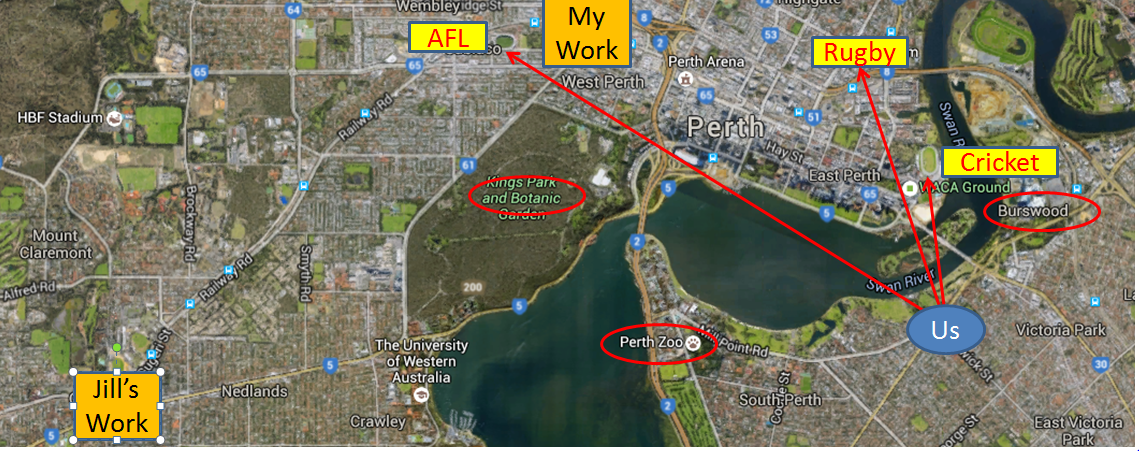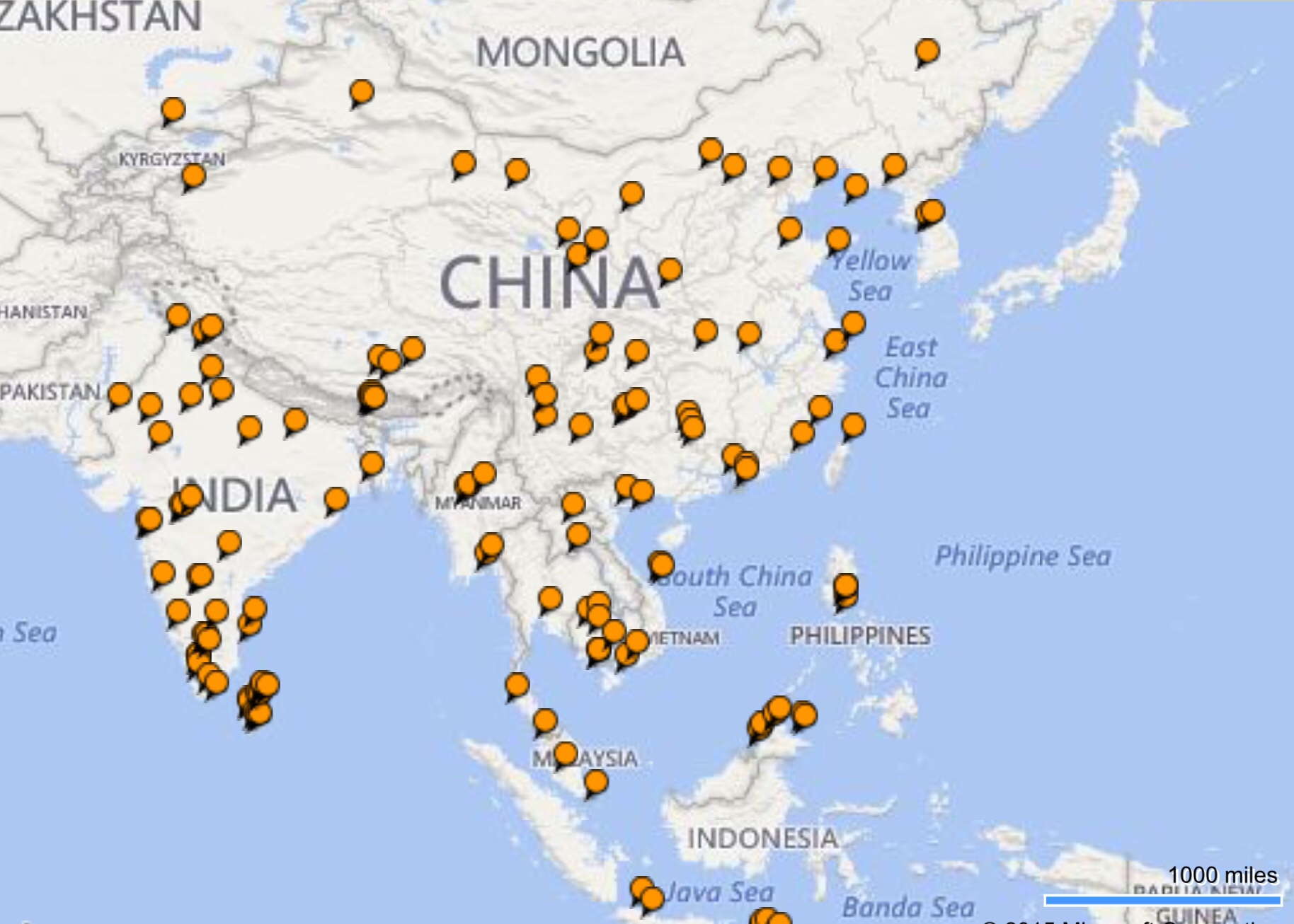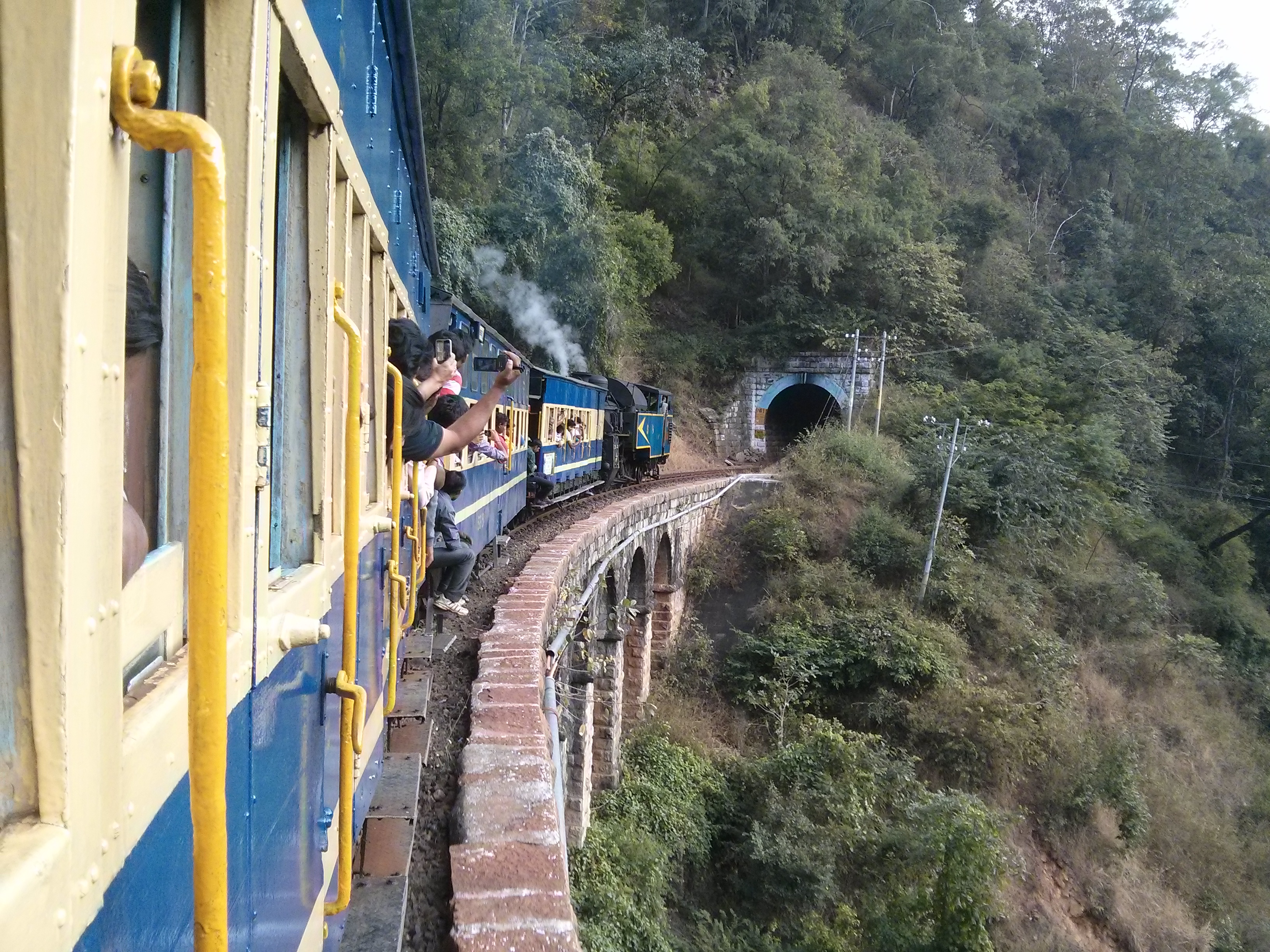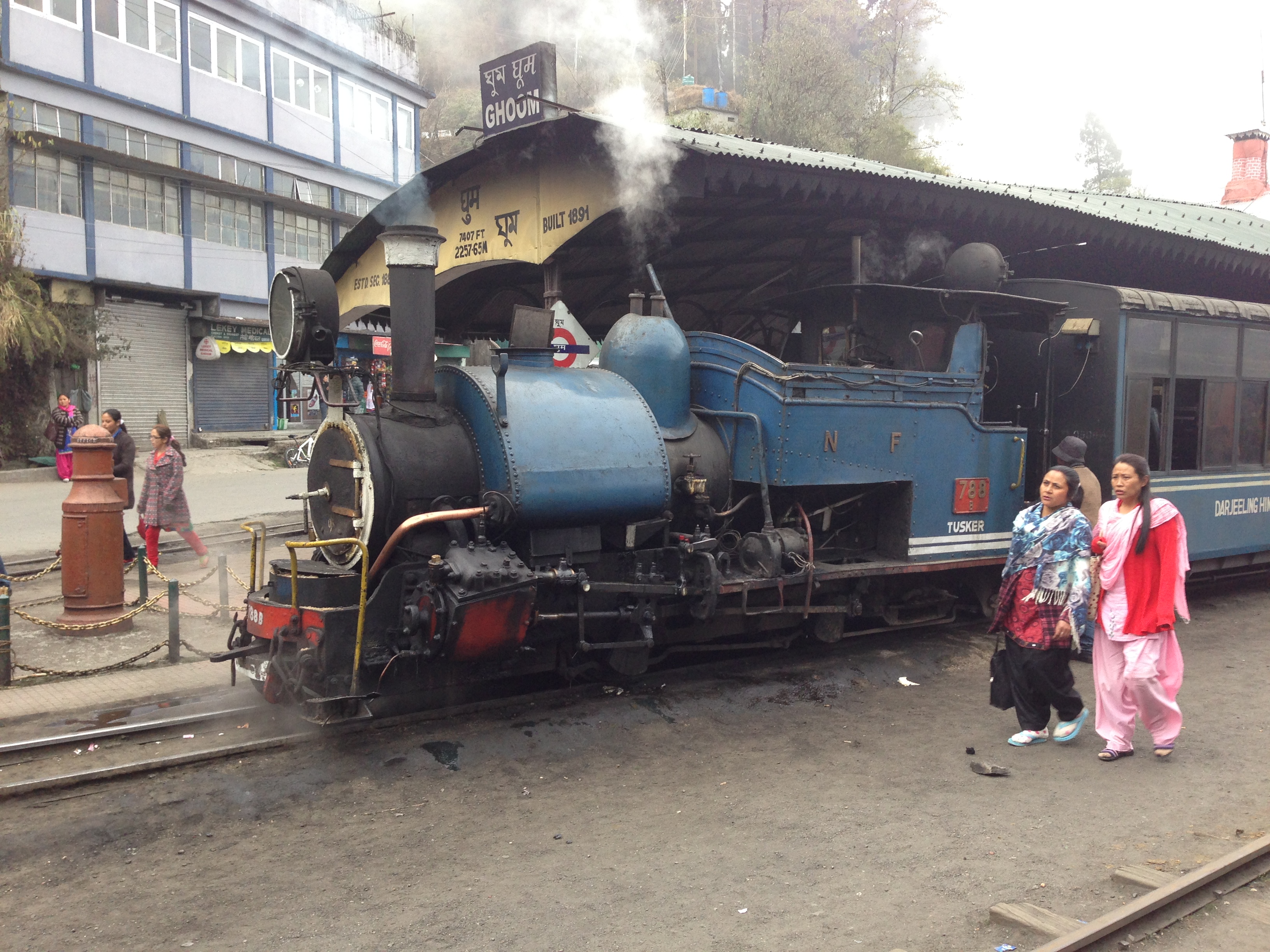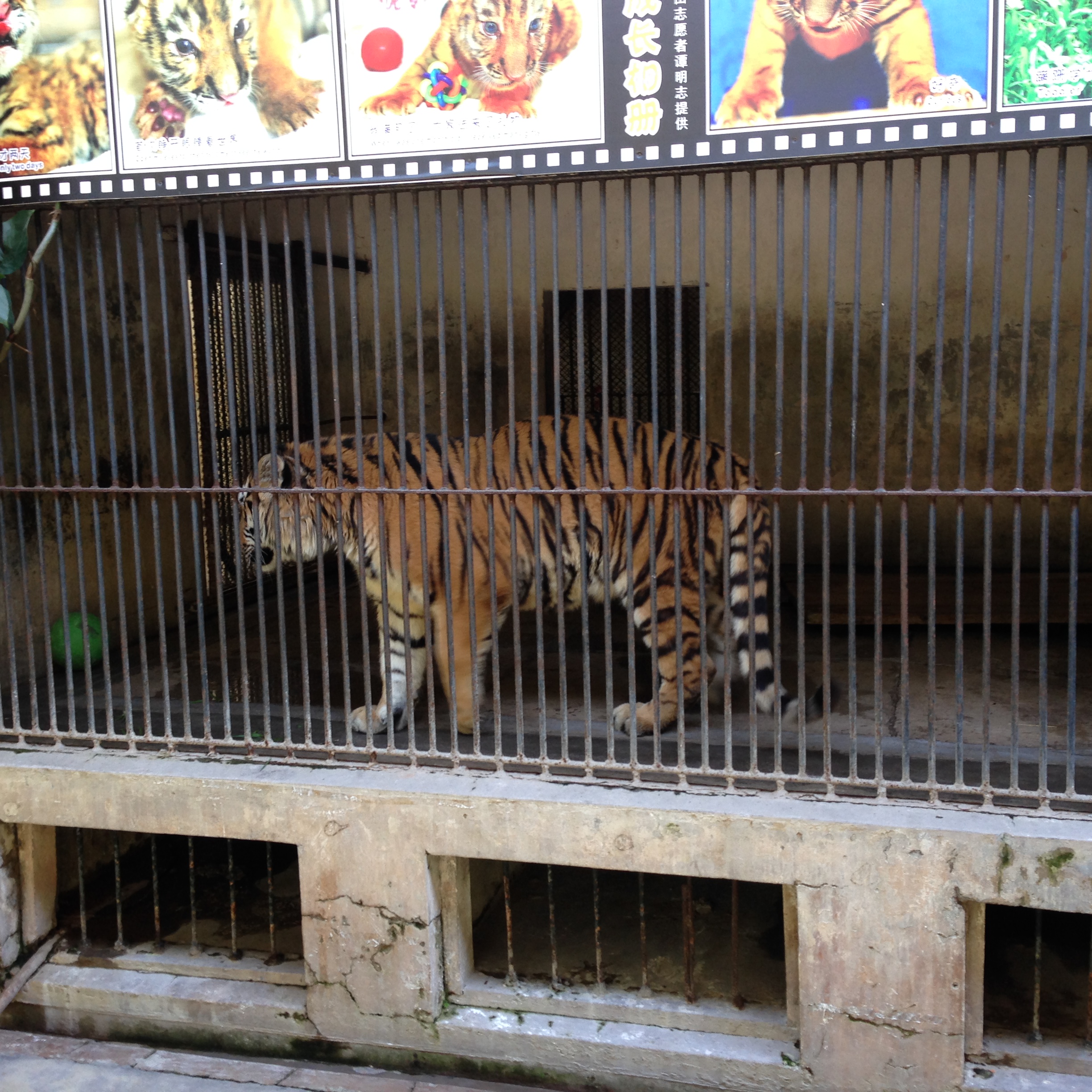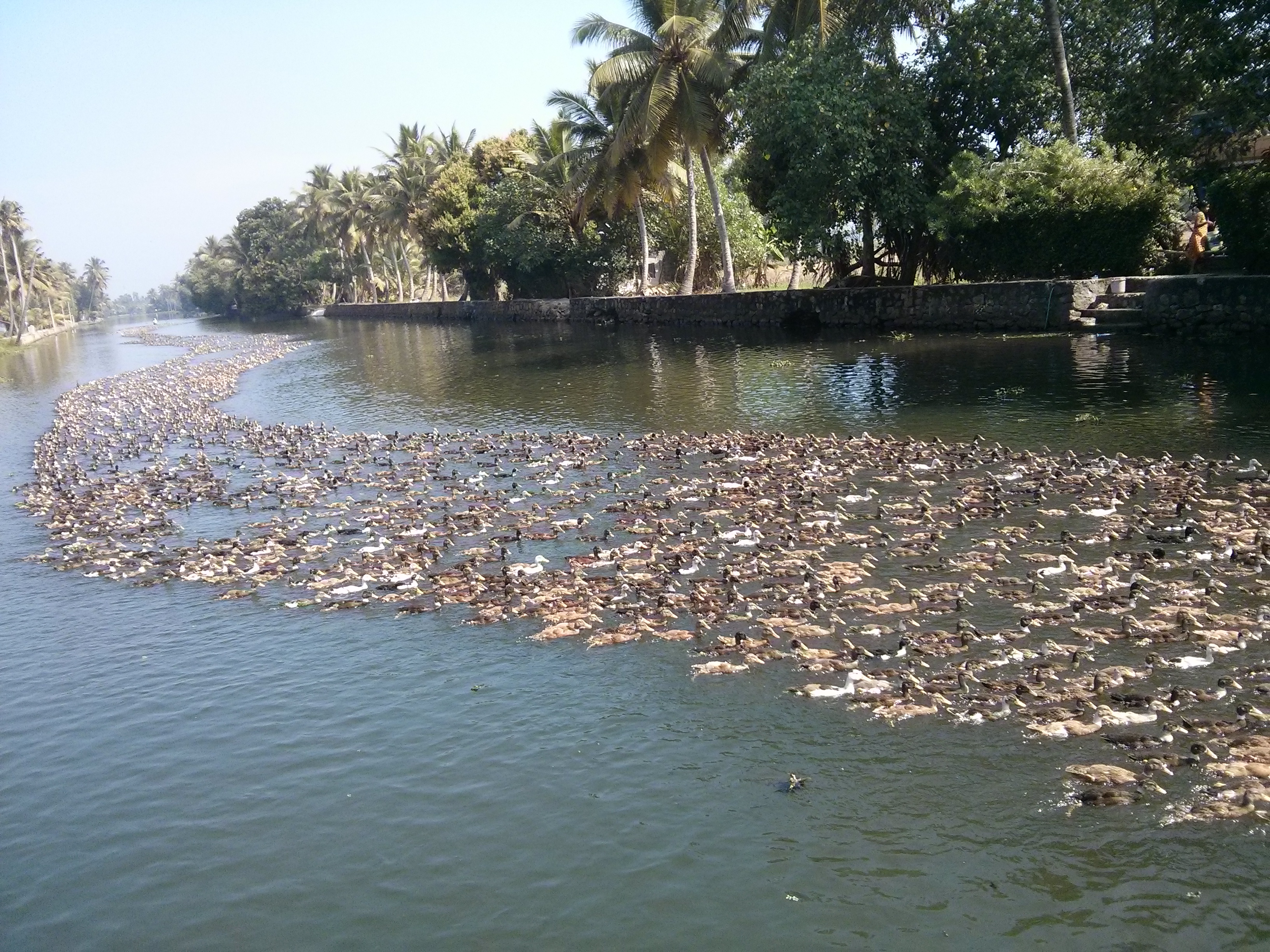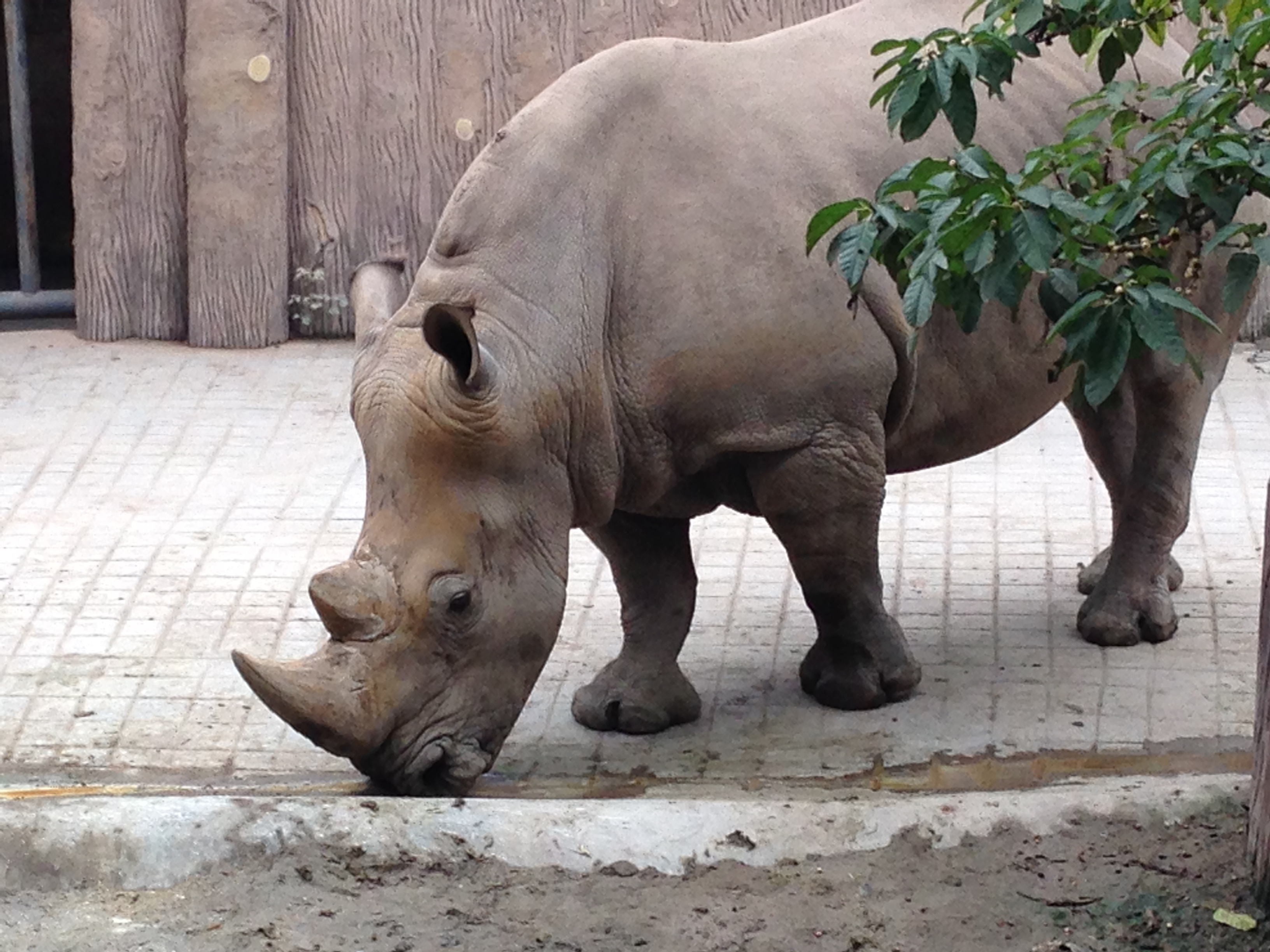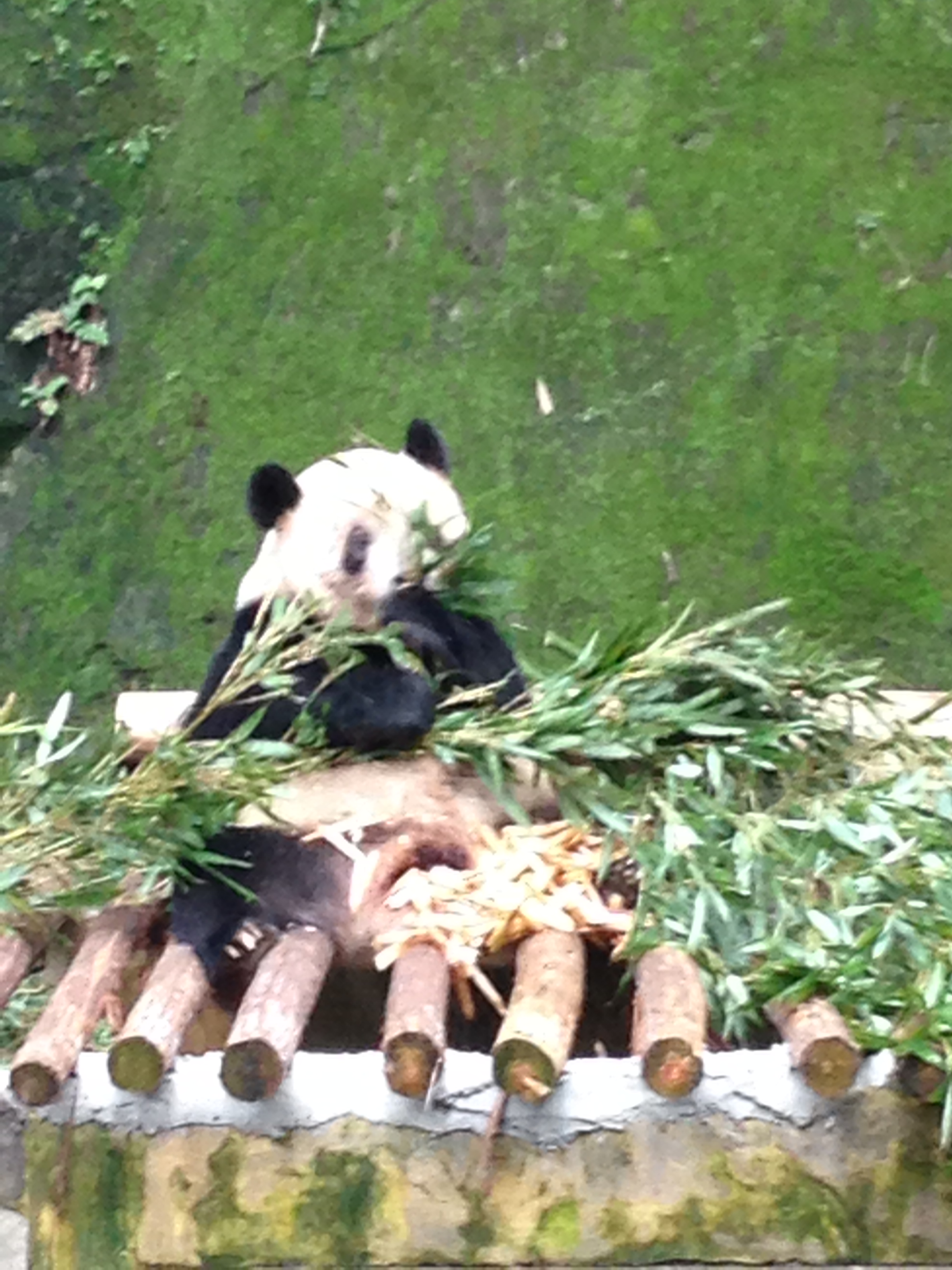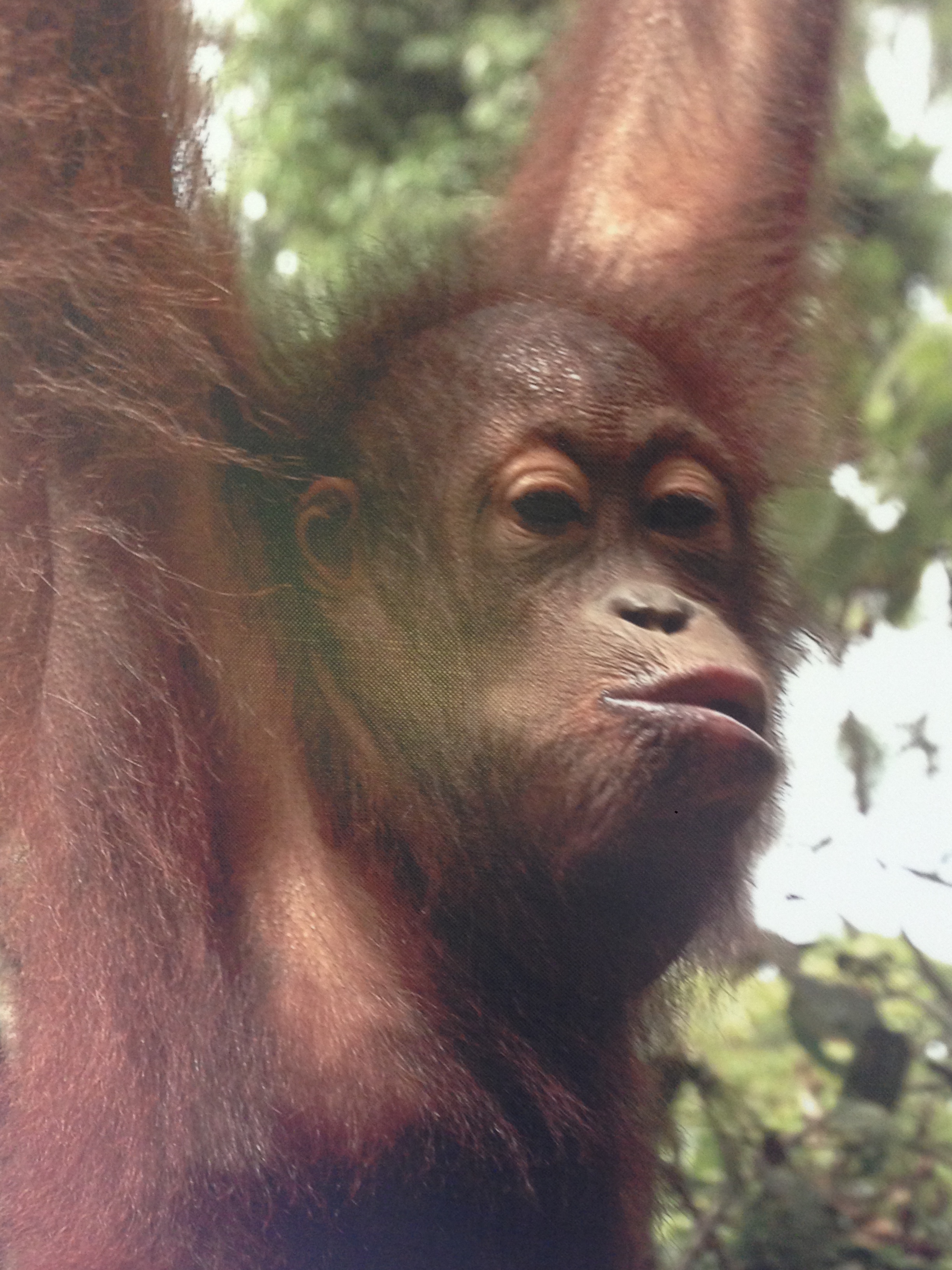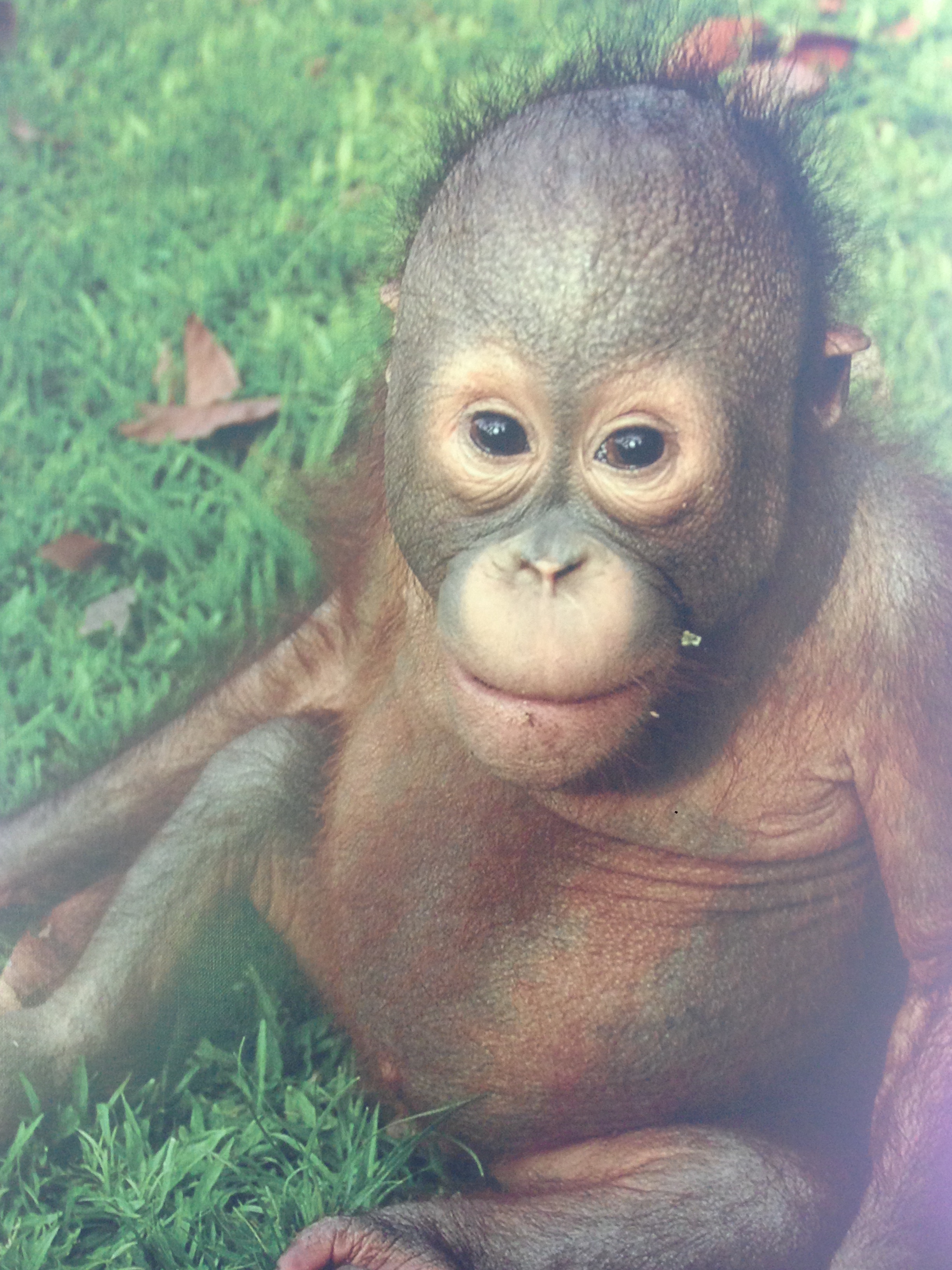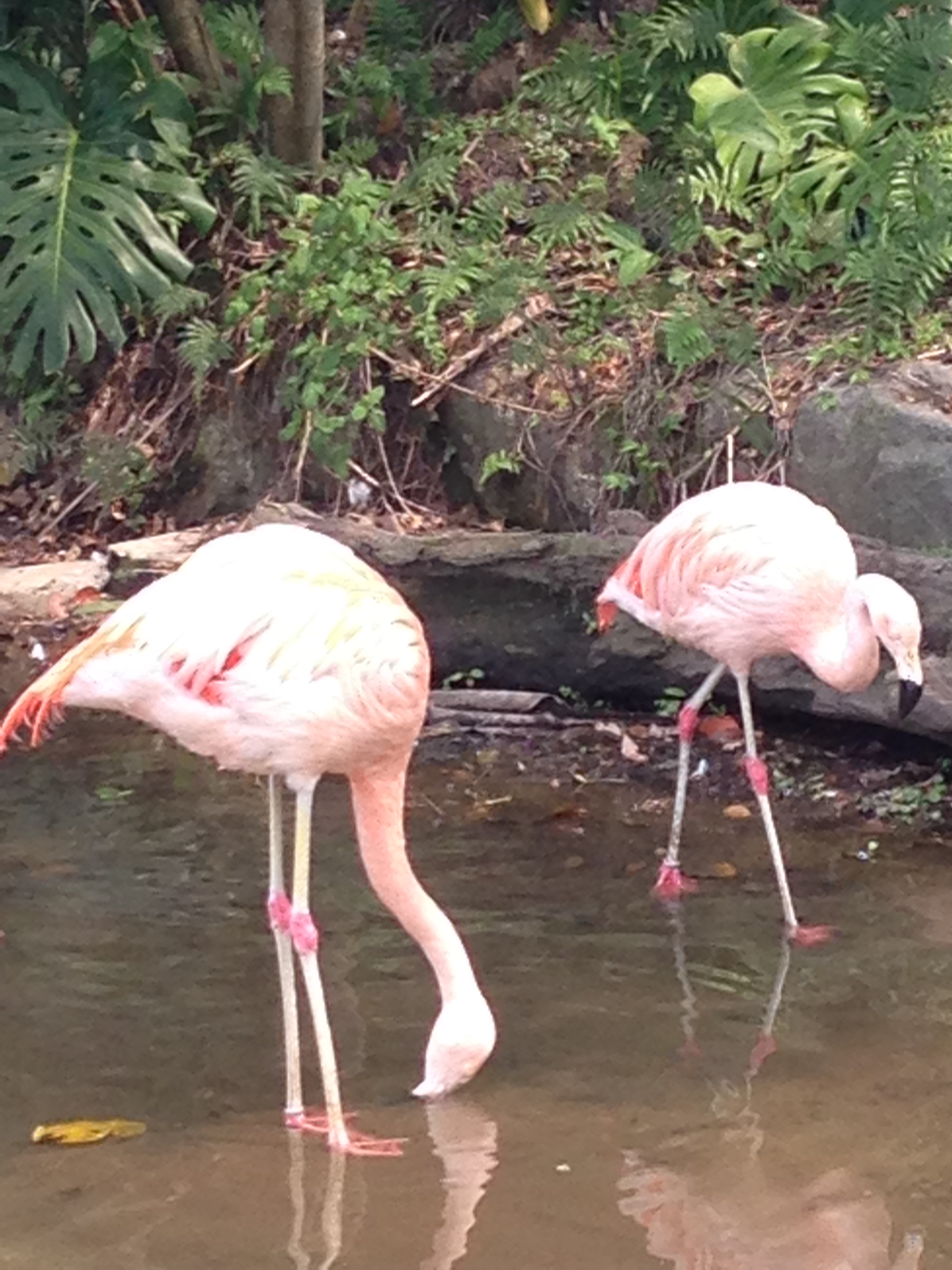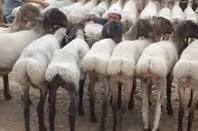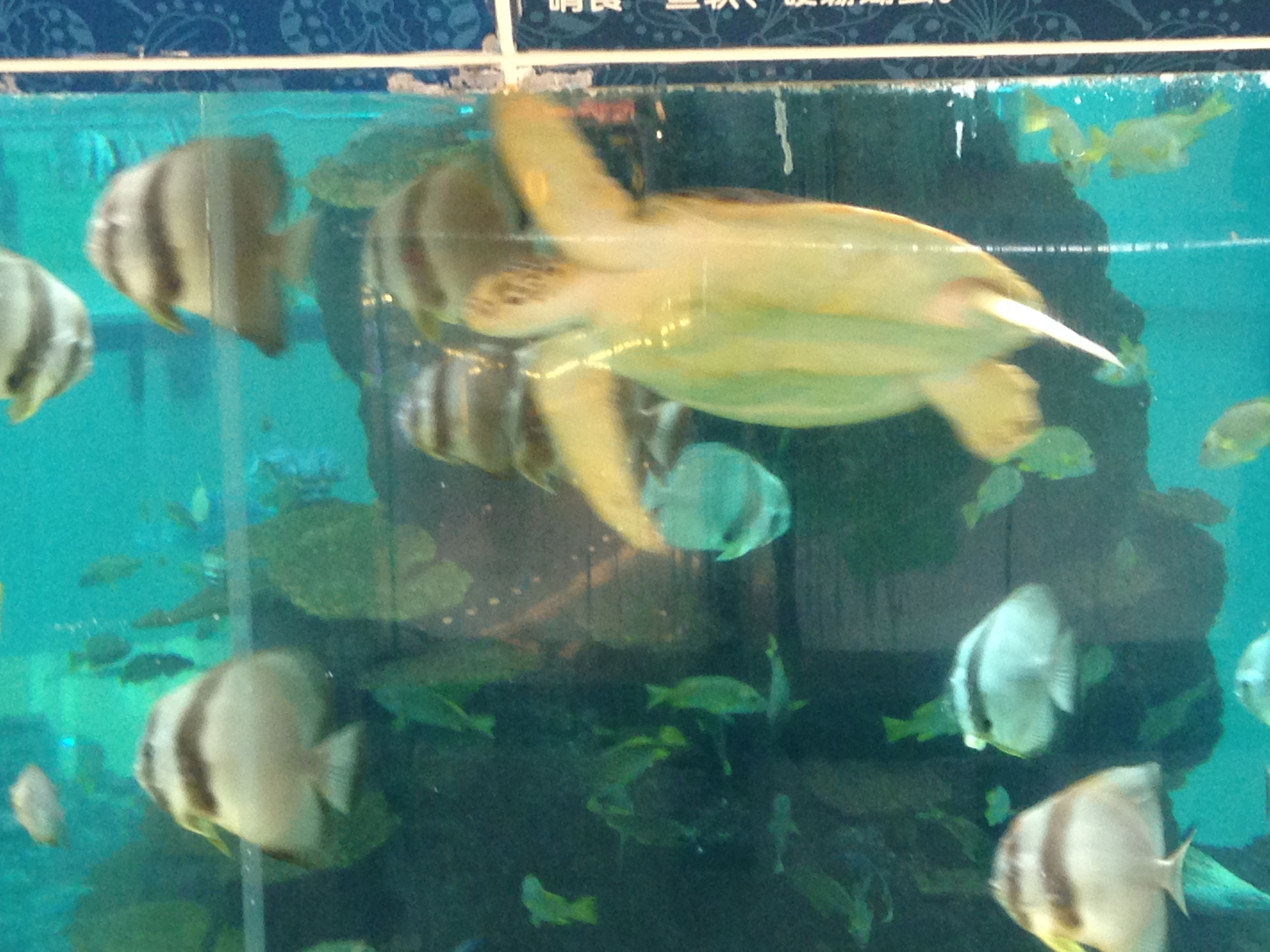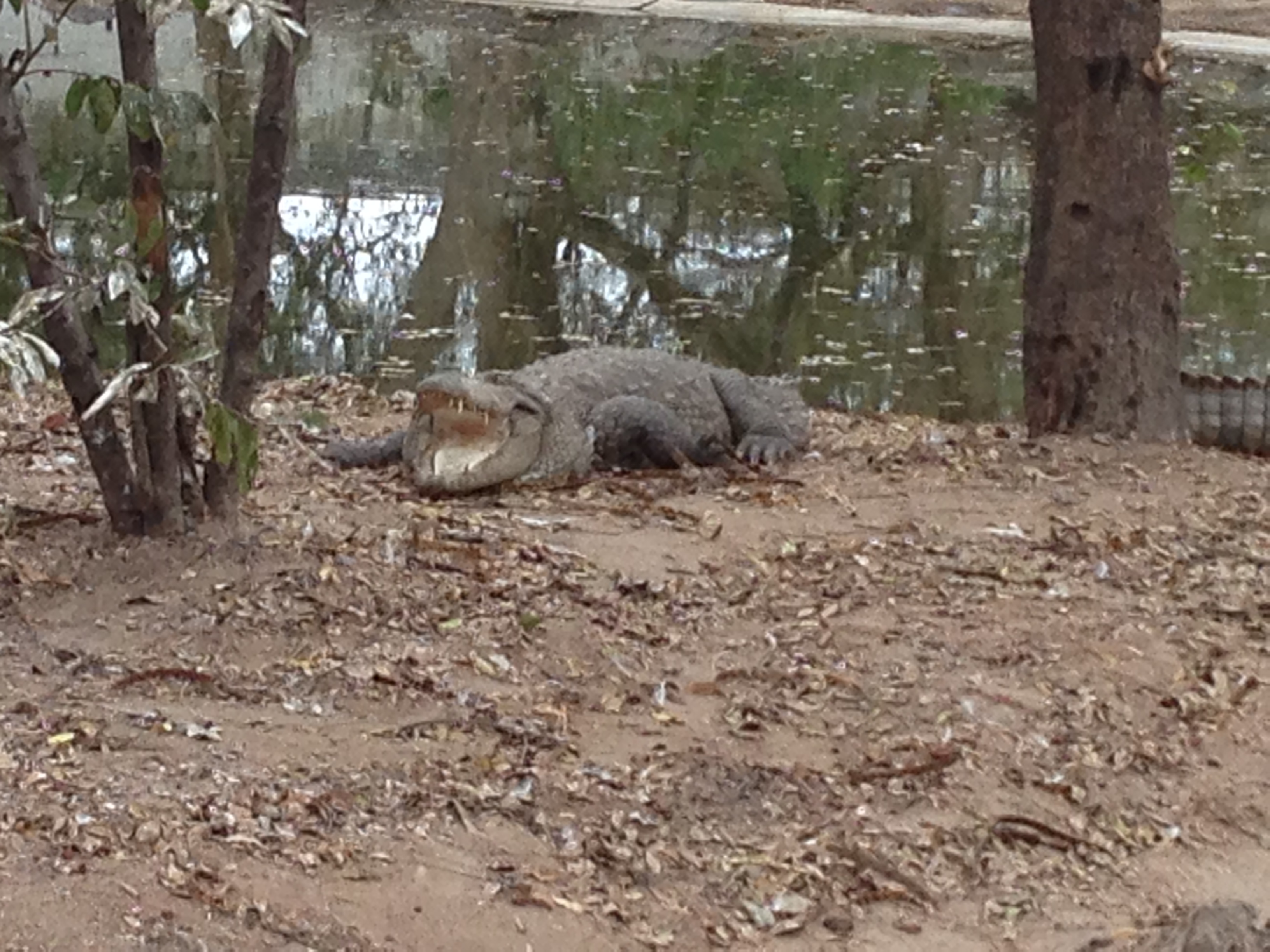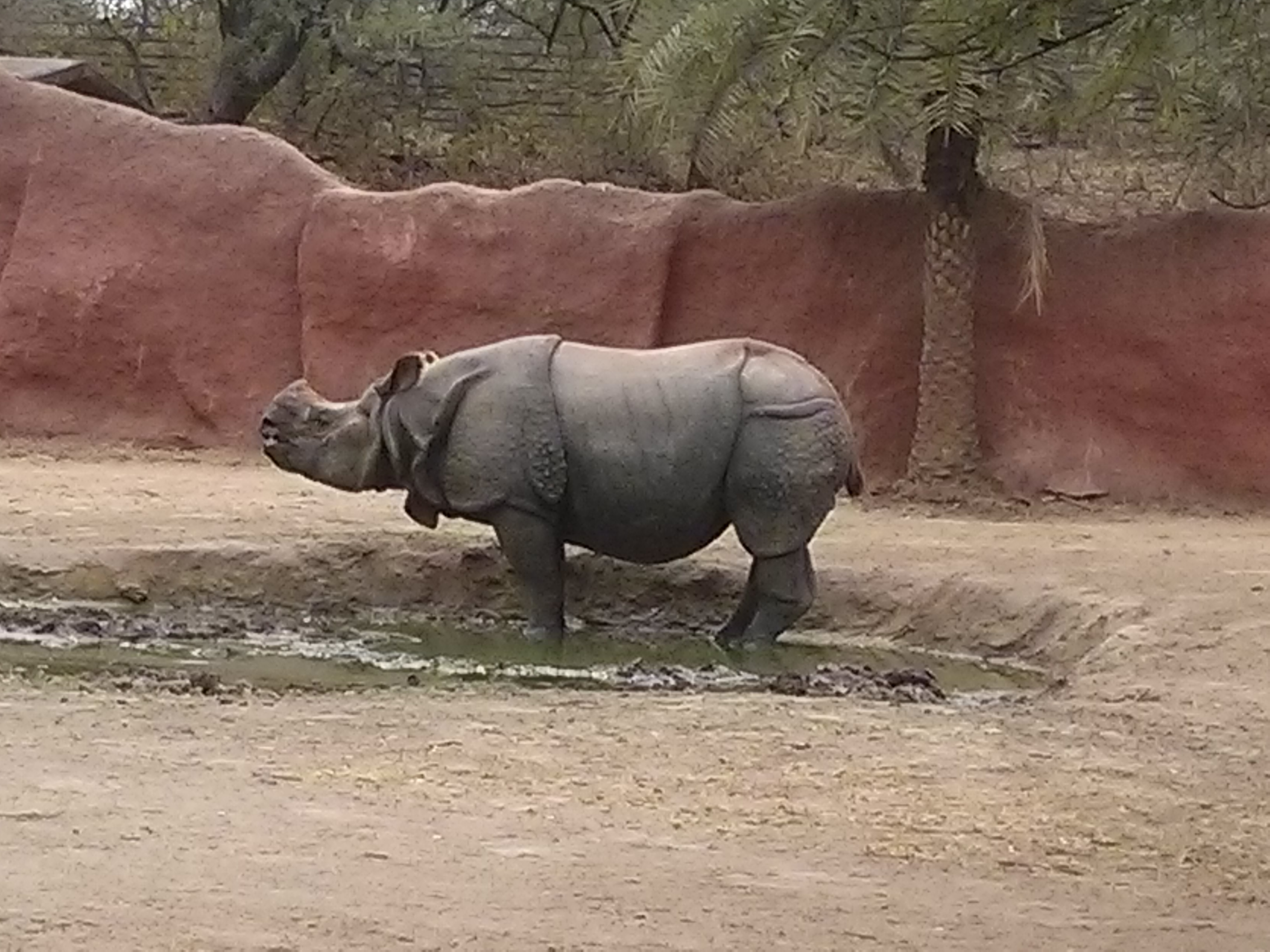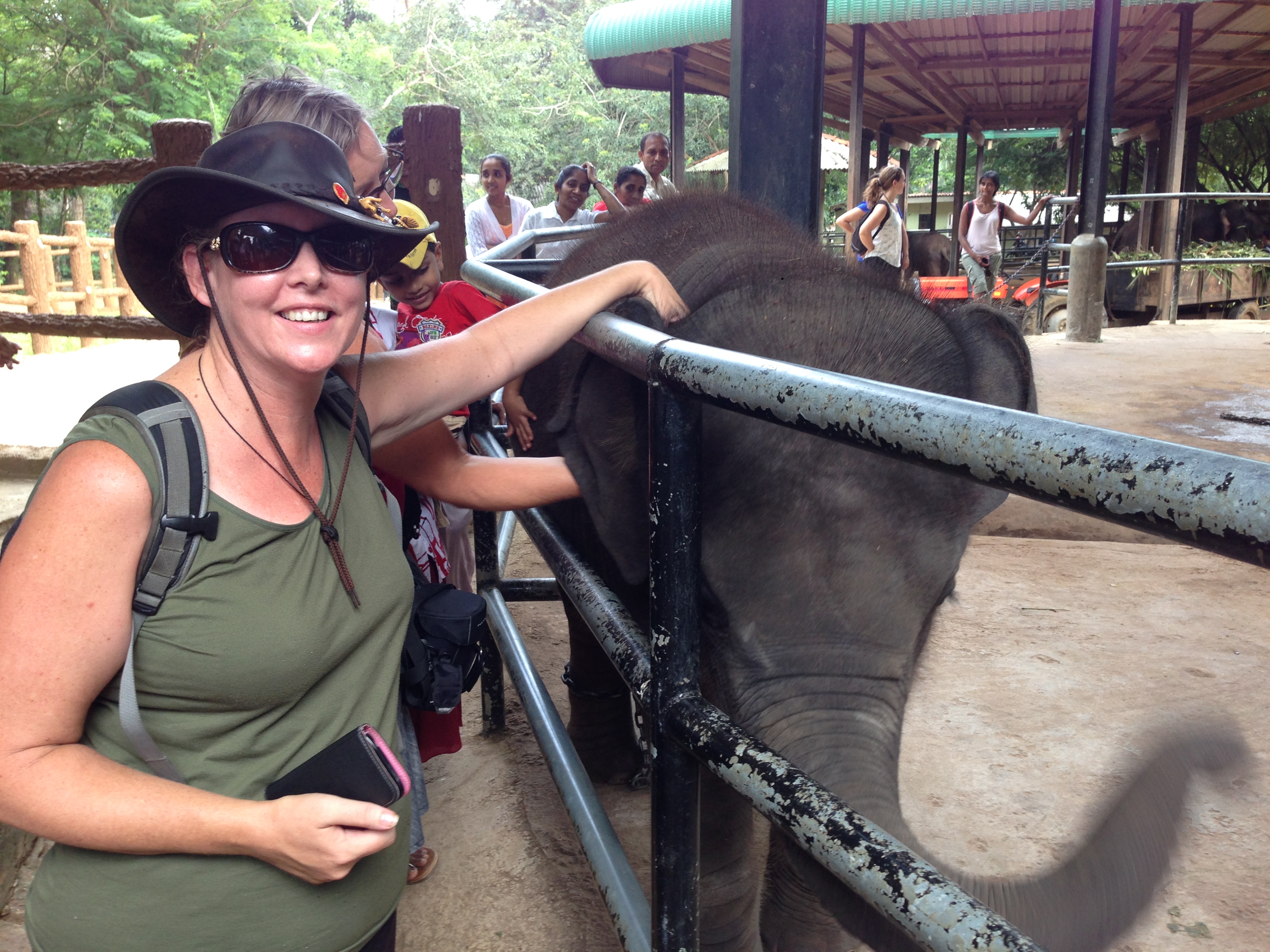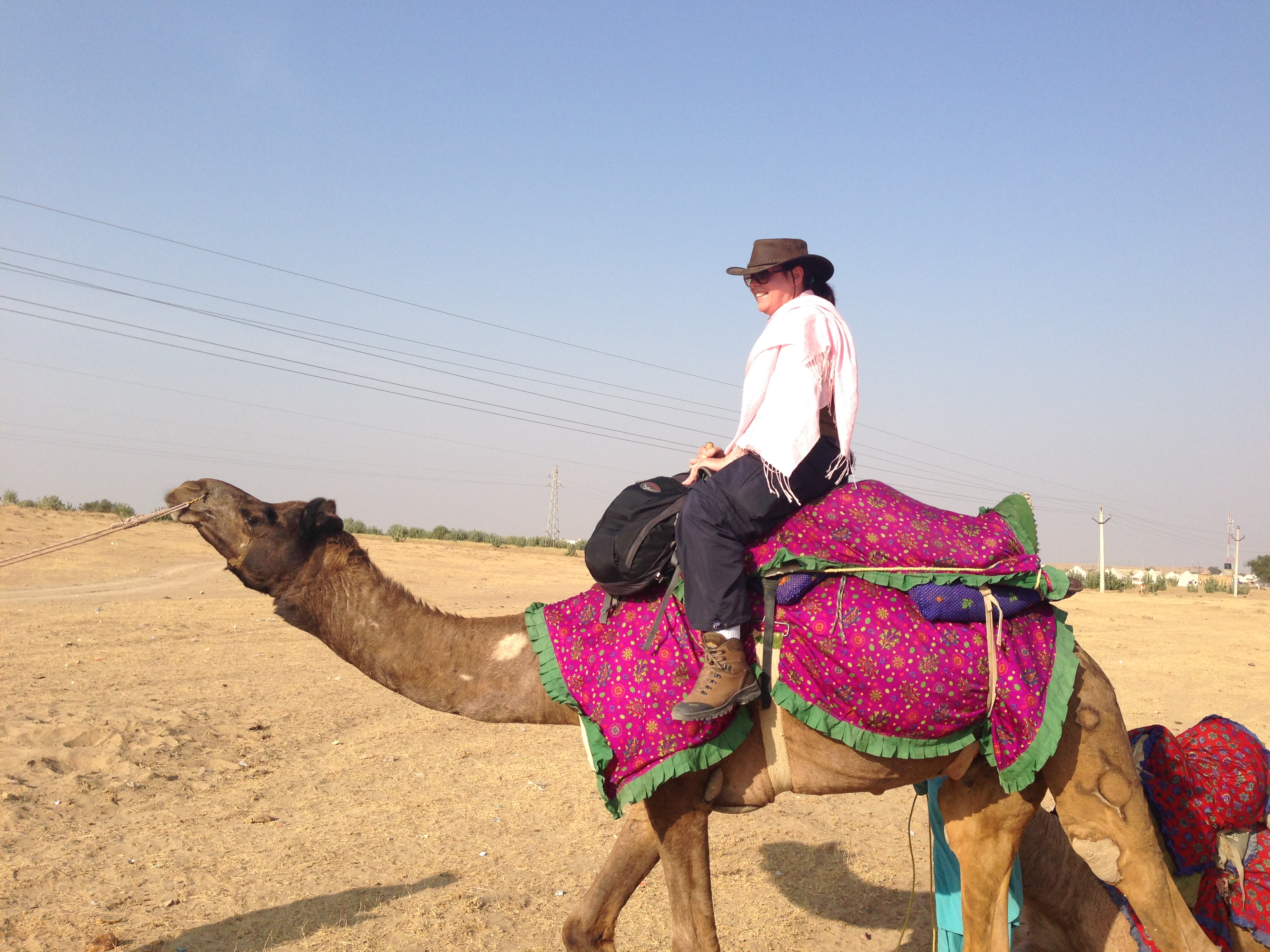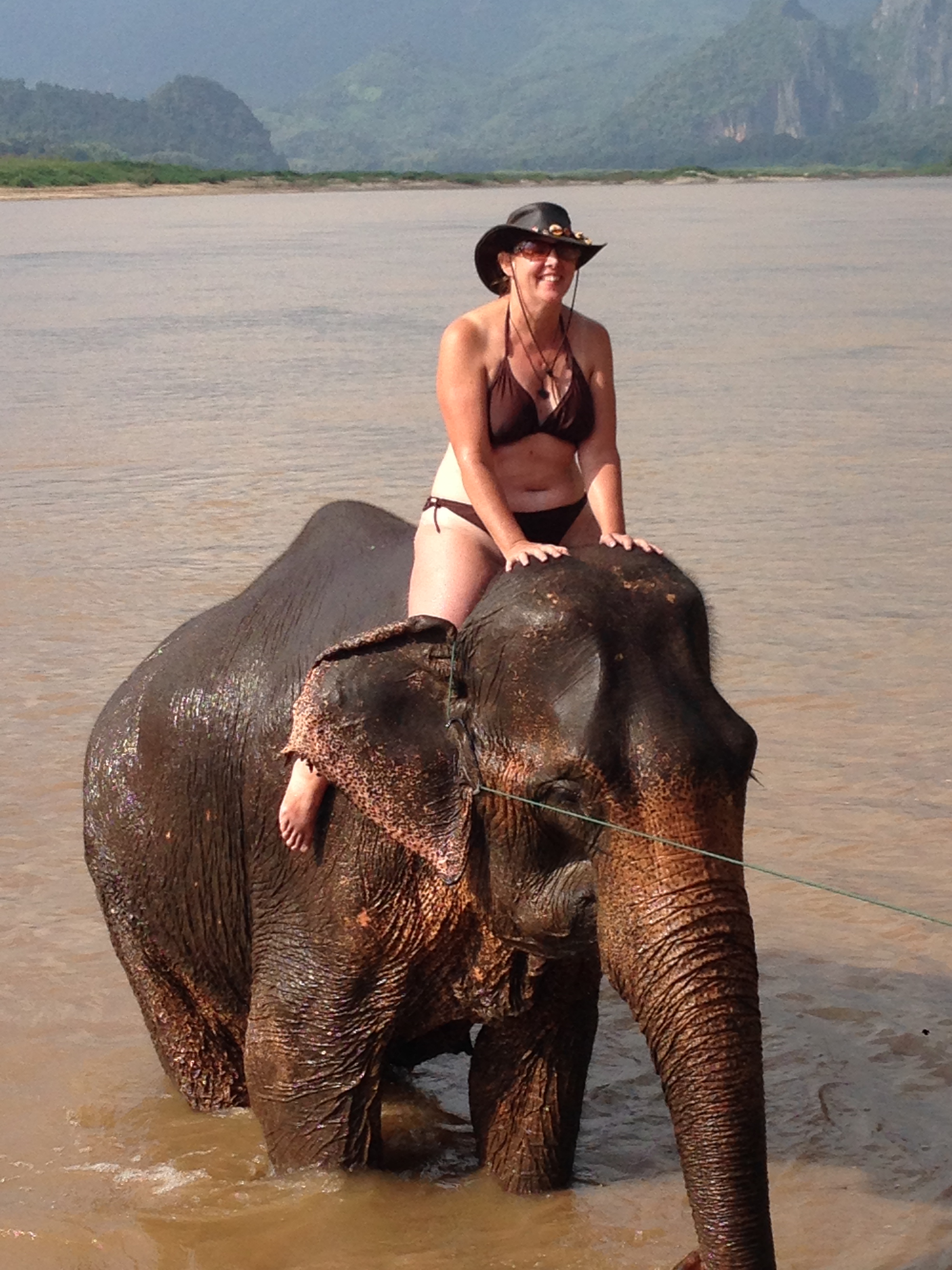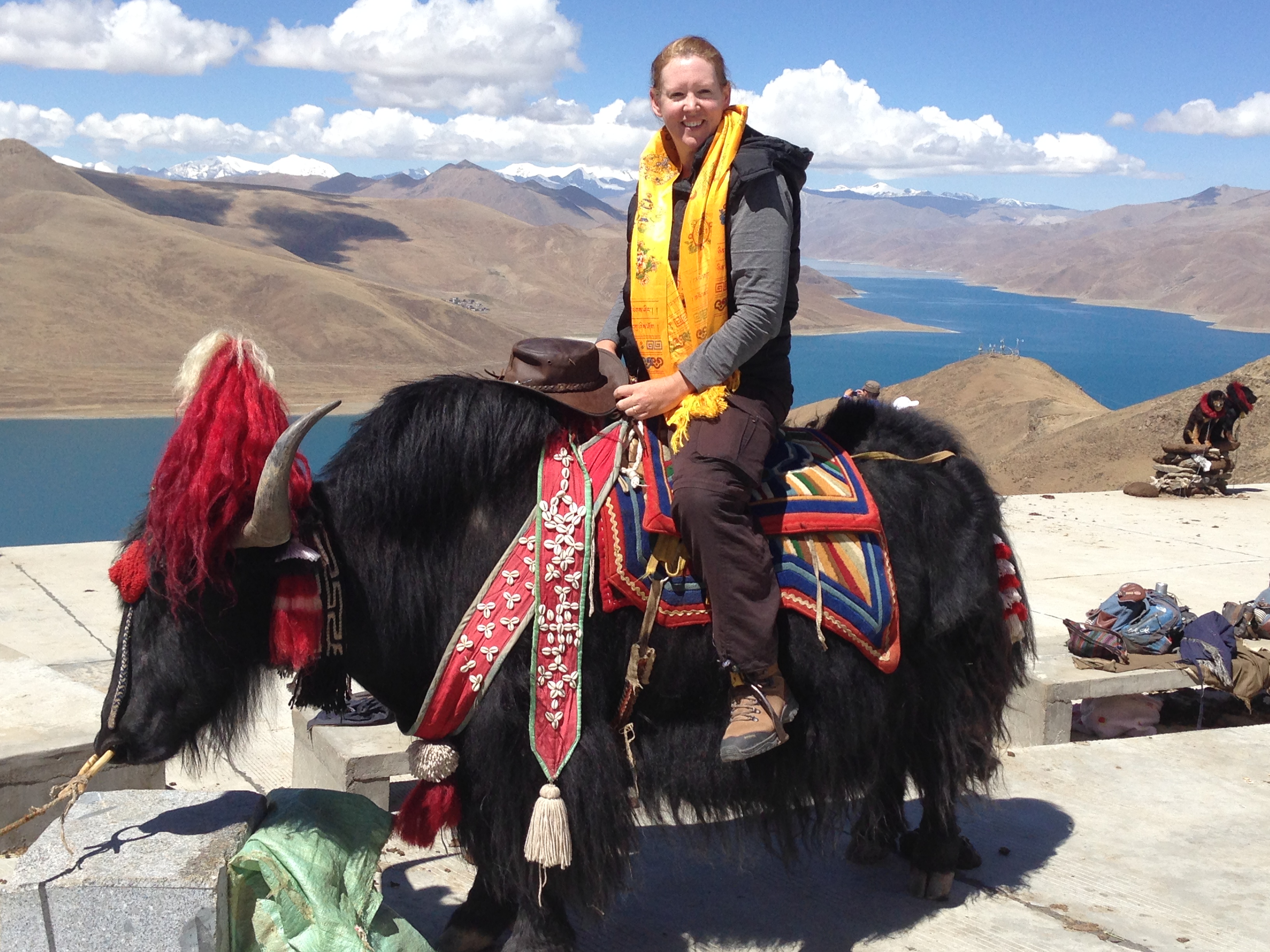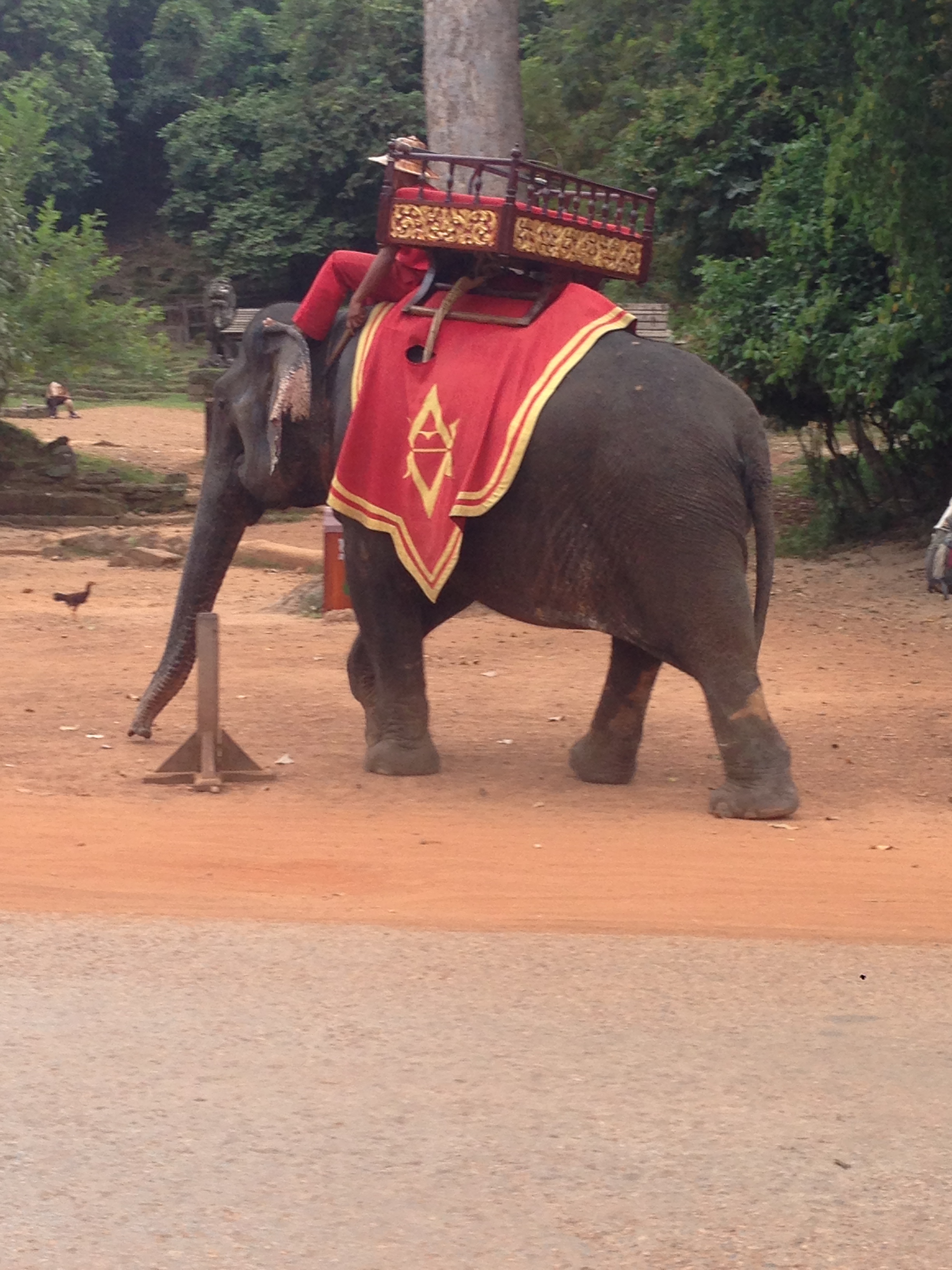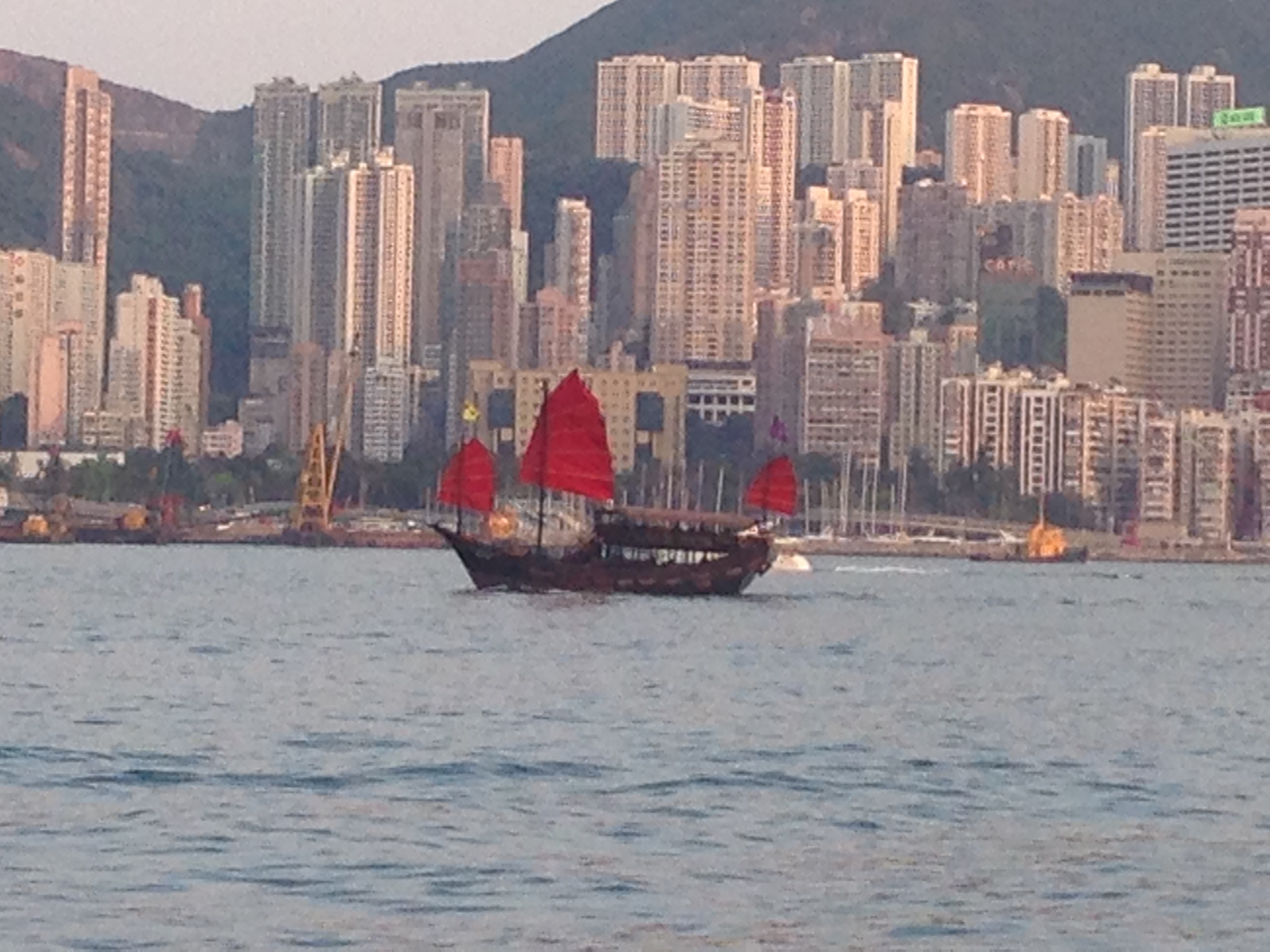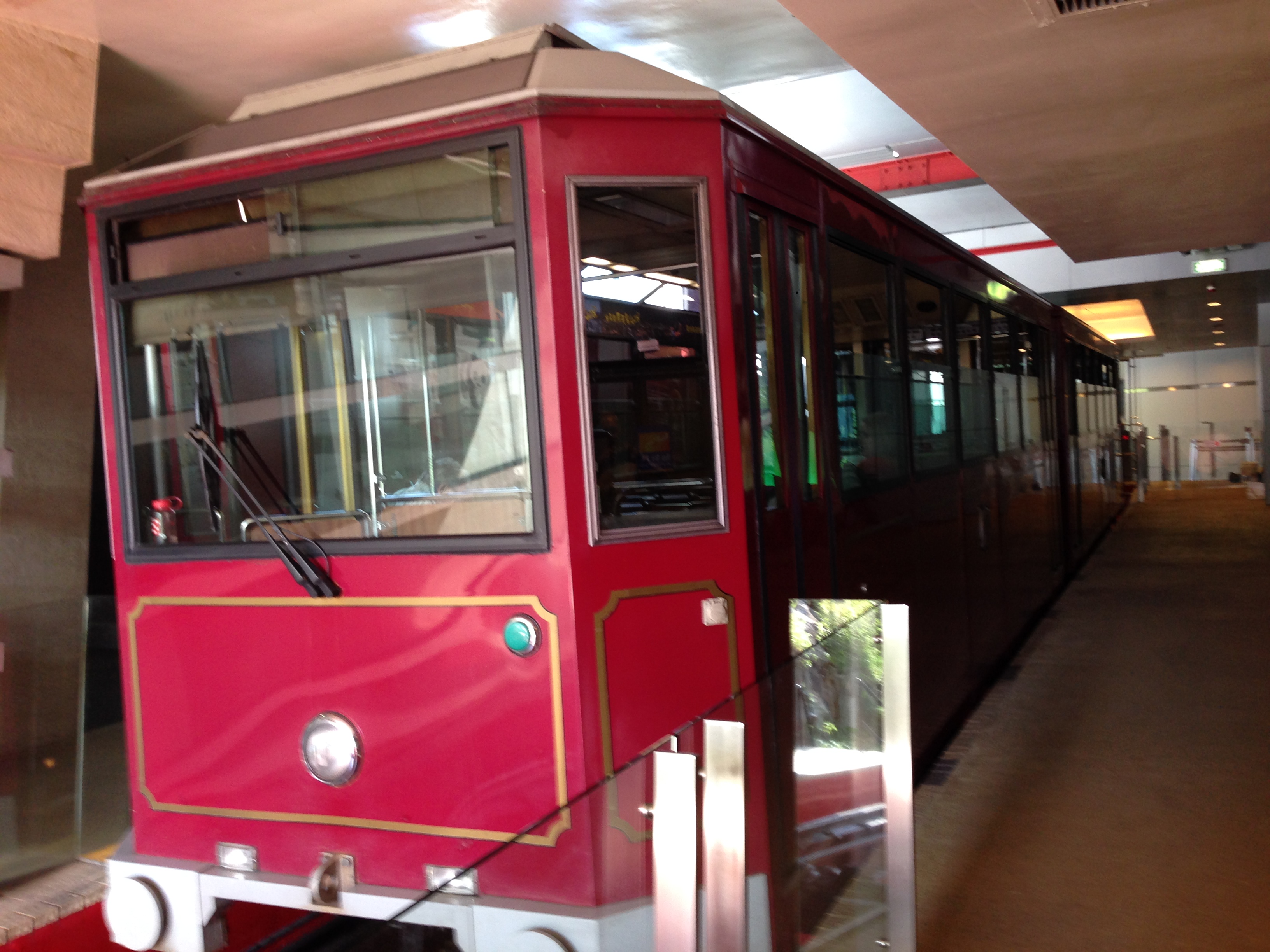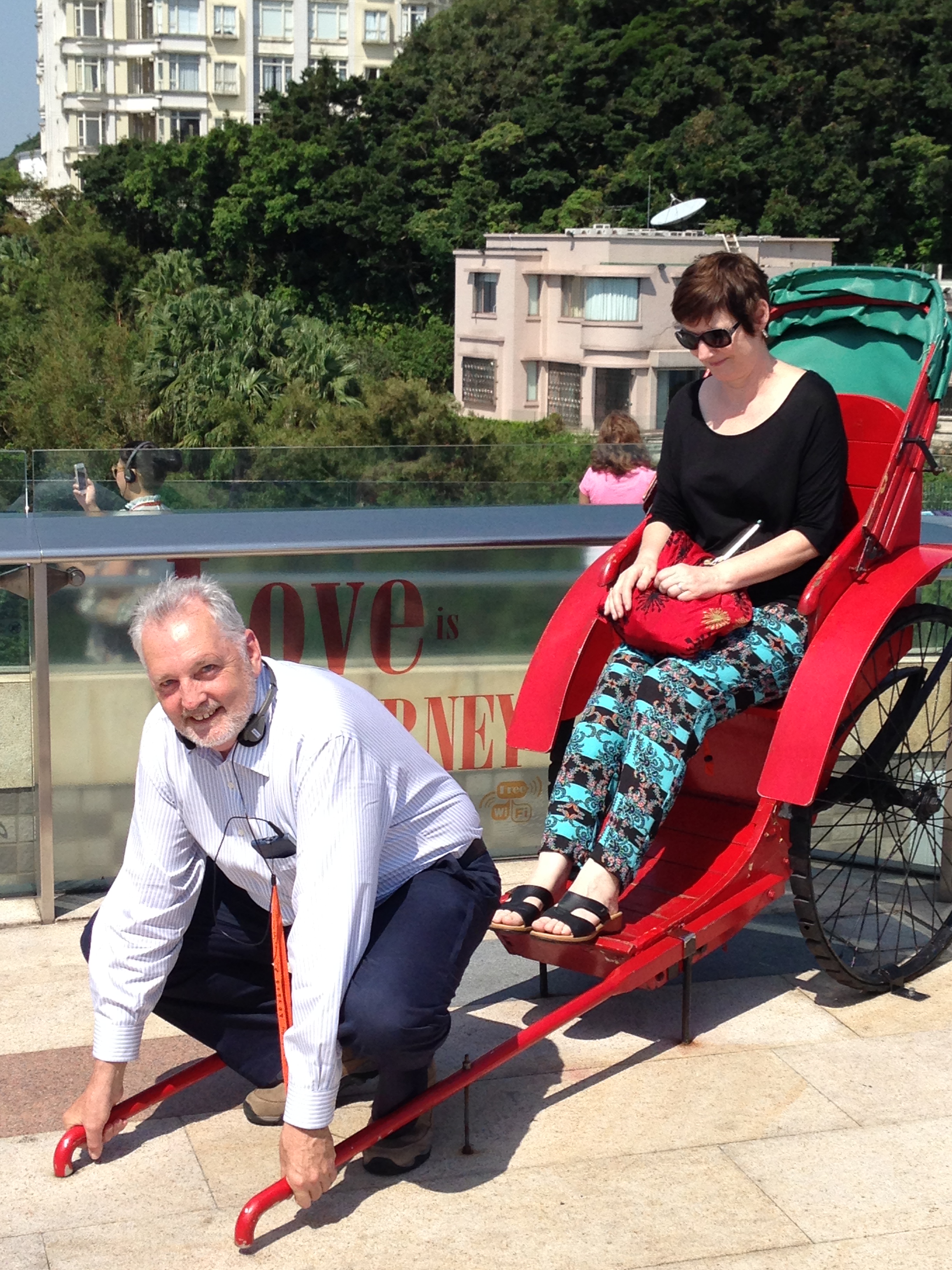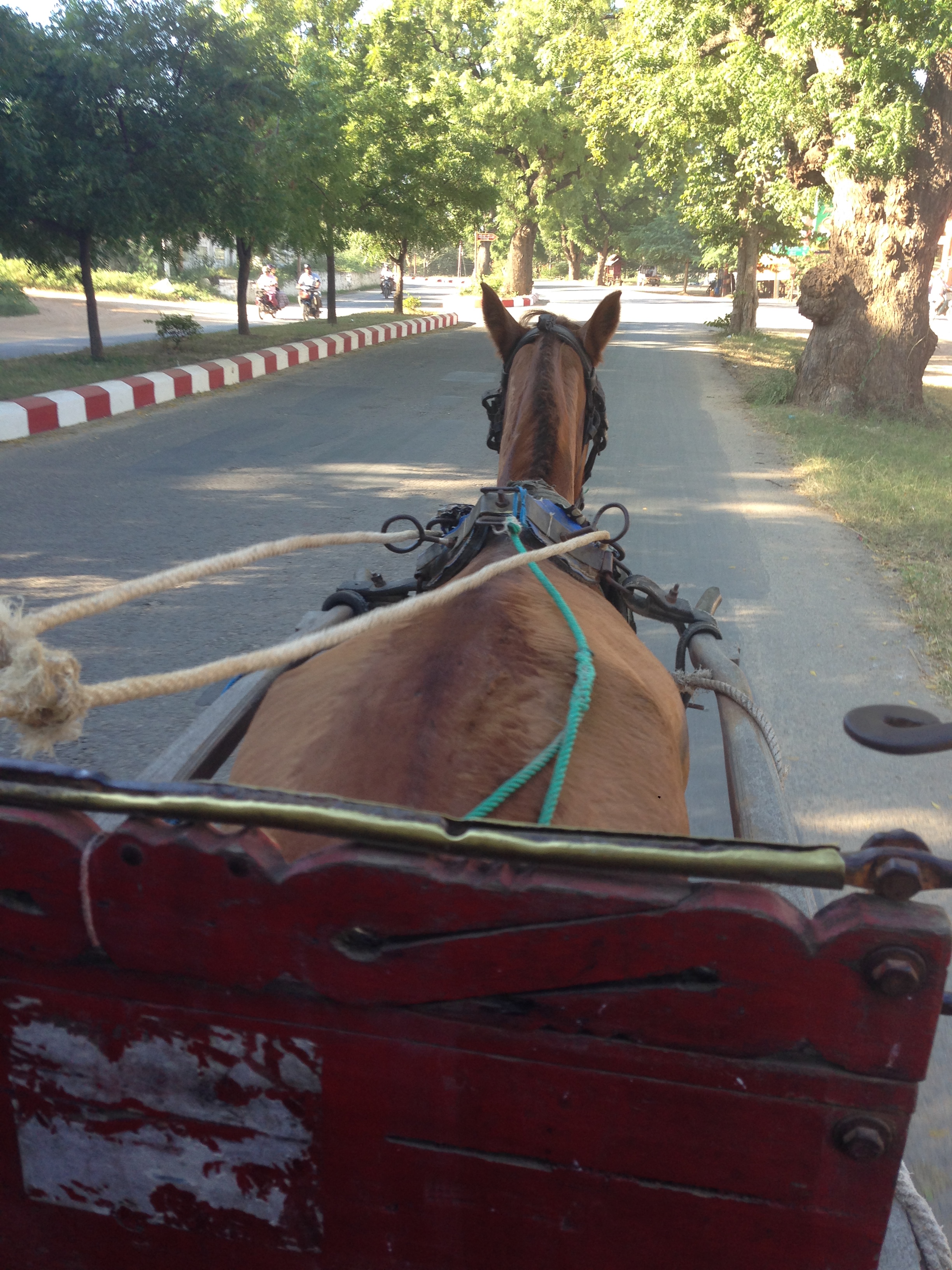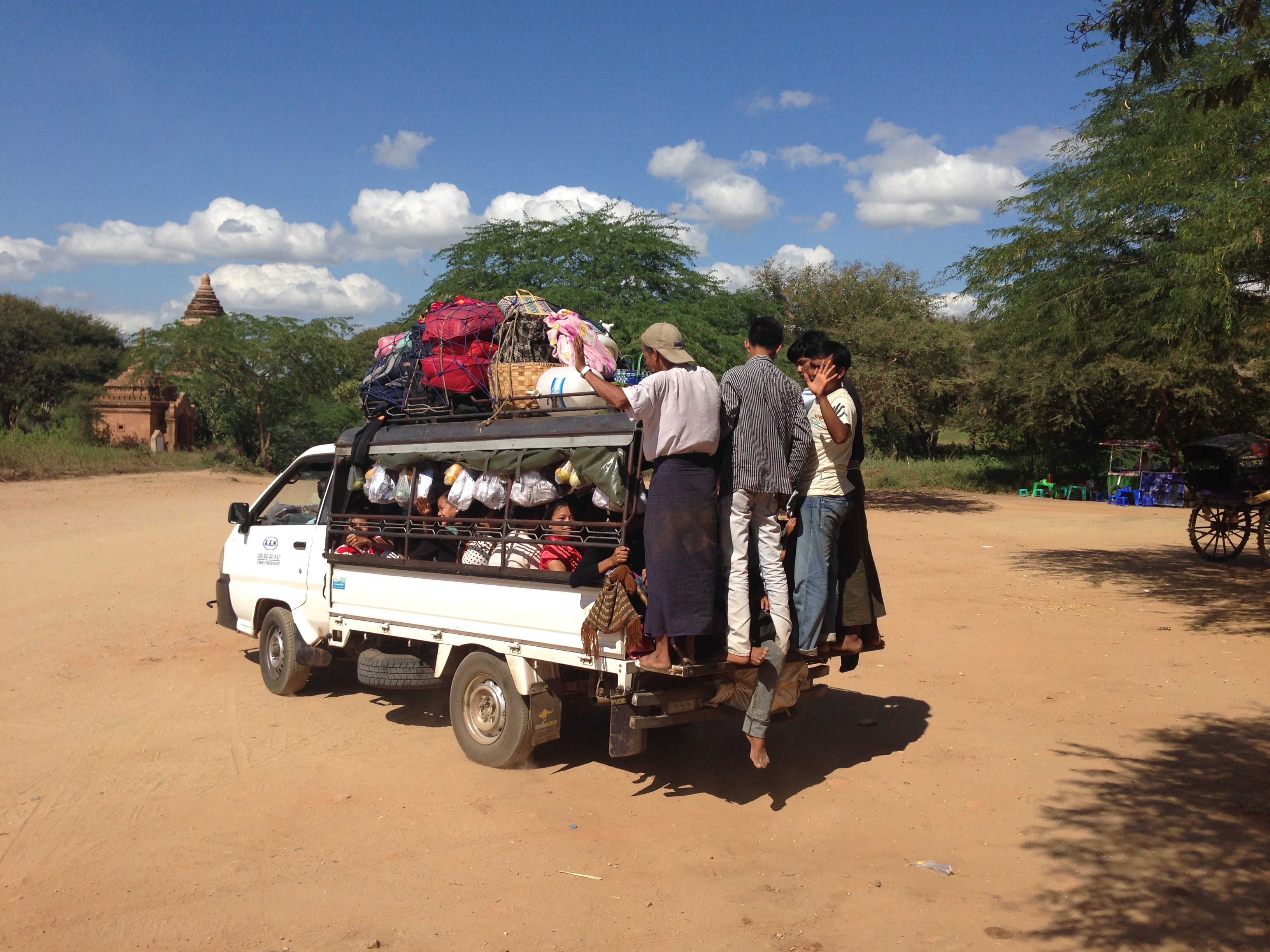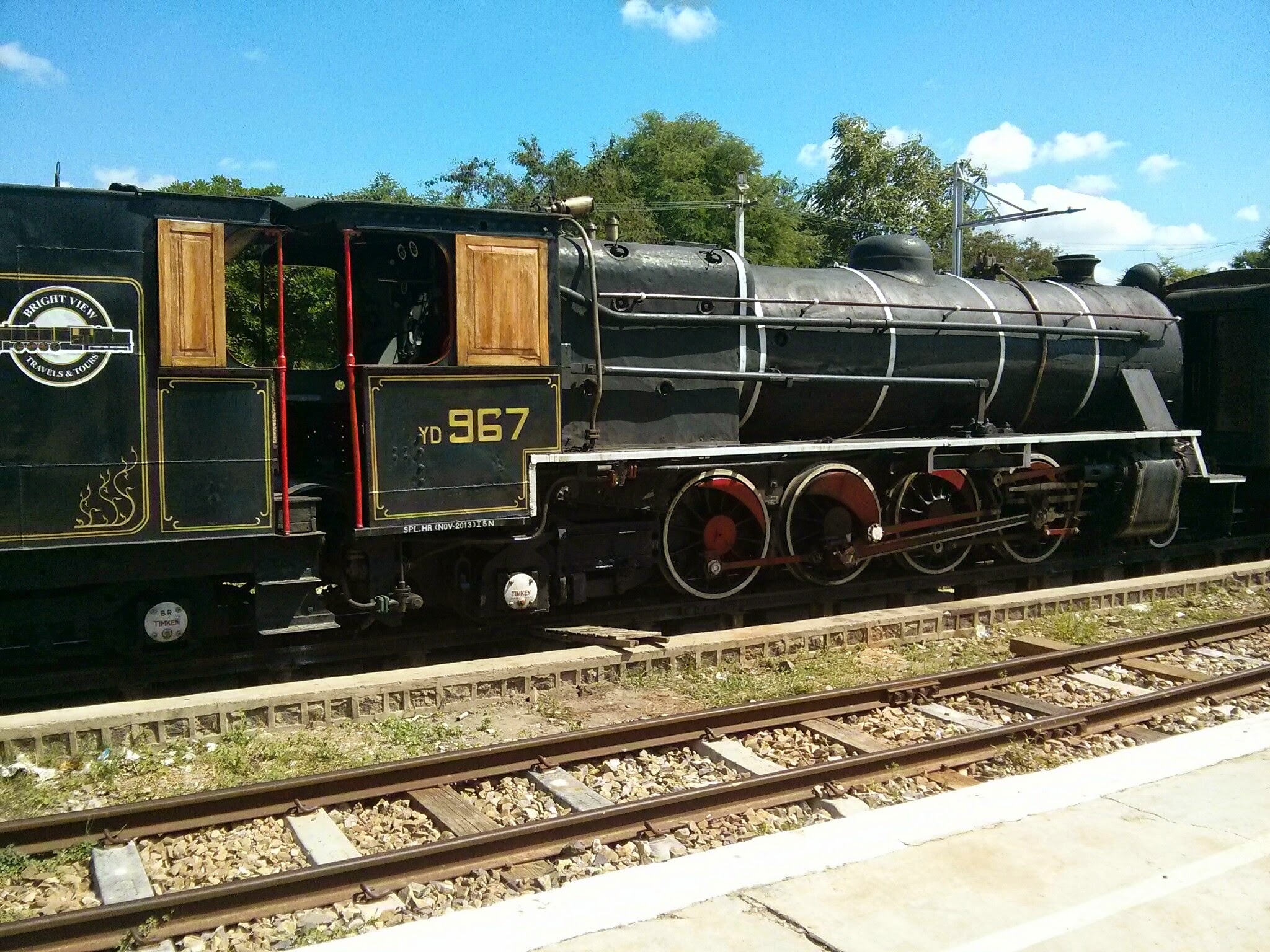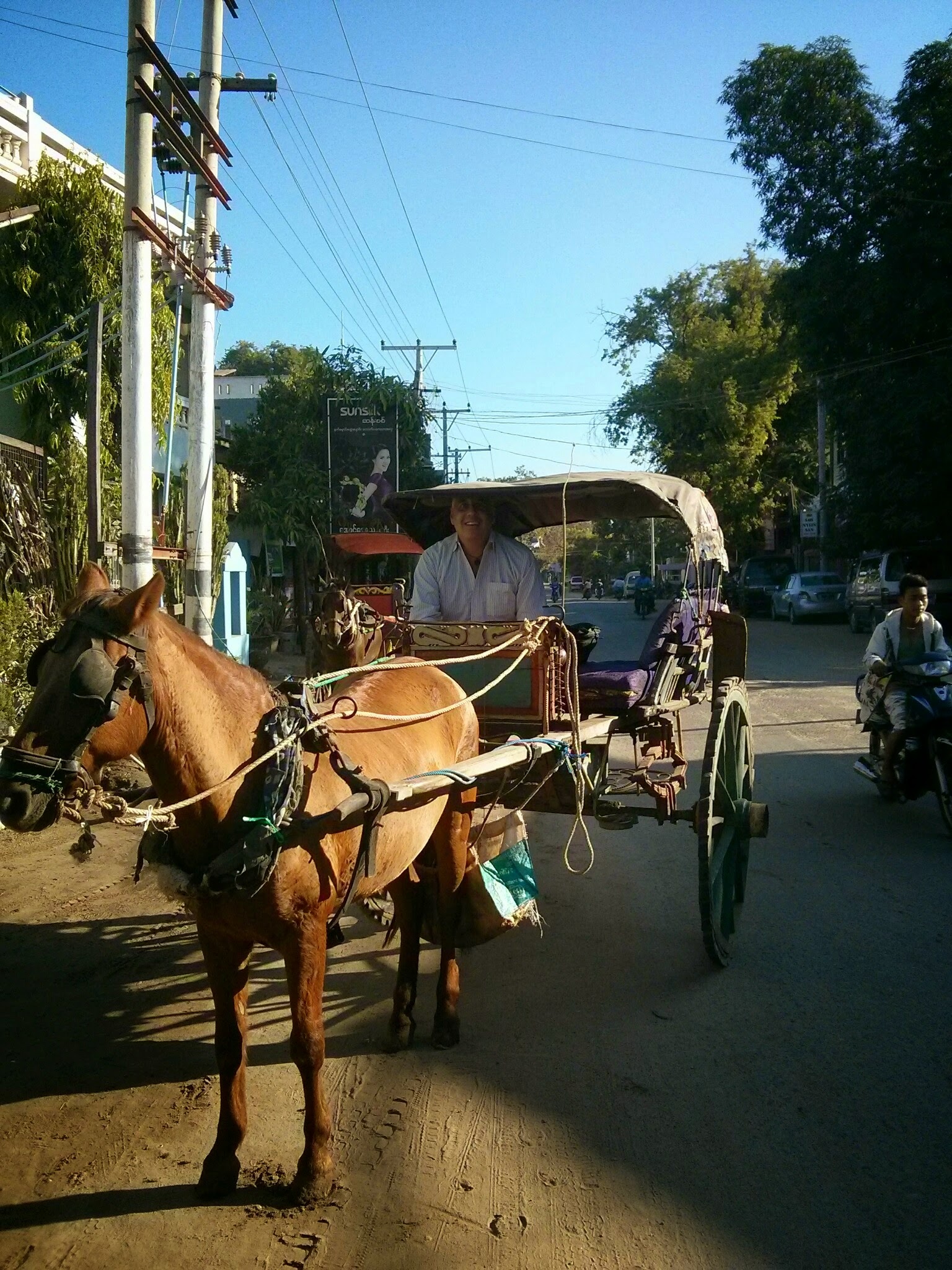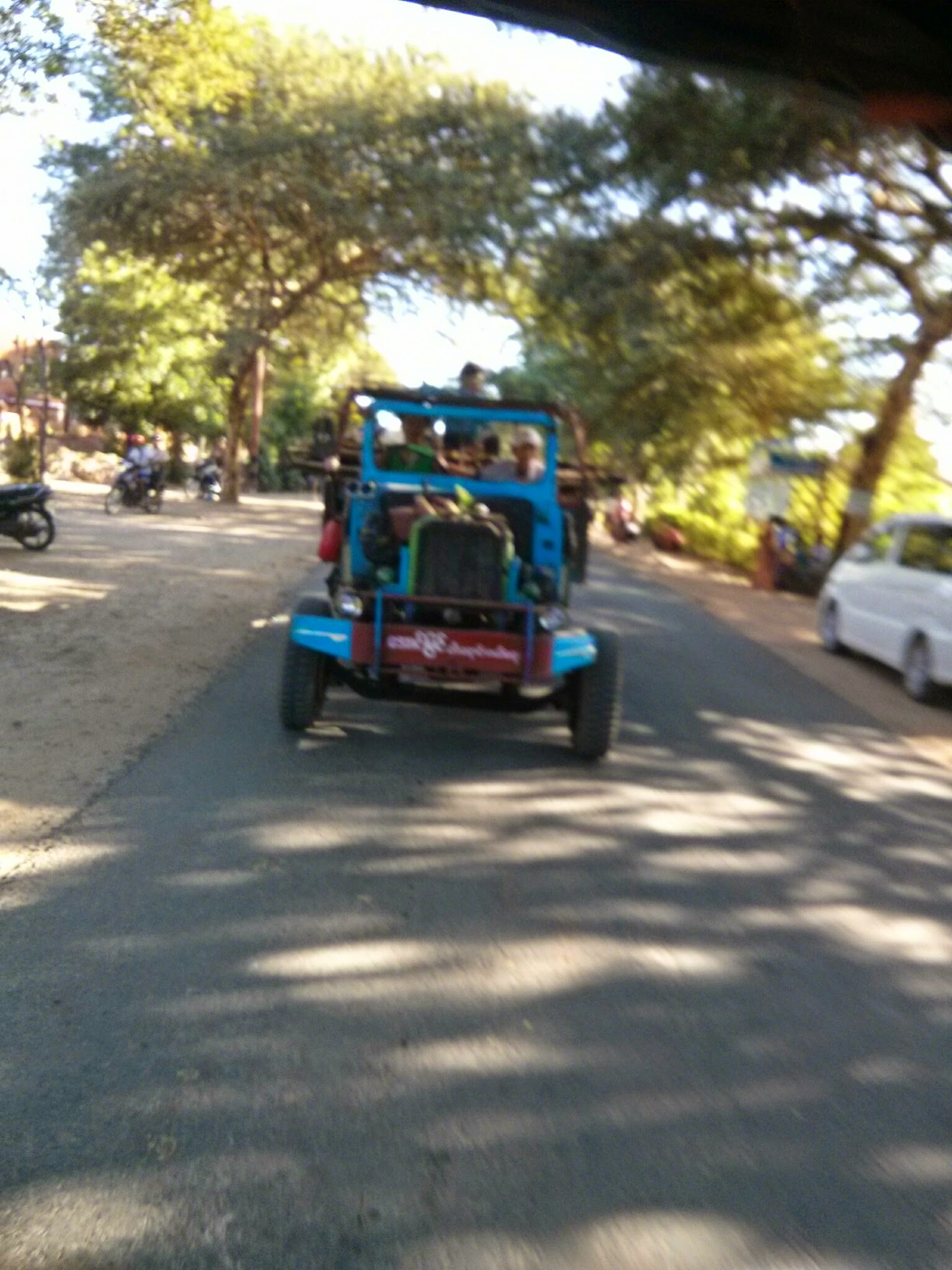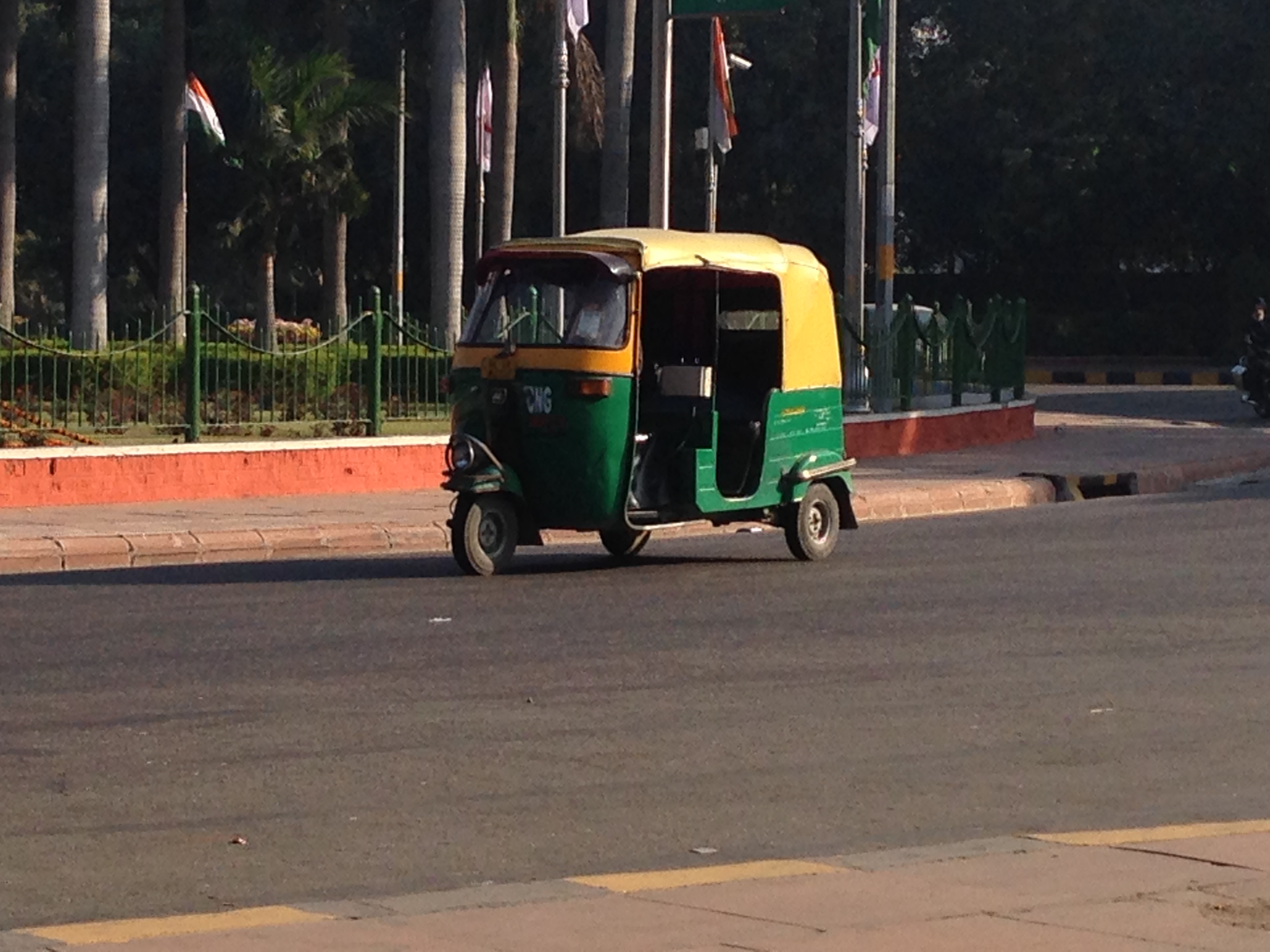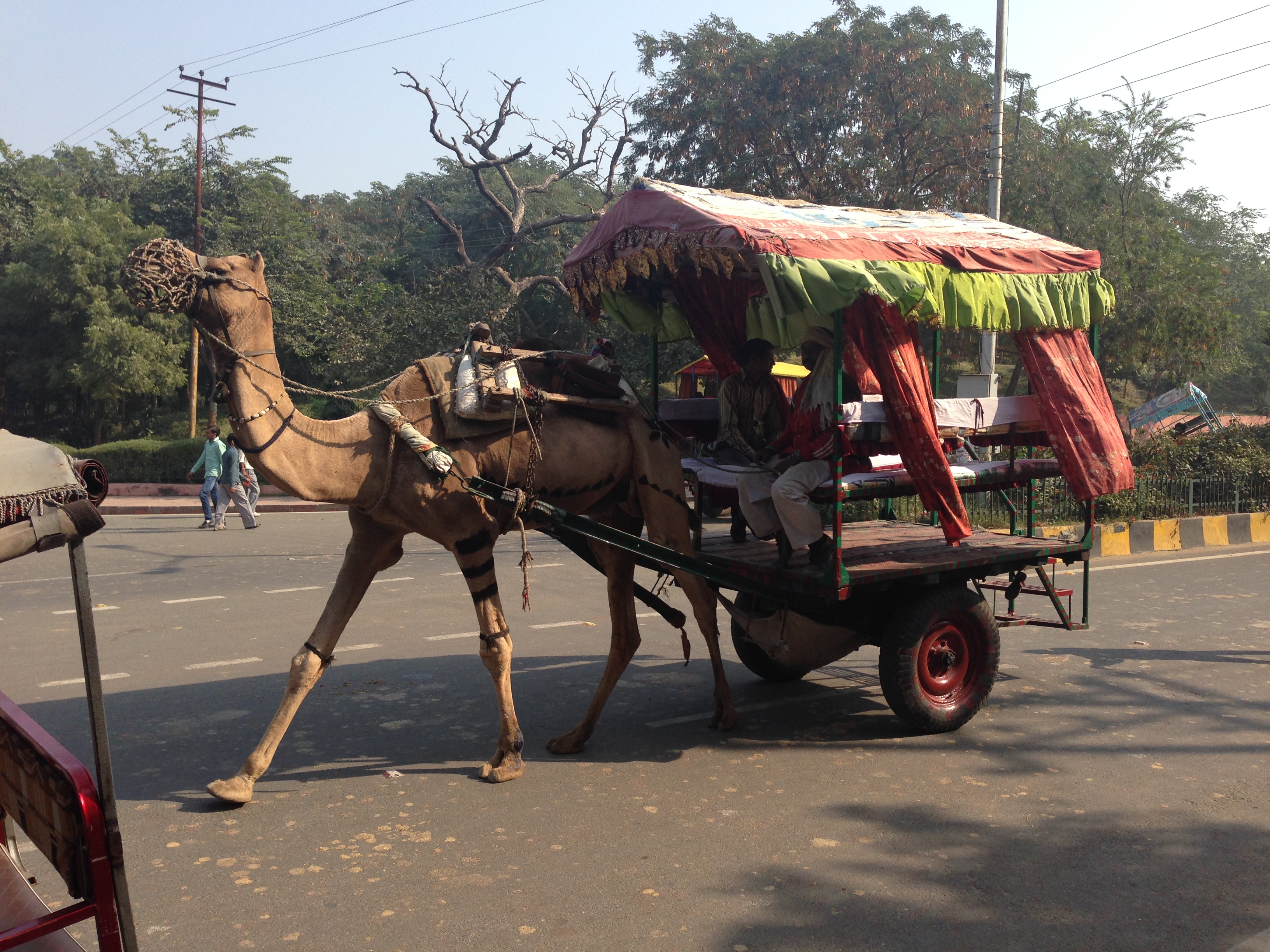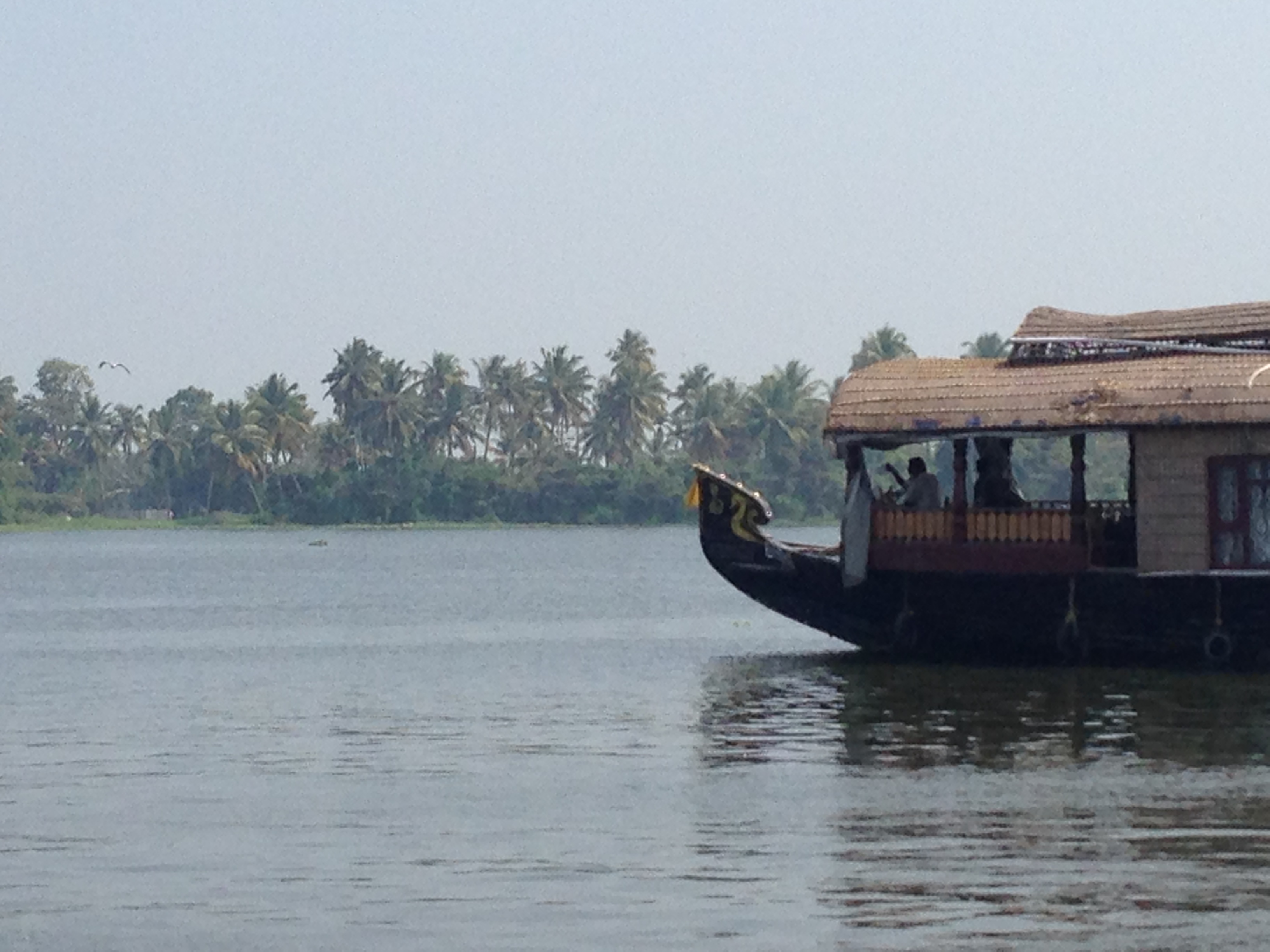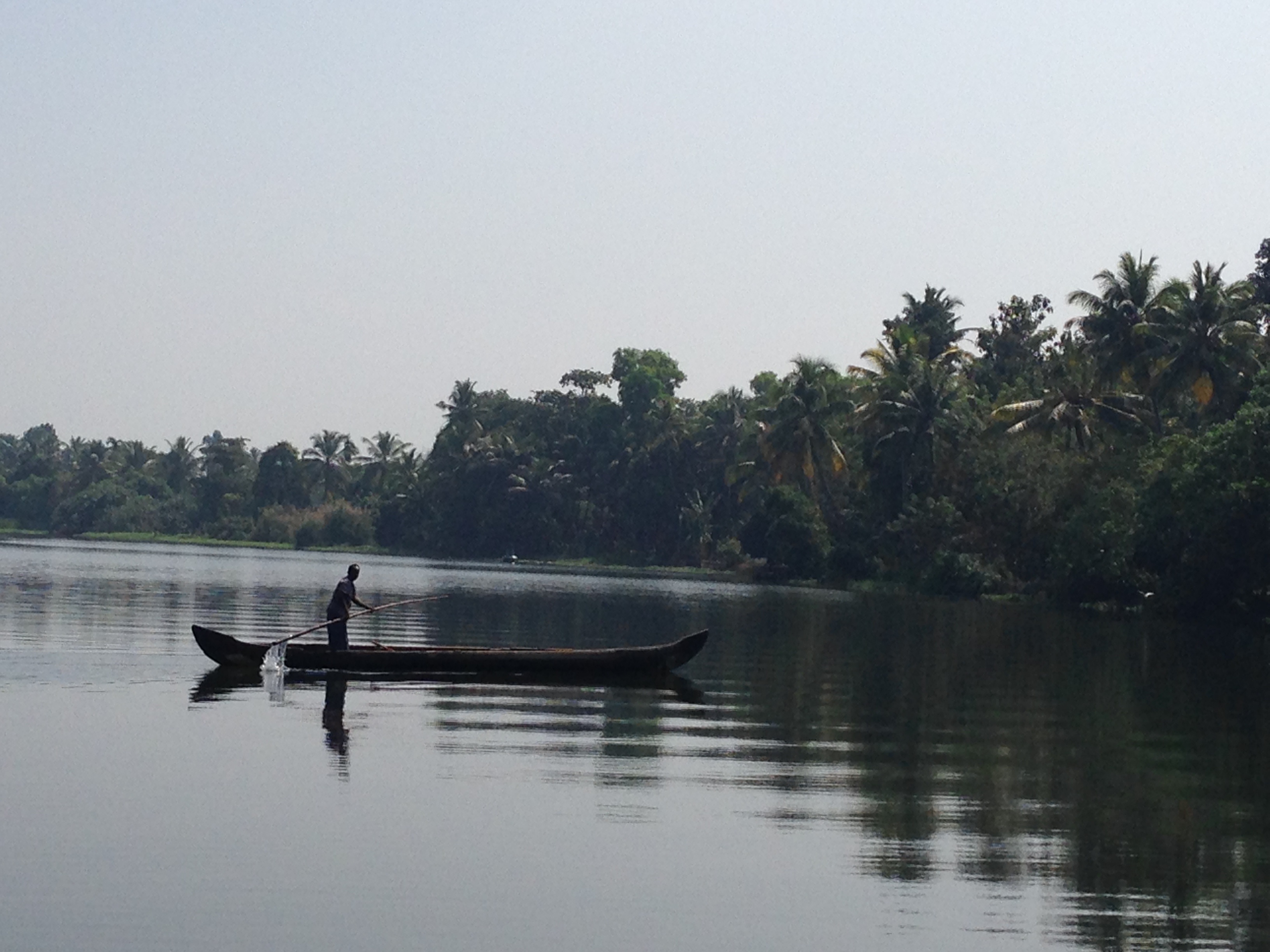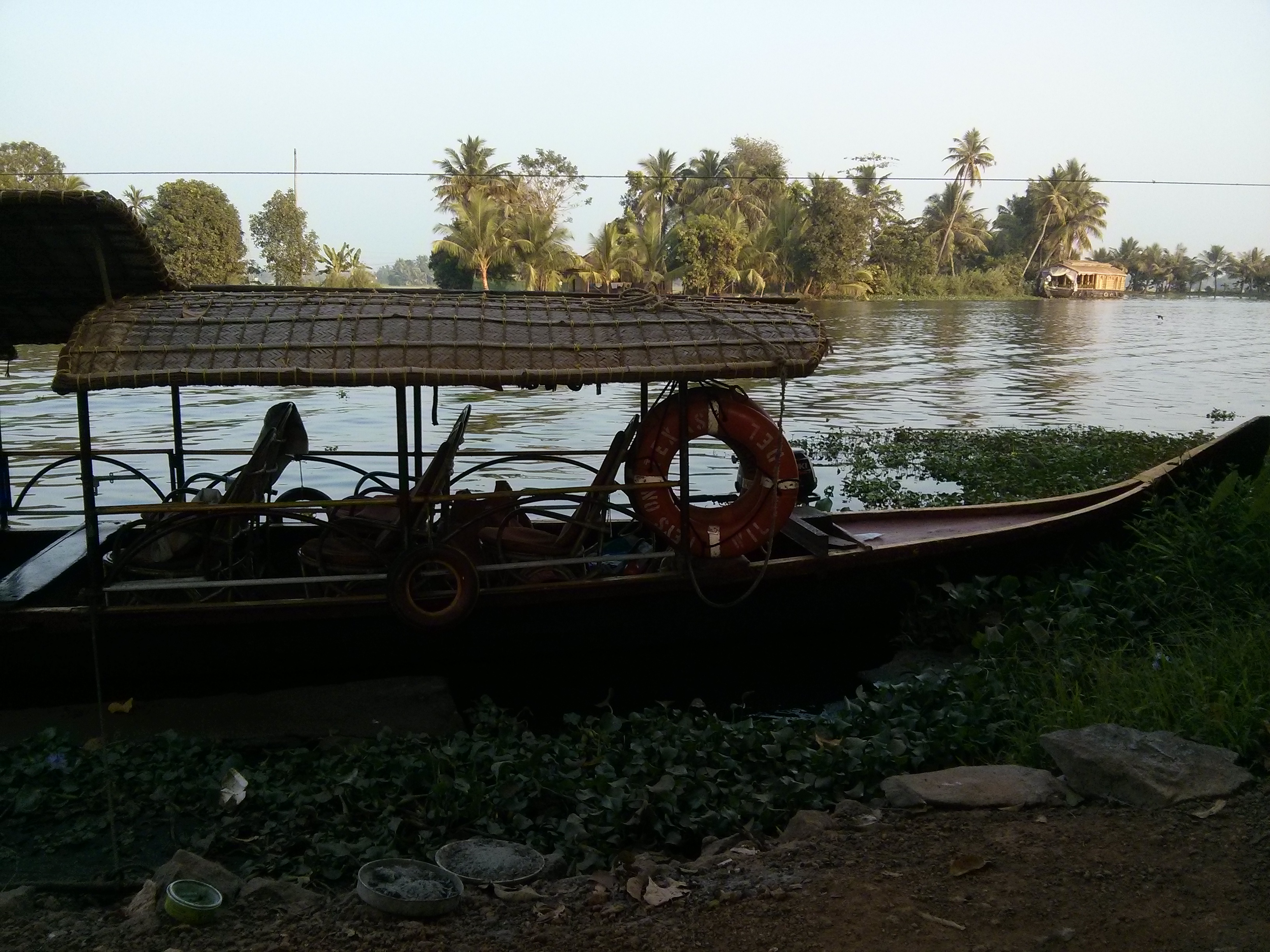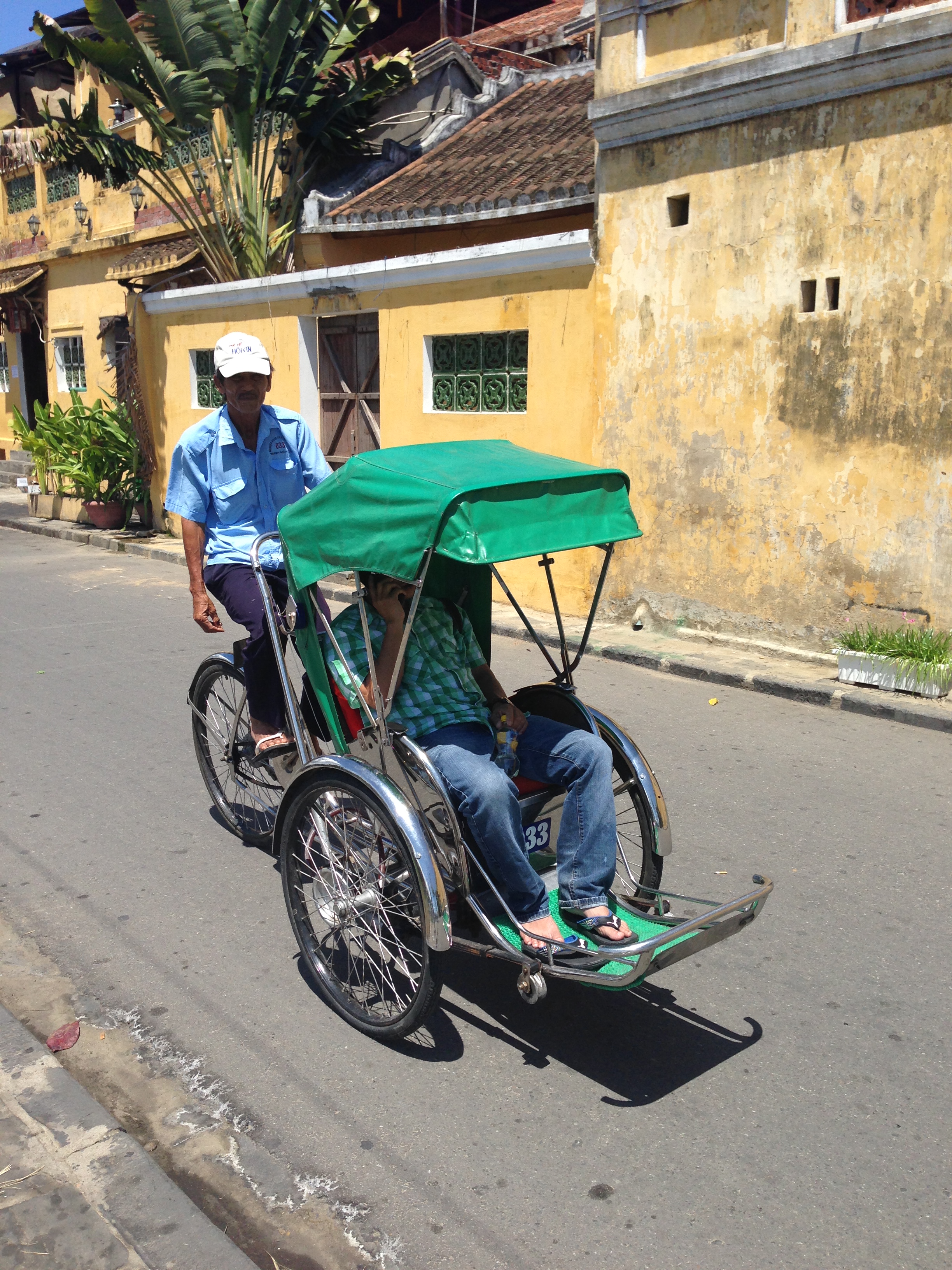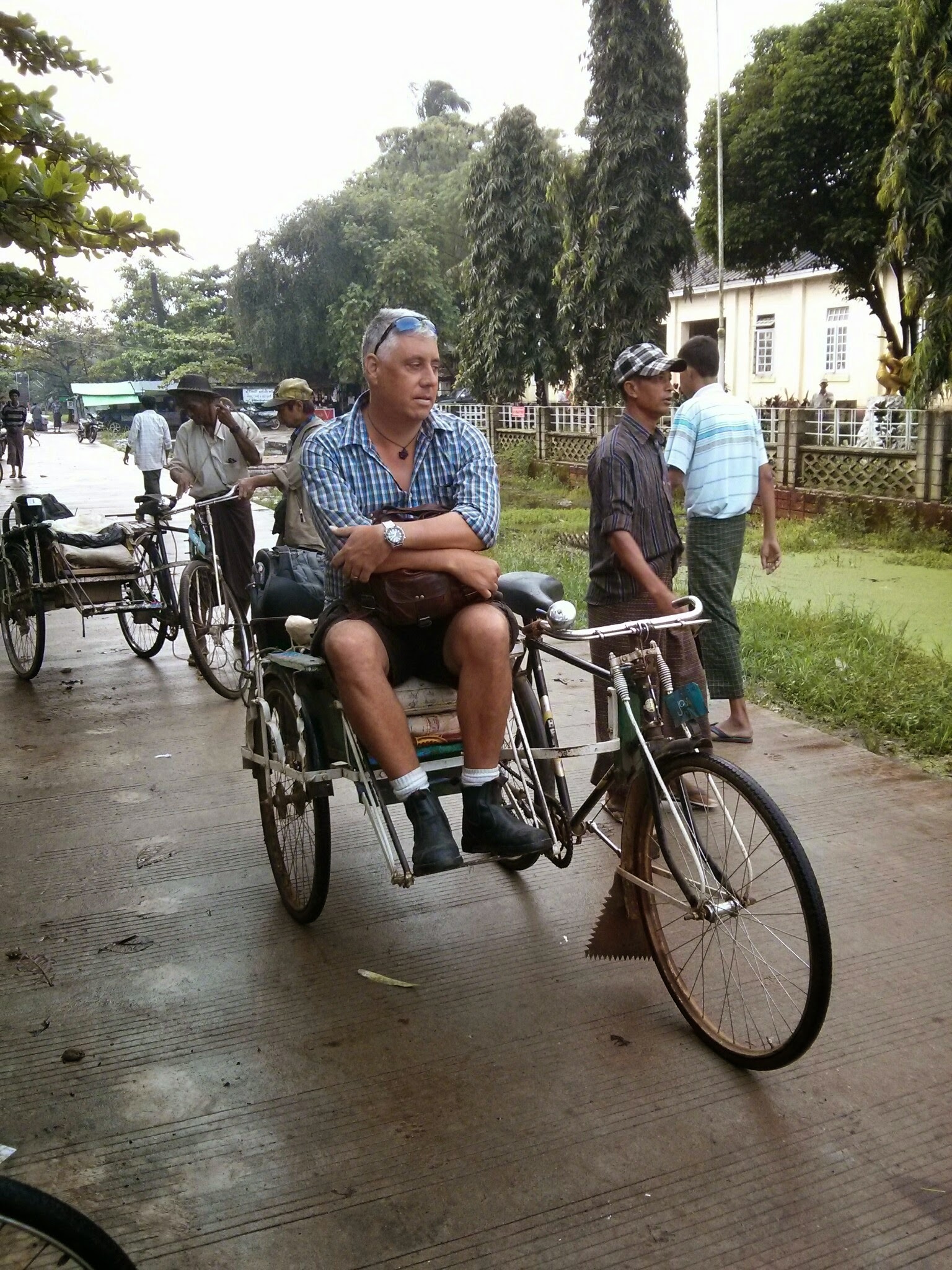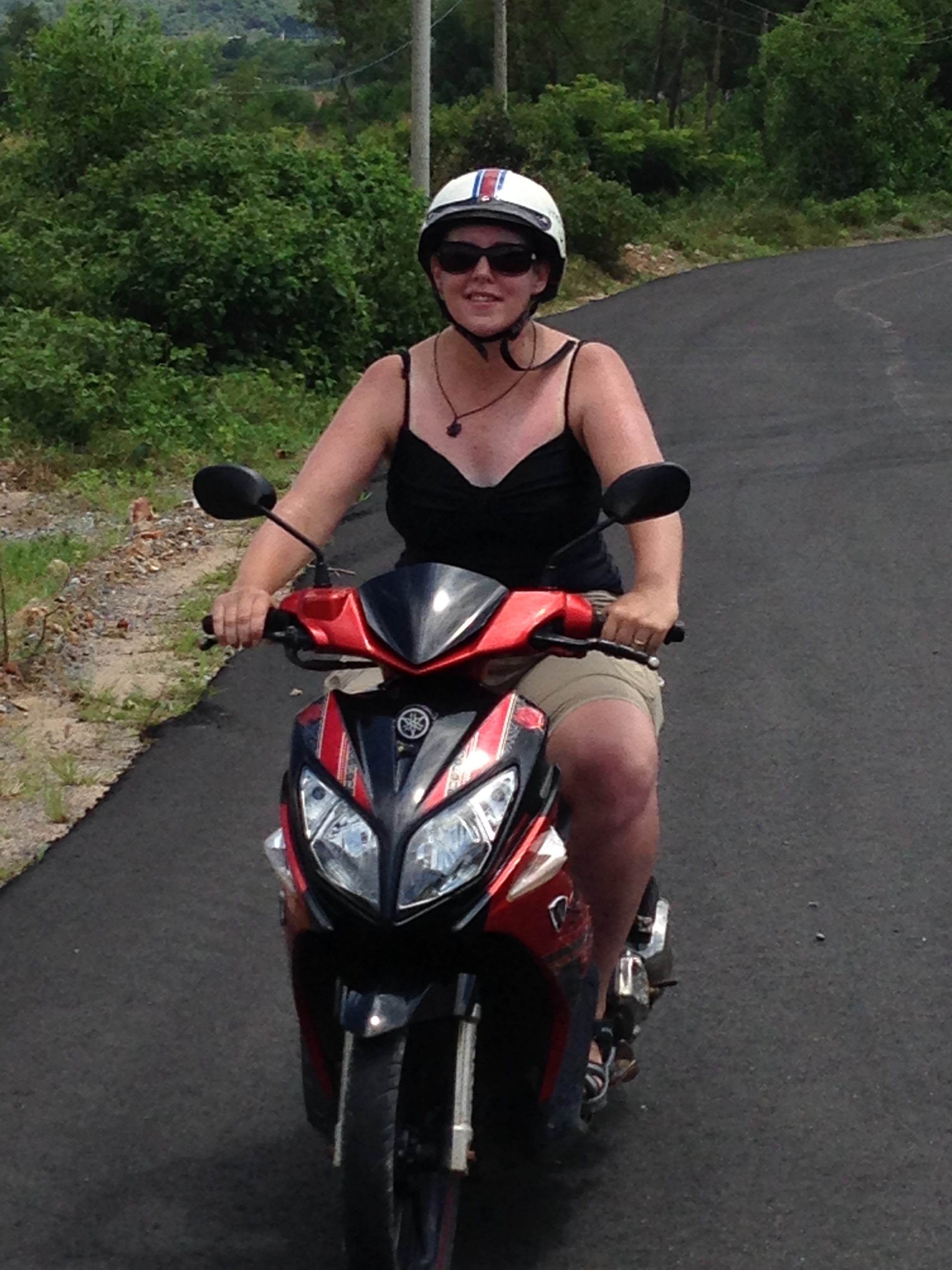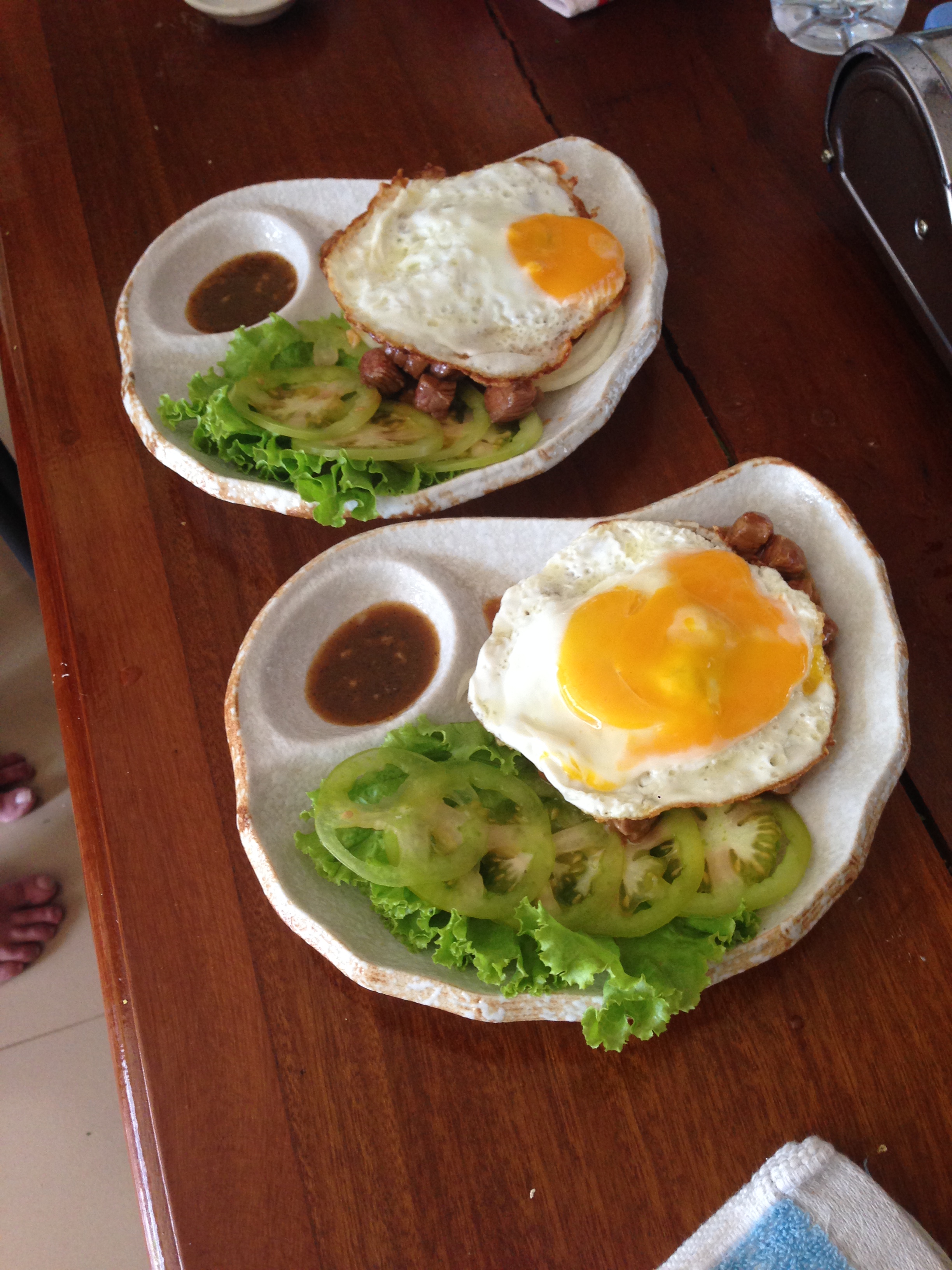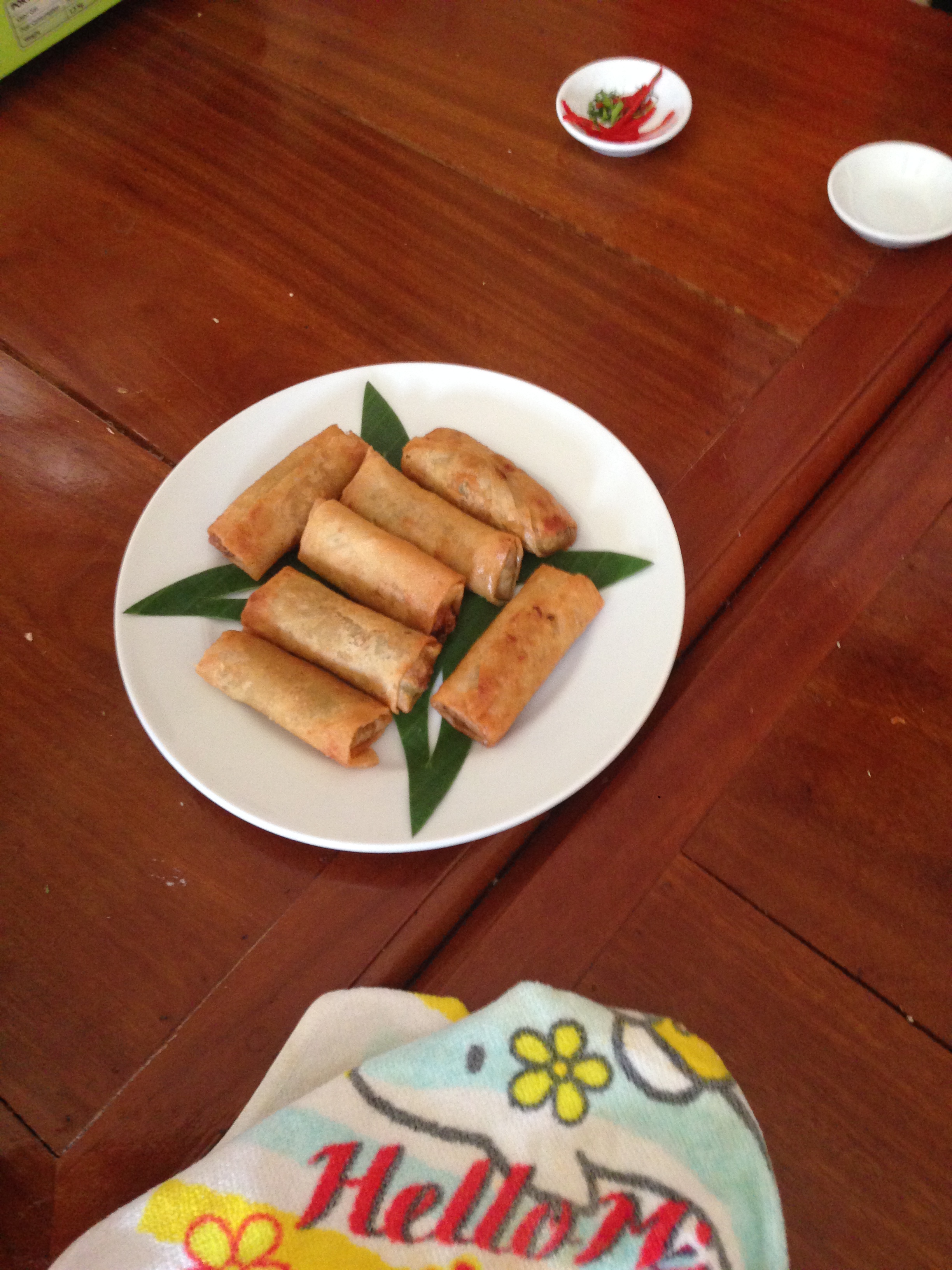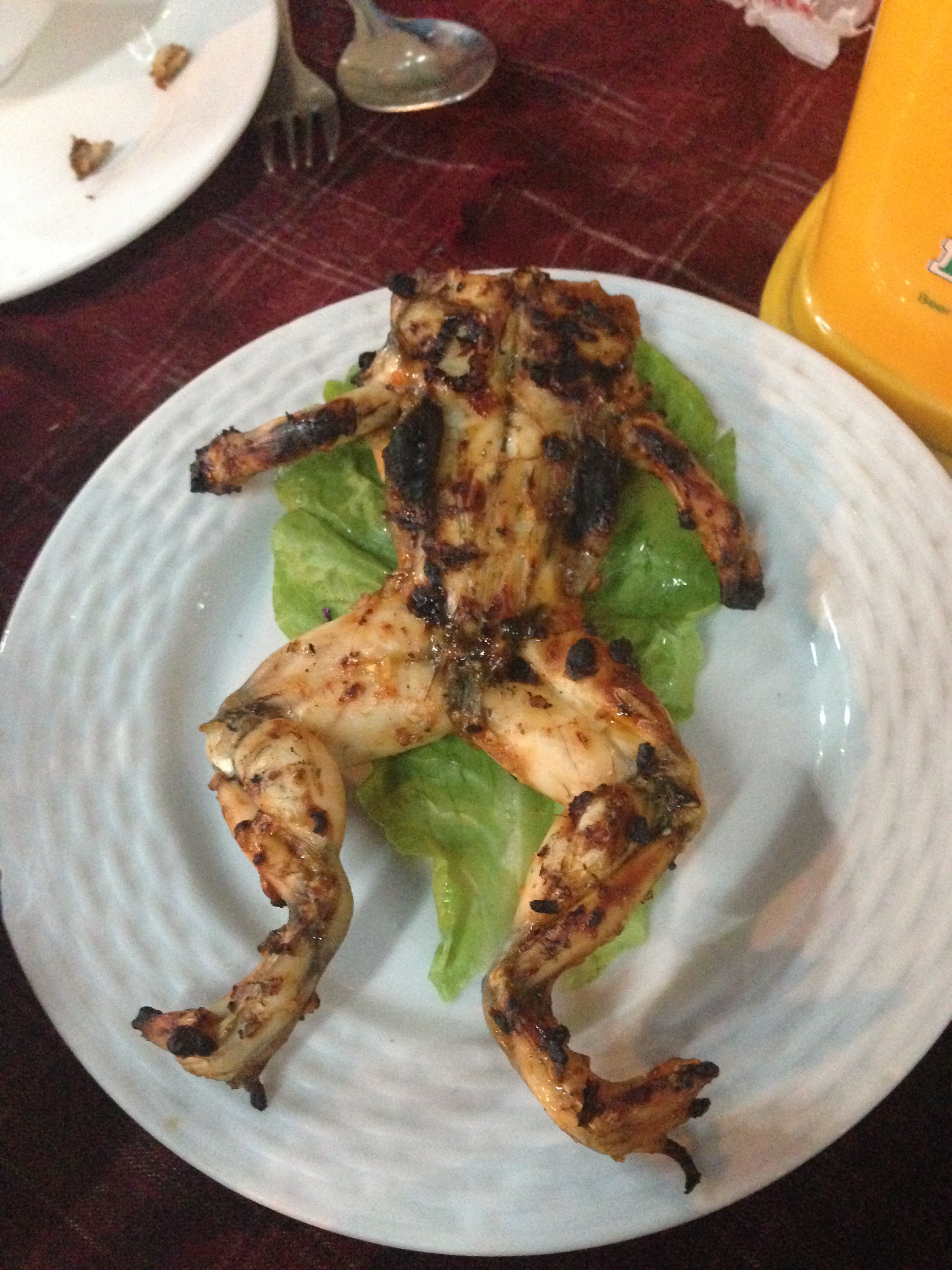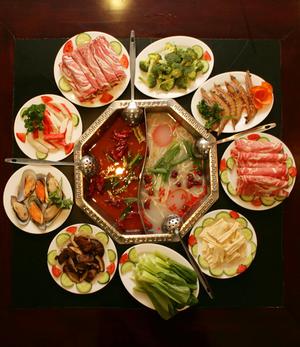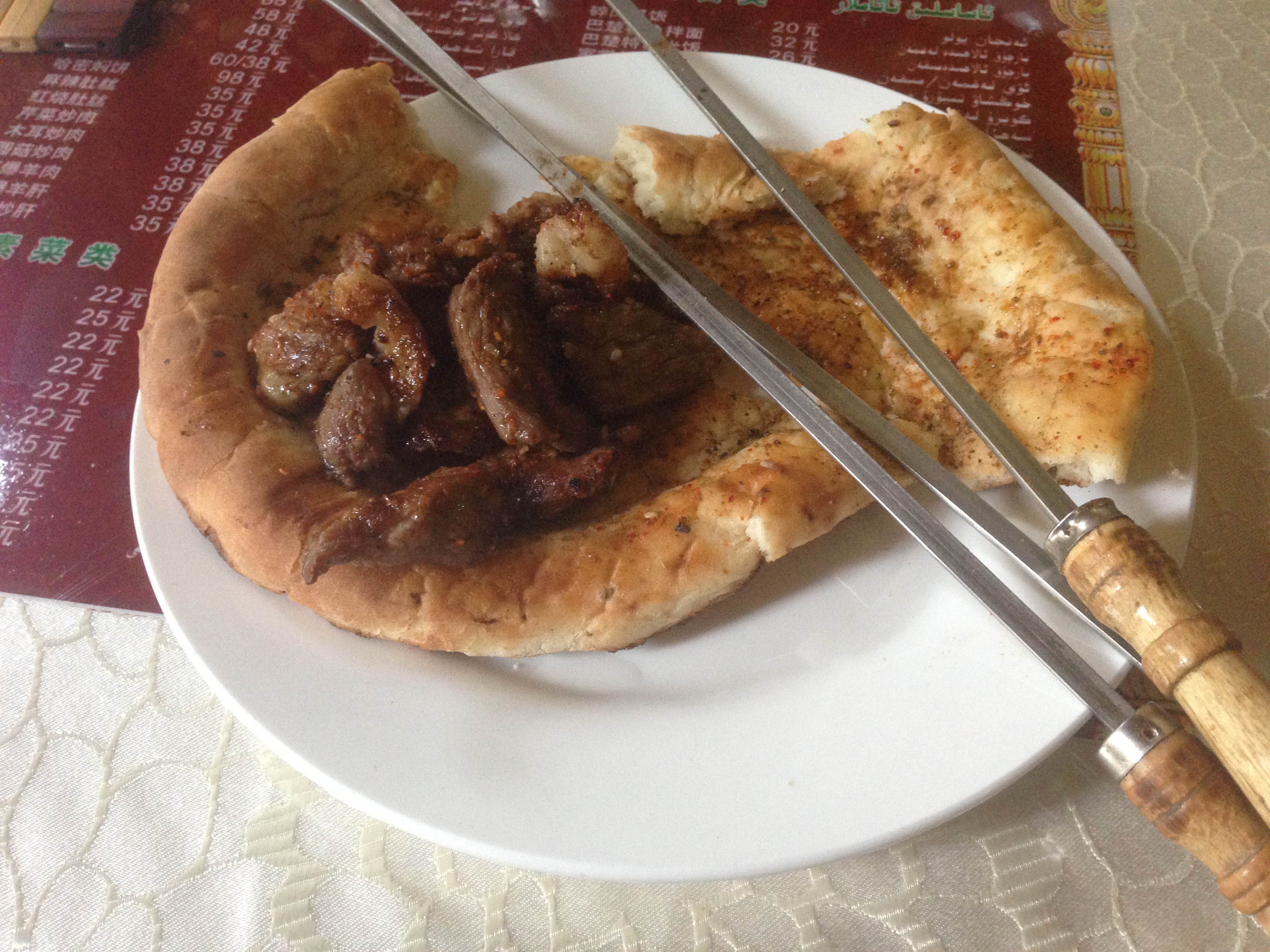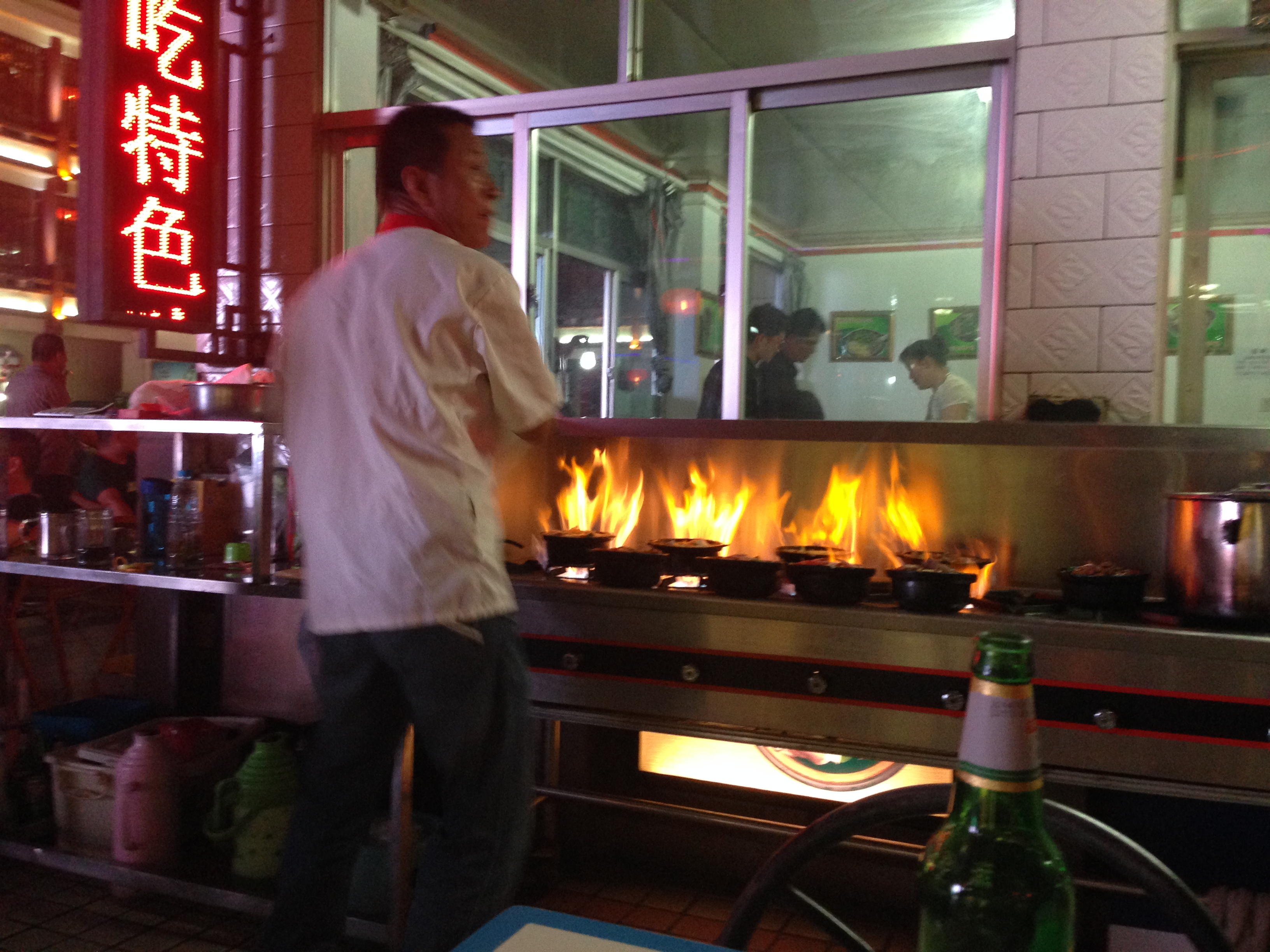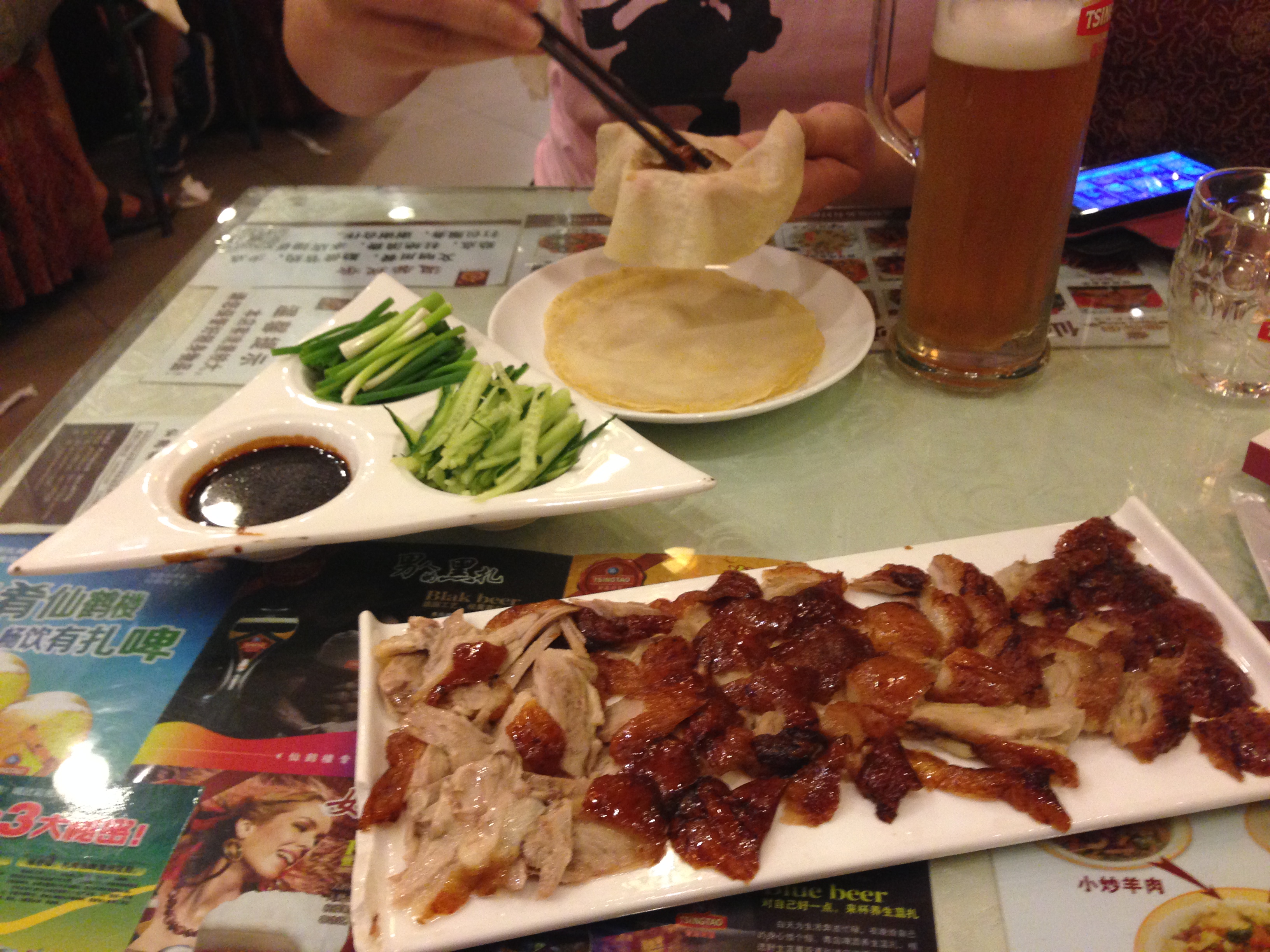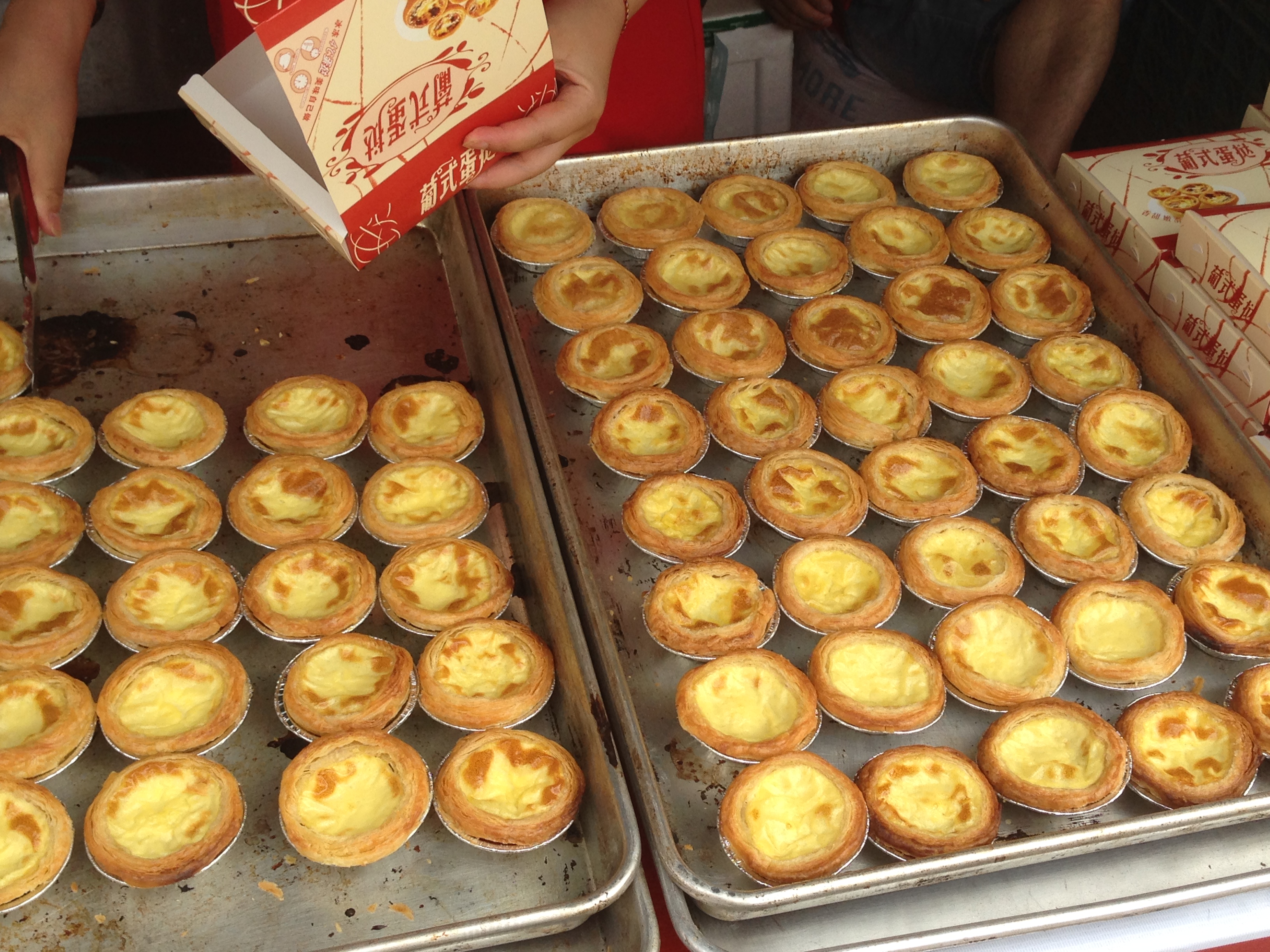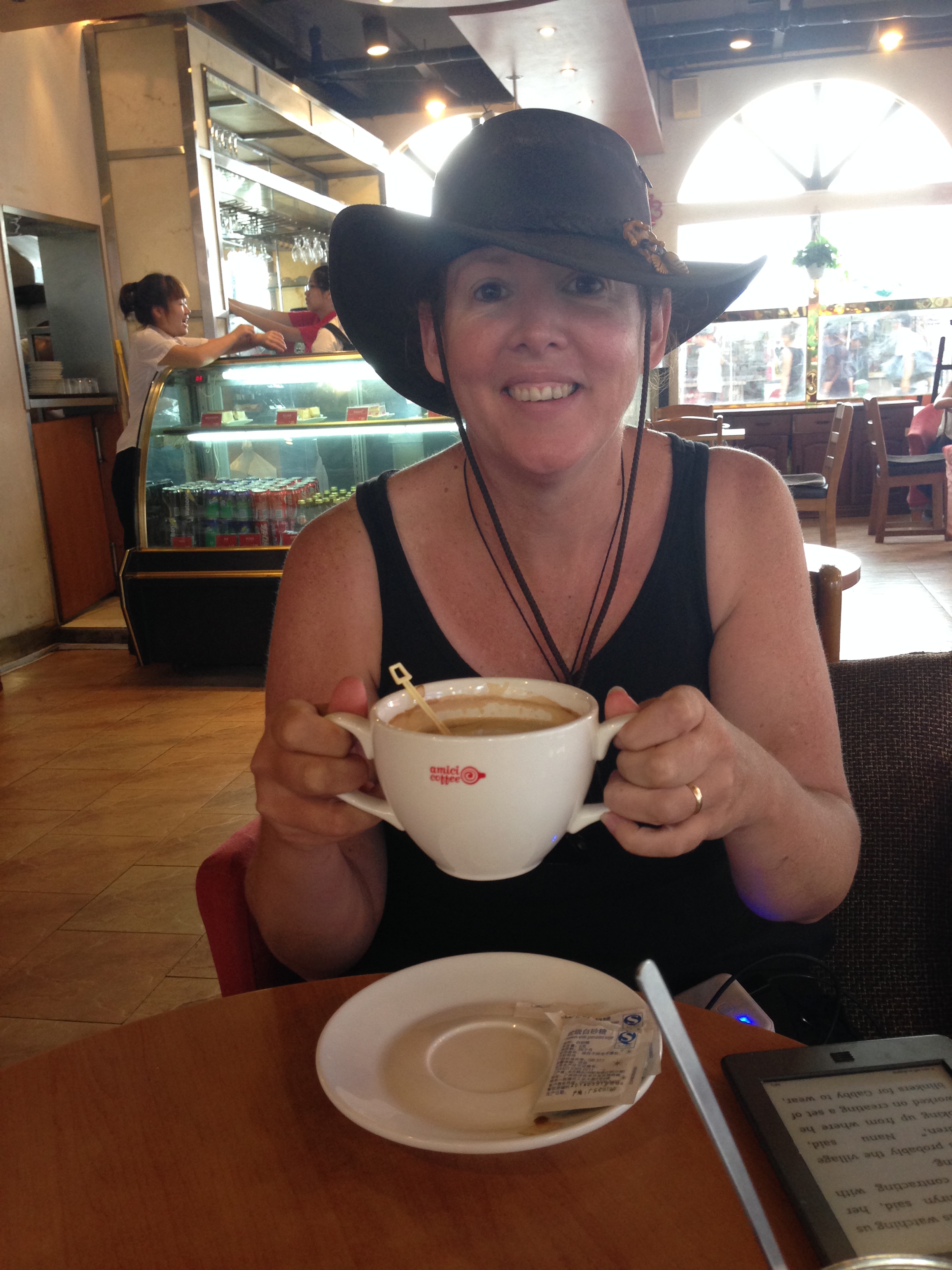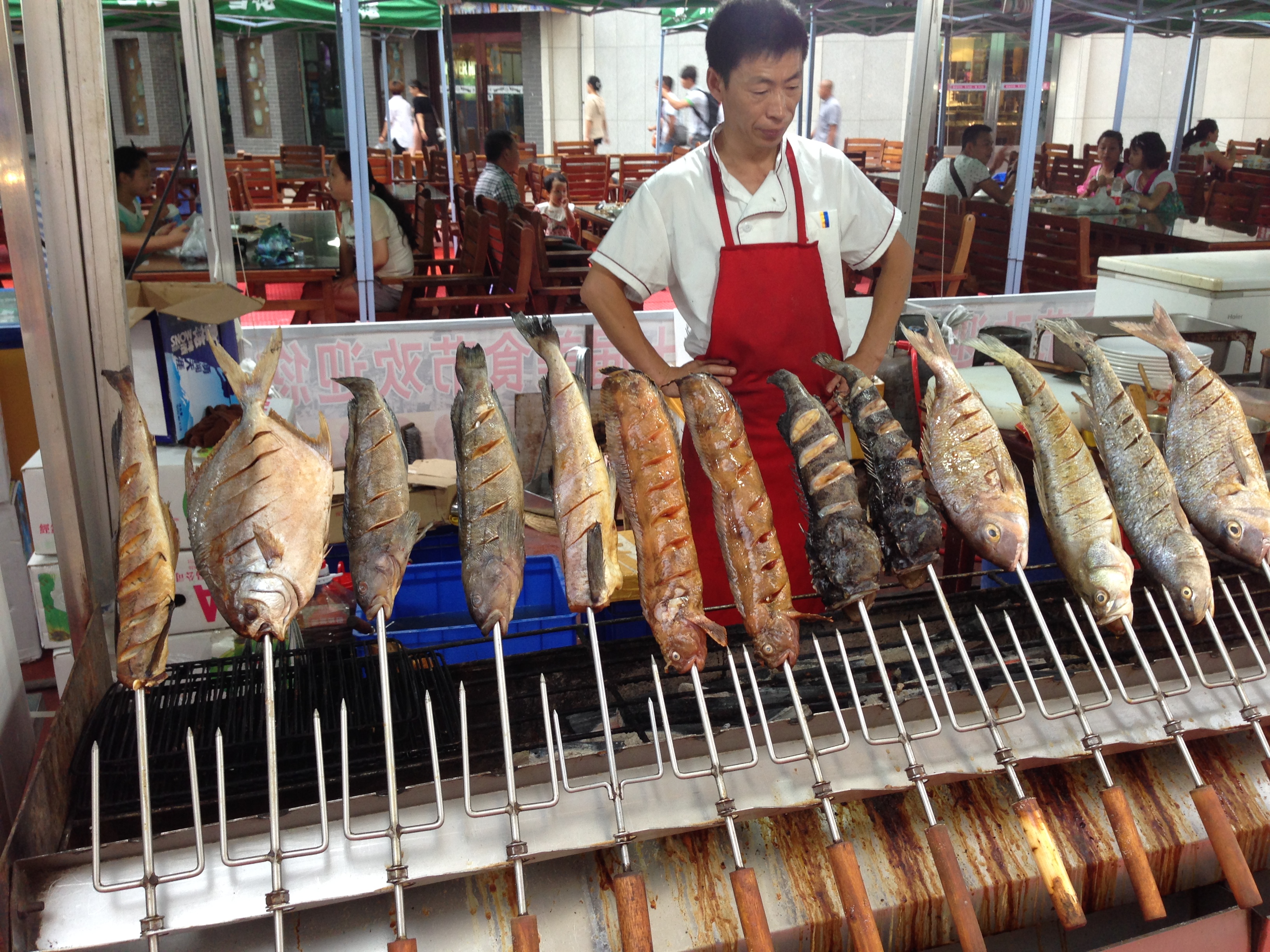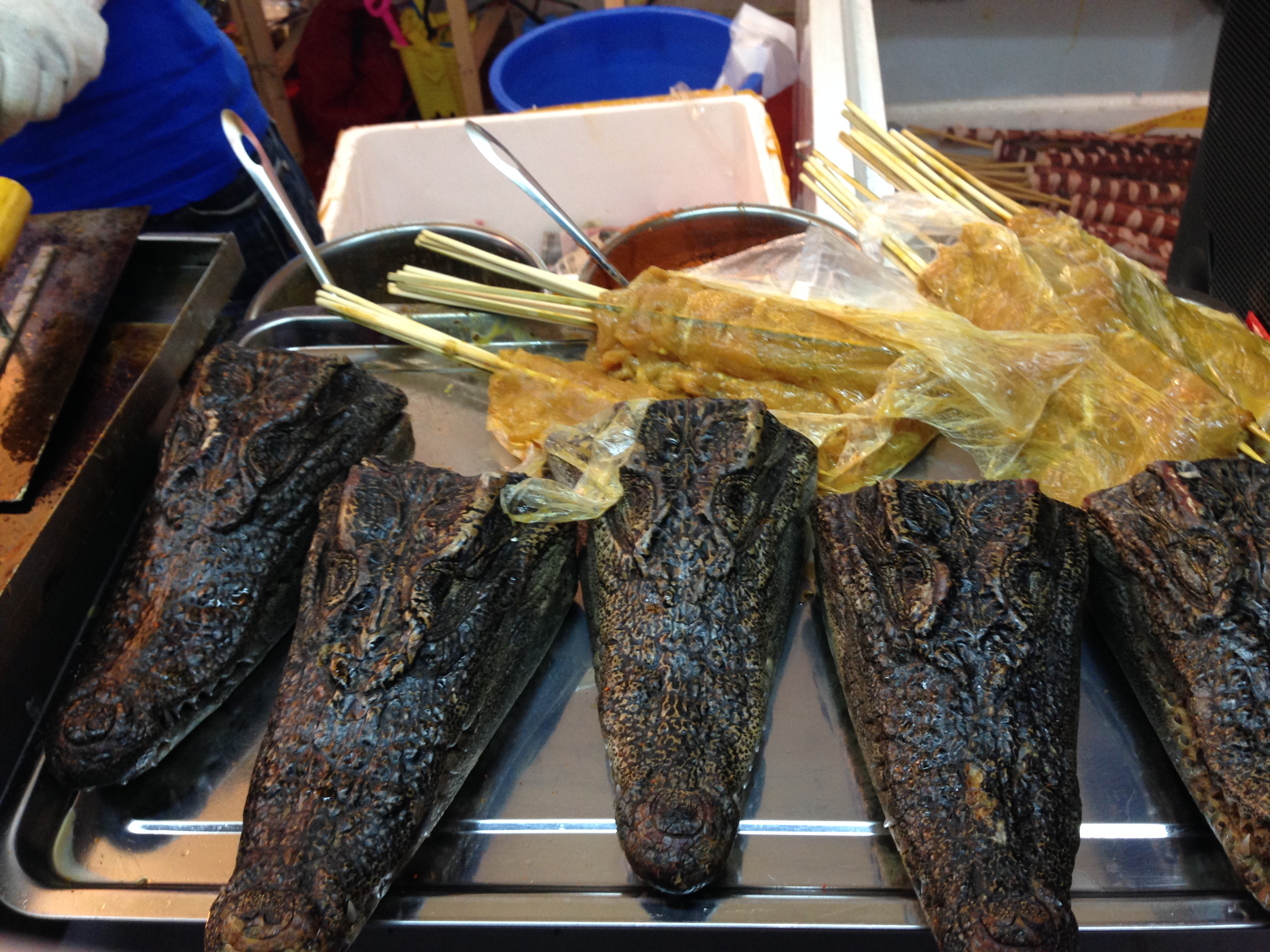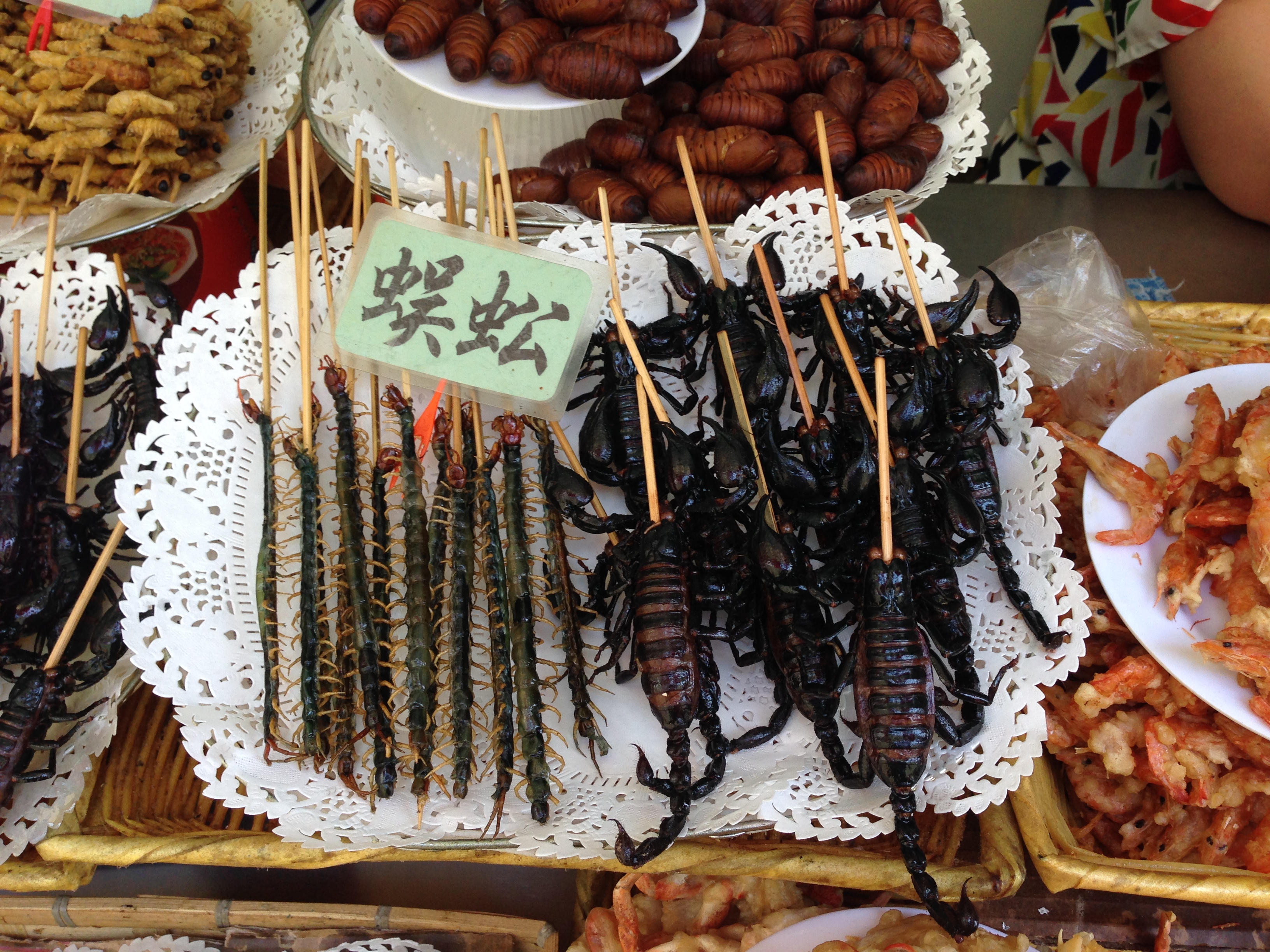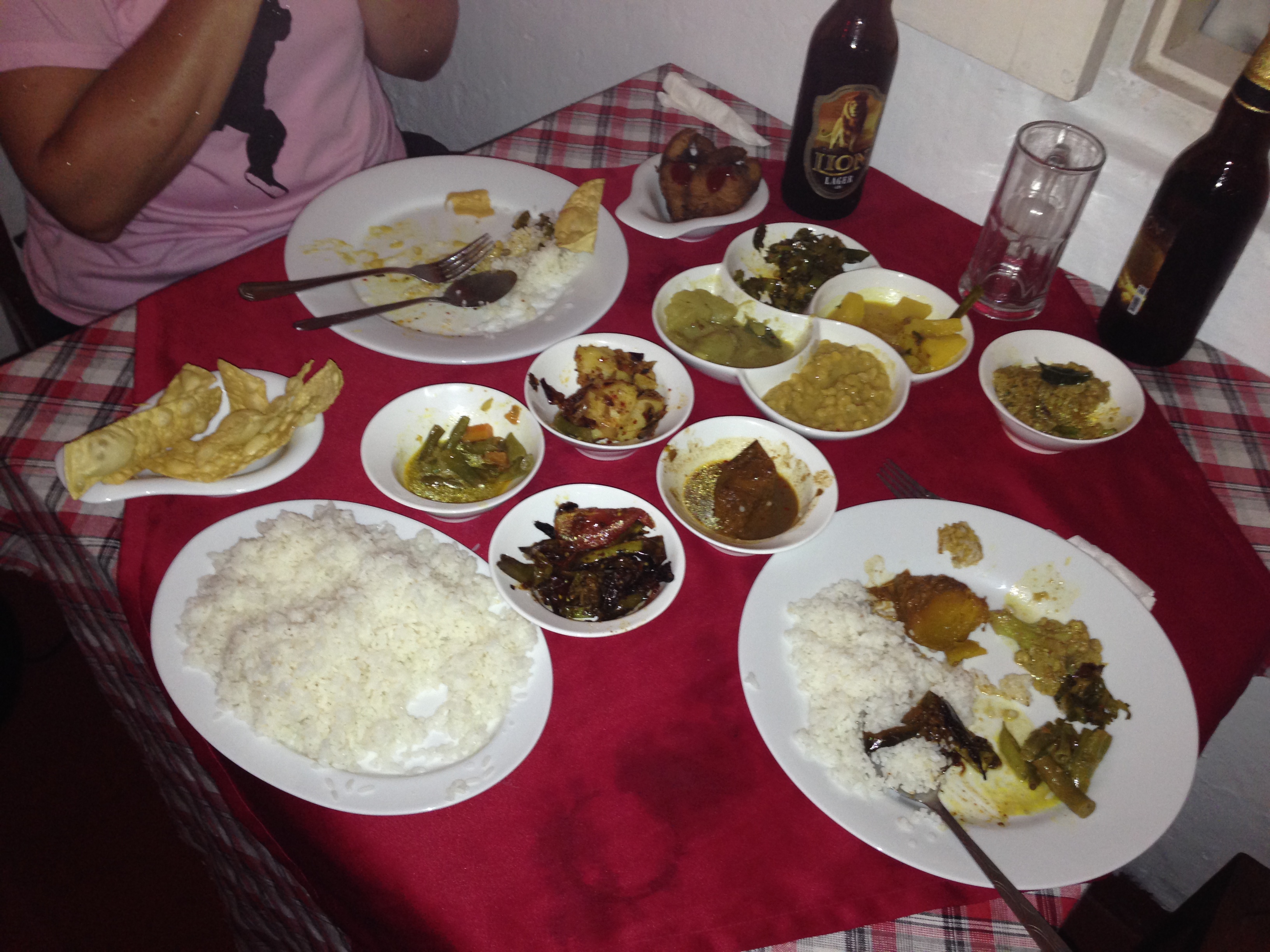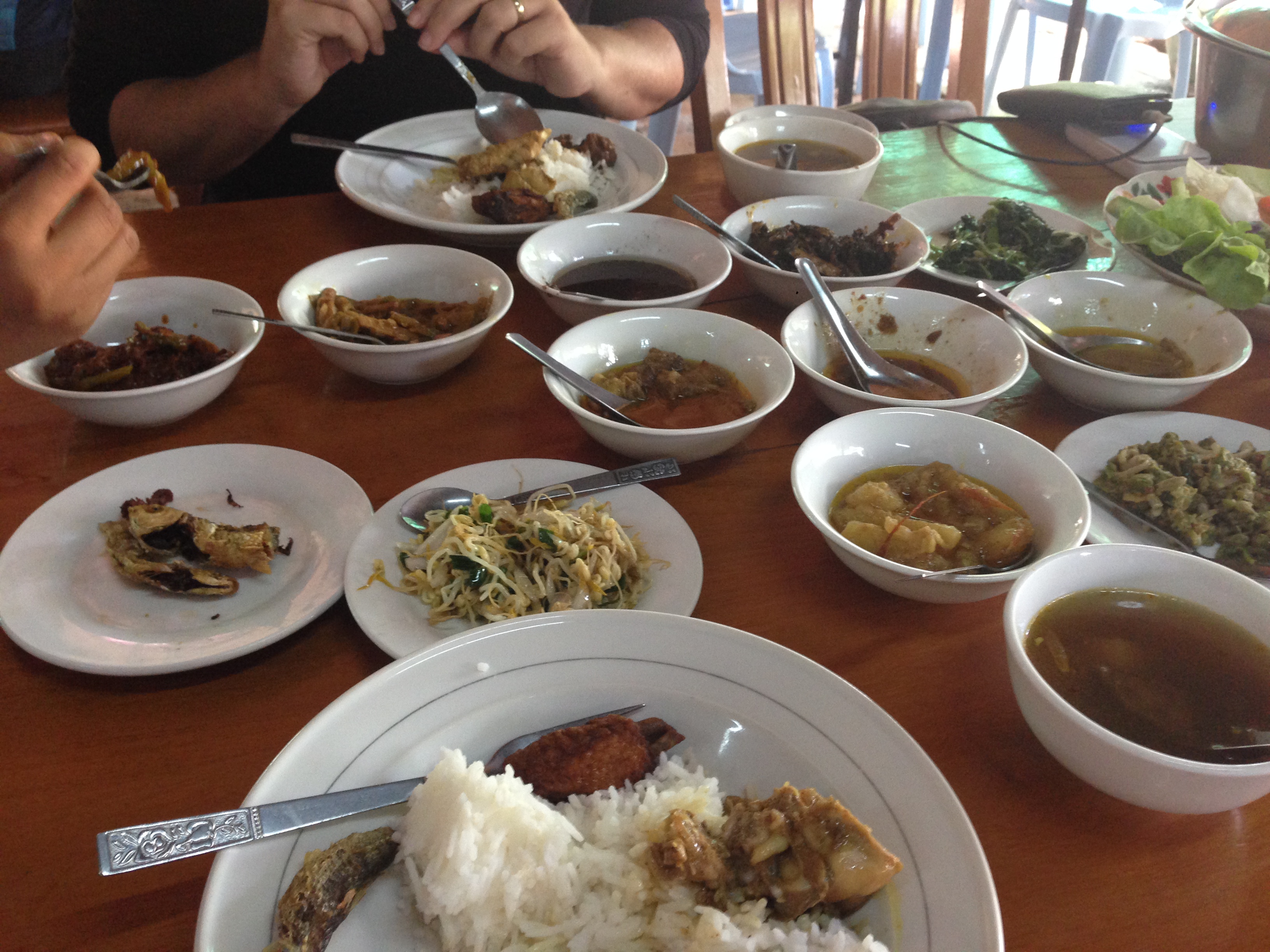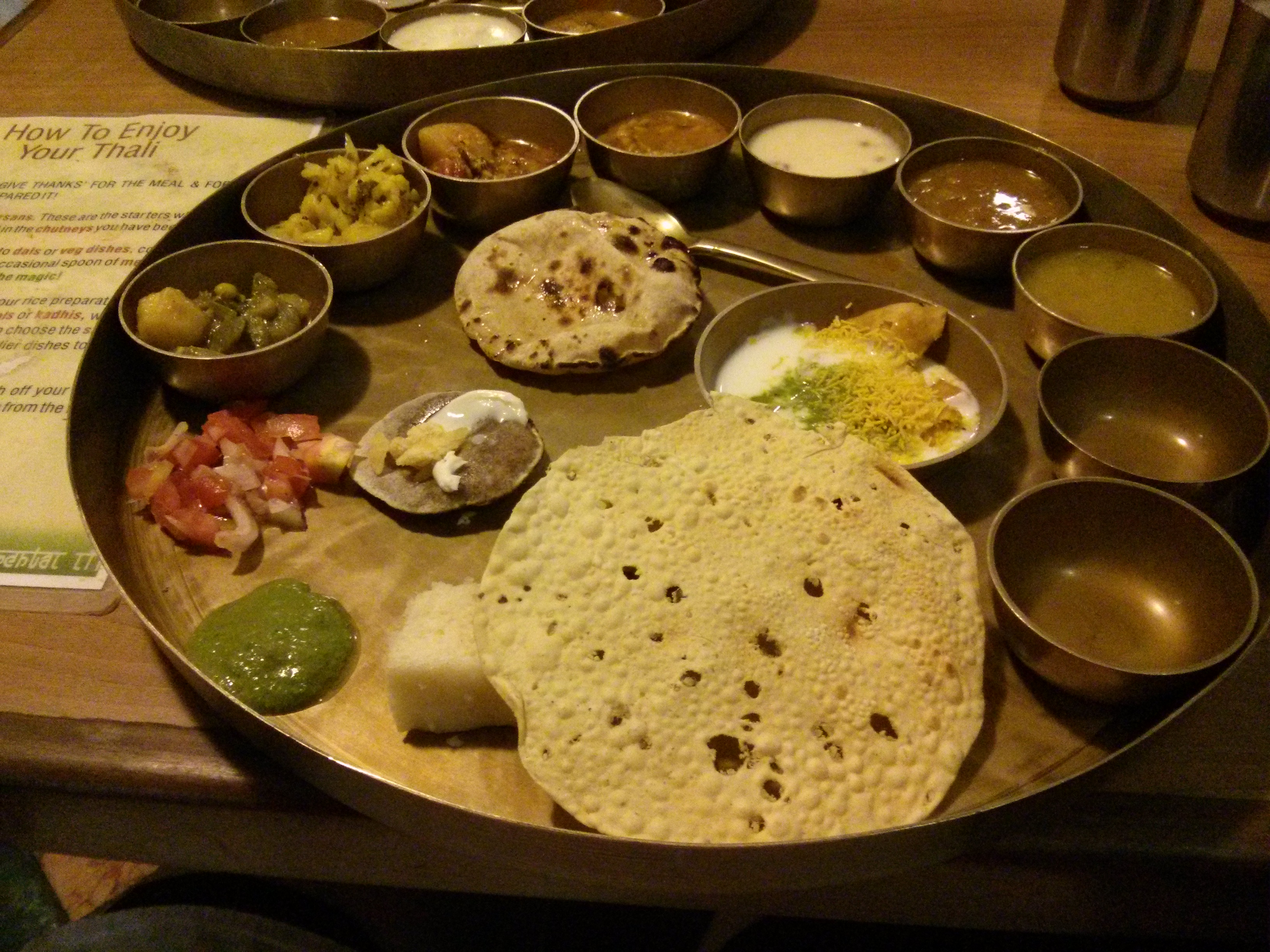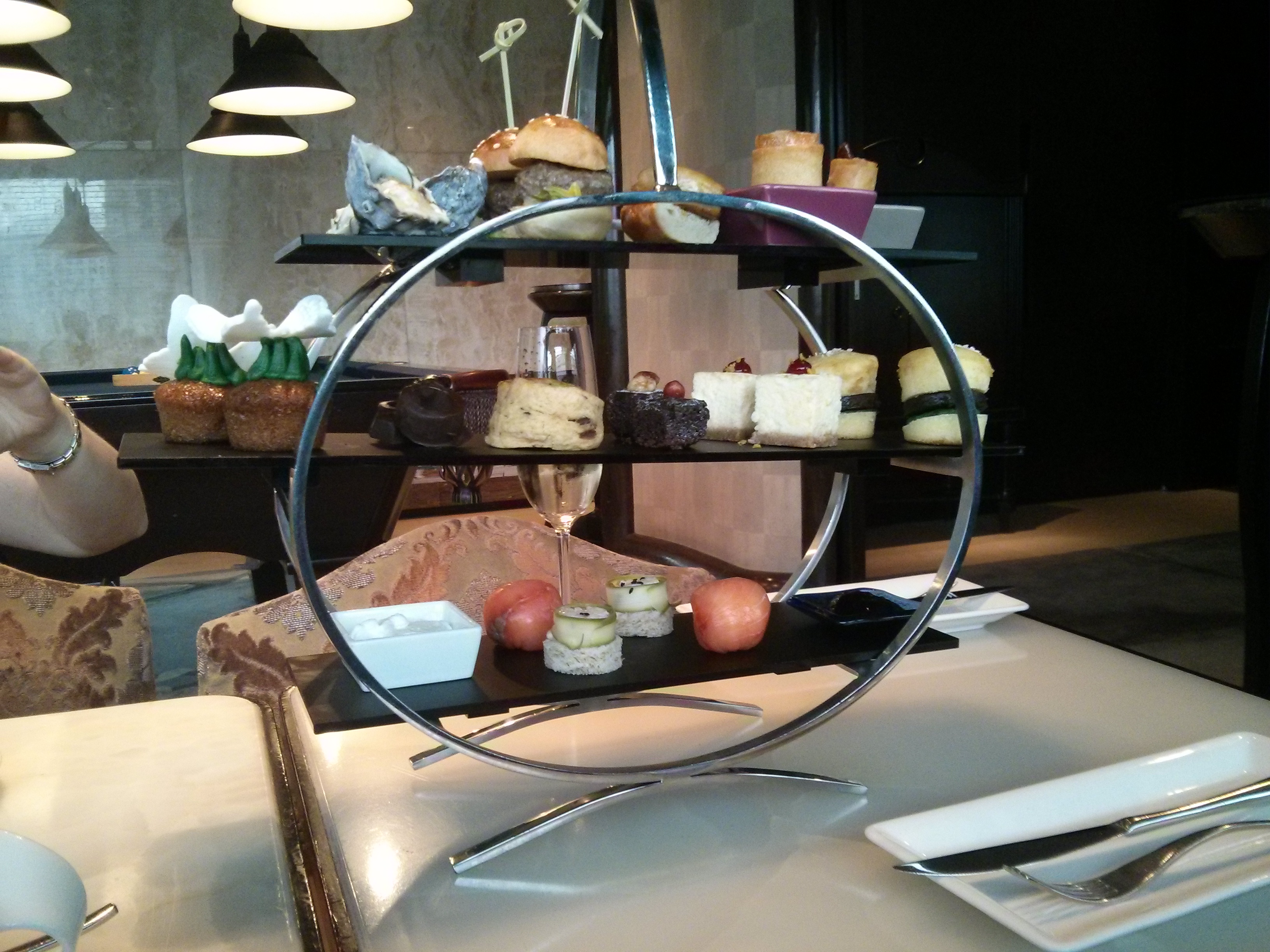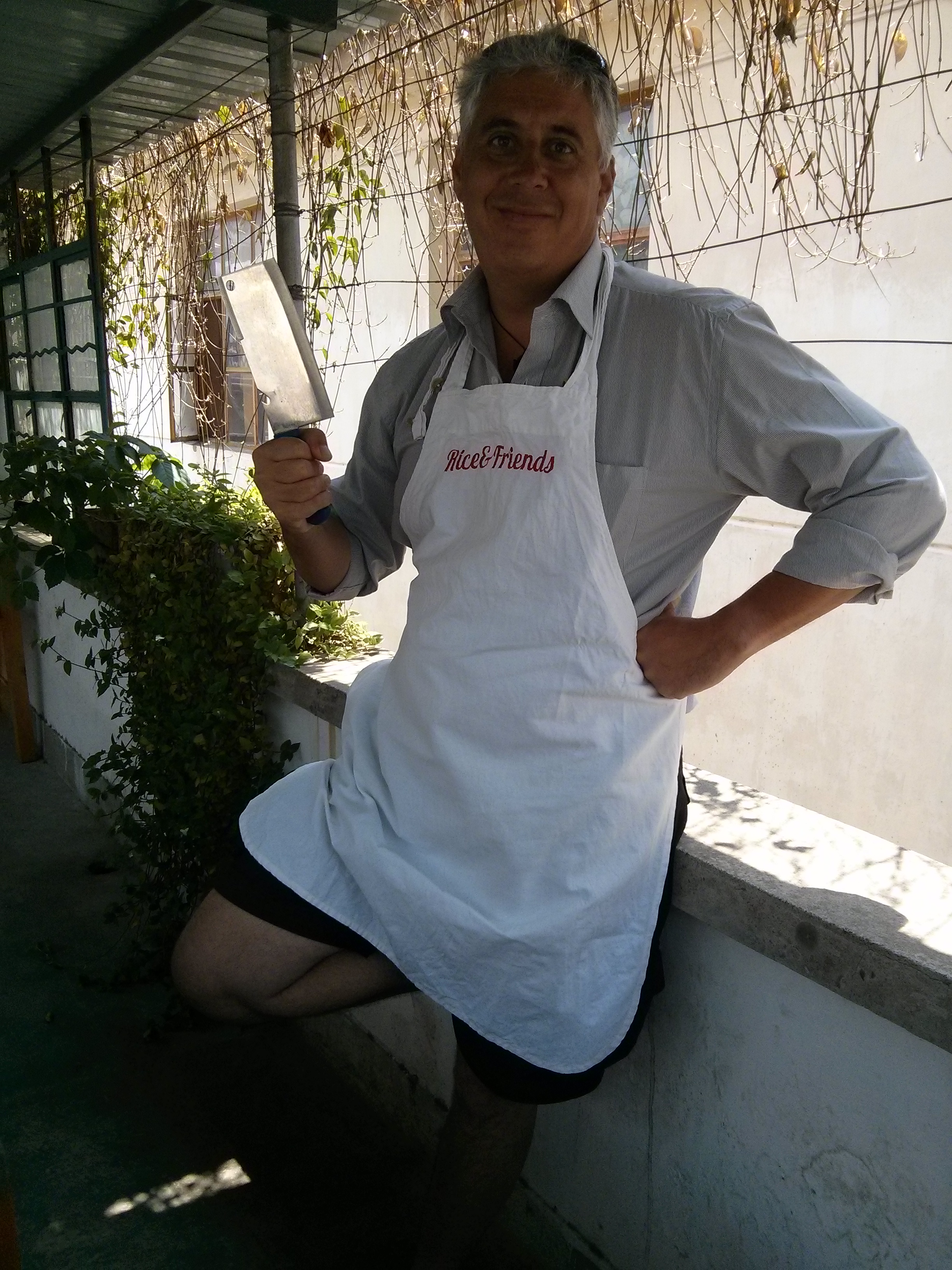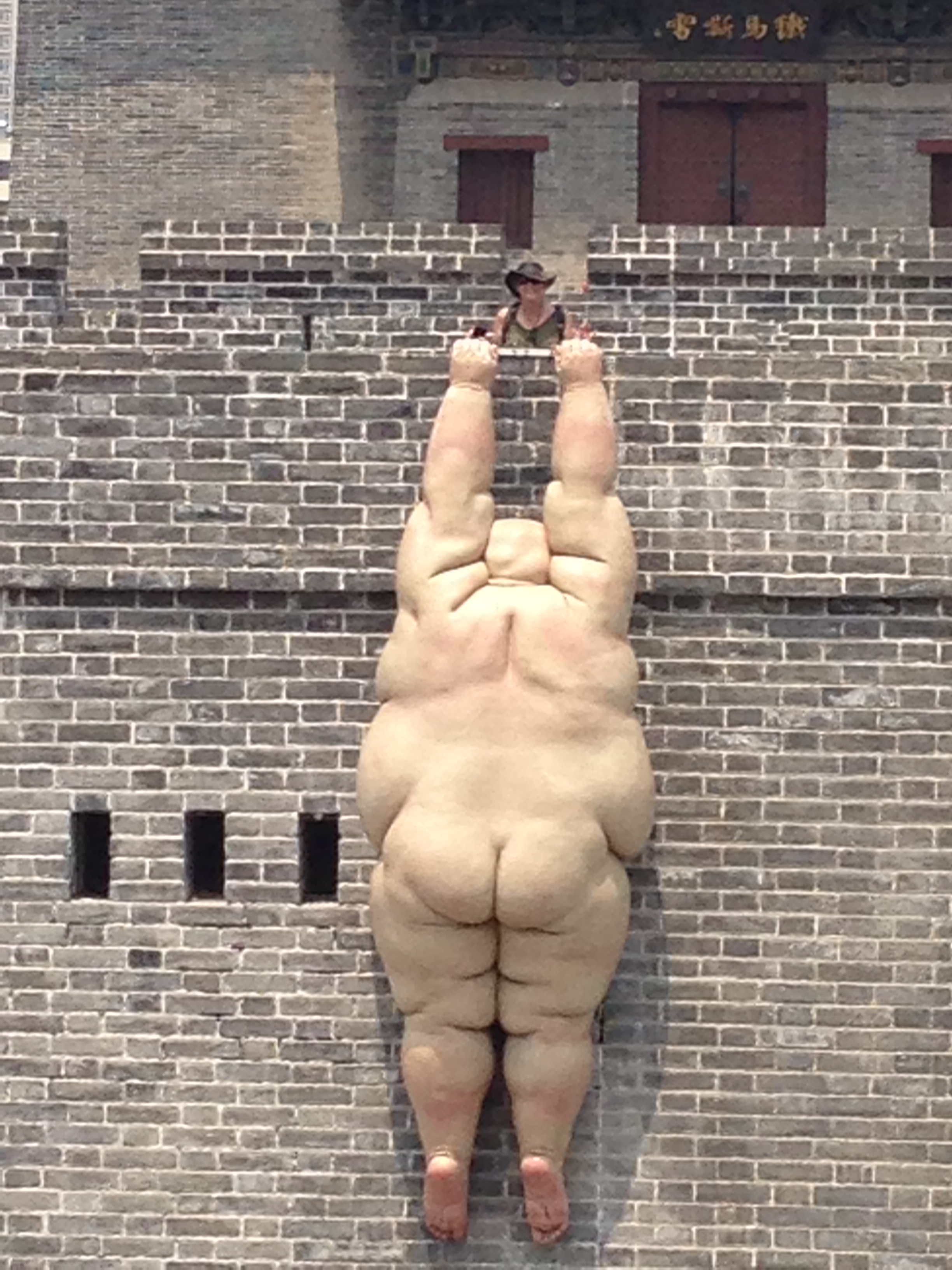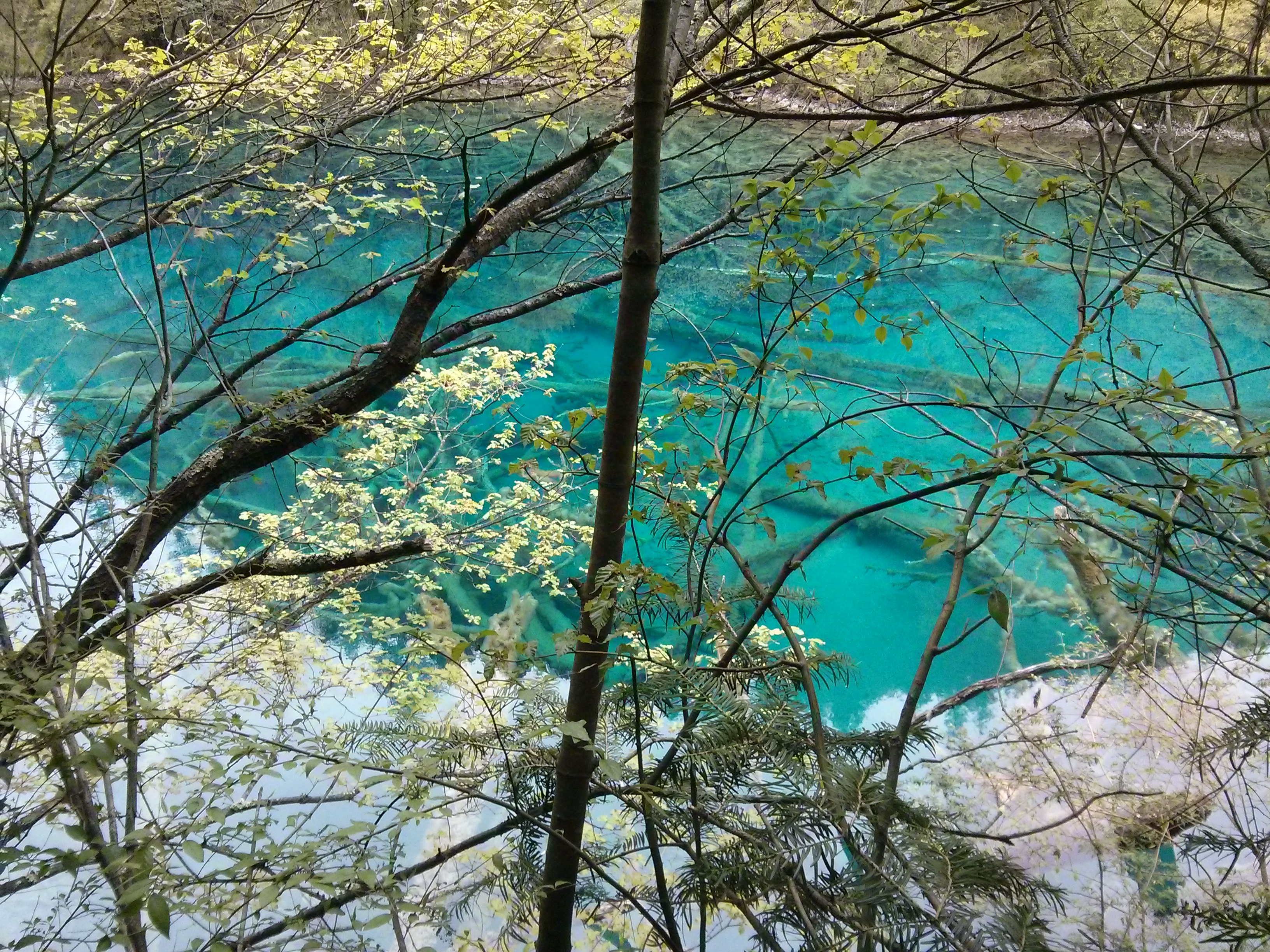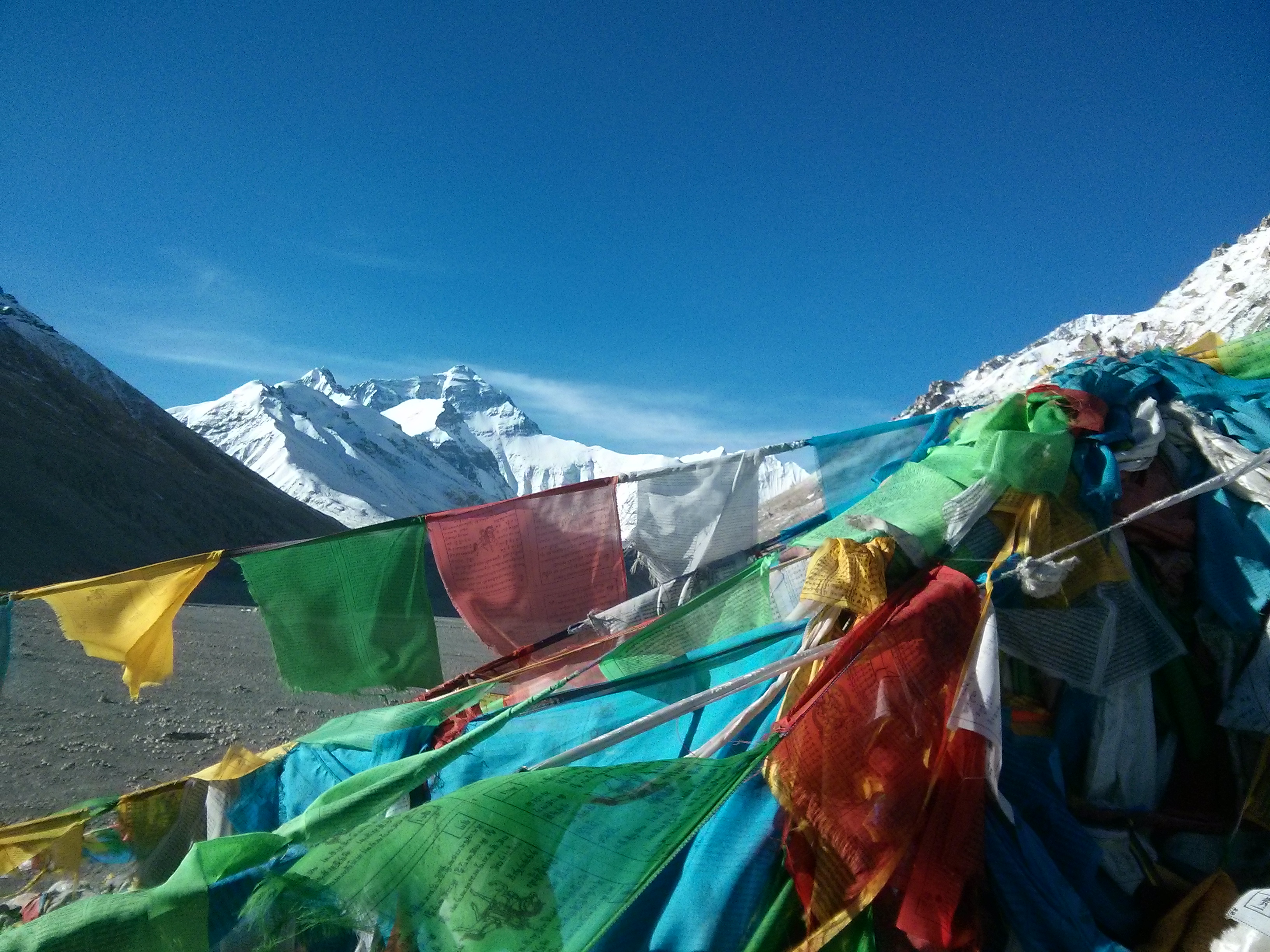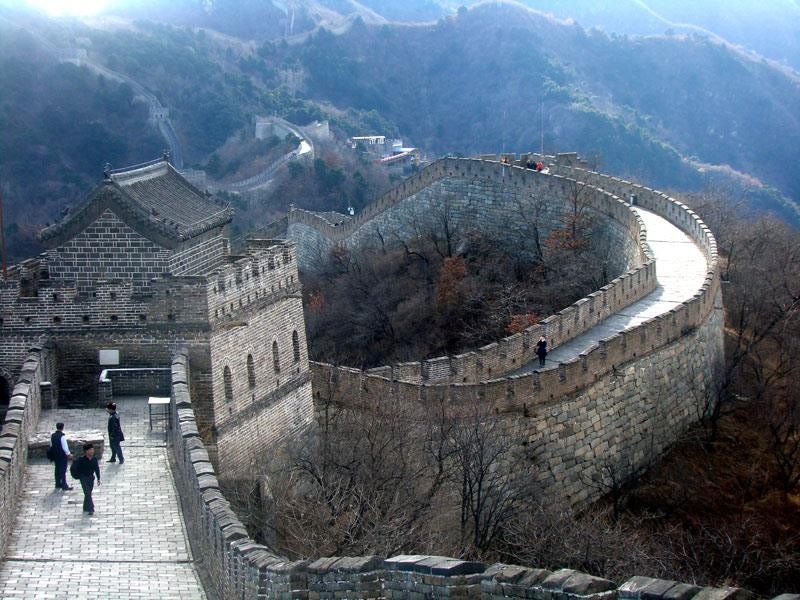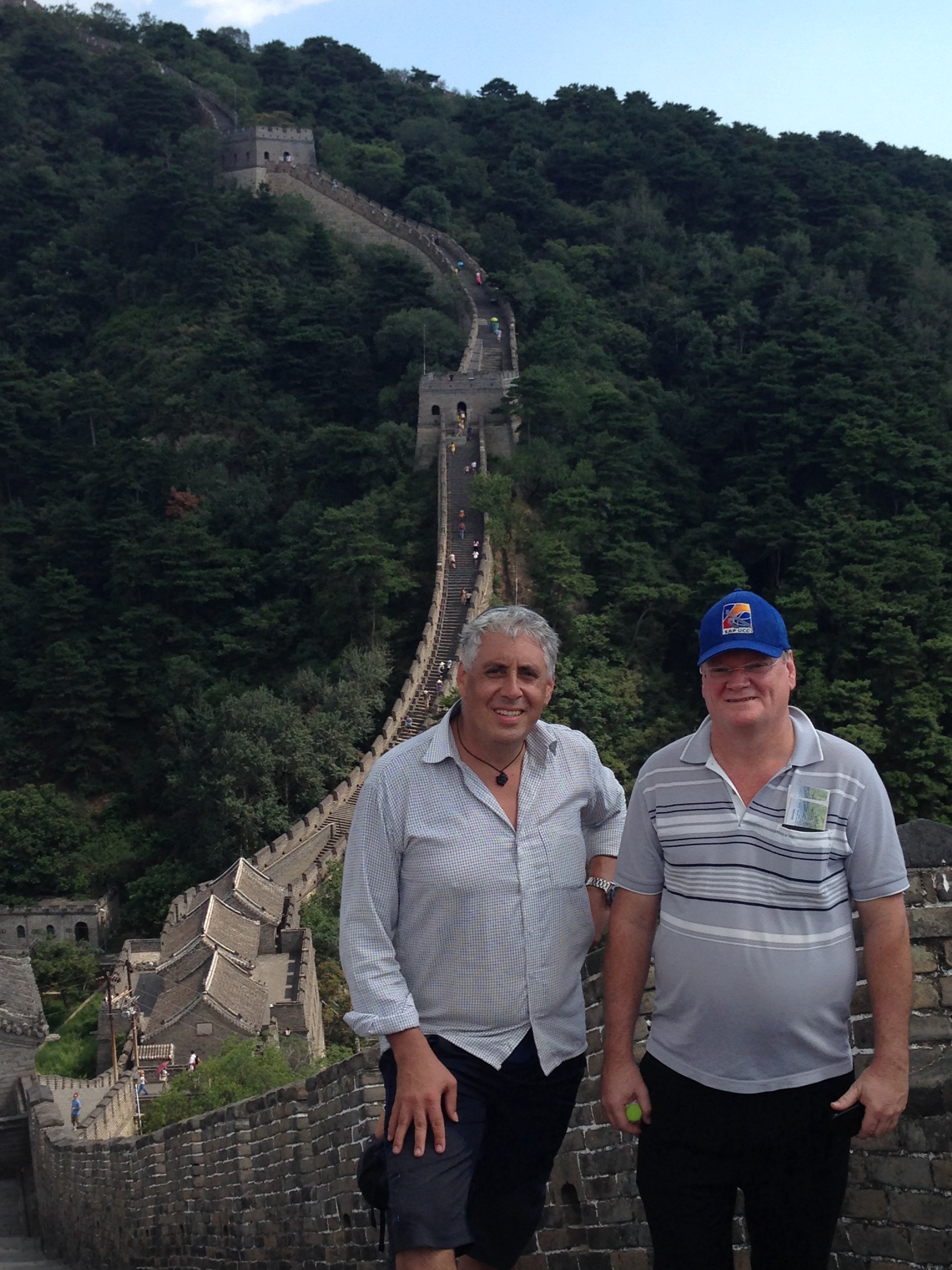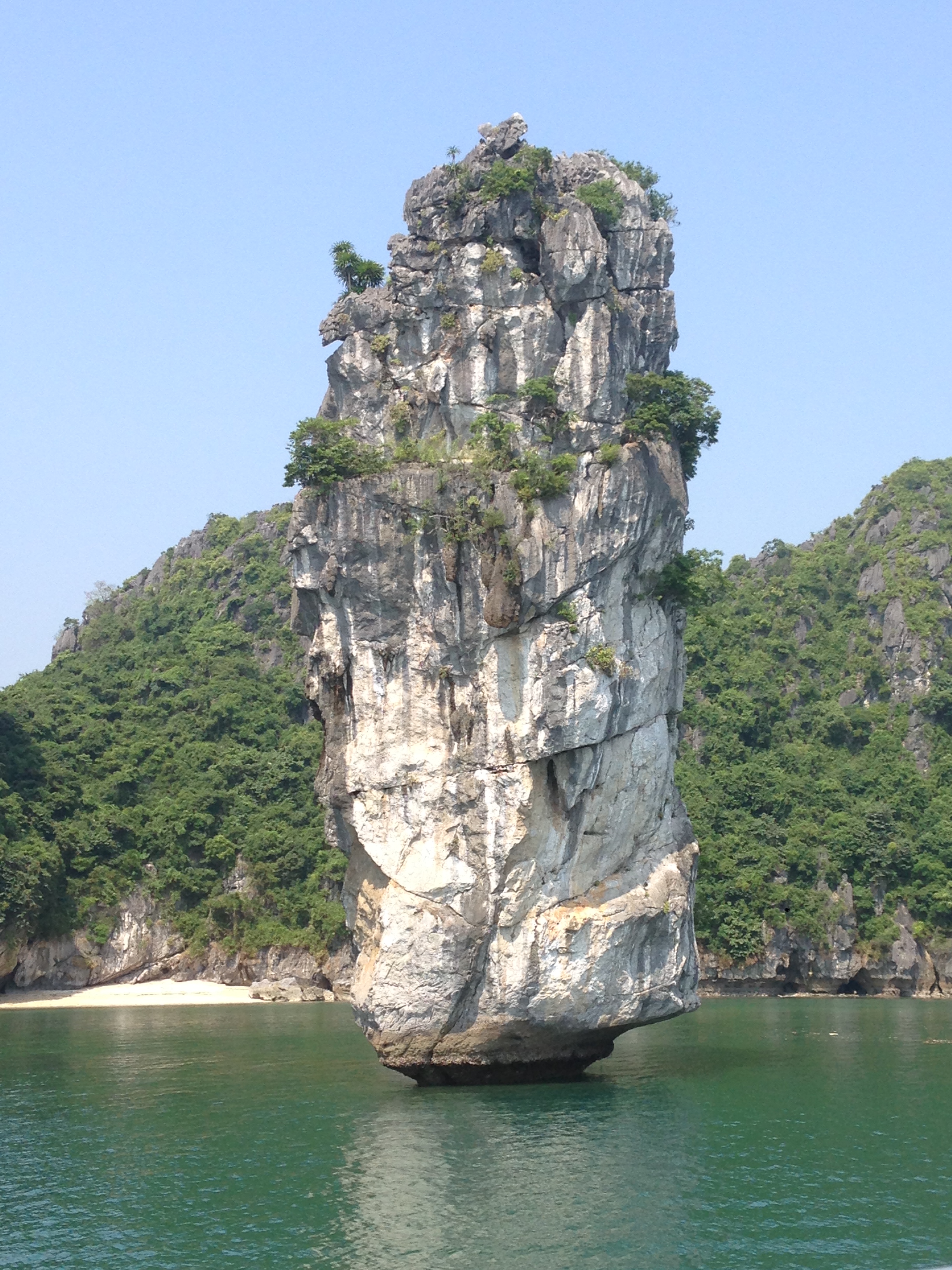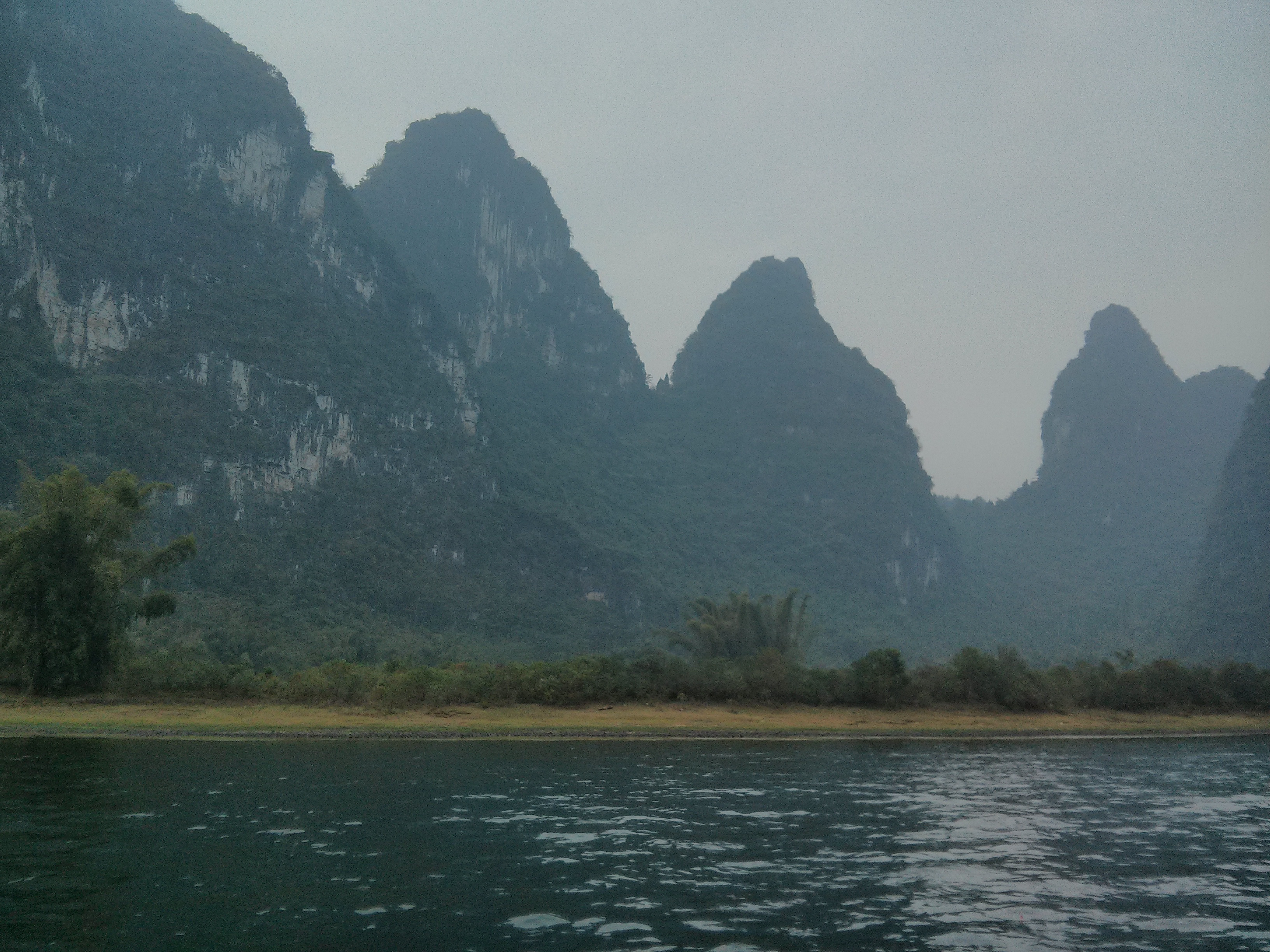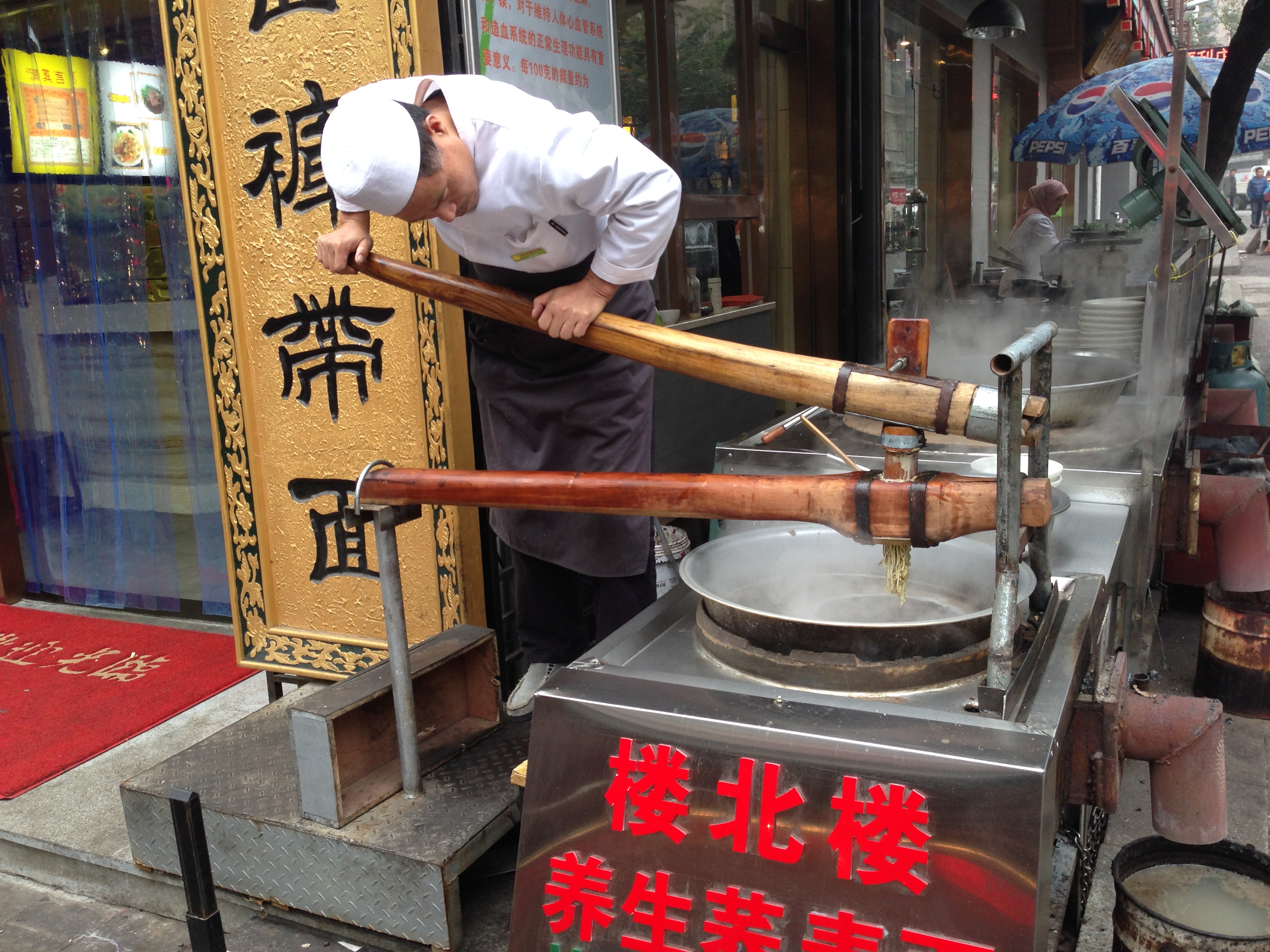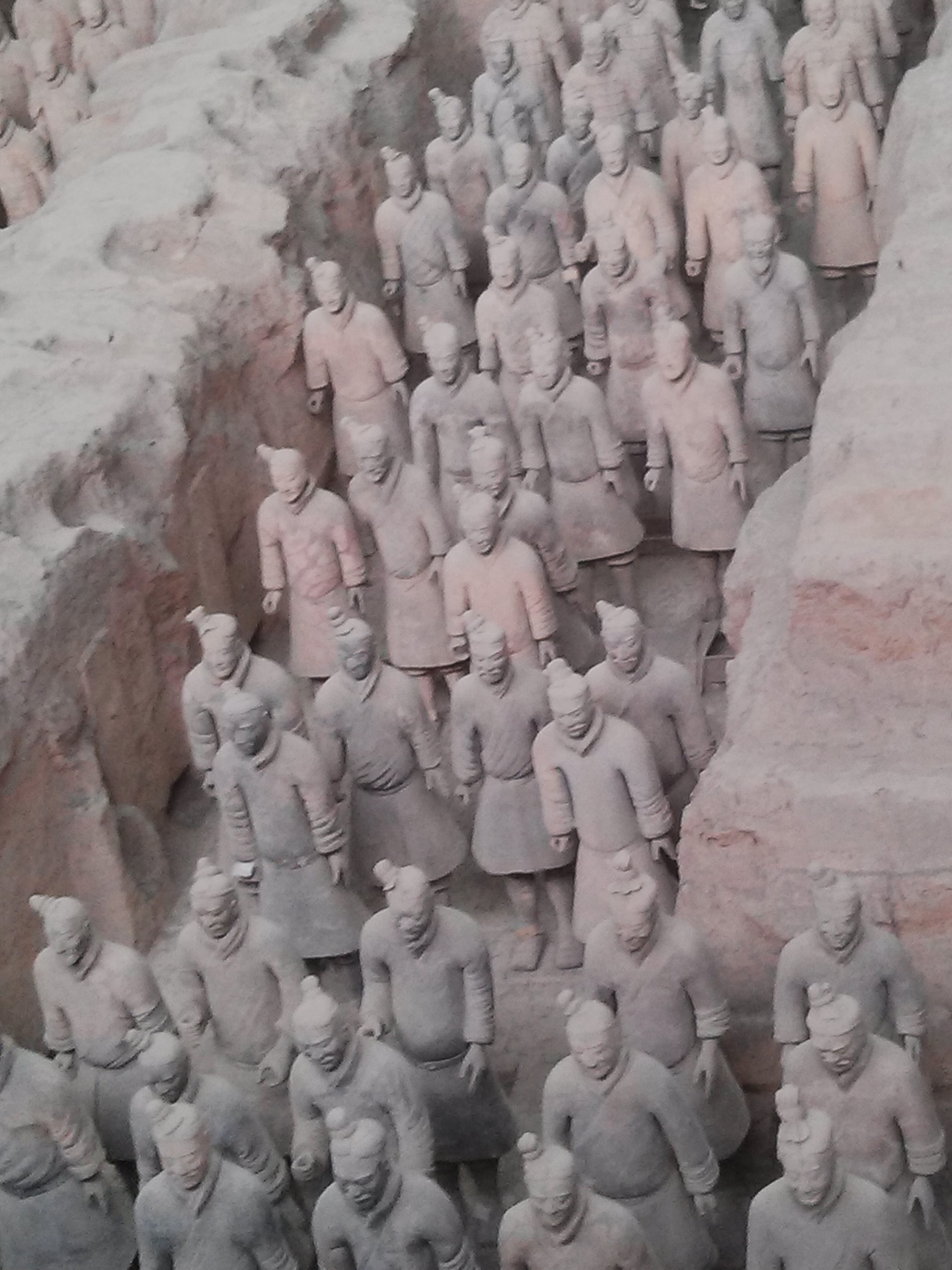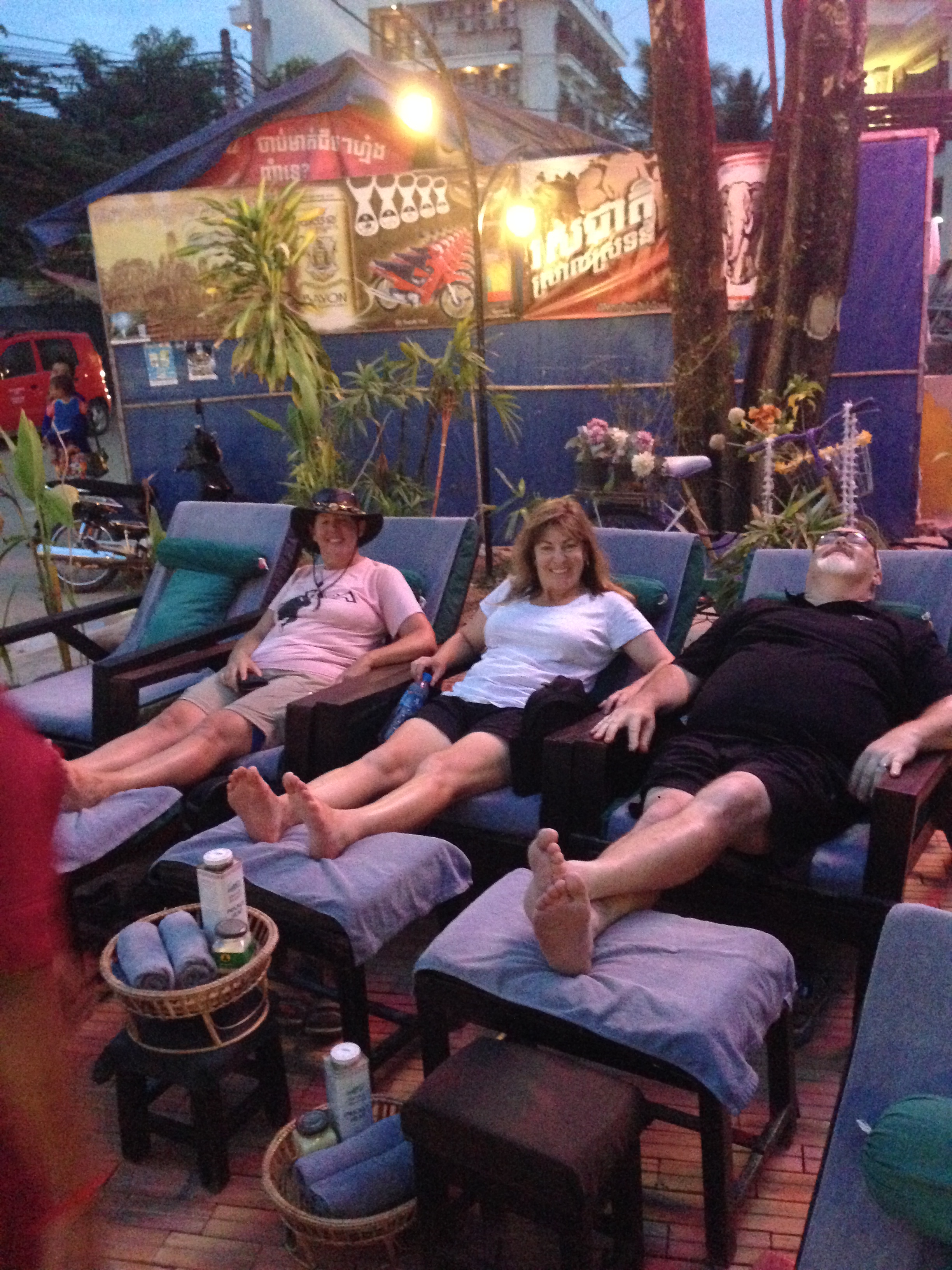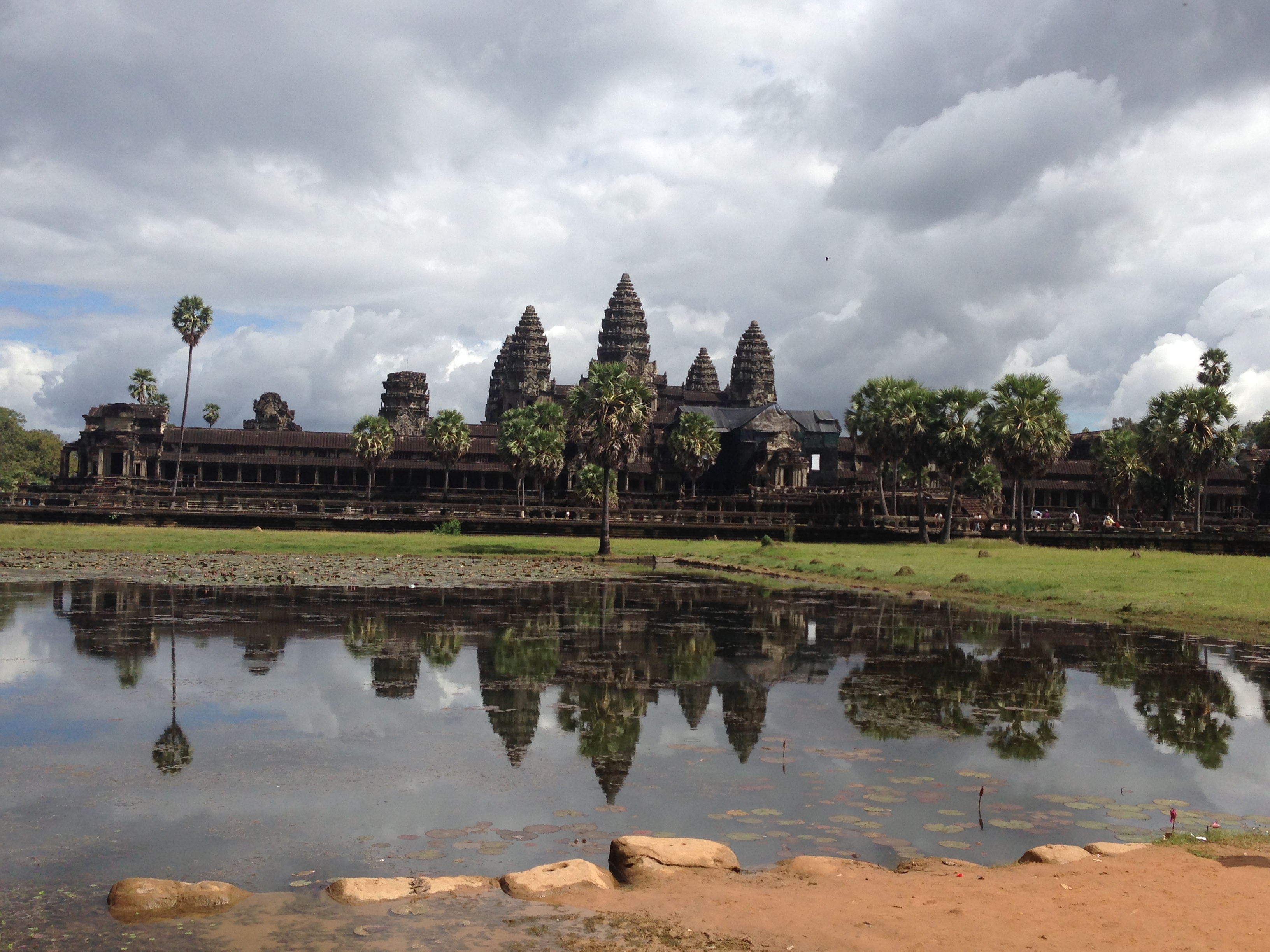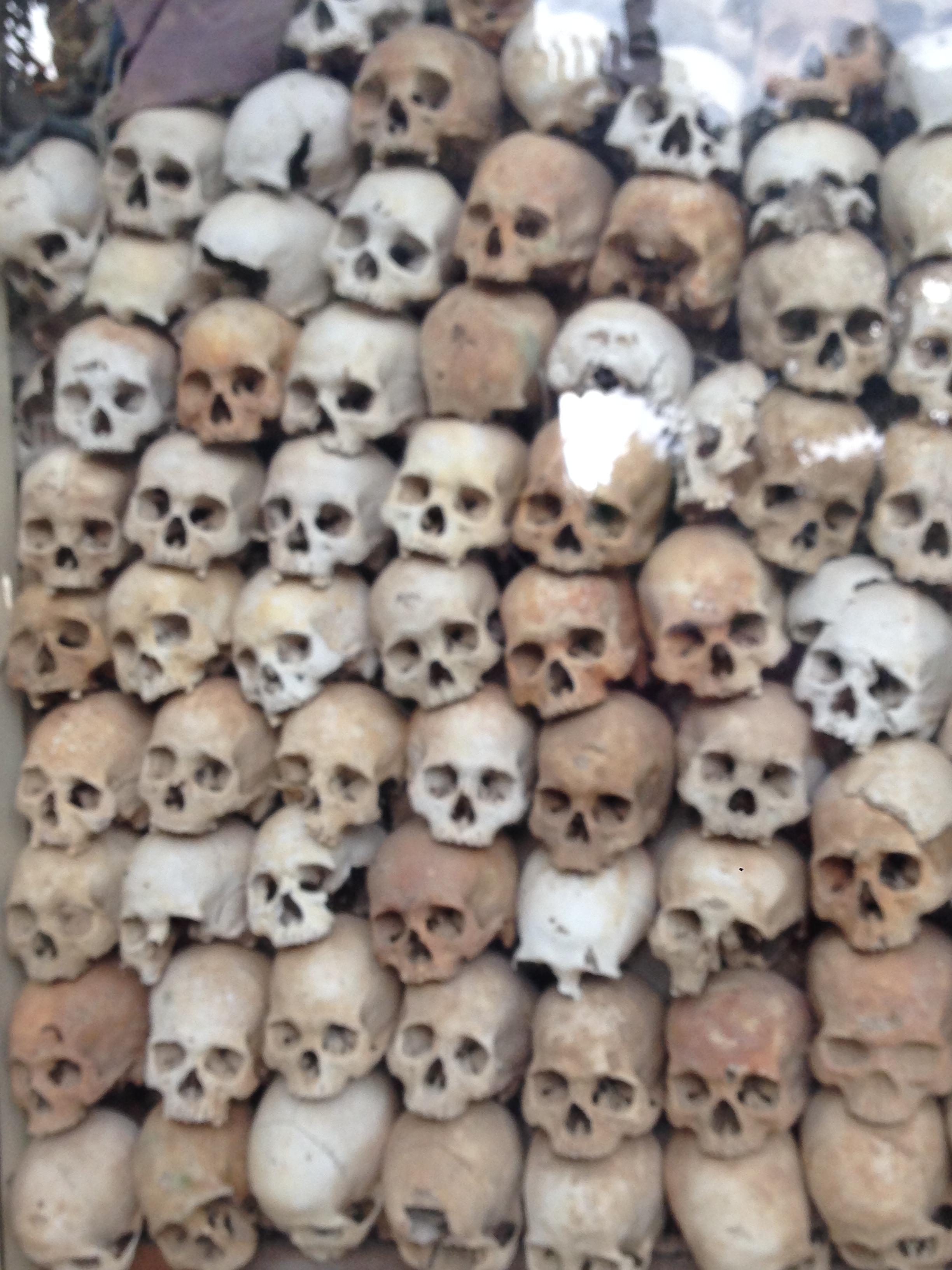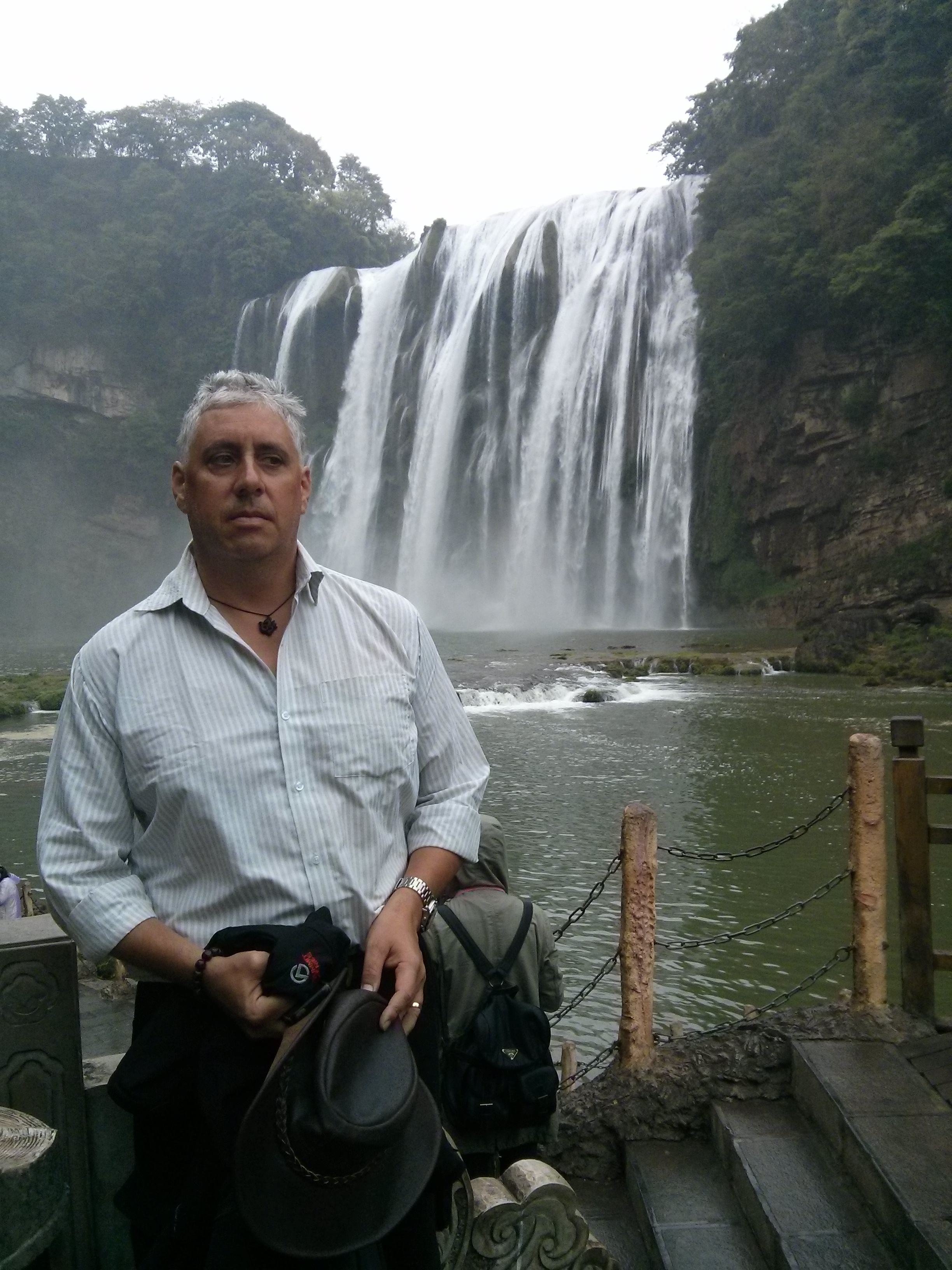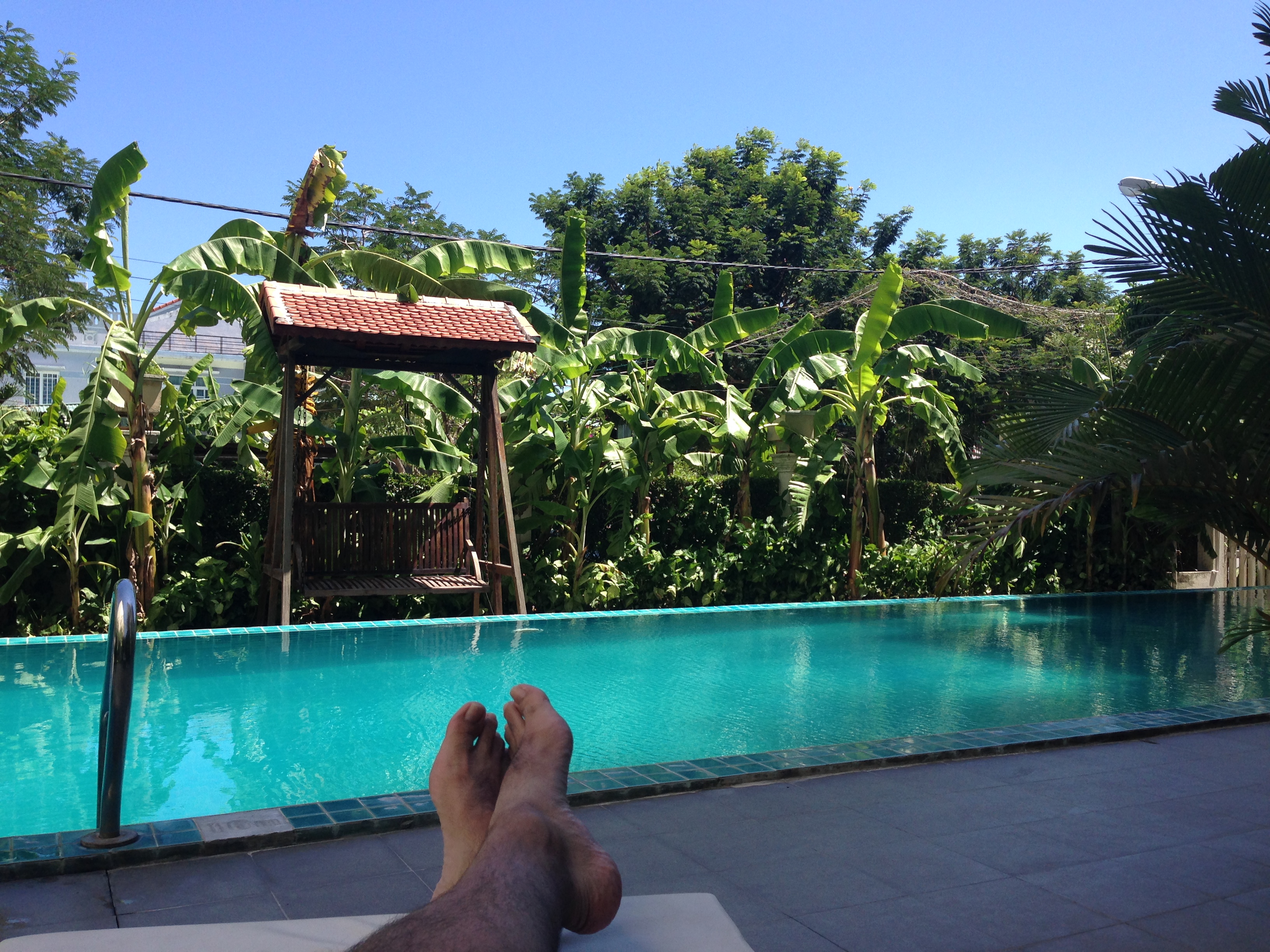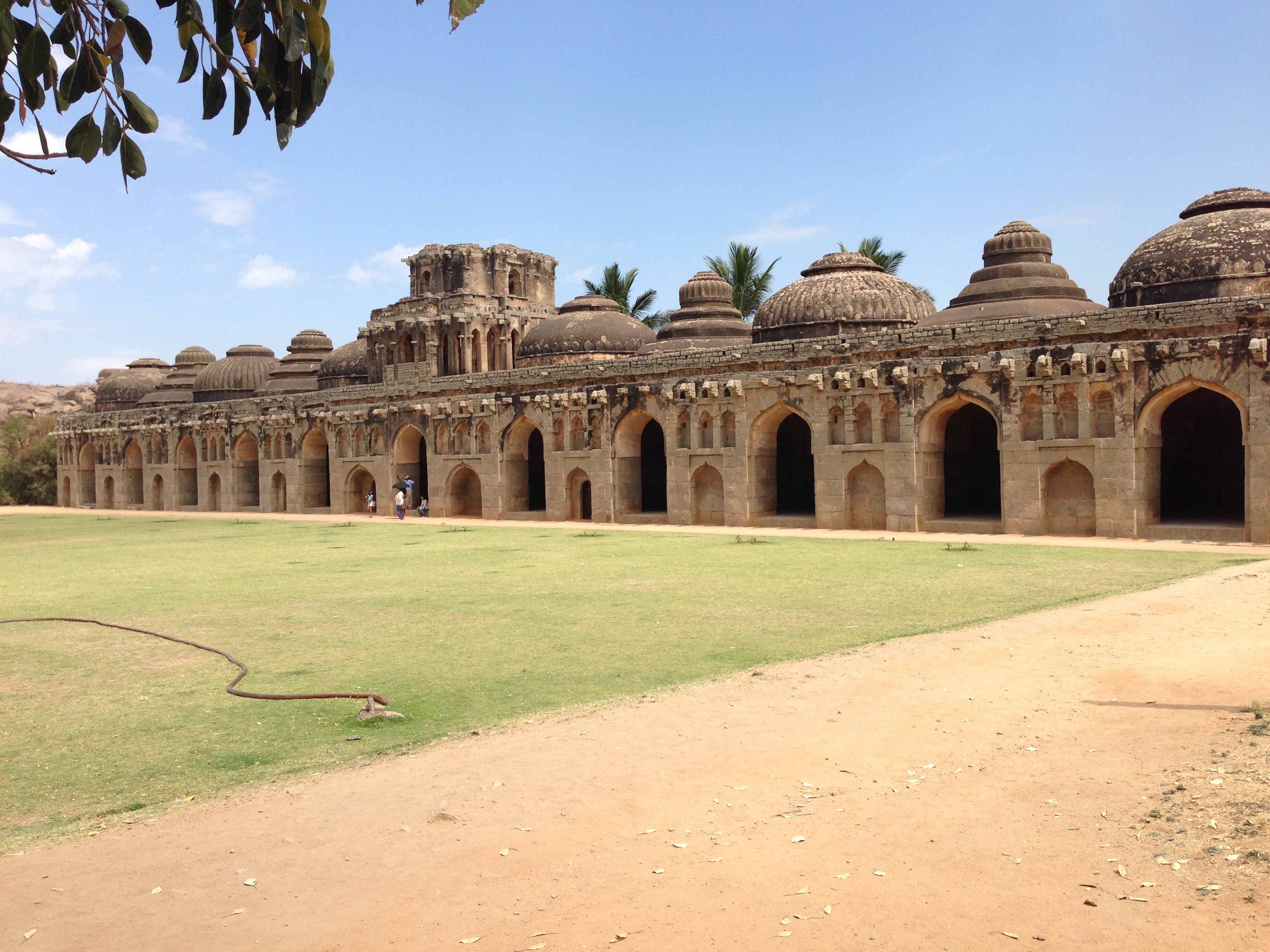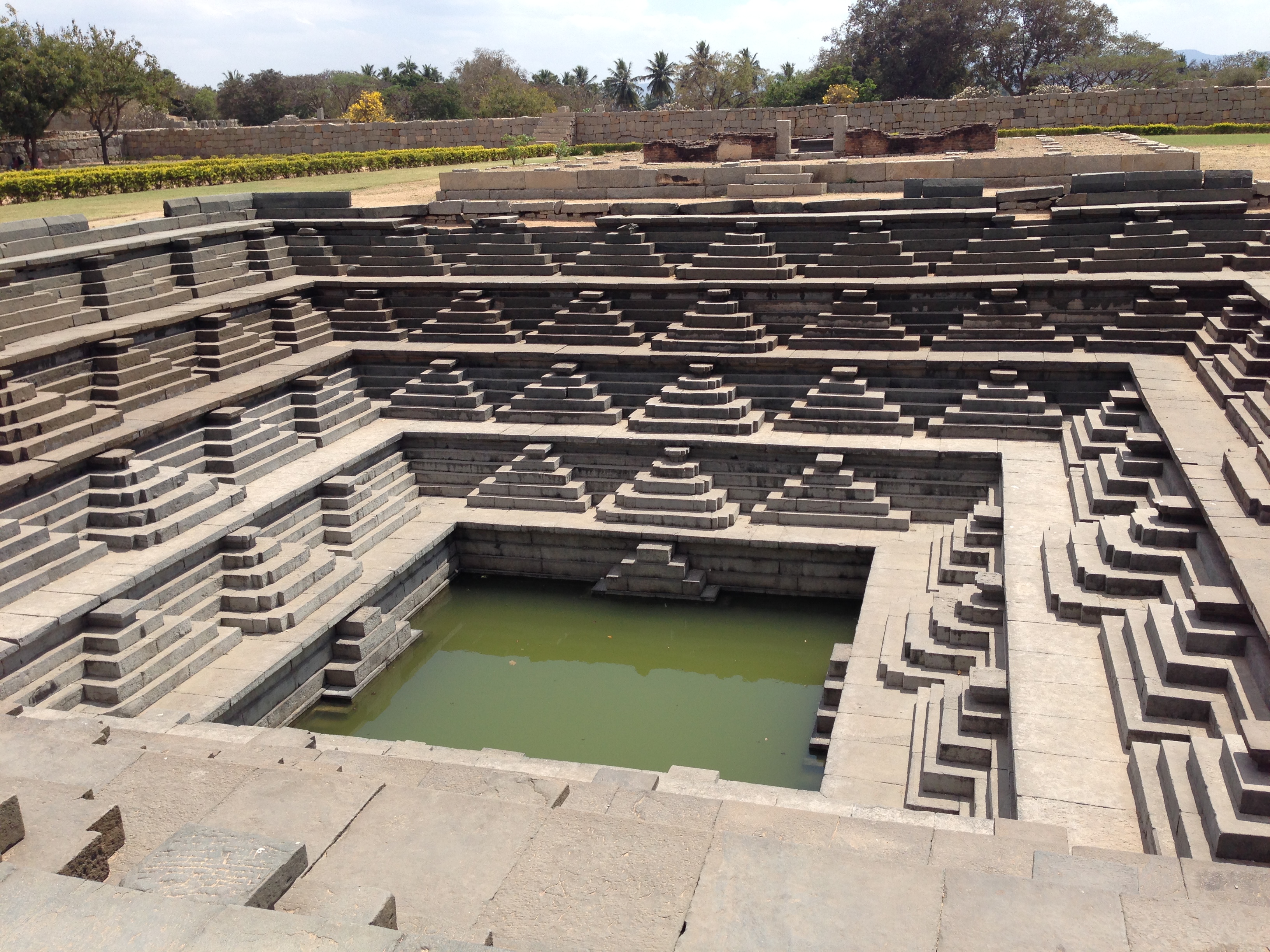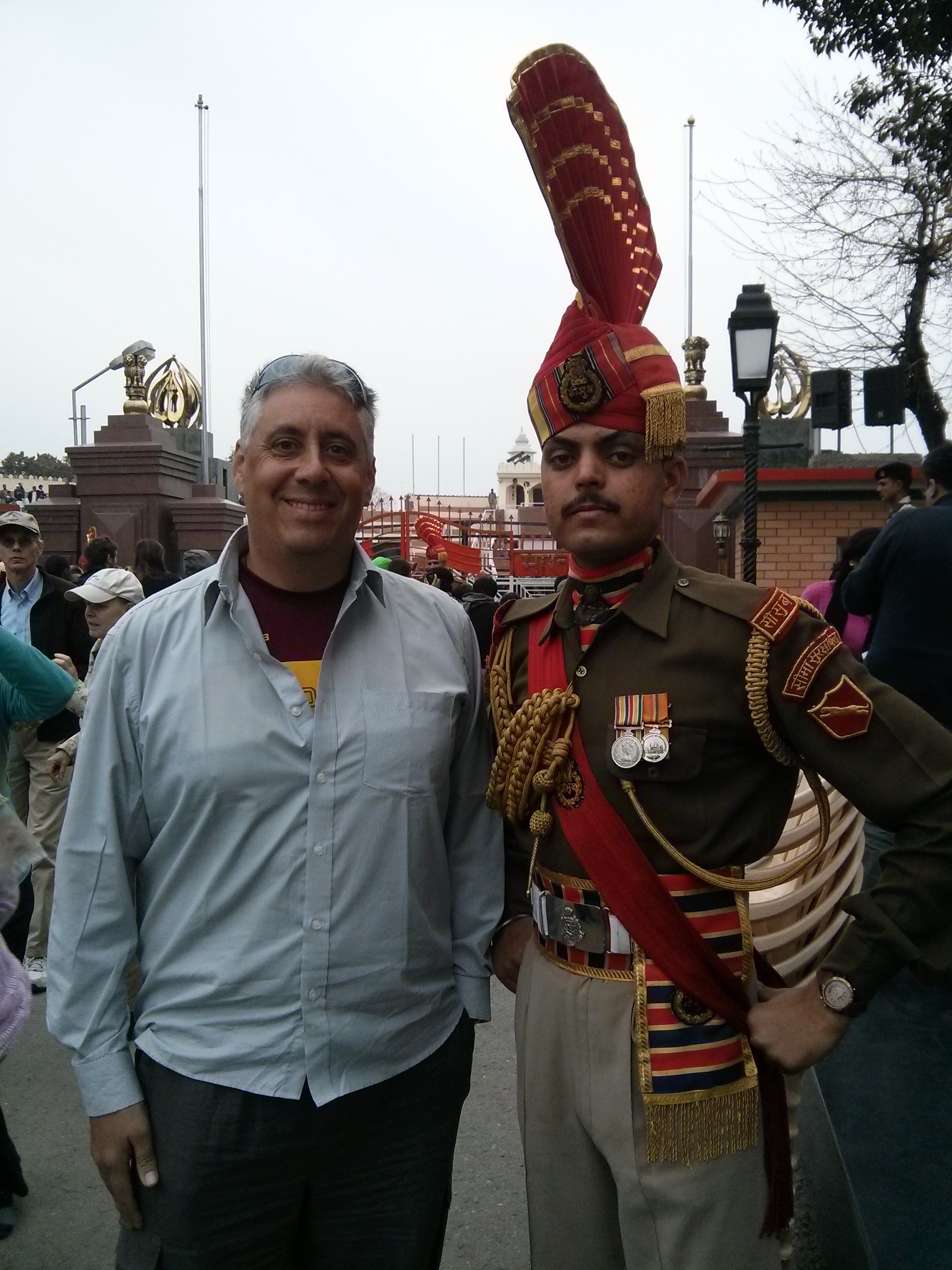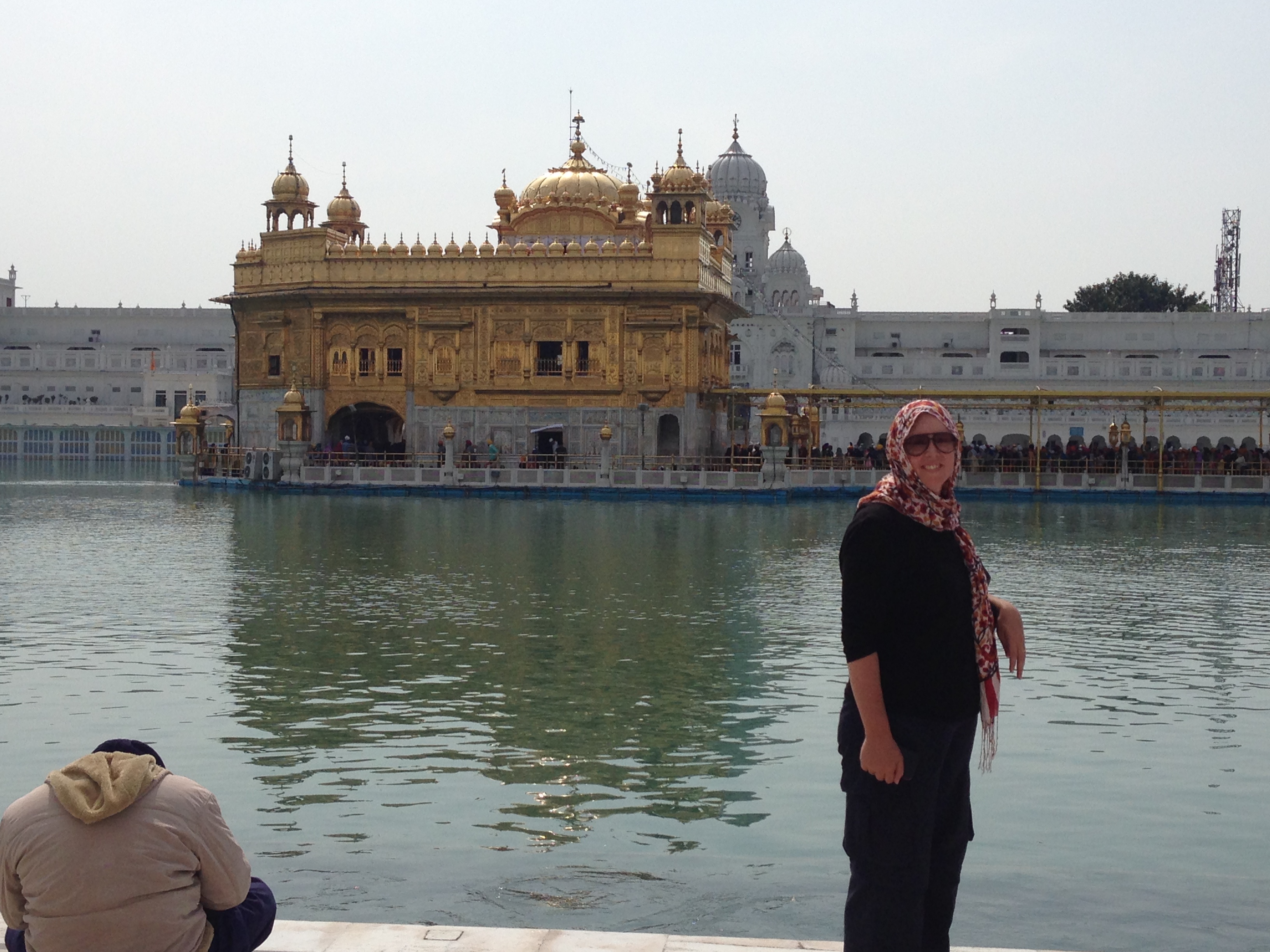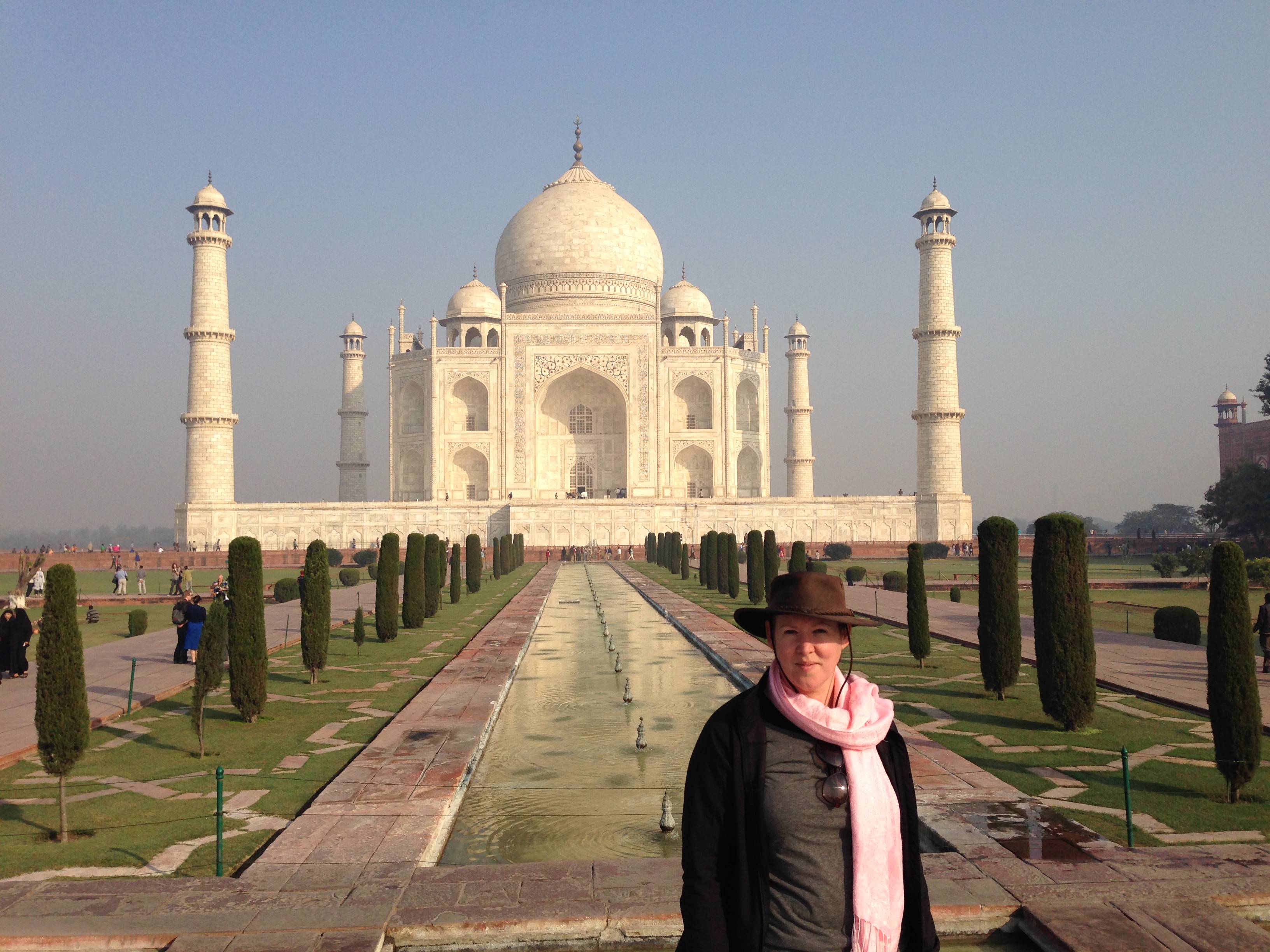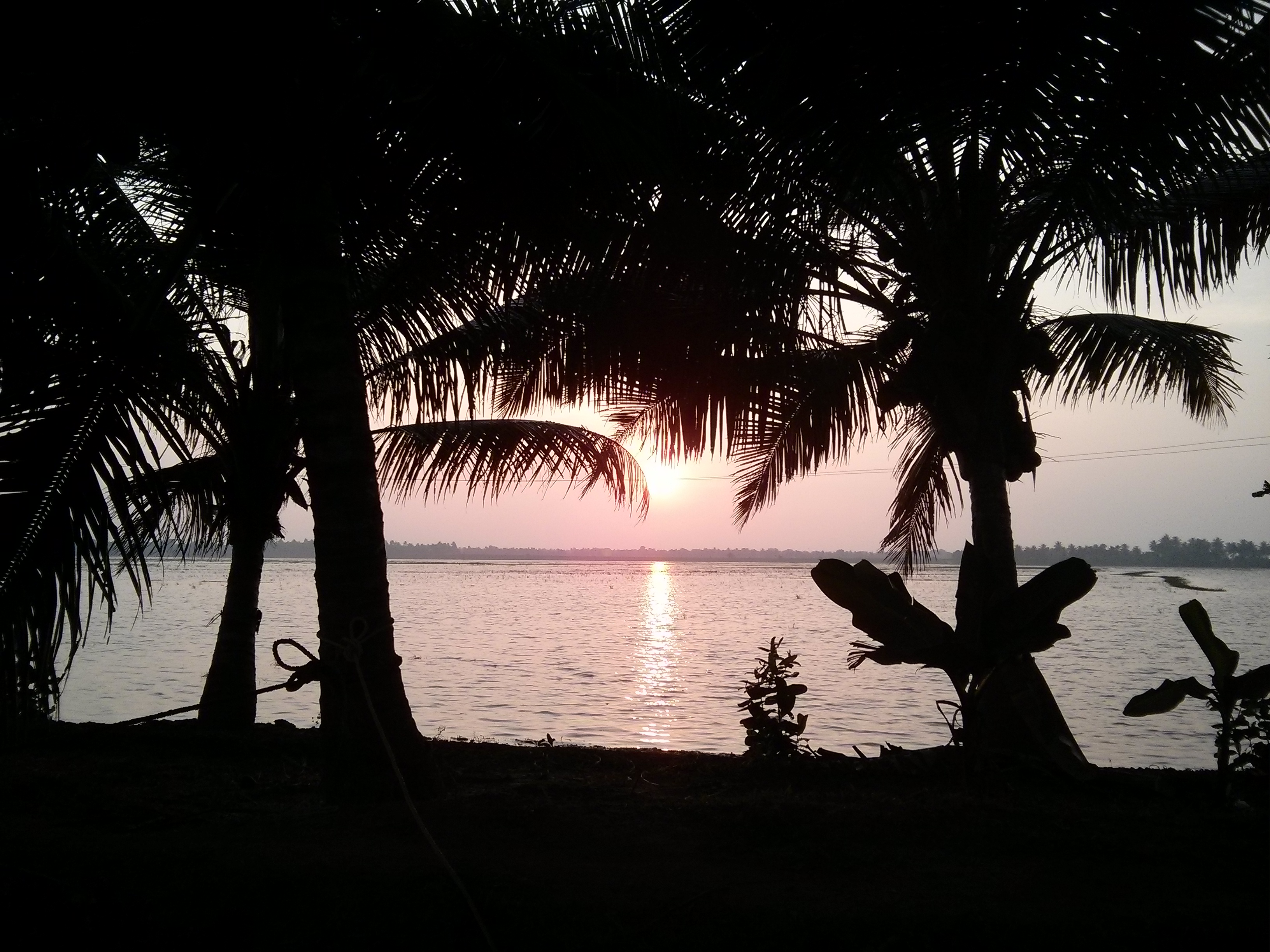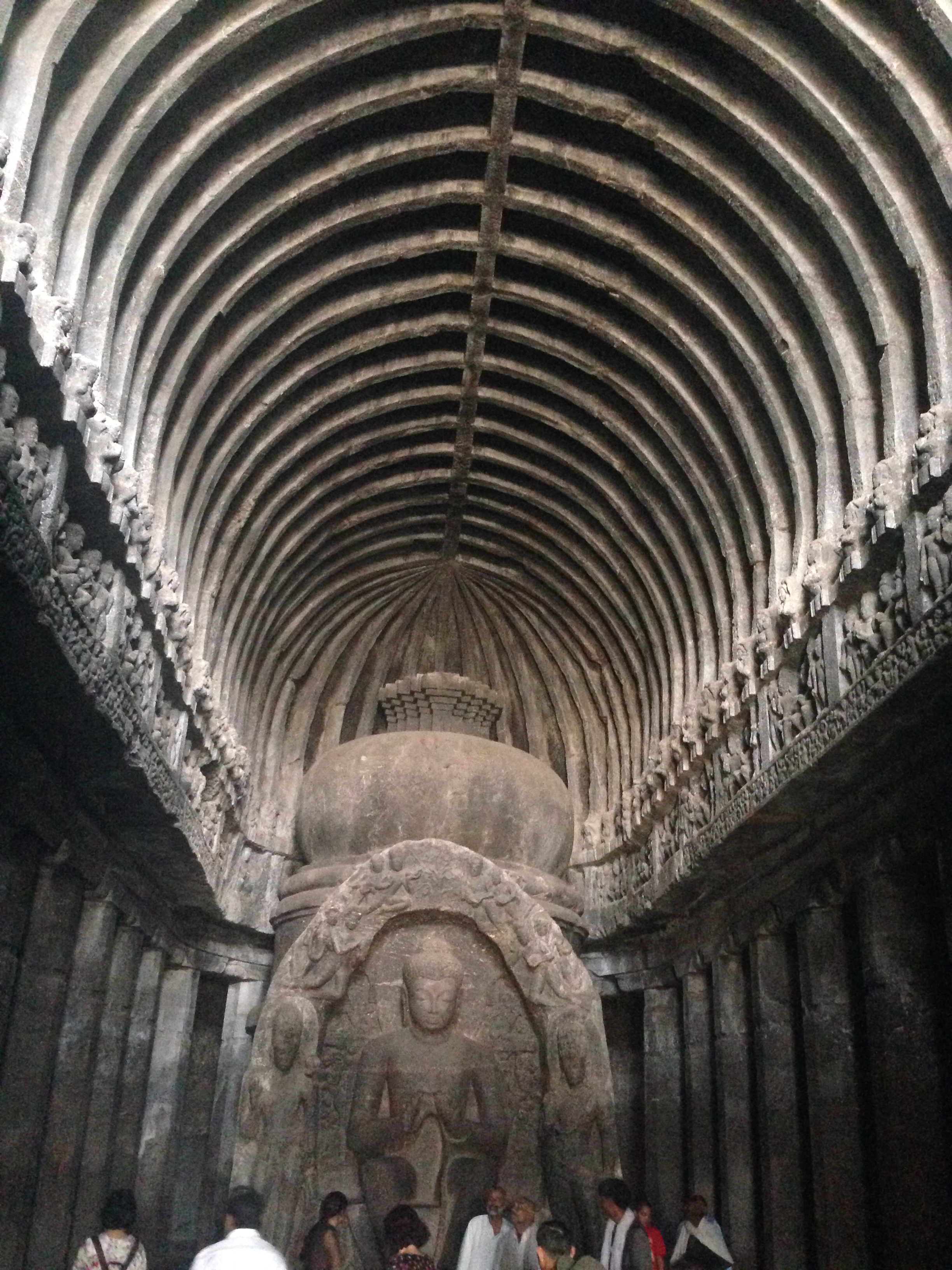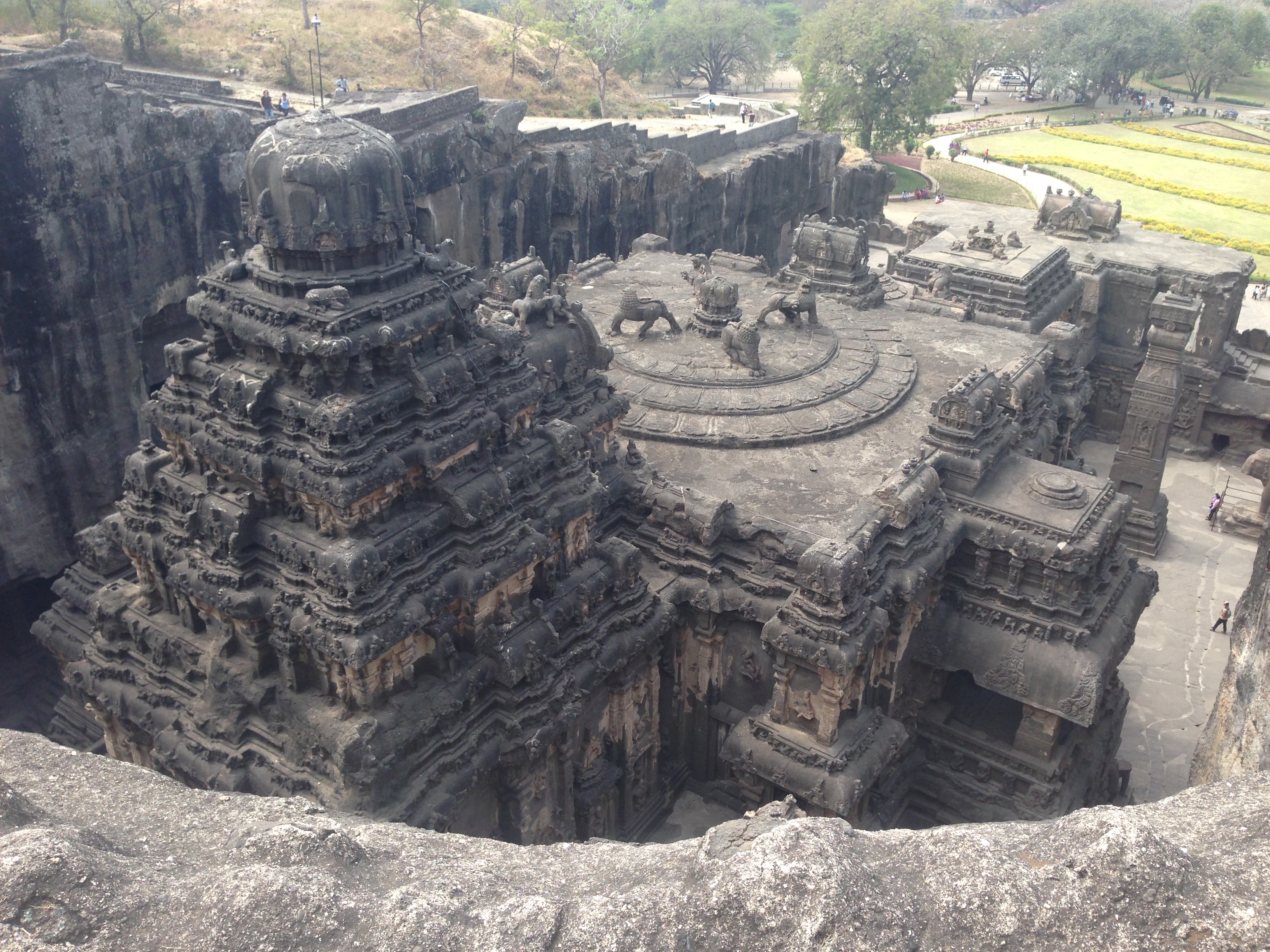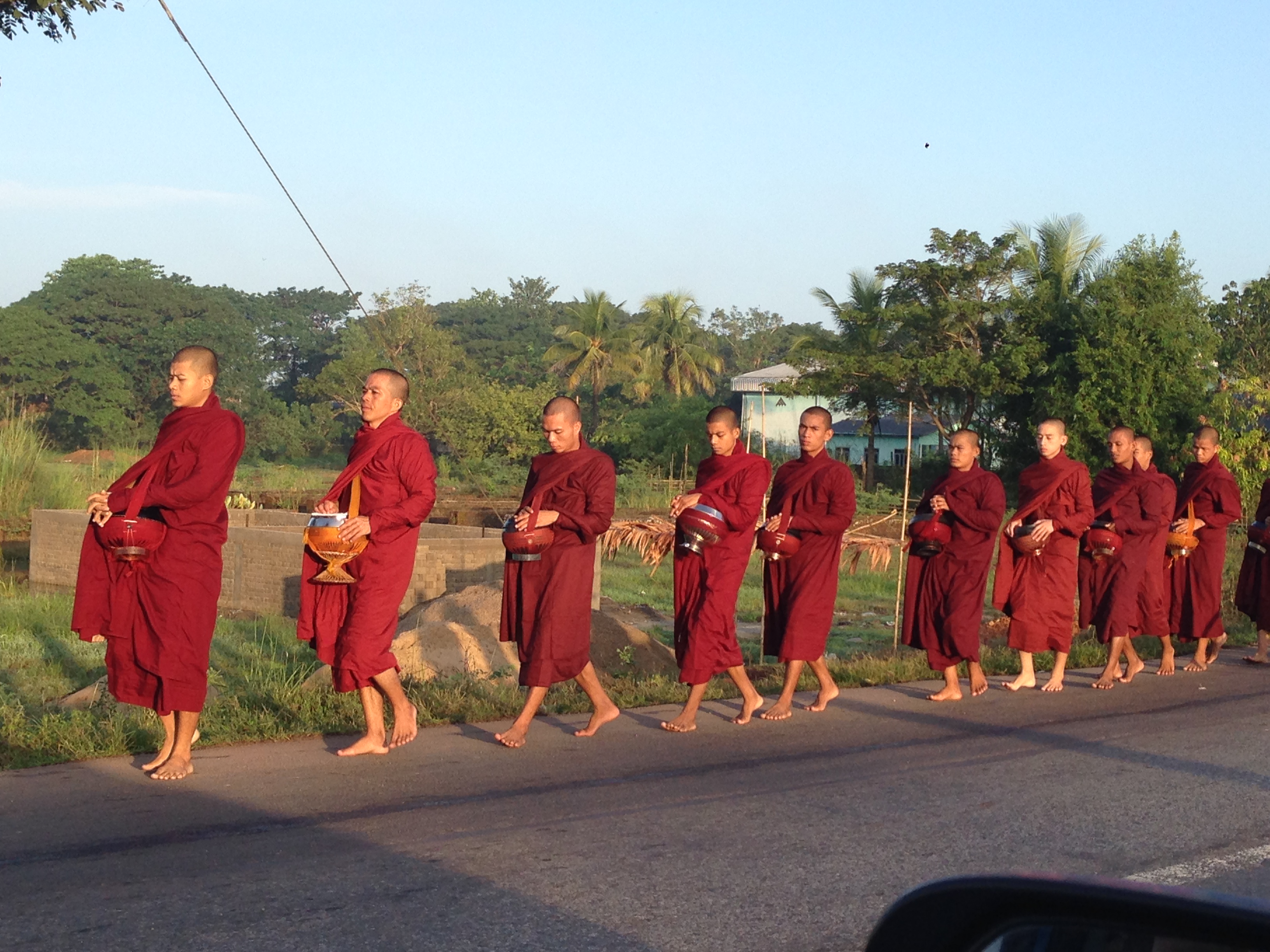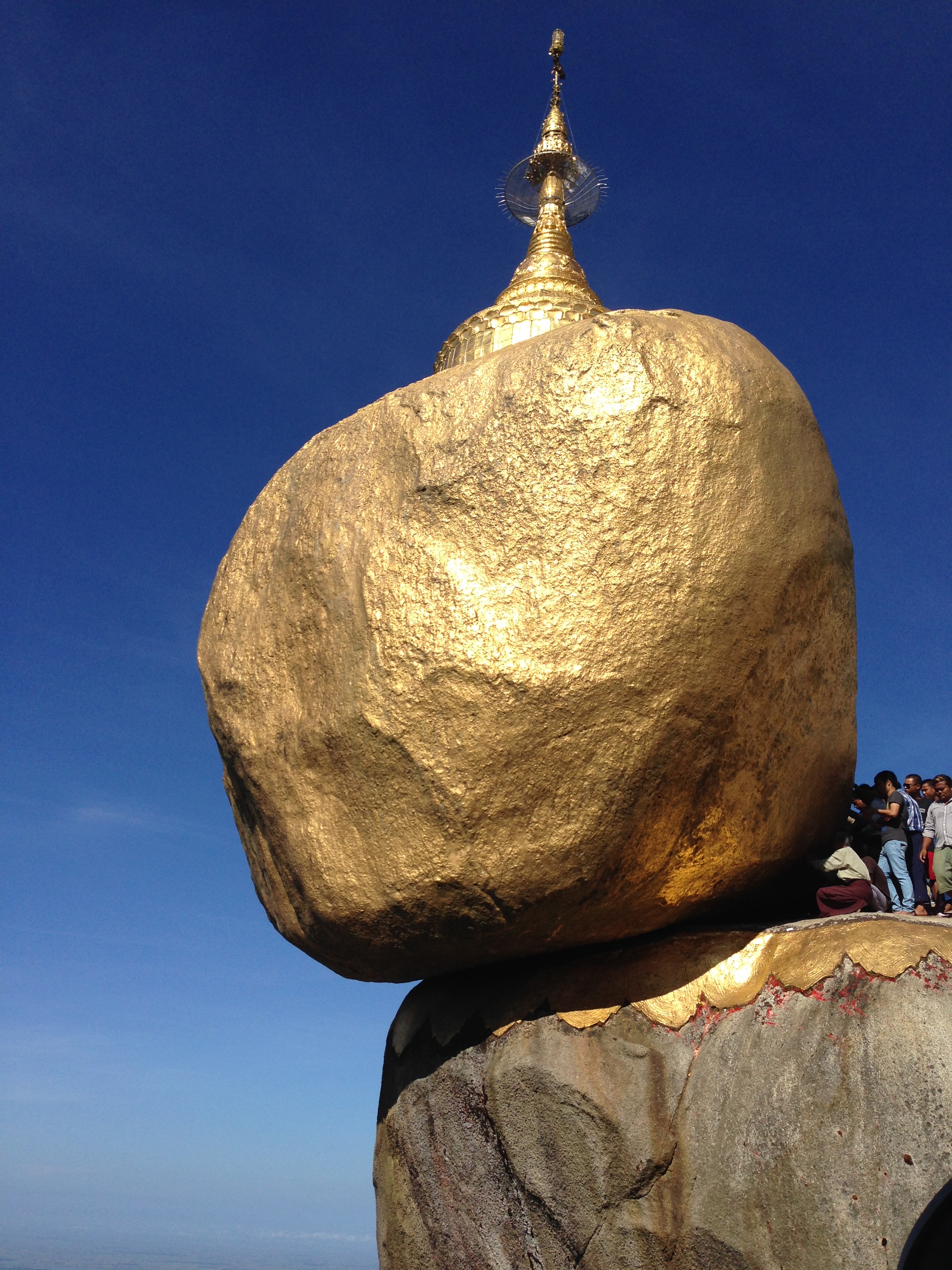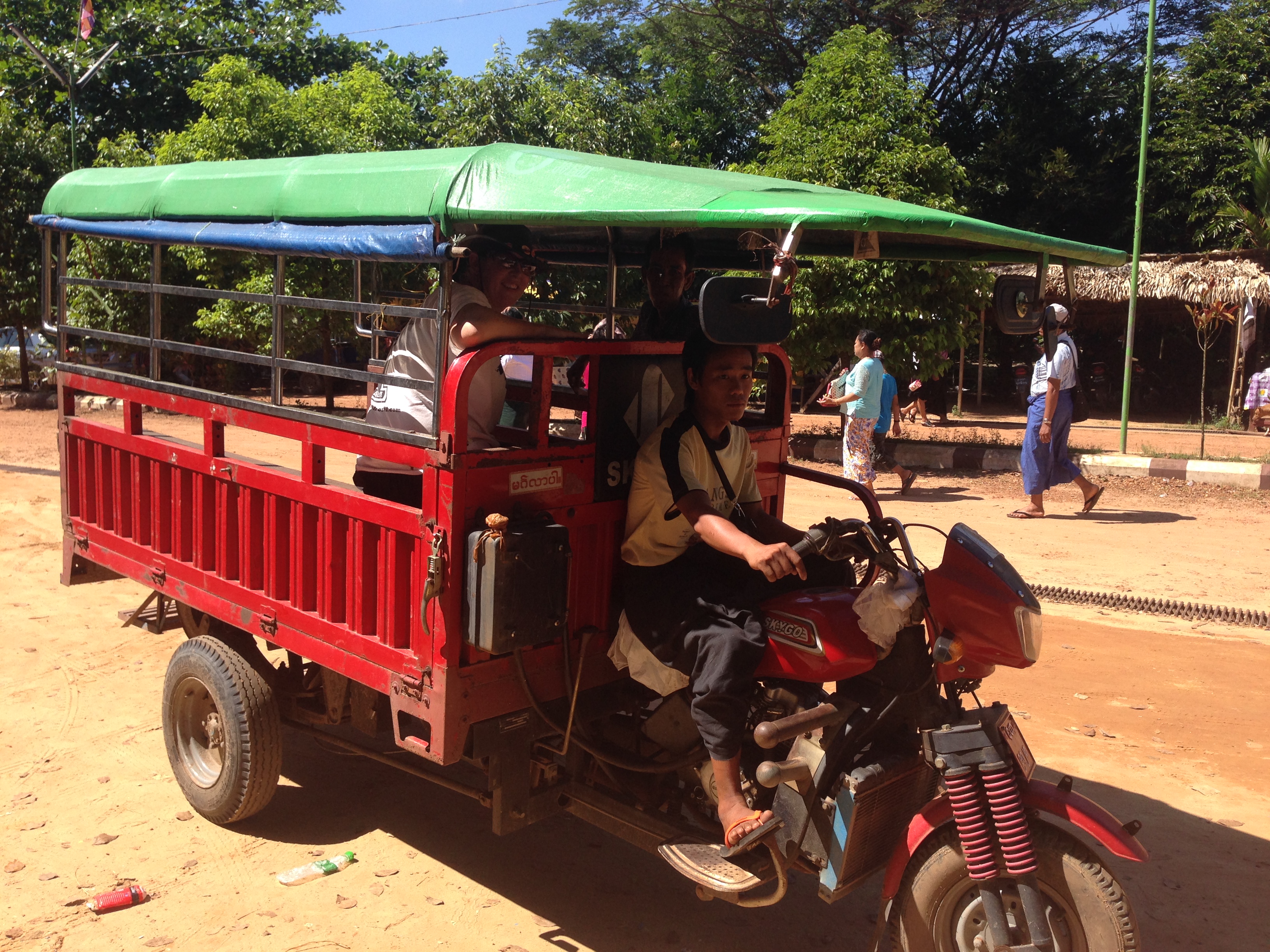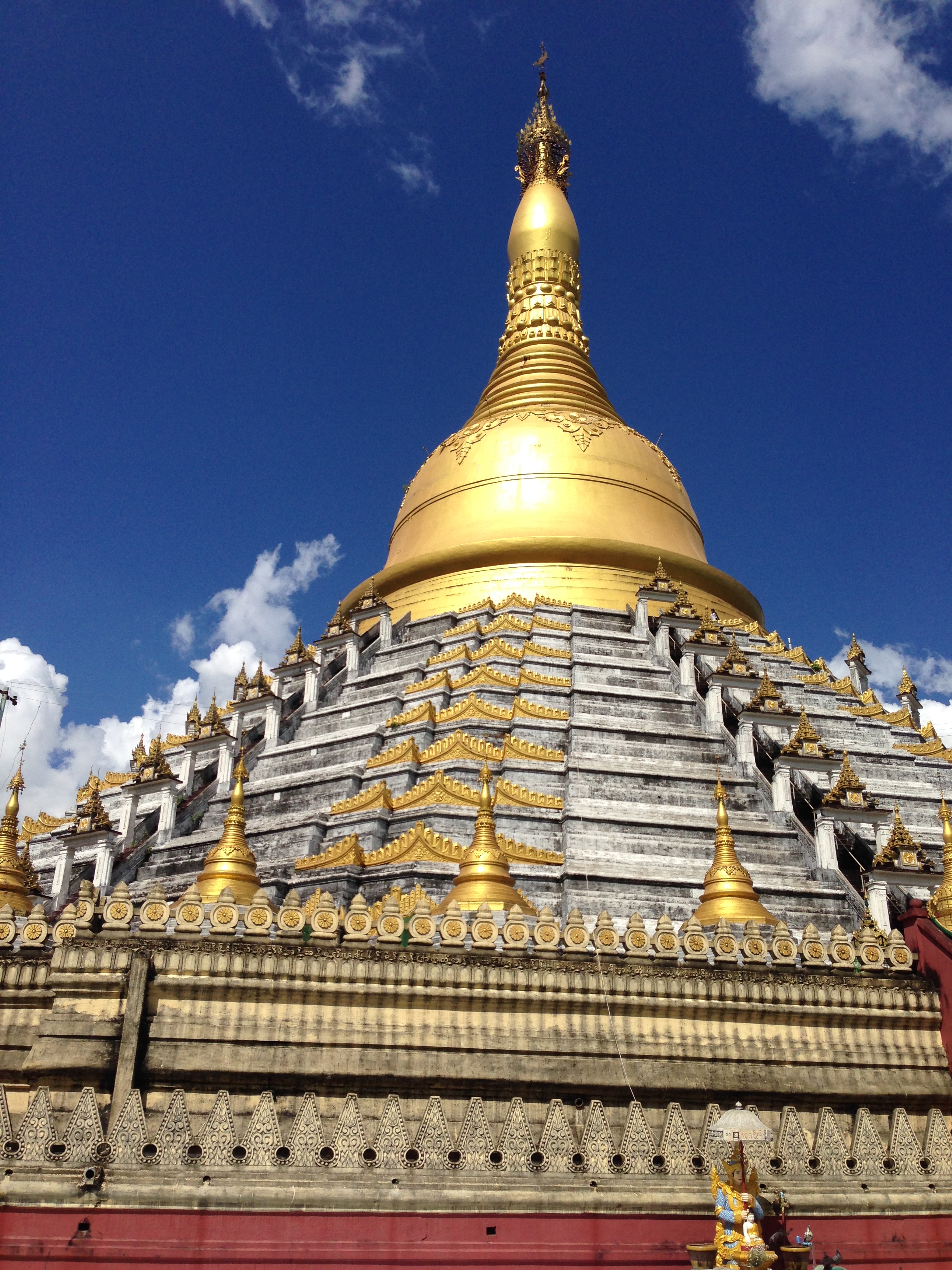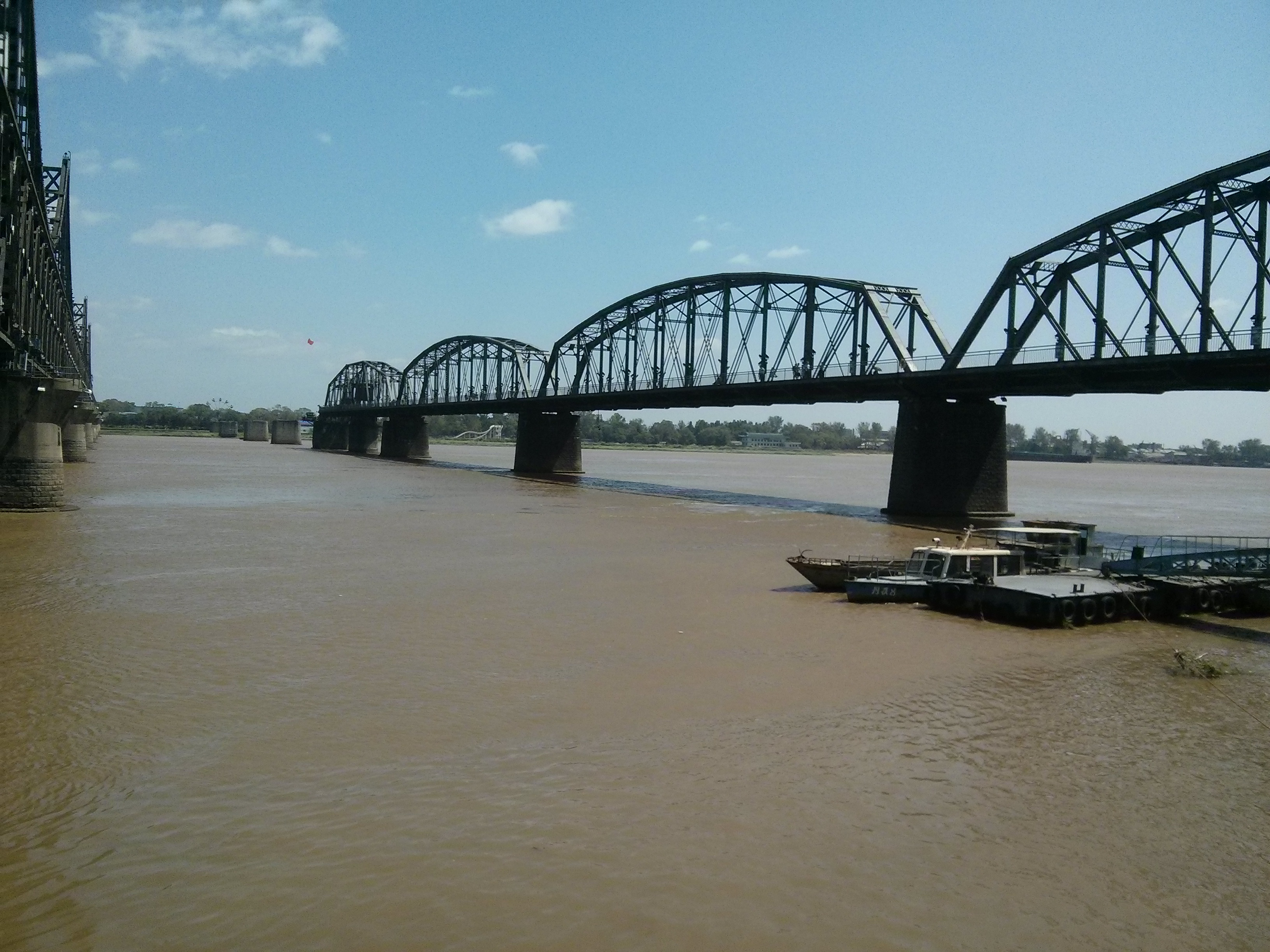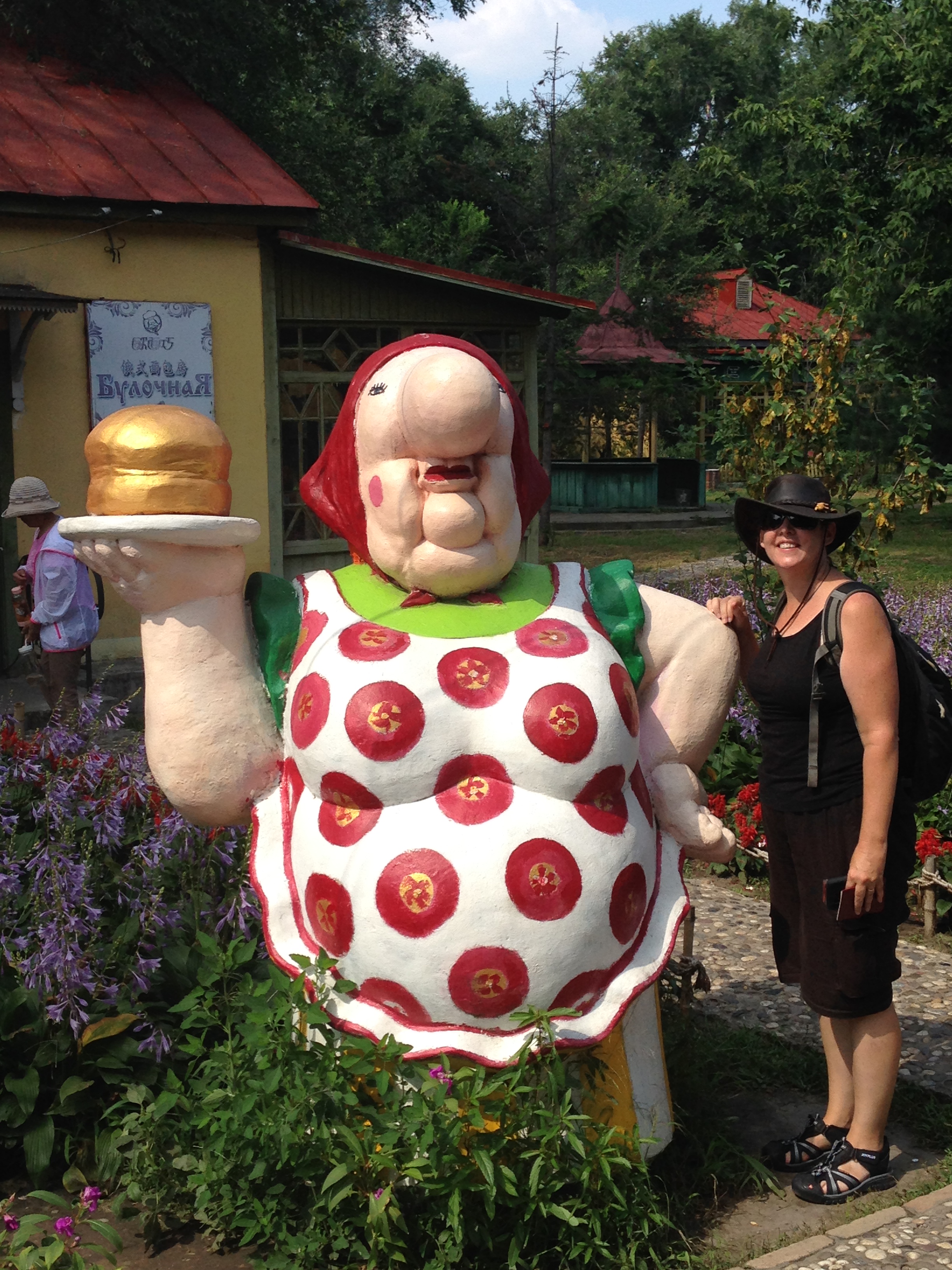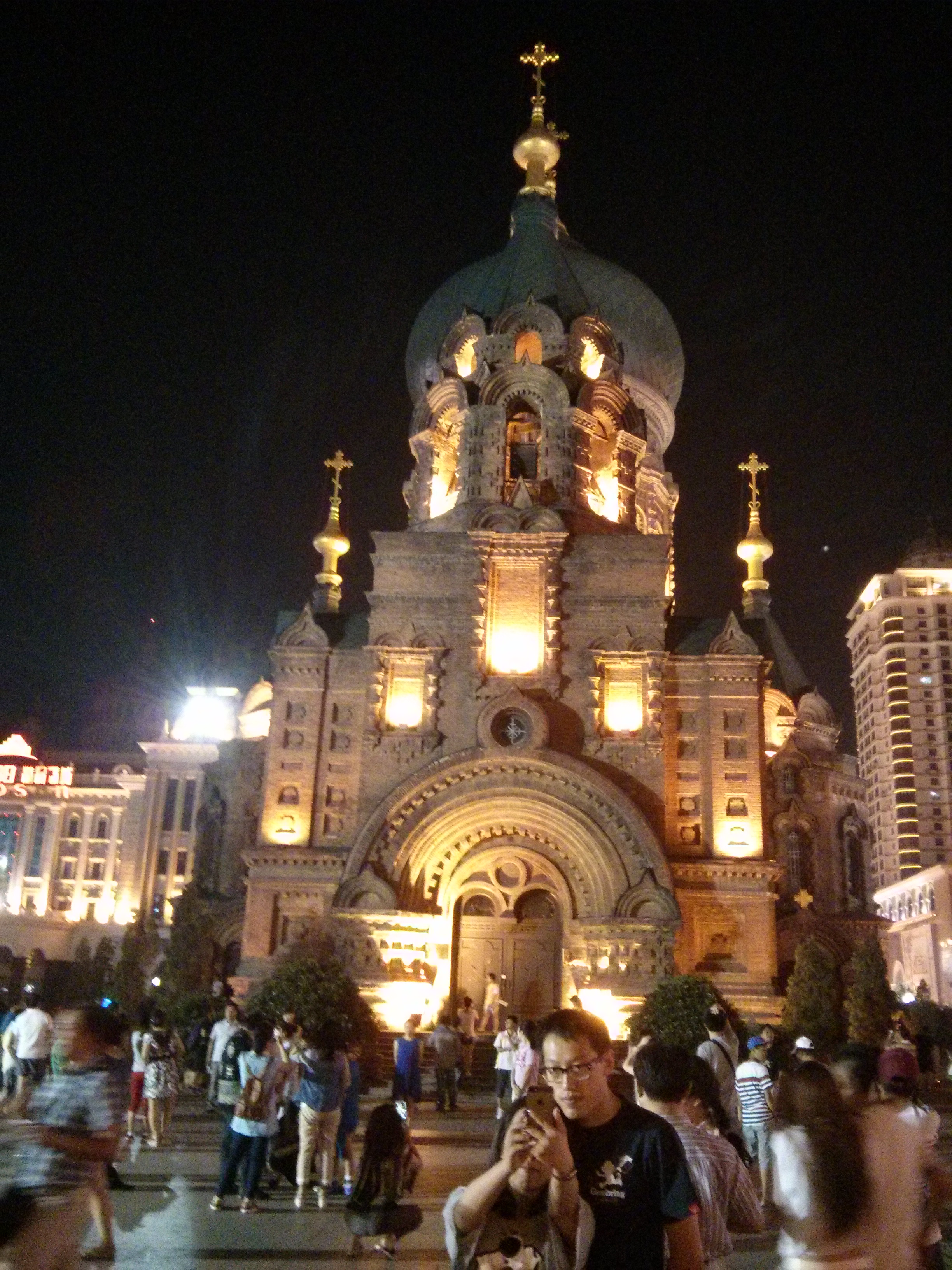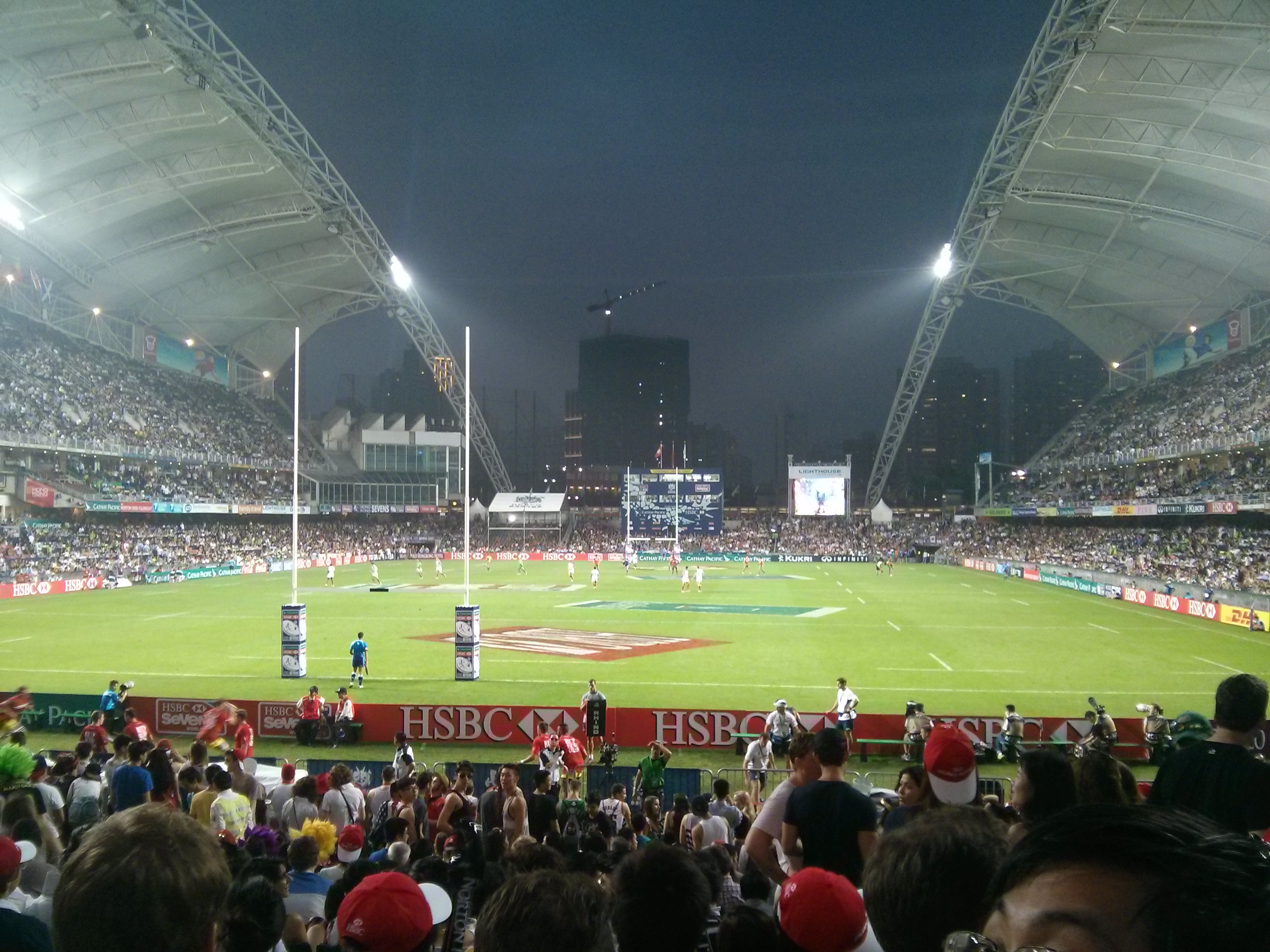Well, the 6th of December officially marks two full years since we left home and set off on this journey. There have of course been the obligatory pops home to tick the travel insurance requirements and an extended stay (3 weeks) to show off SE Qld to my cousin Jan (and his wife Suzanna) from Germany. But for the most part, we have been travelling the world constantly.
The aim of hitting 100 countries remains elusive, but we are still closing in on it, and it is almost in sight. Haiti will be the next country to add to our tally (in a few days).

So our first year saw us going to 56 countries and over 127 different cities and using 33 different currencies. We flew over 100,000 kilometres (on 44 flights with 19 airlines) or 2 and a half times around the planet’s circumference (not sure how far that is for flat earthers).
So what about in year two…
The first thing of note about our second year is that it had 367 days in it. The first reason for this was that it was a leap year, adding an extra day to our journey. The second anomaly was that we sailed eastward across the international date line, causing a groundhog situation where we relived the same day twice.

The next obvious thing is that there was a lot more cruising this time around. This was not originally intended but our year started going to Antarctica, which really can only be achieved by ship. The fact that we are becoming high-level (frequent fliers if you will) on a cruise line means that the inclusions and perks make them very cost-effective (we get free laundry and a few drinks). At the highest level, the perks are considerable. So the idea of ticking up as many cruising days as possible makes sense (especially considering that every now and then the casinos on board offer some free cruises).
To say that cruises can vary widely is an understatement. But if you are not extravagant and do not seek the newest of the ships and the flashiest of rooms and the elite destinations, it is possible to get a cruise for (slightly) under $100 per person per night. Which, when you consider the costs of transportation, accommodation, food and beverages and entertainment is often much cheaper than you could do it individually. Especially in places like the Caribbean where there are no effective inter-island ferries and plane travel can be prohibitive.
So what did we get up to…

Our second year started on the Ultimate World Cruise in Rio de Janeiro, Brazil, climbing the peaks, hanging with Christ the Redeemer and taking in the famous beaches. Being New Year’s Eve the place was a blur of activities as people prepared for the upcoming evening festivities.


Due to the crime levels in Rio, the decision was made that we all watch the show from the ship, rather than the original plan of having us all on the ground on Copacabana Beach. In hindsight probably a pretty smart move. The New Year fireworks show was phenomenal and a good time was had by all.

From Brazil we kept heading south with a stop in Uruguay (Montevideo) and what would be one of many stops into Buenos Aires (Argentina). Now I absolutely fell in love with Argentina. For a country in so much financial turmoil, it really is one of the hidden gems of the planet. Once one of the richest nations in the world, financial mismanagement, political instability and a military junta have left it broke.


But all of the trappings of a once wealthy nation exist. The streets are wide, the buildings are both beautiful and imposing, the culinary scene is incredible and the people are friendly and welcoming. Leaving the Argentinian capital we got to sample the beach life in Puerto Madryn, Tierra del Fuego, and a special treat was to hang out in Ushuaia, the most southerly city on the planet.



But in between Puerto Madryn and Ushuaia we went even further south and into Antarctica and spent the better part of a week bobbing about on the ocean. This had us staring at whales (of so many different varieties) seals and penguins while watching amazing Antarctic landscapes fade in and out of view. Looking out the window and seeing walls of rock and ice cannot be adequately described.







We managed to take in the crossing of Drakes Passage and down into the Gerlache Strait, to the South Shetland islands, past King George Island and a bunch of Antarctic exploration stations.
Into Dalhan Bay then further down into Paradise Bay and a check out of Elephant Island on the way out.
To say that this is a once-in-a-lifetime adventure is absolutely true.
While we would both love to do it again, the likelihood is very low. But both of us feel privileged to have had the opportunity.
A true bucket list item.

While bouncing around at the bottom of the world saw some serious stuff and made attempts to see some of the other stuff around us, but extreme weather foiled even the best of plans. This saw us missing out on the Falkland Islands (even though we got close enough to stare at them) and Punta Arenas. Our way out of Ushuaia saw us having another couple of days cruising the Straits of Magellan past the Chilean Fjords, more walls of snow, rock and ice.
We hopped off the ship at Valparaiso in Chile and got to experience our first real earthquake (5.0 magnitude). Scooting away from the earthquake we headed back to Santiago (where we had come for my 50th) and made plans to head back into Brazil and Argentina to see the Iguazu Falls. If Antarctica was a true bucket lister, then this absolutely fits the same category.

We hit both sides (Argentina and Brazil) of the falls, riding boats, getting soaked by the waters and generally just enjoying the experience. From here it was back to Buenos Aires for our first international riot (in front of our accommodation) before heading off to Paraguay (Asuncion) and then Bolivia (Santa Cruz de la Sierra, Samaipata).
Costa Rica was next with some time spent at a sloth sanctuary, a banana plantation and more importantly bobbing along the inland canals (local water highways) checking out the wildlife.
After Costa Rica it was off to the murder capital of Panama, where we (kinda) got to see the canal and saw actual vultures acting as bin chickens.

Leaving South America we popped into the US for a snappy Caribbean Cruise or two before heading towards home. But as it is us, heading home from Miami cannot be simple, so we headed from Miami to Paris (an obvious choice).

Here we got to reacquaint ourselves with a city we had been to several times already. But the experience was fun while we hit the usual tourist haunts.
Portugal was next with a few days exploring the capital of Lisbon. This one was a favourite (with the exception of the mountain that we were perched atop). While only a teaser in Portugal, it delivered enough to put it on the go back to list.
From Portugal we hopped a flight into our least explored part of the planet, Africa. We had dipped our toe into Egypt back in the 2000’s but that is as far as we got. Our insertion point was into Marakesh in Morocco and after a few days bouncing around the Grand Bazaar and Souks we made our way to Casablanca and Essaouira.



Then off to Tunisia to take in the capital (Tunis) and off to the ancient ruins of Carthage. As nice as the sights were in both Tunisia and Morocco, it was the food that made the two of them stand out as the main reasons to go.


And the next was the most surprising of all, Malta. This place absolutely blew us away, how could we have come to Europe so many times before and never made it here. My suggestion is to get yourself here the first chance that you get, it is amazing.





From Malta we popped across to Turkey (a place that I had expected to love) to explore the capital, Istanbul. As nice as the sights were, and as impressive as the history of this city is, the place was spoilt by the rudeness of the people. I am certain that this will only apply to the main tourist areas around the capital, but it was not a welcoming place.

Sure the Hagia Sophia, Grand Bazaar, Basilica Cistern and the Blue Mosque are all very impressive and worth the effort to come and see. But the attitudes of the touts seriously turn you off coming back. We will return at some point and explore some of the areas outside the capital, hoping to get a more authentic experience.
From Turkey it was a quick dash to Asia (Malaysia, Cambodia and Vietnam) to catch up with mates, before heading into Australia for a snappy 48 hour turnaround before hopping on the next boat out again.

And that was it. New Year’s eve watching in the new year from Copacabana Beach in Rio De Janeiro and by the 12th of April we were in Australia having touched down on every continent. It was not something that we planned or aspired to do, just the way that the cards fell.
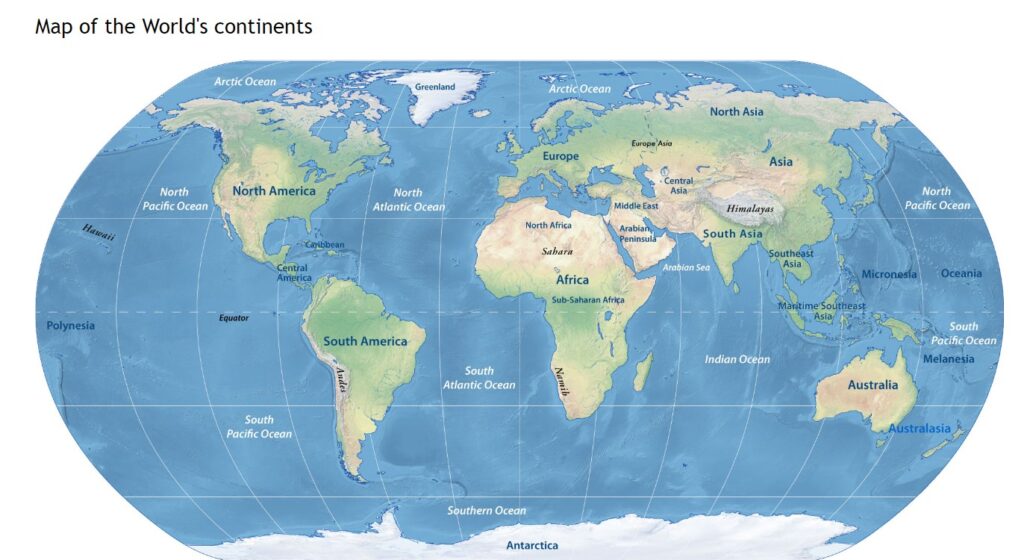
Our 48 hour stop off in Sydney saw us hanging with the bunnies (Jeremy and Claudia), feasting on seafood and dashing for our next cruise ship out of Australia. We hopped on in Sydney and aimed directly for New Zealand where we took in the Bay of Plenty and the Bay of Islands. Then it was off cruising in earnest as we headed towards French Polynesia. Our foray into French Polynesia was to take us into the Society Islands, particularly Raiatea, Tahiti and Moʻorea but missing out on Bora Bora and Huahine.




The first cruise stopped in Hawaii, but we stayed on and sailed through to Vancouver, where we stayed on again to Alaska, and then again once more to Alaska.
From here, the bride was missing her son, so a plan was hatched to go and see him (living in Bali at the time). The way transport hubs work, the easiest (and most cost-effective) way to get to Bali from Vancouver was to fly to Japan and then transit through the Philippines. So 19 hours of transiting (on my birthday) and we landed in Manila. Thankfully, we were welcomed by Brad and Nora, and we spent the next week or so hanging with them.
Having played in the Philippine Islands with them the year before, we had missed out on a bucket list item (for me at least), swimming with the Whale Sharks. So after a few days in Metro Manila (Brad working), the weekend came and we were off, to the island of Cebu, to swim with the Whale Sharks (Butanding). As it turned out we also swam with turtles and a massive school of sardines.



From here it was back to Manila and off to Indonesia, but about 6 weeks later Brad was to have a milestone birthday, so we would be back for another round.
But in the meantime, we had 6 weeks to kill and Indonesia and the boy were just a short plane ride south. The boy (and his bride) had set up camp in the Balinese suburb of Jimbaran. Out of the main tourist areas but close to everything. They had rented an entire villa (with a swimming pool) which would be our base for the next 6 weeks. Having been there for 4 days, he had to take off so we did too. We dumped our big bags, packed our swimming gear and went island hopping.
This became a pattern over the next 6 weeks, where we would hang with them for a few days and then took off exploring. This way they got to live their lives without us (too much) underfoot, and we got to explore the Indonesian islands.

The main show for me was our first trip (a bucket list item) to Komodo Island to see the dragons.
But getting there was not as simple as just heading there, we had to transit through many of the 17,500 islands in Indonesia. So our time in Indonesia saw us visiting: Bali, Flores, Padar, Komodo, Taka Makasar, Kanawa, Penida, Gili (Air, Meno and Trawangan), Lombok. Bima, Sumbawa, West Papua and Belitung.




Raja Ampat deserves a special mention, situated in Eastern Indonesia and West Papua. The second most pristine reefs on the planet (behind the Great Barrier Reef) Raja Ampat is truly spectacular.




From here (via Bali) we were off again to the main island of Indonesia (Java) where we headed to the city of Yogyakarta to visit Borobudur, the largest Buddhist temple or shrine in the world.
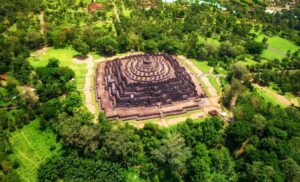

While here we also chose to visit Prambanan Temple, the largest Hindu temple in Indonesia.
With 17,500 islands in Indonesia, we visited more than most but nowhere near enough. What did become apparent was that once you get outside of the main tourist corridors, there is very little English spoken, and very low levels of facilities, restaurants and amenities. We tried going off the beaten path and very quickly found ourselves struggling.
July came and it was back to the Philippines for Brad’s milestone birthday. This saw the confluence of many old and close friends all coming together for a common purpose. While not everyone knew everyone, we were all suitably connected by common people, bonds, and interests. So for about a week, we flowed in and out of social occasions, meals and events, all culminating in the birthday bash. Bobbing about on Subic Bay on a privately hired boat was a great night.





From the Philippines we popped north to Japan. While we transited here seven weeks earlier, we never got out of the airport (not counting as having visited). So this time we came back and took in the place a little more reasonably. I had wanted to come for a long while but the cost was prohibitive. But recent currency movements saw us getting more than double the Yen in exchange rate. This took our trip from exorbitant to very reasonable, and the food was magnificent.





From Japan it was off to Mongolia, not (originally) high on my list but a key place for Jill. She was right, it turned out to be fantastic.
In a world hiding and running away from their imperial pasts, Mongolia is the exception.
The pride in the former Mongolian Empire is palpable, the statues of Ghengis (Chinggis) Khan abound and remain firmly at the heart of the Mongolian identity.

Our time in Mongolia was astounding with some of the most amazing landscapes, sculptures and wildlife that we have come across thus far. The open plains of the Steppe are something that can only be appreciated by visiting it. Mongolia was truly surprising and highly entertaining.




From here it was back into Europe. The original plan was to head into ‘the Stans’ but the political instability and war in the Middle East made this highly dangerous and not worth the effort. So instead we flew into Prague and caught the train into Poland.
The first port of call in Poland and Jill’s focus on coming was to visit Auschwitz. To say that visiting here was confronting is massively understating the power that this place holds. It is the site of the single largest mass murder event and has become a symbol of terror, genocide and the Holocaust. Having explored Auschwitz, we hopped the local train to take us through to Krakow where we went through a major hotel debacle before heading out via Warsaw.





Leaving Poland we entered into the Balkan region making stops in Lithuania, Latvia and Estonia. We really enjoyed our time in all three of the Baltic nations. The food was good, and with one exception so have the beverages. By the time summer rolls around you are pulling low to mid 20’s with long days, so there is plenty of time to explore. Our August foray into the three Baltic nations was pretty much spot on. The volume of tourists coming here is way less than you will get elsewhere, so even at peak times, the place is really manageable.





From Estonia we hopped an overnight ferry northward into Scandinavia. Here we managed a whirlwind tour of the Scandinavian nations, taking in Finland, Sweden, Norway, and Denmark. With the exception of Sweden, the majority of these were incredibly expensive, and having limited time was a blessing. The places themselves were all very nice, if a little sterile. They were clean, safe and had interesting architecture. But the proud Viking history had long since gone and the places were largely indistinguishable from any other modern city.

Sweden was the exception to this. Maybe not so much in the big city, but the countryside was fantastic. To be fair, this may also have been the case in the other countries but we did not have the time (nor the finances) to get out into them. The Swedish landscapes, towns and villages are stunning.
Getting out of Scandinavia we went back into The Netherlands to catch up with Michel and Sonja (dating back to the Philippines and Alkmaar). Sadly Michel was stuck working in the USA but Sonja opened her home to us and we got to hang with her for a few days. Alkmaar and its surrounds gave us an insight into life in a small village. Sonja was born, grew up and has lived her life within a 5km radius, and (much of) the rest of her family is within the same area. They have all travelled widely and experienced other things, but have chosen to stay rooted to a particular spot. And what a lovely spot it is.
It was a shame that we missed Michel, but Sonja was an amazing host and we had a really good time and are so grateful for the hospitality offered.






Leaving The Netherlands we hopped onto the last leg of the world cruise. We started our year on this 274 day journey and had the opportunity to catch up with friends to finish off the journey. We had skipped the Pacific, Asian, African and most of the European legs but would be on the cruise back into Miami. This would see us going back to Iceland, then a couple of stops into Greenland (Nuuk and Qaqortoq).






From here it was back into Canada, touching base in some of the provinces that we had yet to explore (Newfoundland and Nova Scotia). Beautiful scenery, interesting architecture, and a thriving bar culture made this leg highly entertaining. From here we headed back into the USA, with our first port of call being New York City.
We had a couple of days here and took the HOHO bus taking in all the must-see sights of the city. It is nice to have ticked the ‘been there/done that’ box, but that is about it. Neither of us would rave about the place, or even for that matter recommend it.
The cruise continued to Bermuda, the Bahamas and then finished up back in Miami.
We then hopped a train up to Orlando where we got to see our first space launch.
Not originally even on the bucket list, this proved to be startlingly good, so much better than I ever imagined.
I want to see more.
After this it was back to Australia for a 3 week raid. The main purpose was that my cousin Jan (who looked after us brilliantly in Germany) and his wife Susanna wanted to come to Australia to meet the wider family for the first time. So we flew in the day before them and found that the family unit had kicked into full gear. Mother, sisters, niece and nephews and the grand nephews all floated in and out of family functions and outings maximising their time with the German contingent of the family.

My sisters got together (as they usually do) and put on a series of family spreads that would feed a large army (as they usually do). My role for the fortnight was as chief chauffeur, but I did chip in to cook the BBQ at Lynn’s new house (about 1% of the work and effort put in by all of the others). But most importantly, the German cousins got to meet everyone on the first day that they got here (after a sleep).
A huge family BBQ, some local beers, a multi-generational swim in the pool (with games) and just generally a great day. From here the plan for the rest of the week was discussed and people worked in activities around their interests and work schedules.
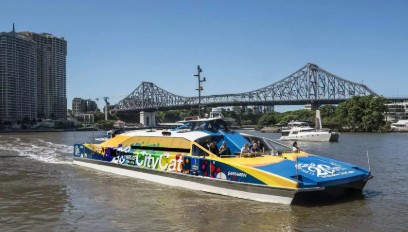
Day two was all about the city, with us using the Brisbane 50 cent public transport initiative to ride the Citycat up and down the river taking in a stunning city (from the water).
Jan, Susanna and I were joined by my nephew Nick and we rode from one end of town to the other (and back) with stops at the city, Southbank and even the new casino. Day three saw (almost) the whole family kick into full swing for a trip to Australia Zoo. A convoy of vehicles made the schlepp north for a great day out, ticking the kangaroo and koala must do’s for the European visitors. While we got rare photos of Jess, Nick and Ringo, my sister Karin somehow managed to dodge every camera all day though. Photos of Nees and the kids (Dylan, Will and Jackson) are more common, and Fleebs and Sean were stuck earning money.









Family functions, day trips, BBQs, seafood feasts, card sessions all intermingled with the usual tourist activities, showing off the highlights (zoos, beaches, mountains etc) of South-East Queensland.



The generosity of all (particularly in the time that everyone made available) was the highlight of the trip. Everyone got on famously and Jan and Susanna left with a great feeling about their broader family, and life in Australia.
As probably happens to everyone when they visit their mothers, she dredged up an old work ID of mine from way back in the day.
So anyway, this is Richard of 30+ years ago.

Leaving Australia it was back to Europe (Spain to be precise) for a snappy transit through to Andorra. A tiny nation on the border of France and Spain it was one of the few European nations that we had not been to and it gave us the opportunity to tick up country number 94 for me. Perched high in the mountains, Andorra was too steep and cold for my tastes, but it was a tax haven, so if shopping is your thing then this is where you wanna be.
From Andorra it was back to Barcelona for some magnificent food and drink (I really do love the Spanish lifestyle) before hopping on a cruise ship for out ill-feted Trans-Atlantic Crossing (an earlier post).
A couple of tiny cruises into Mexico capped off our second year. So to sum up the second year we were in 53 countries (31 of which were new to us) 118 cities, all 7 continents and ticked some absolute bucket list boxes. The next few months will be spent exploring some US cities (that we haven’t been to) and experiencing some cruising.
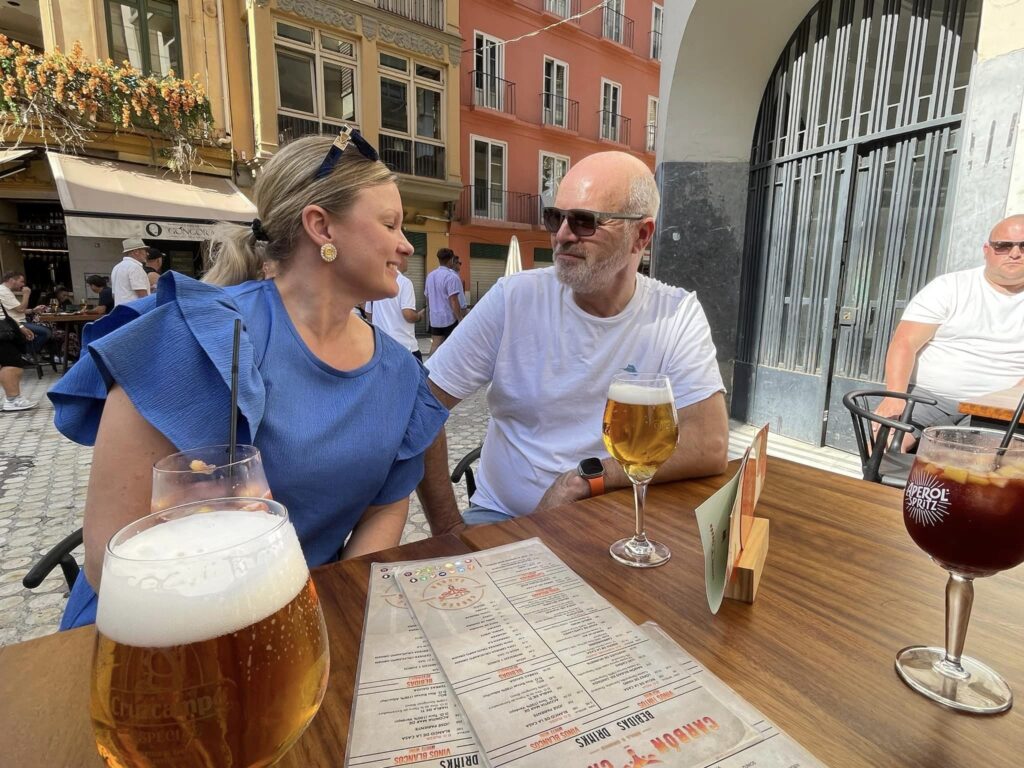





























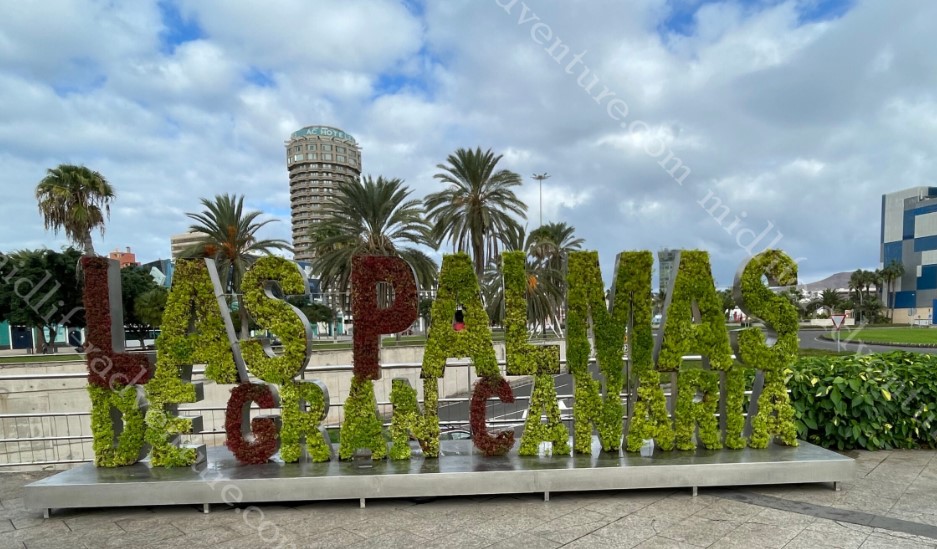
















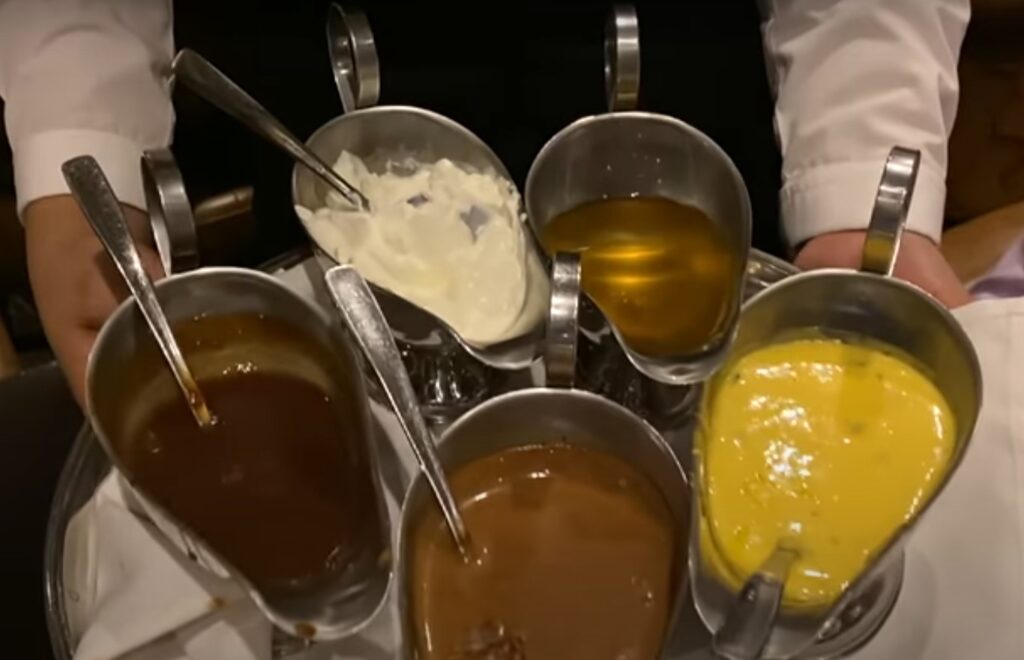
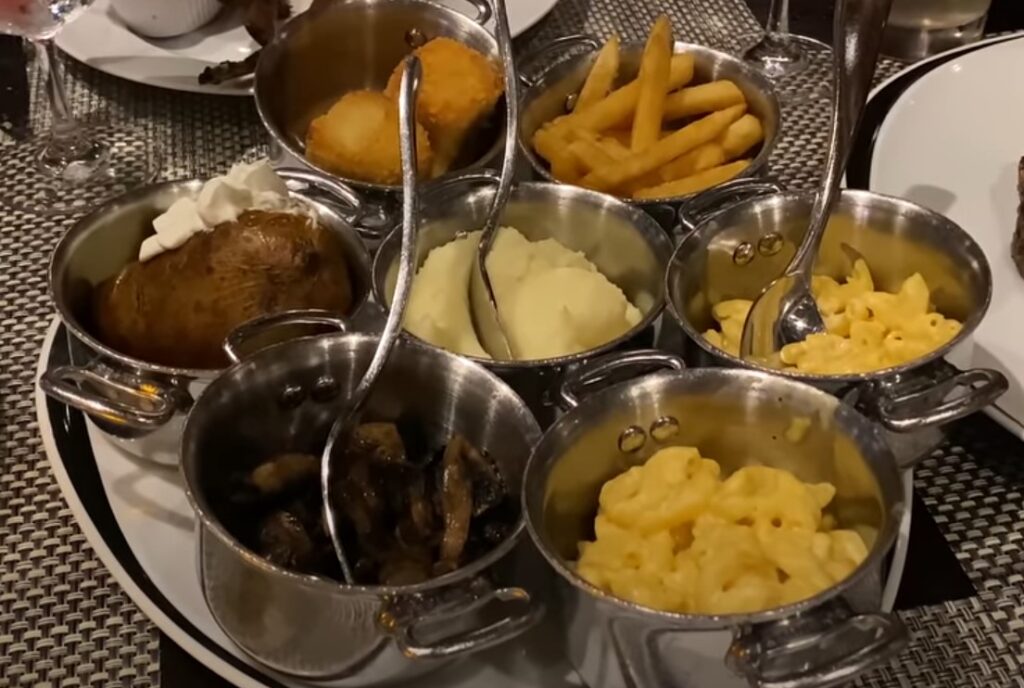



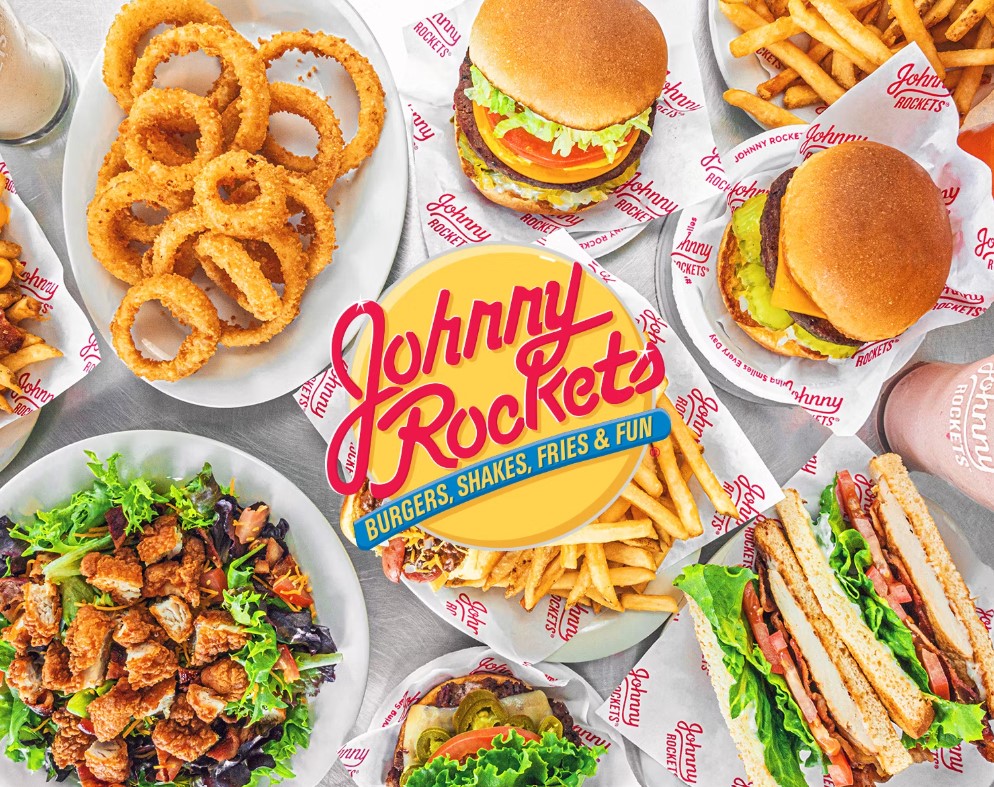
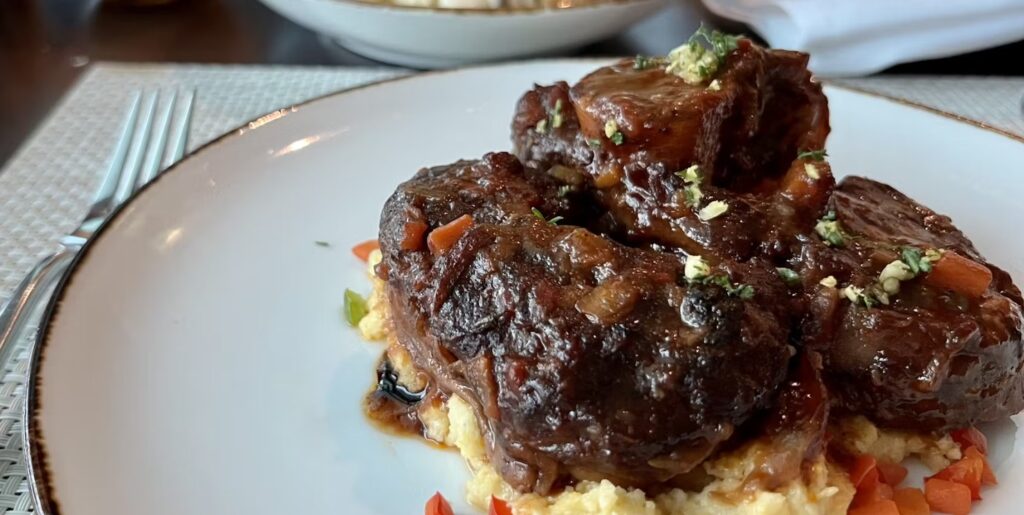





































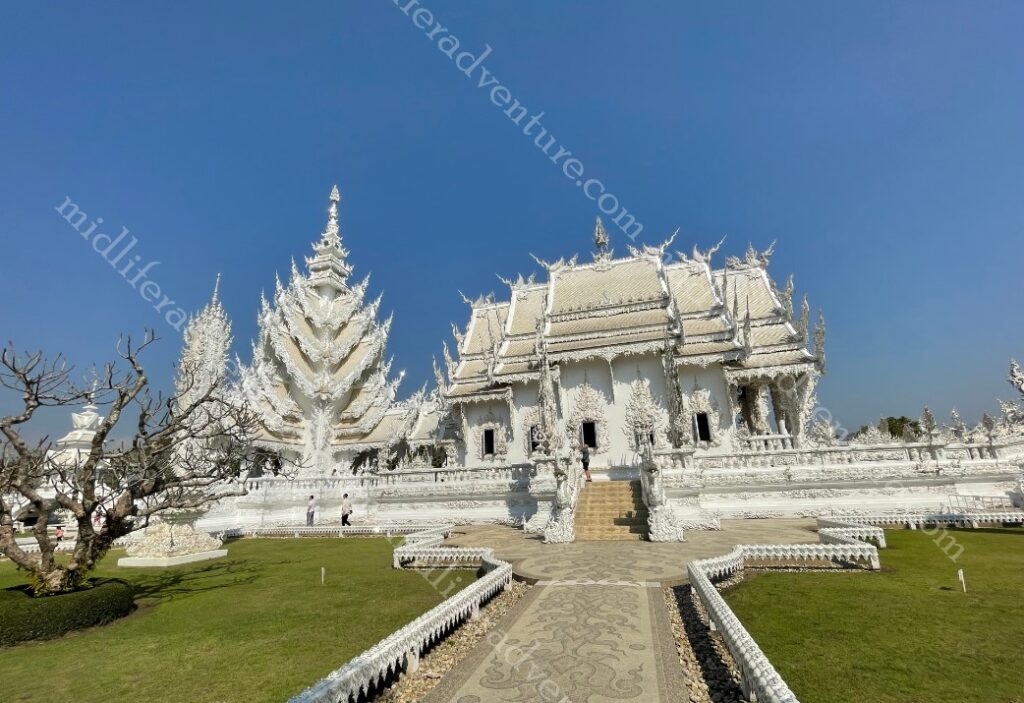






























































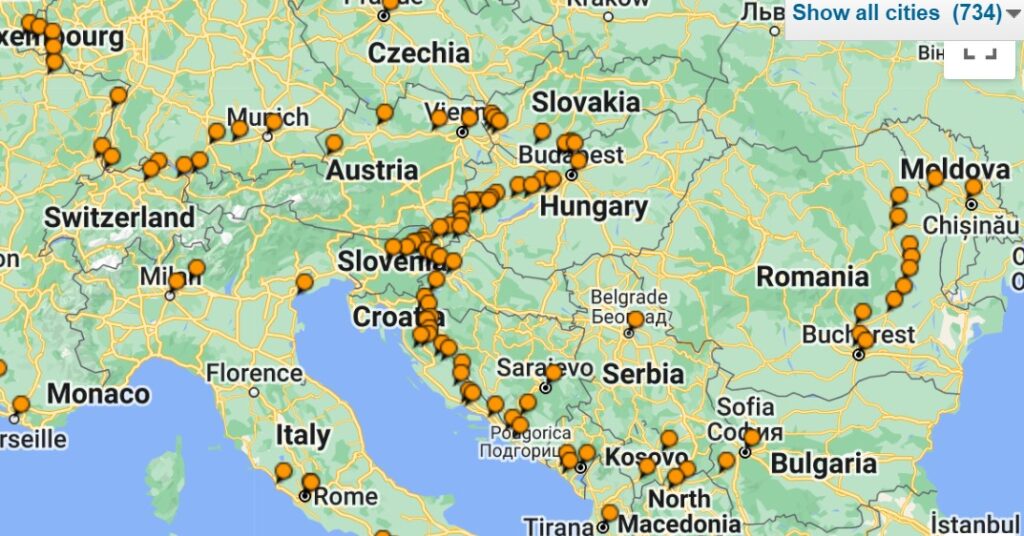





















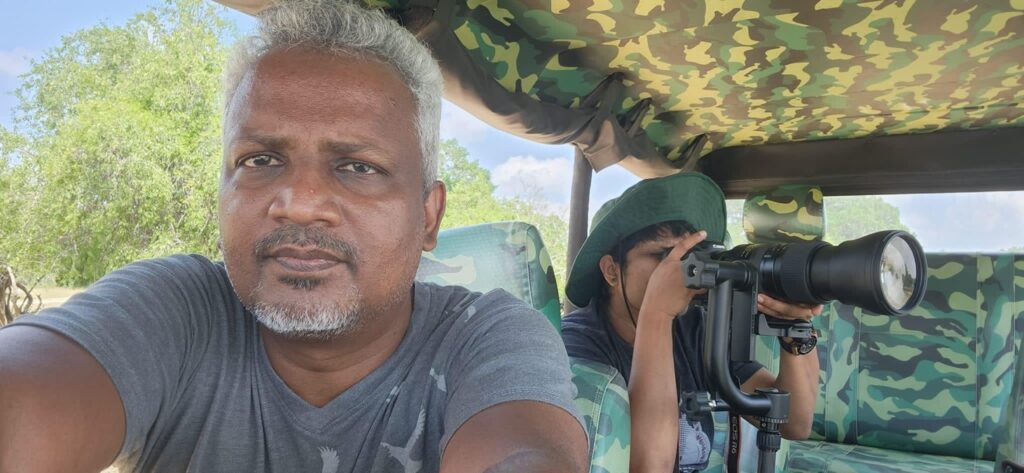



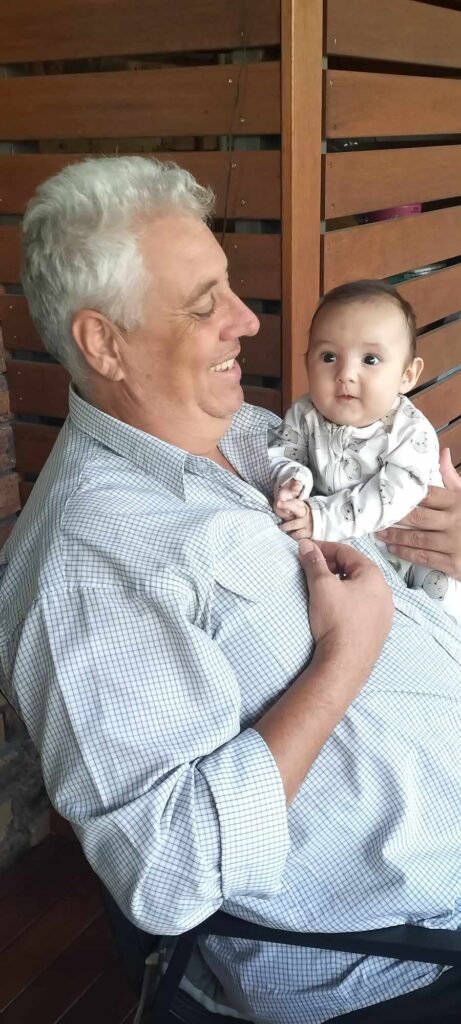



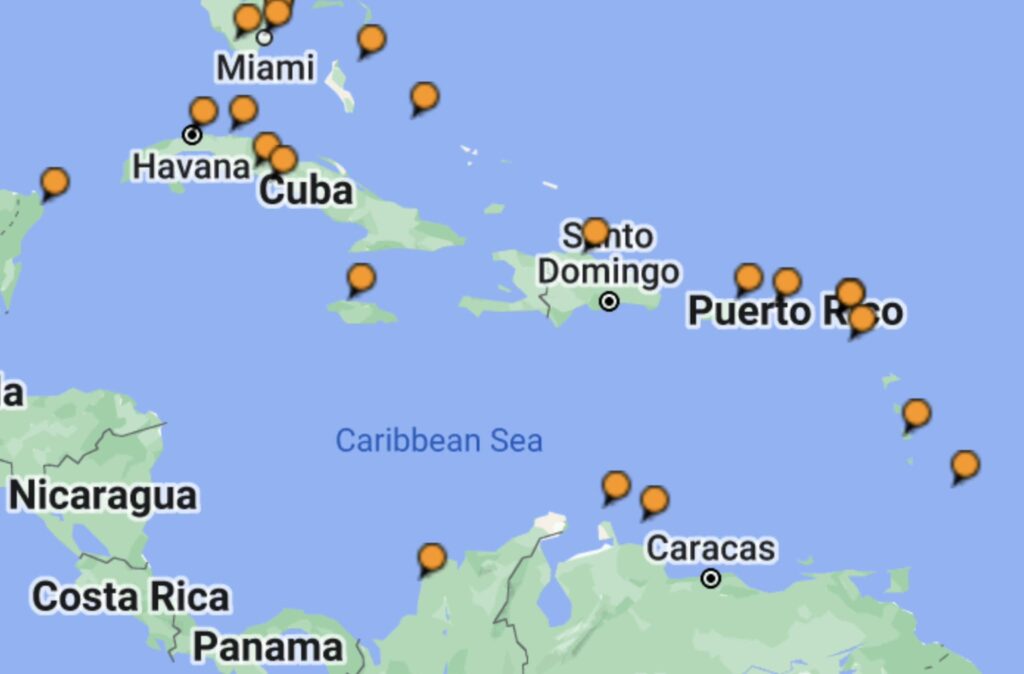













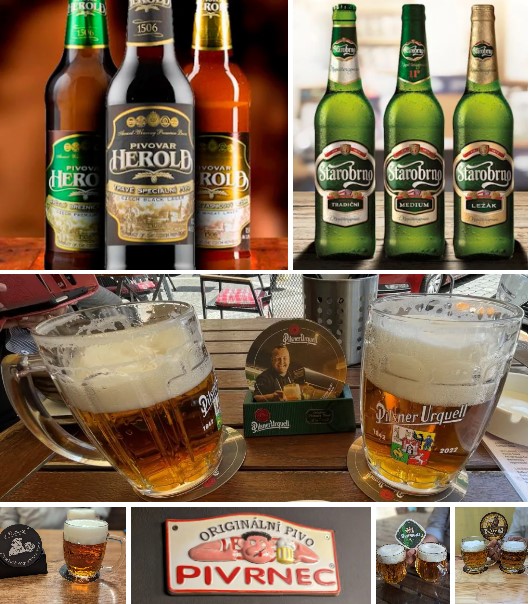










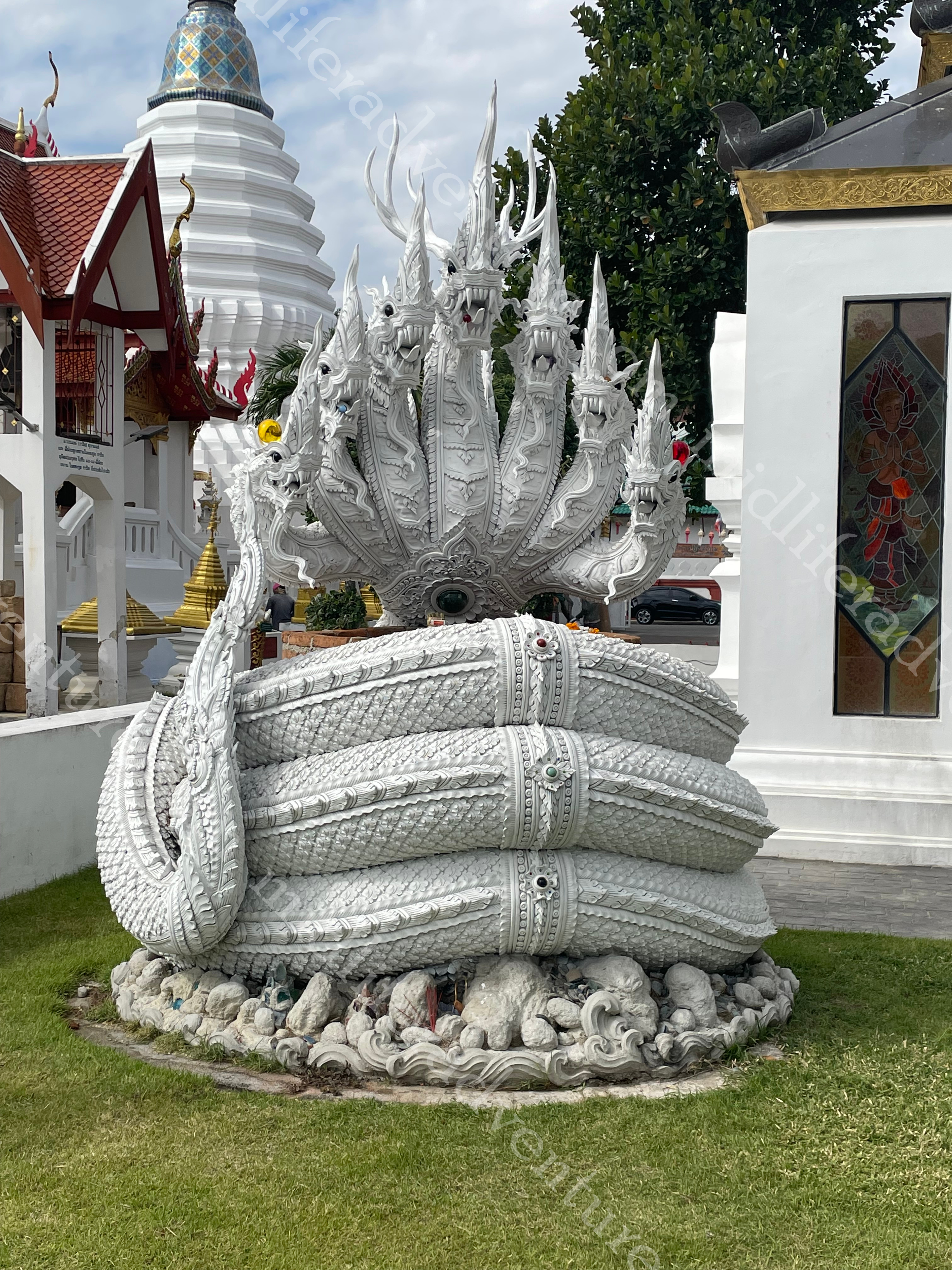





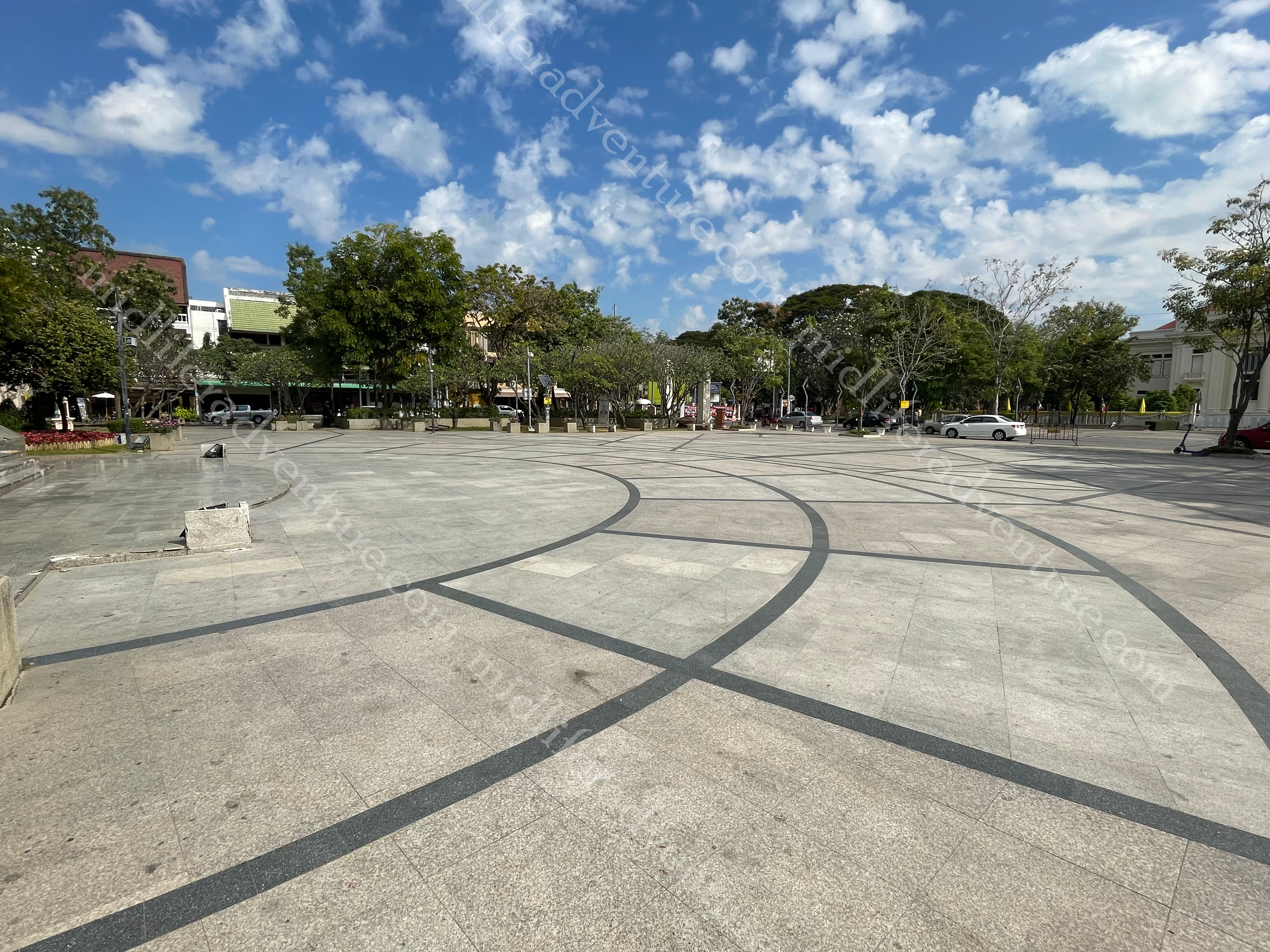
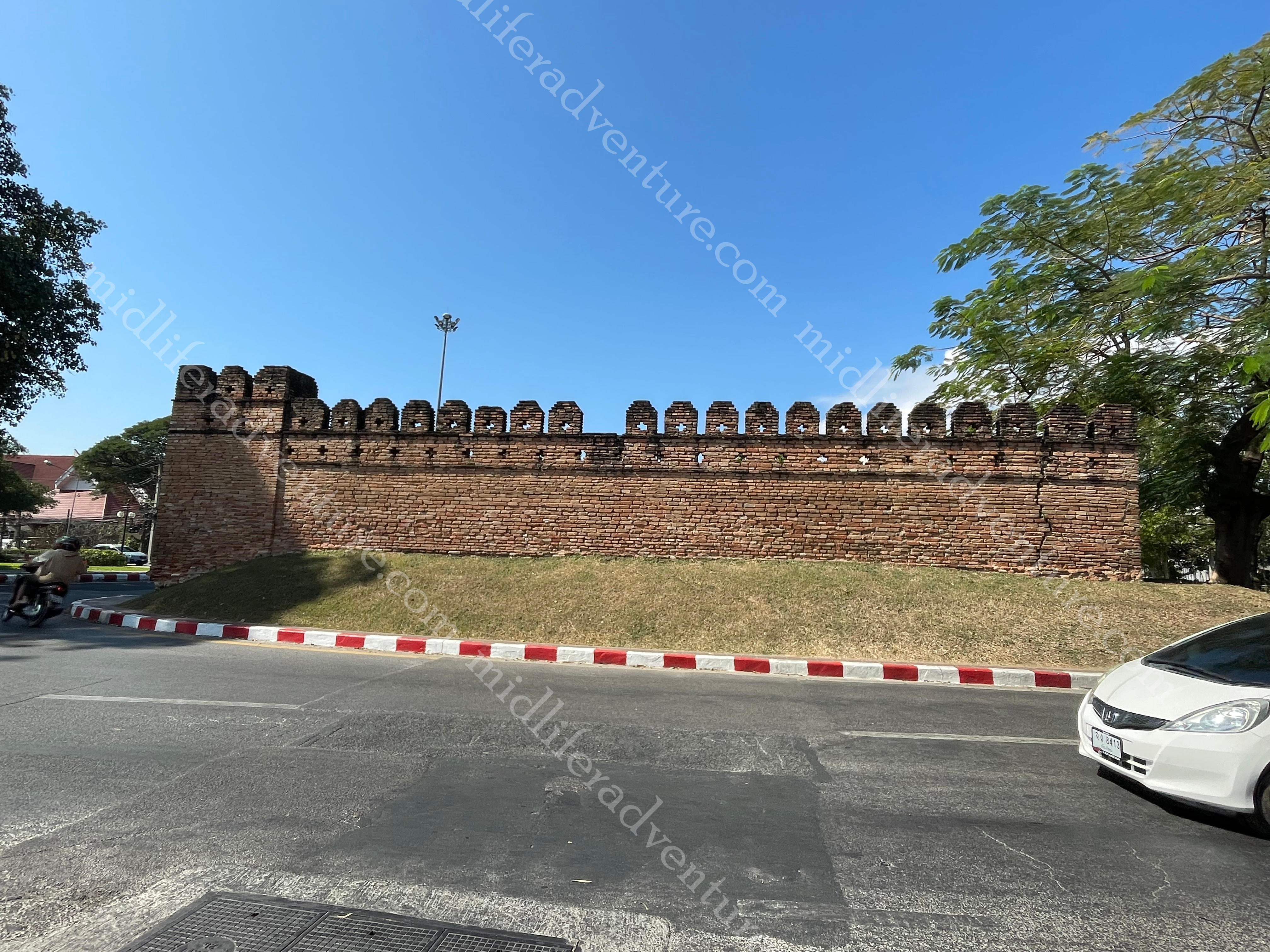
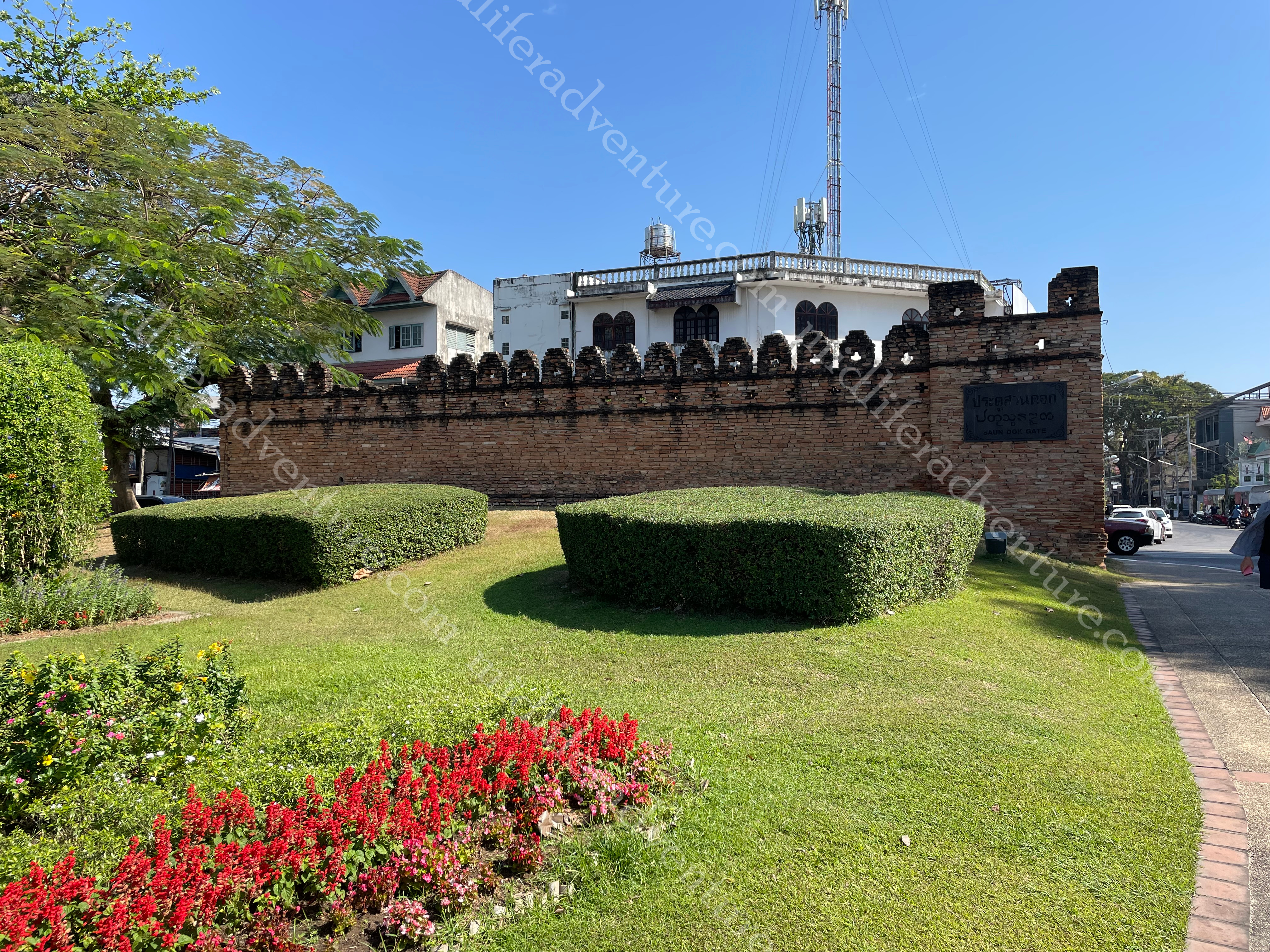

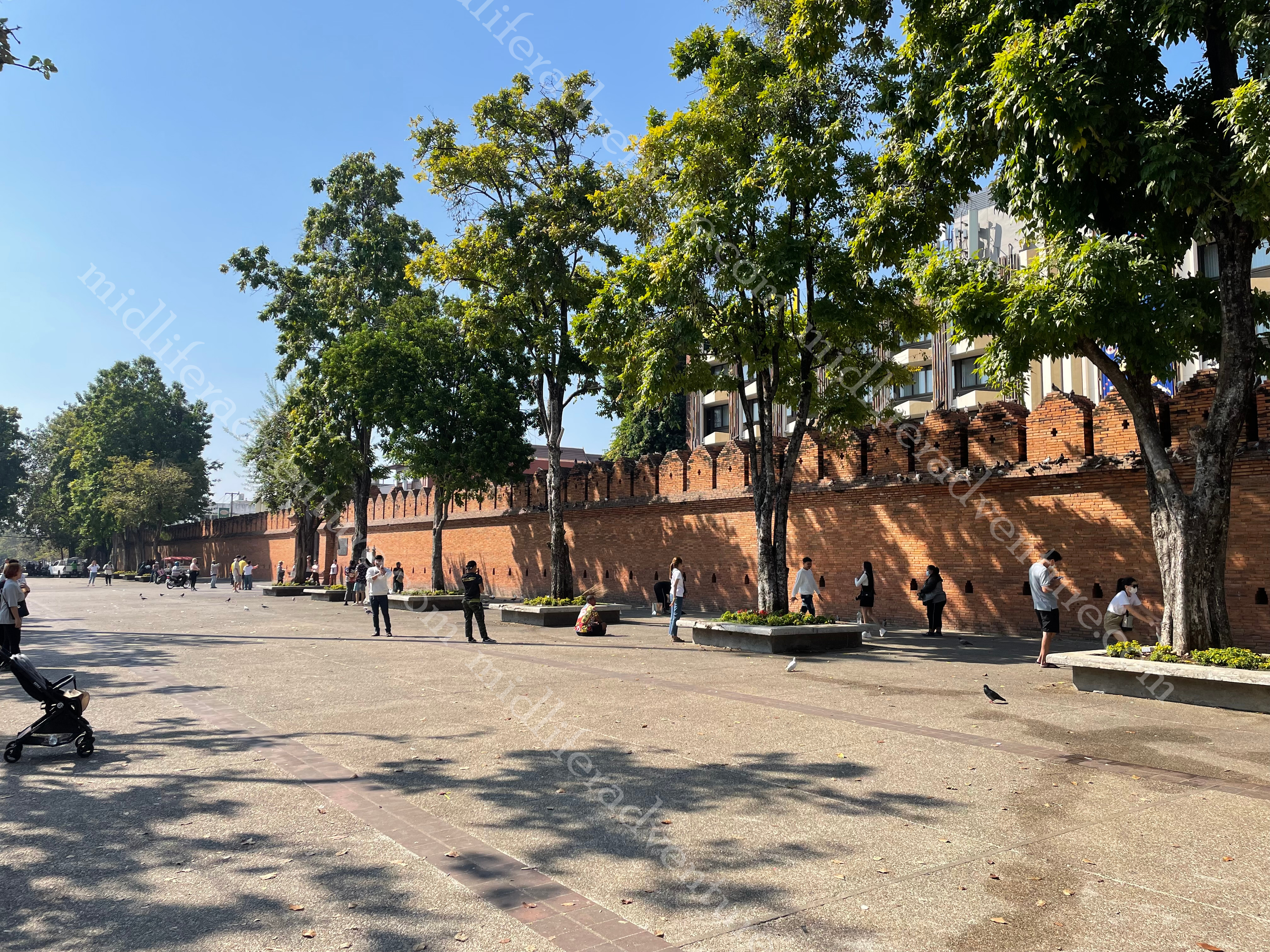
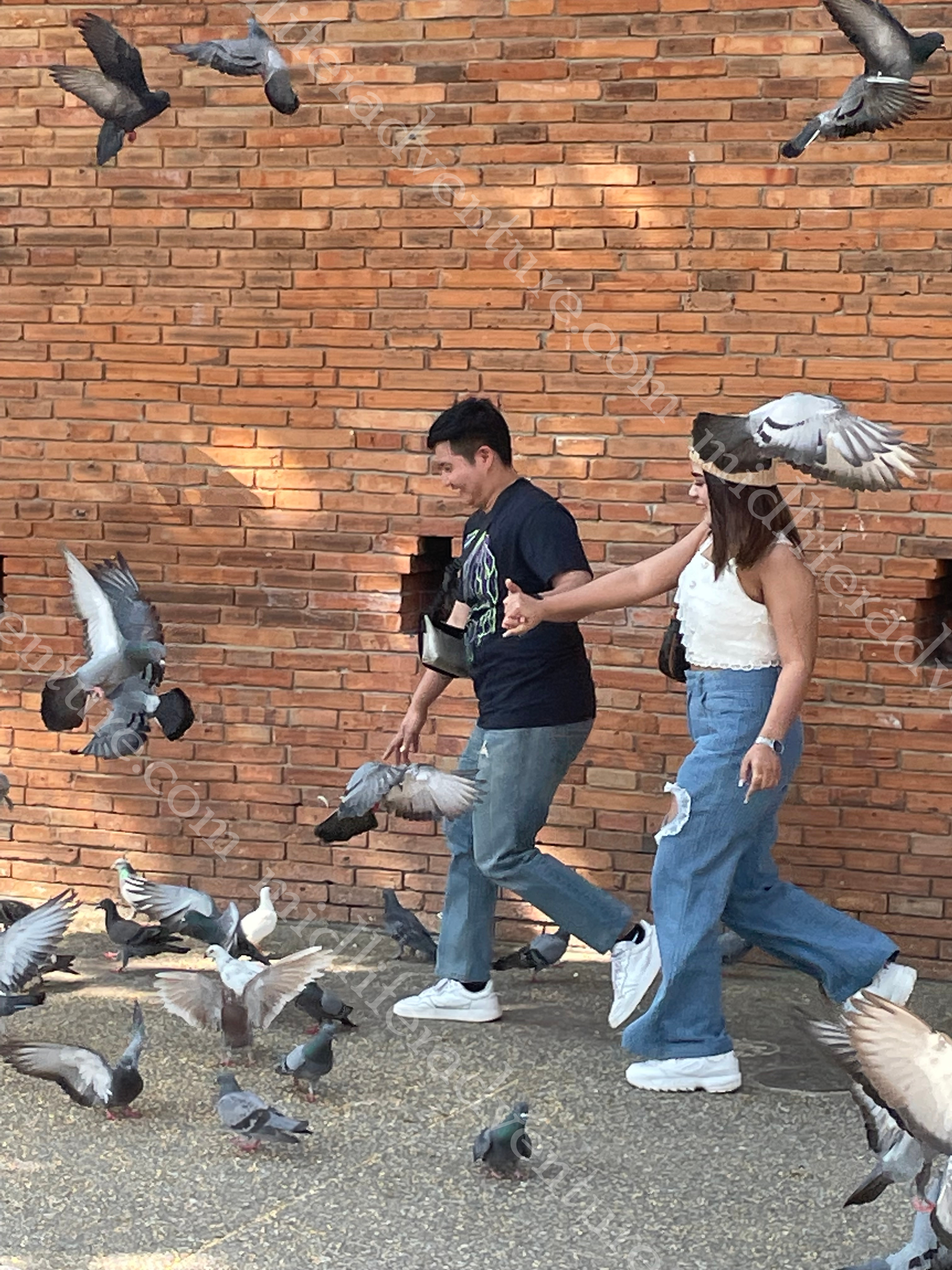
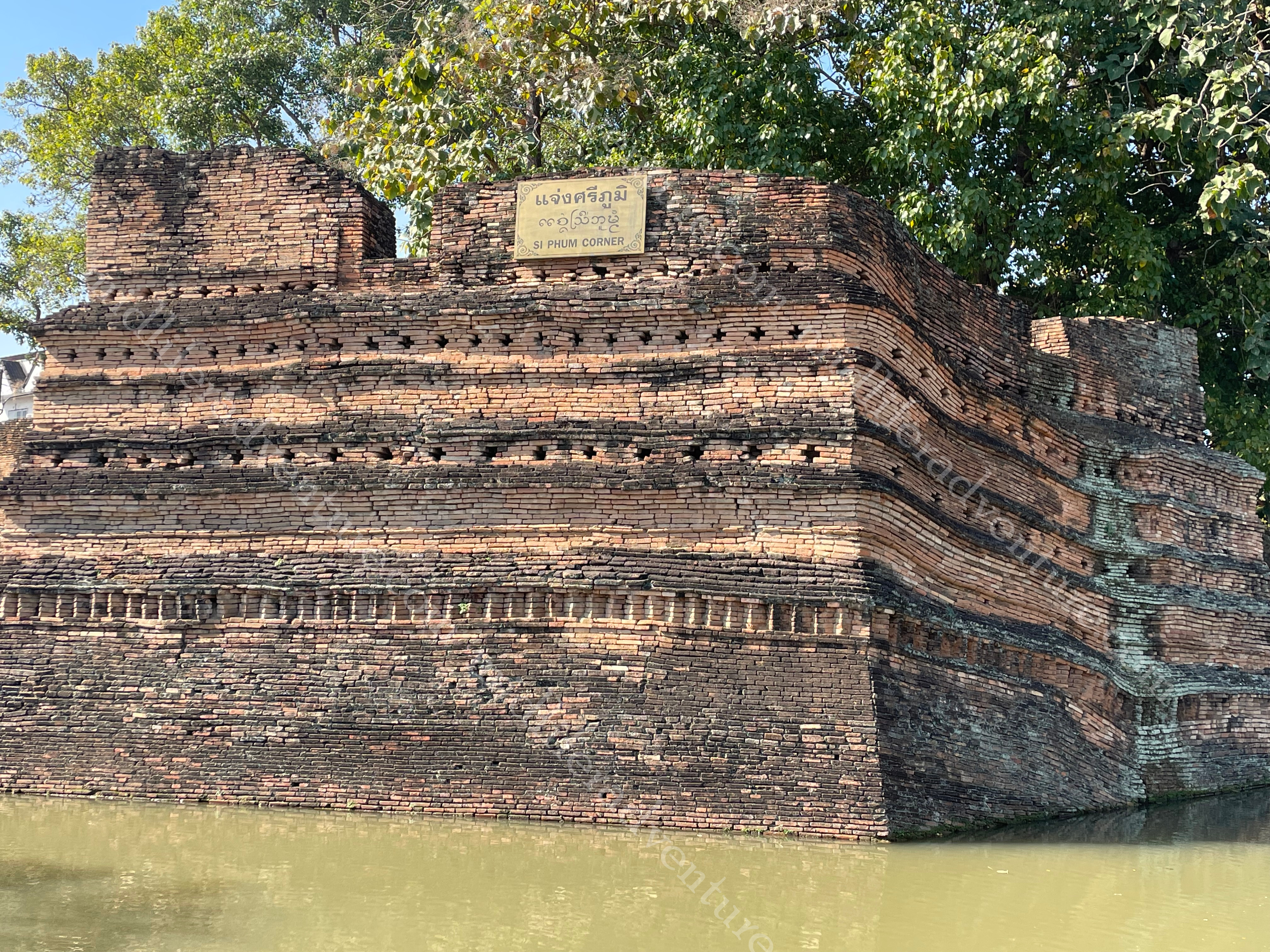


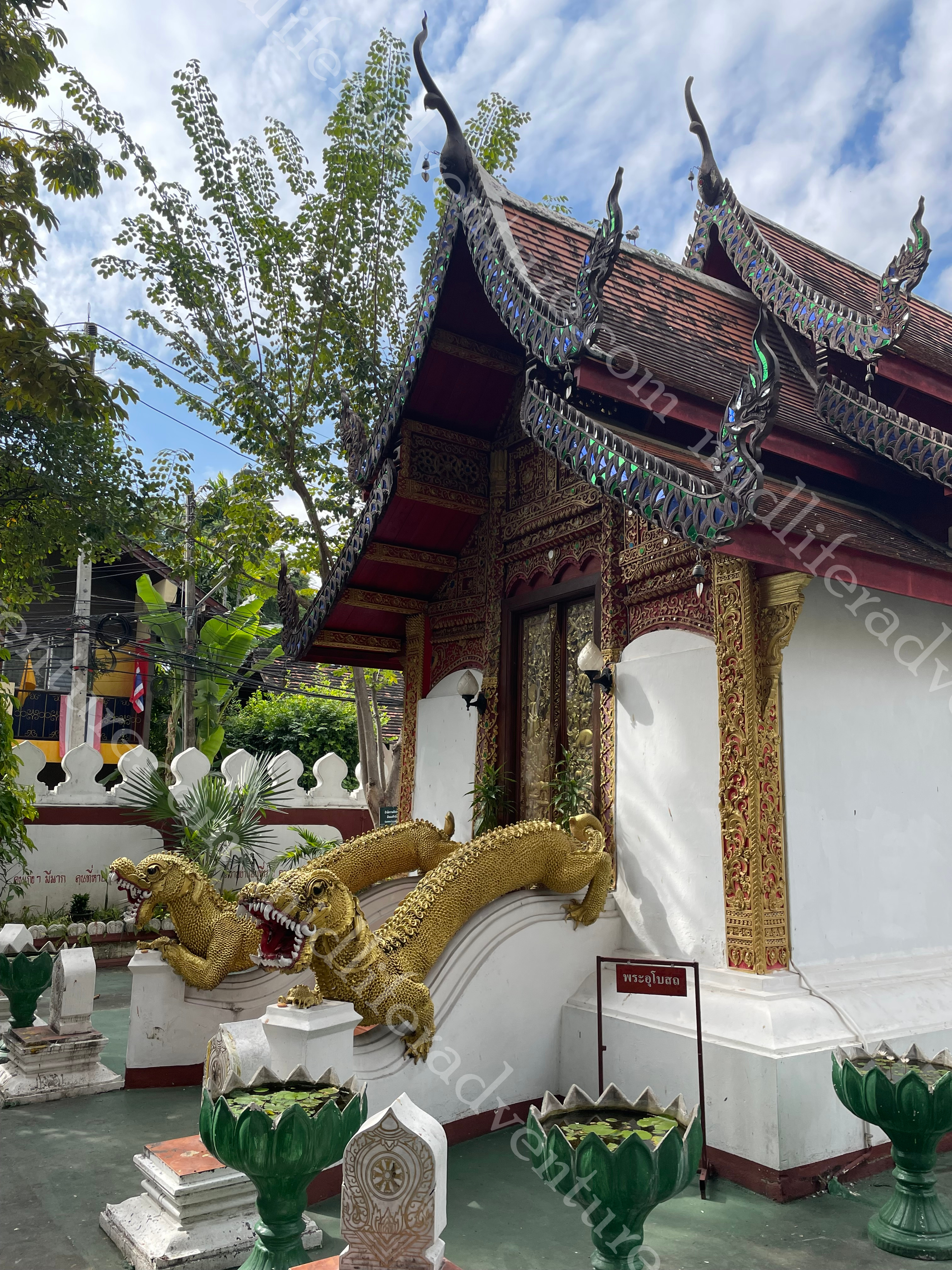
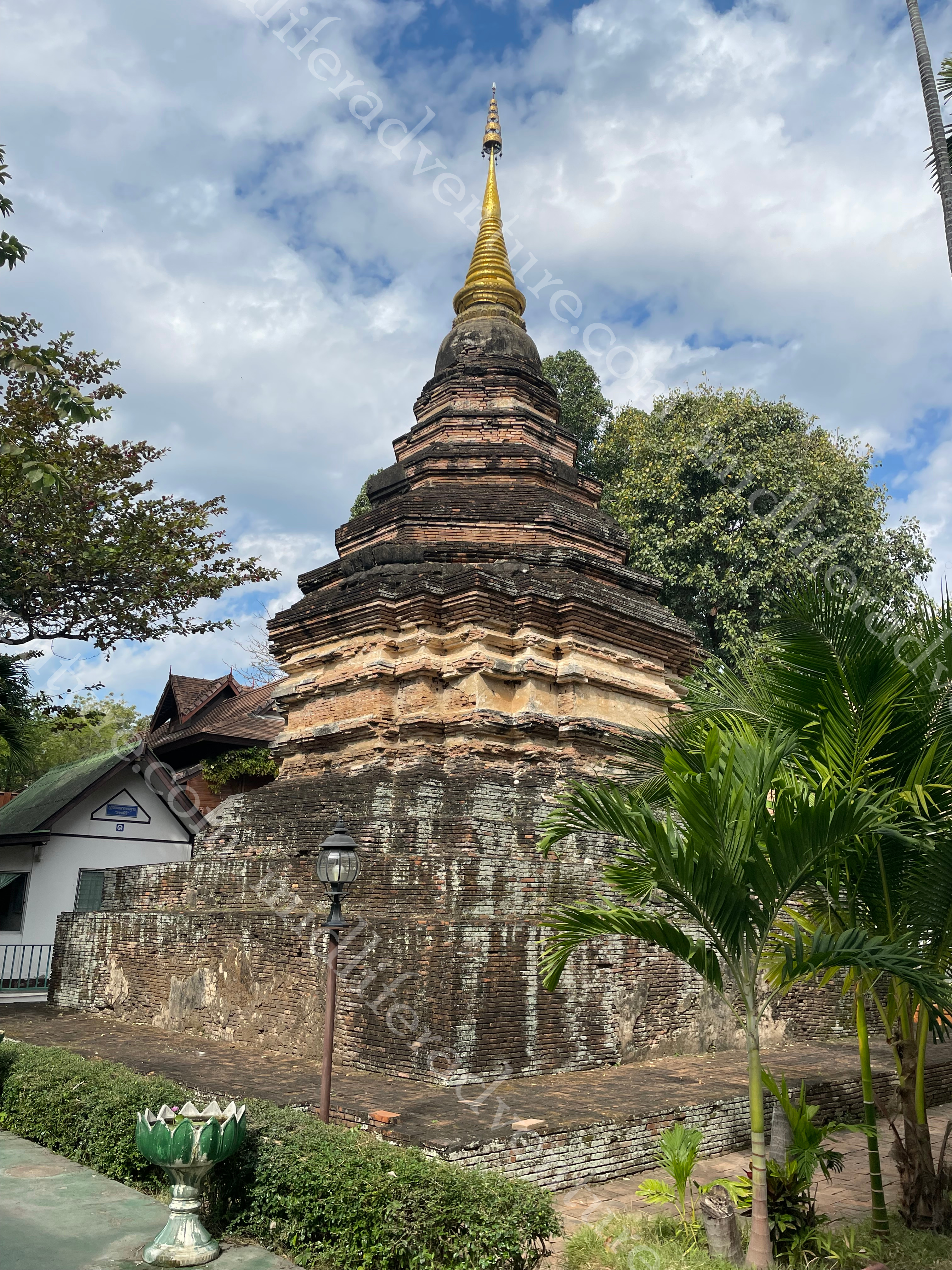


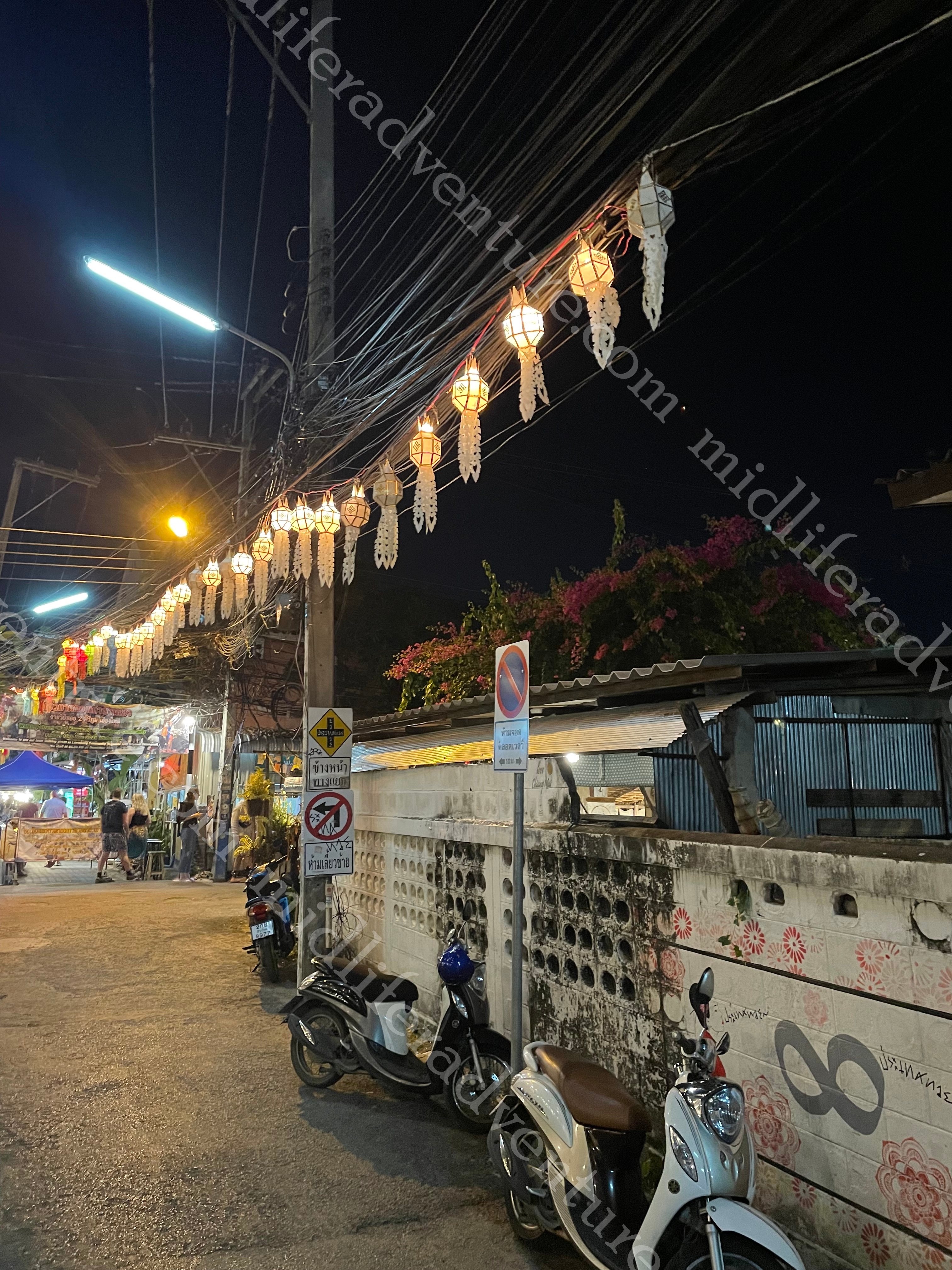
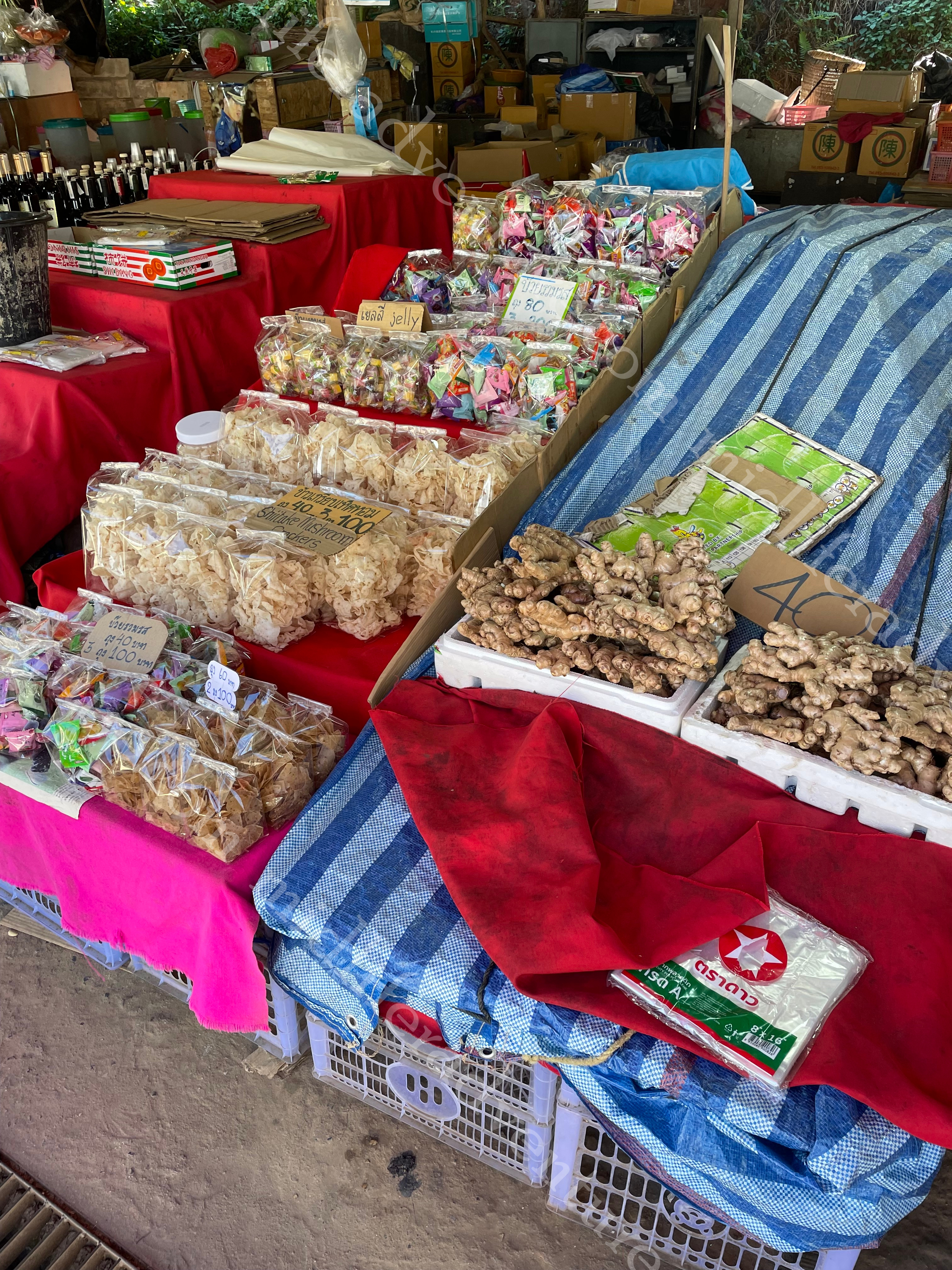
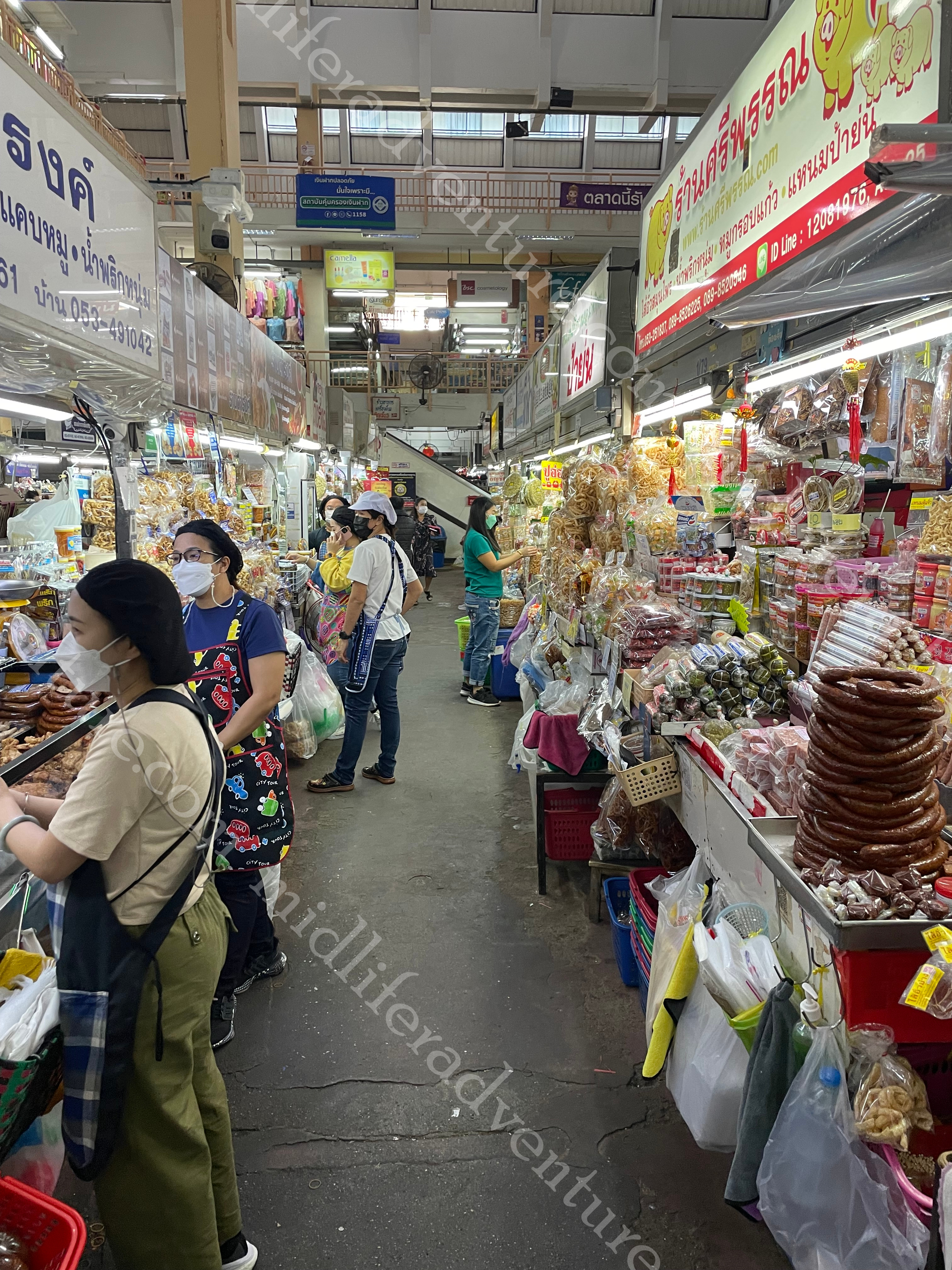


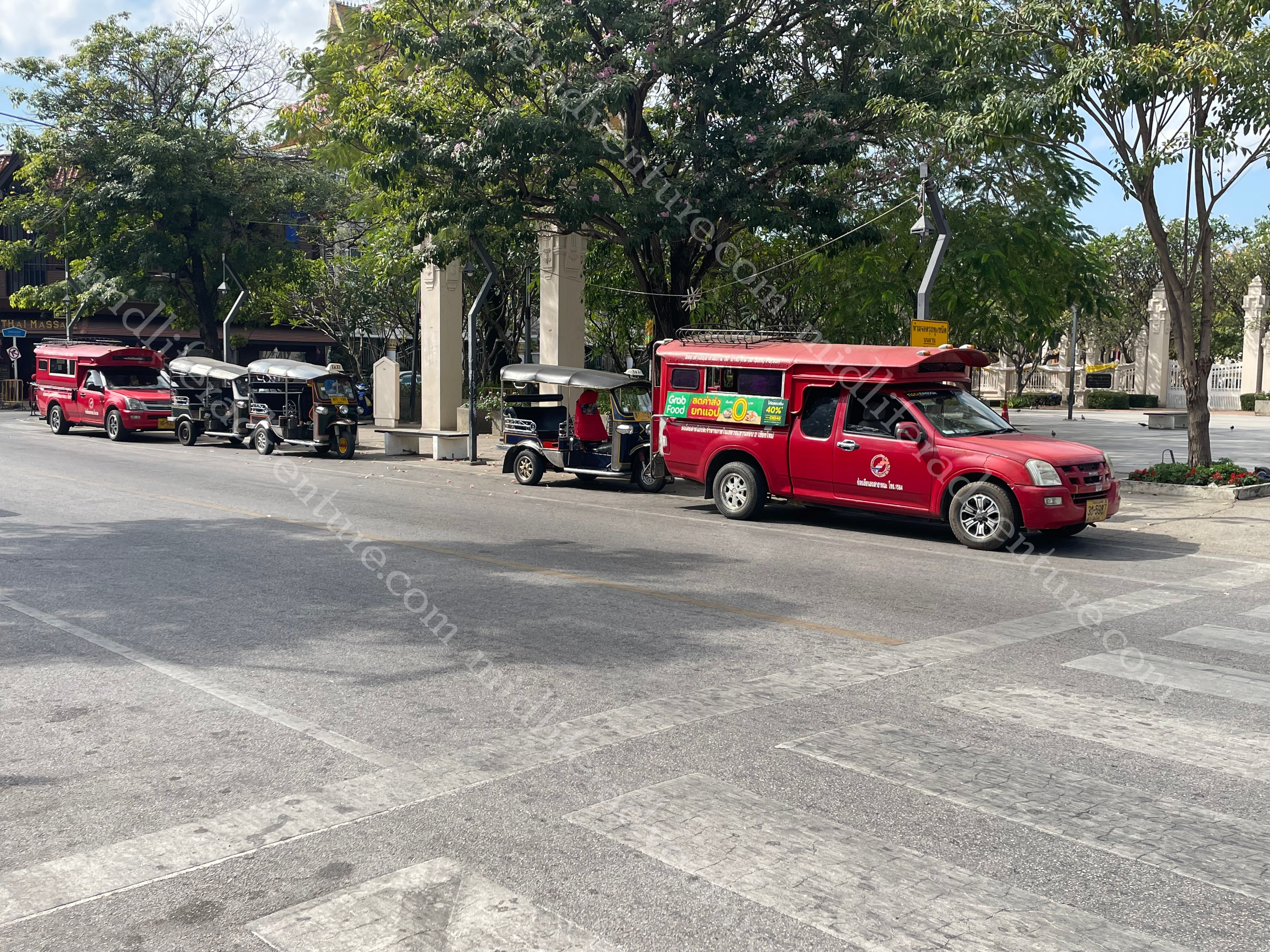
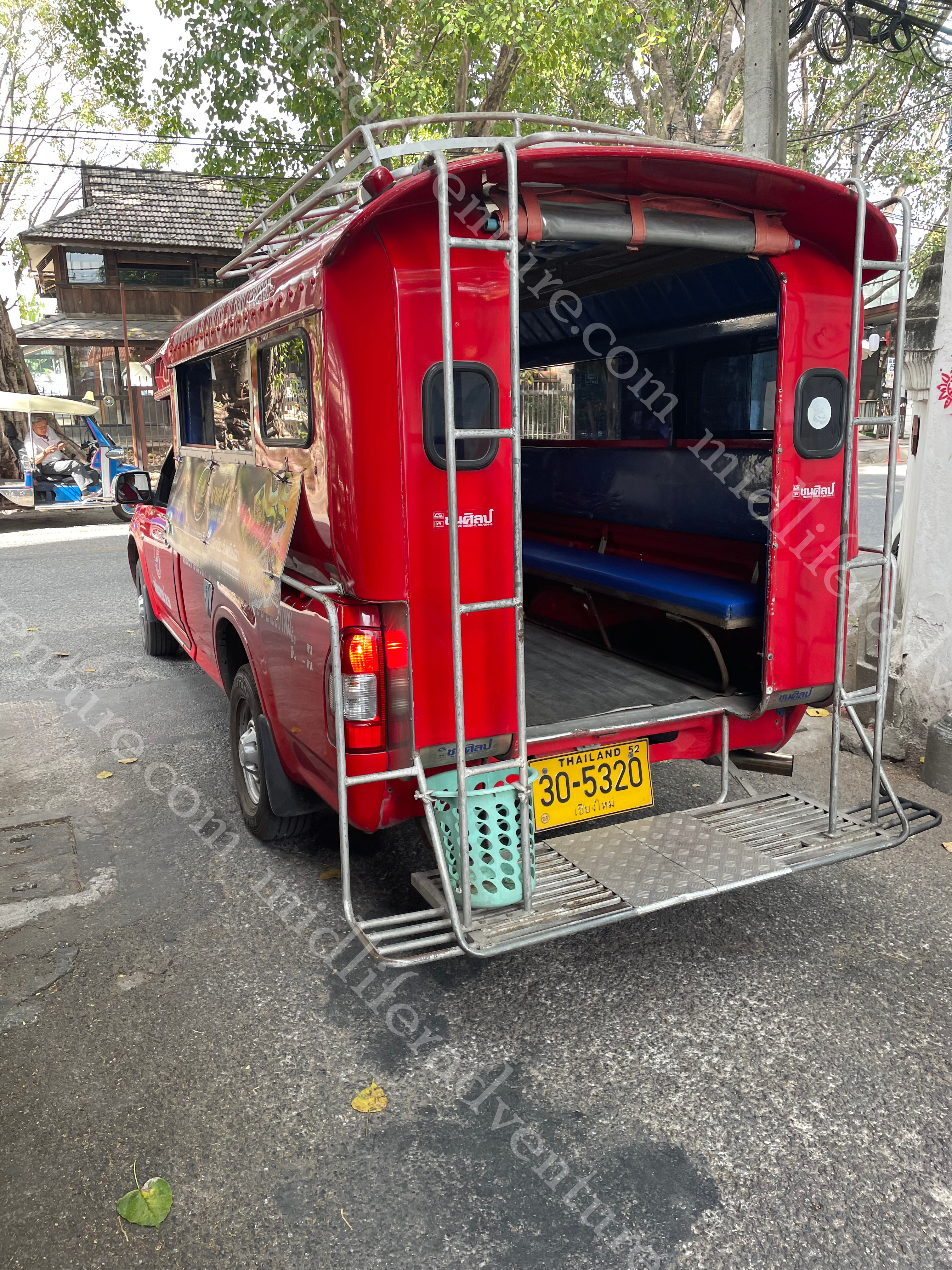
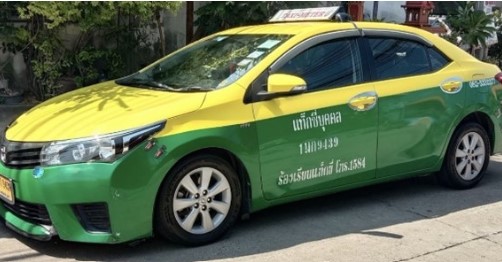


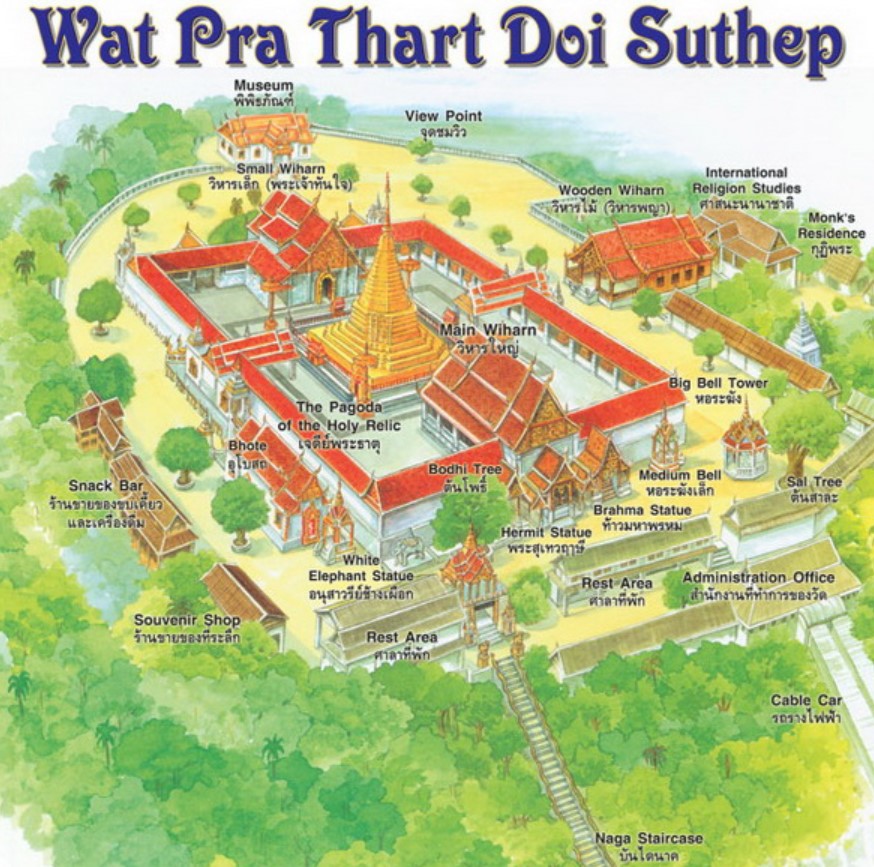
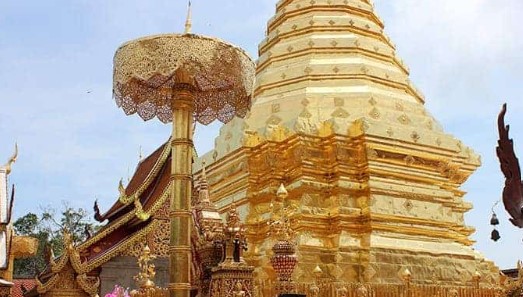

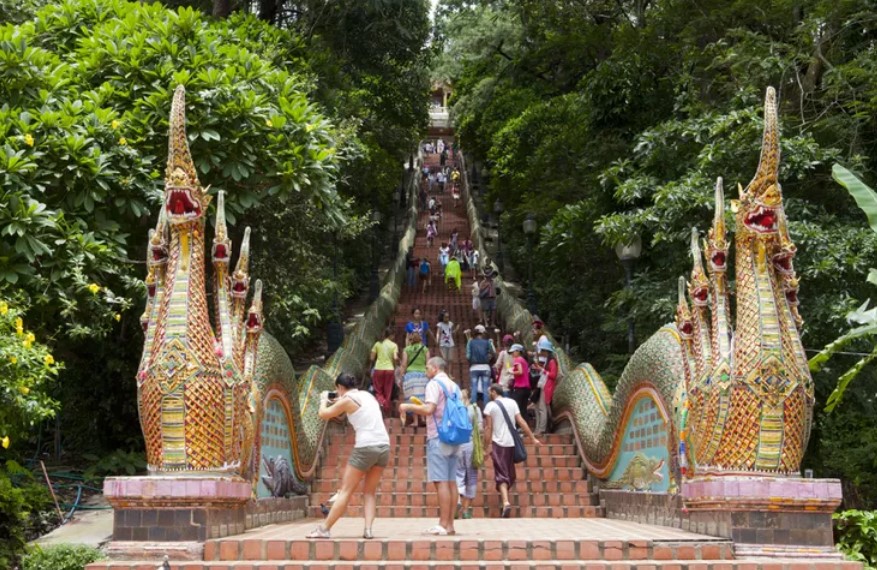
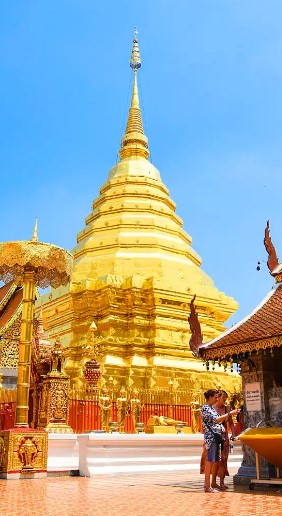
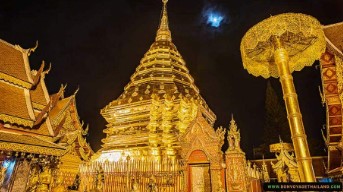
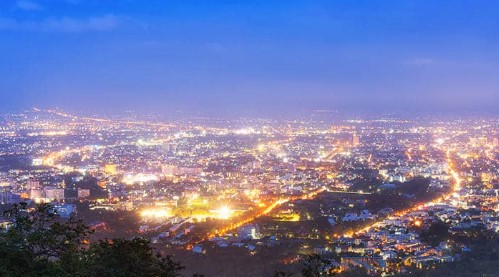

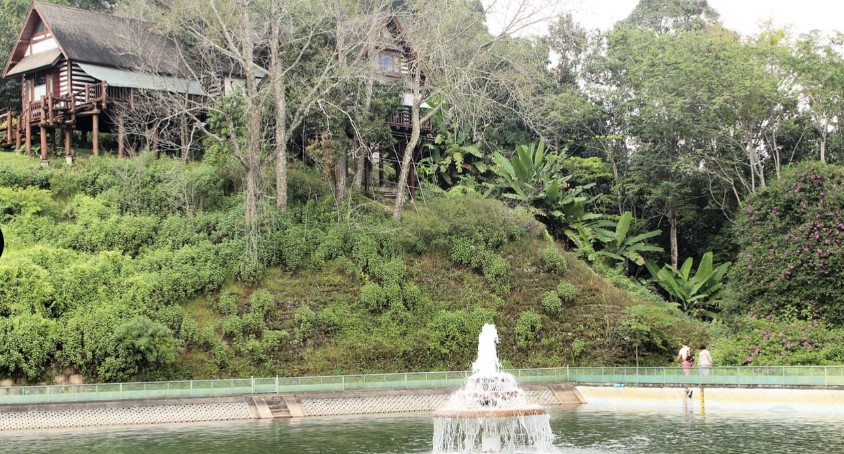


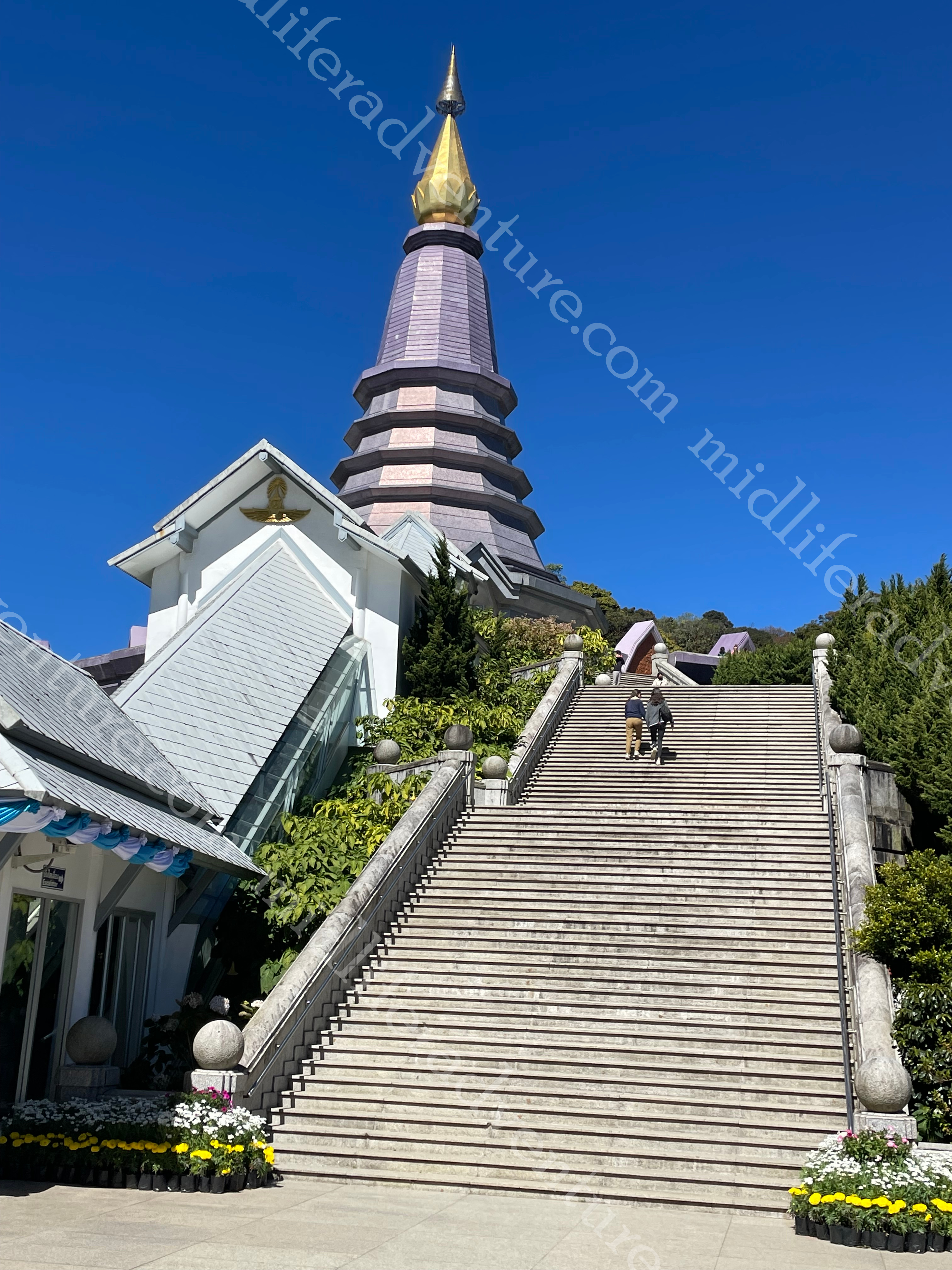

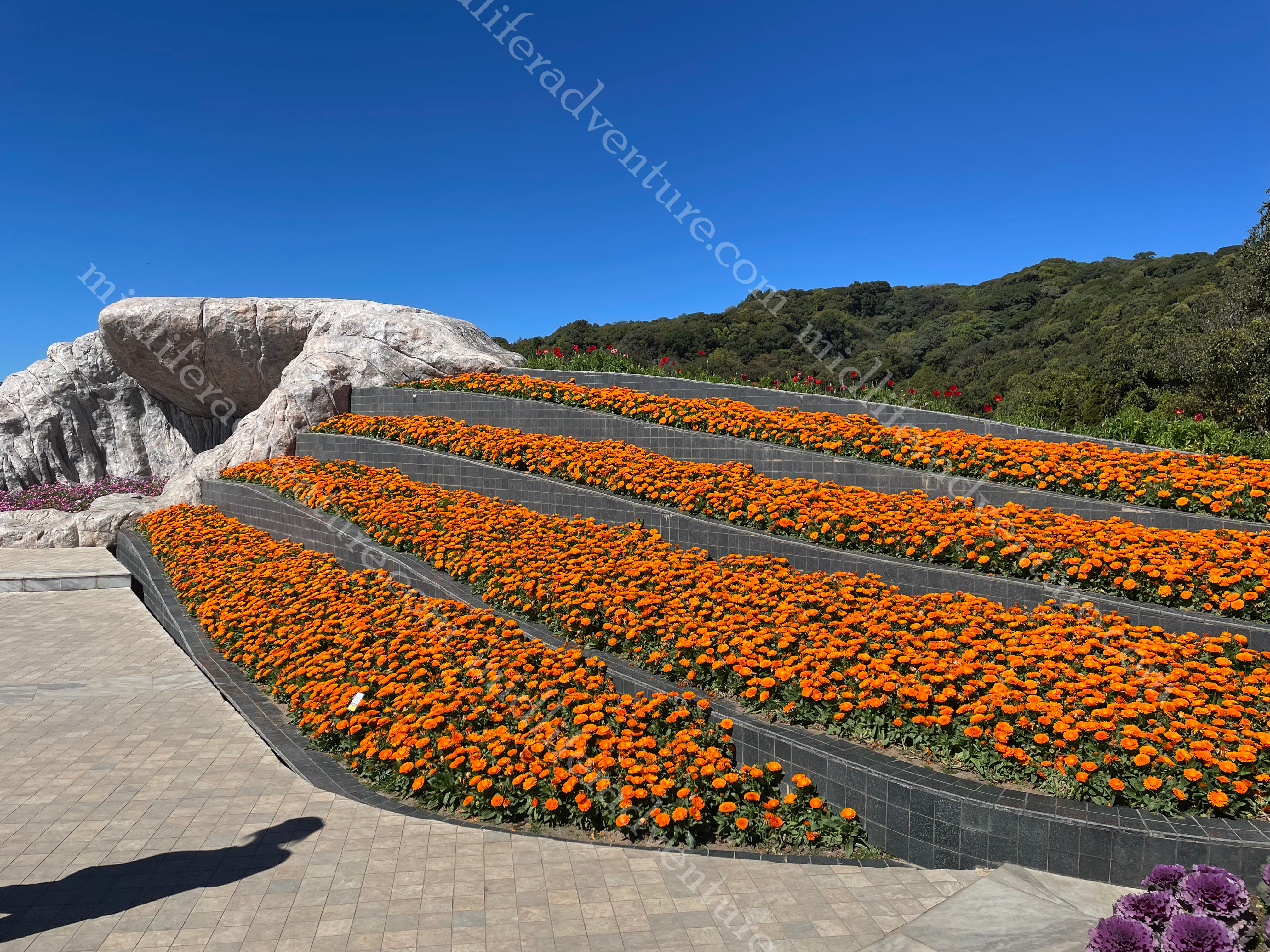
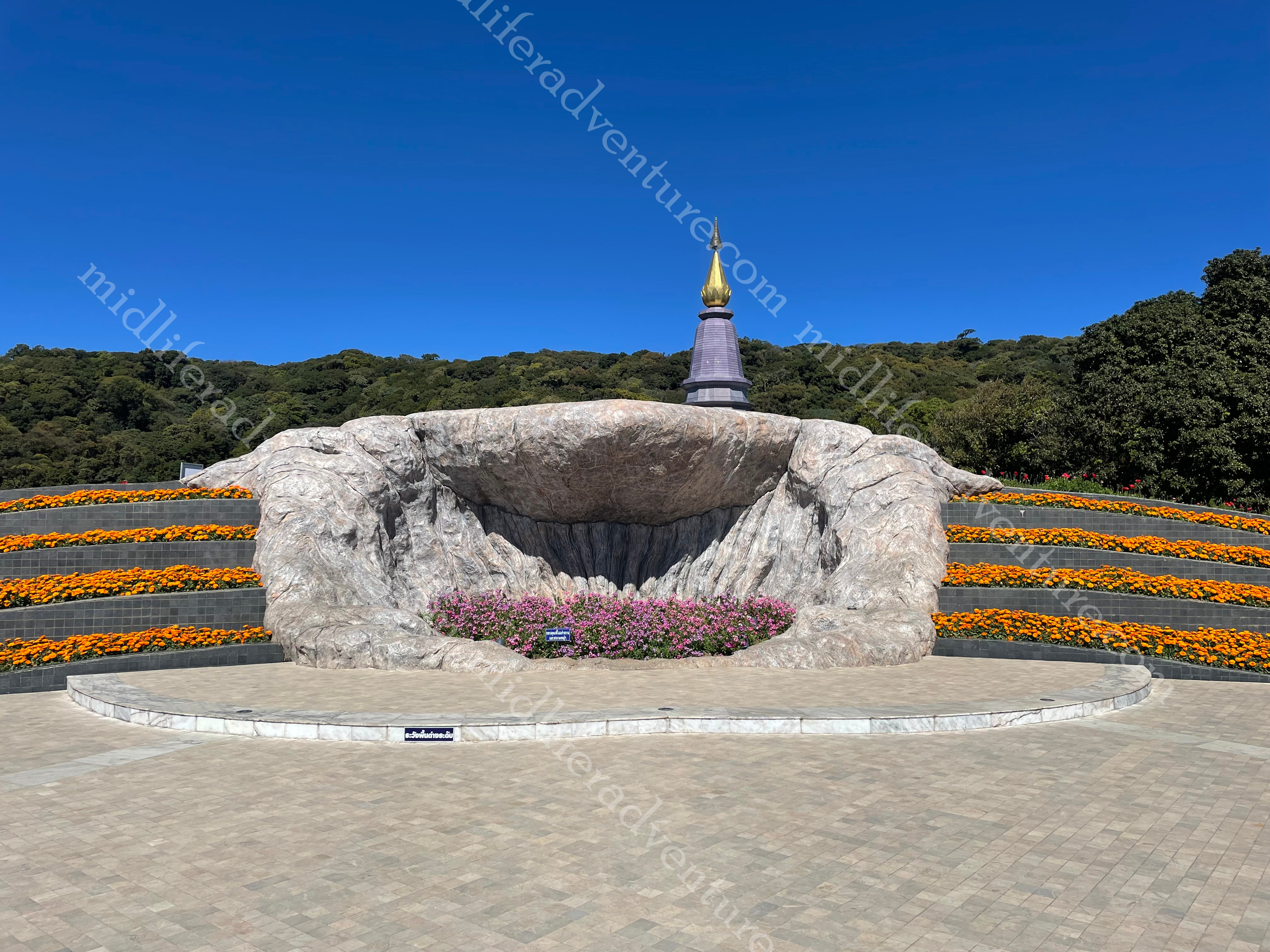

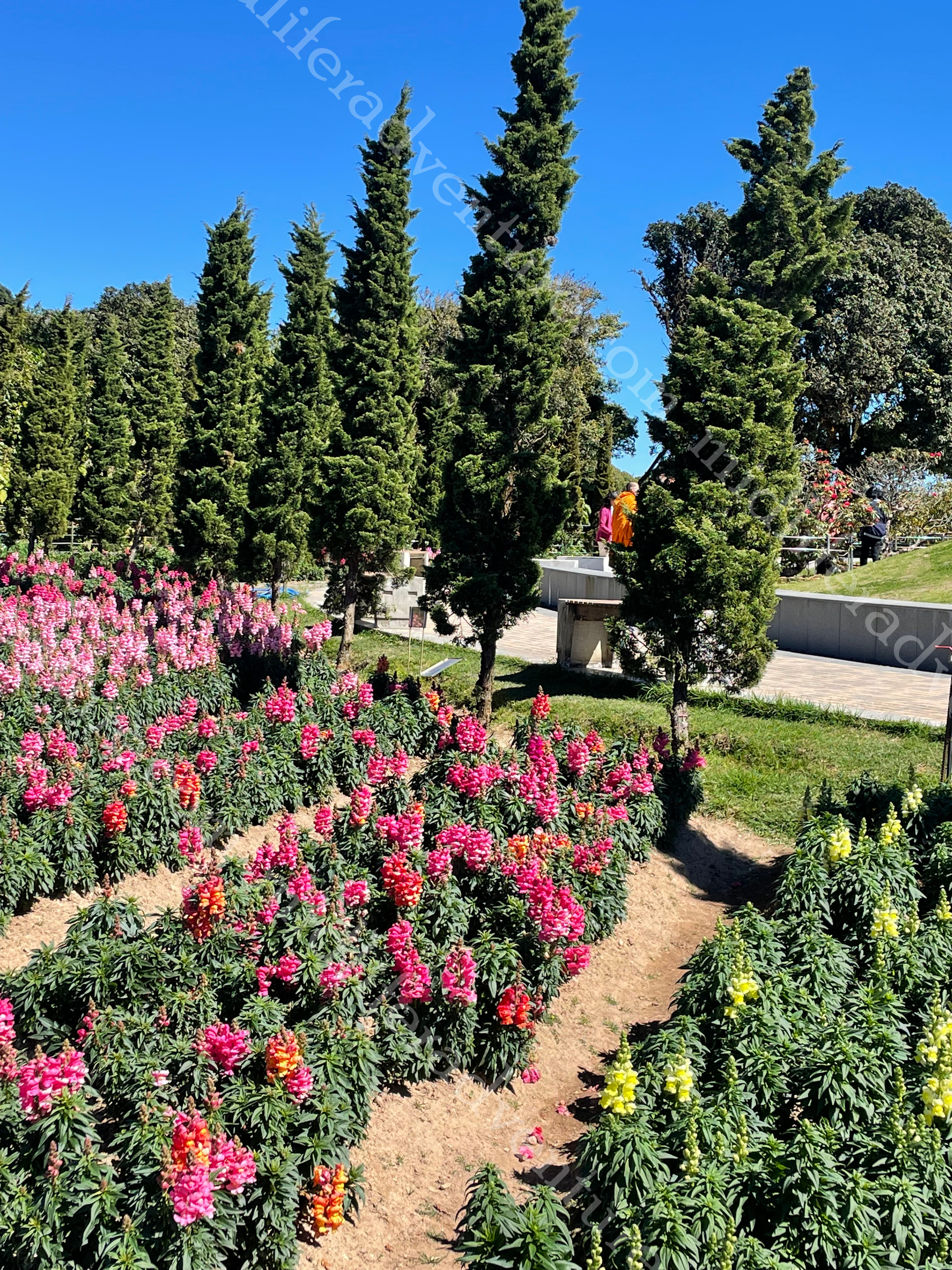
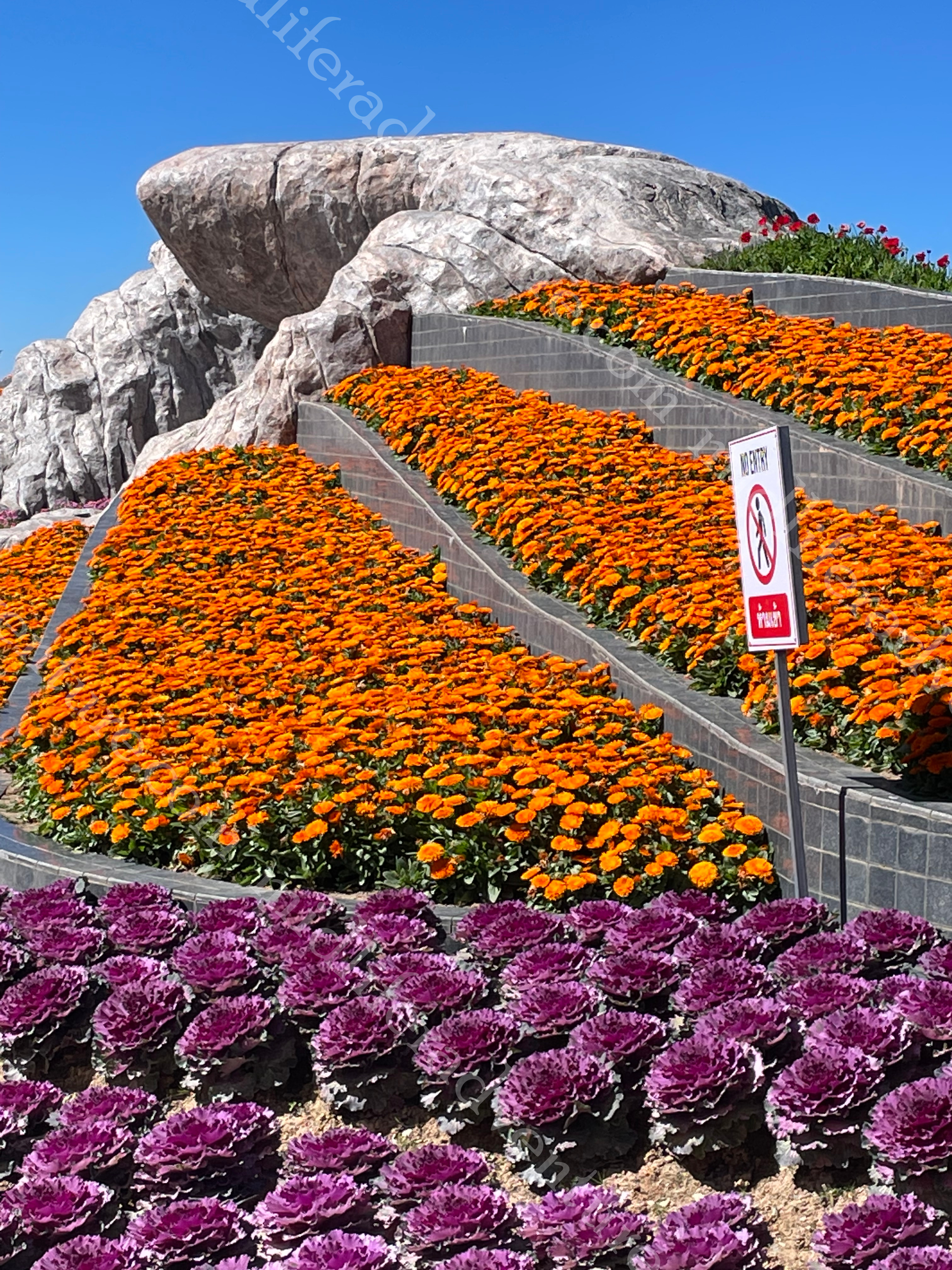
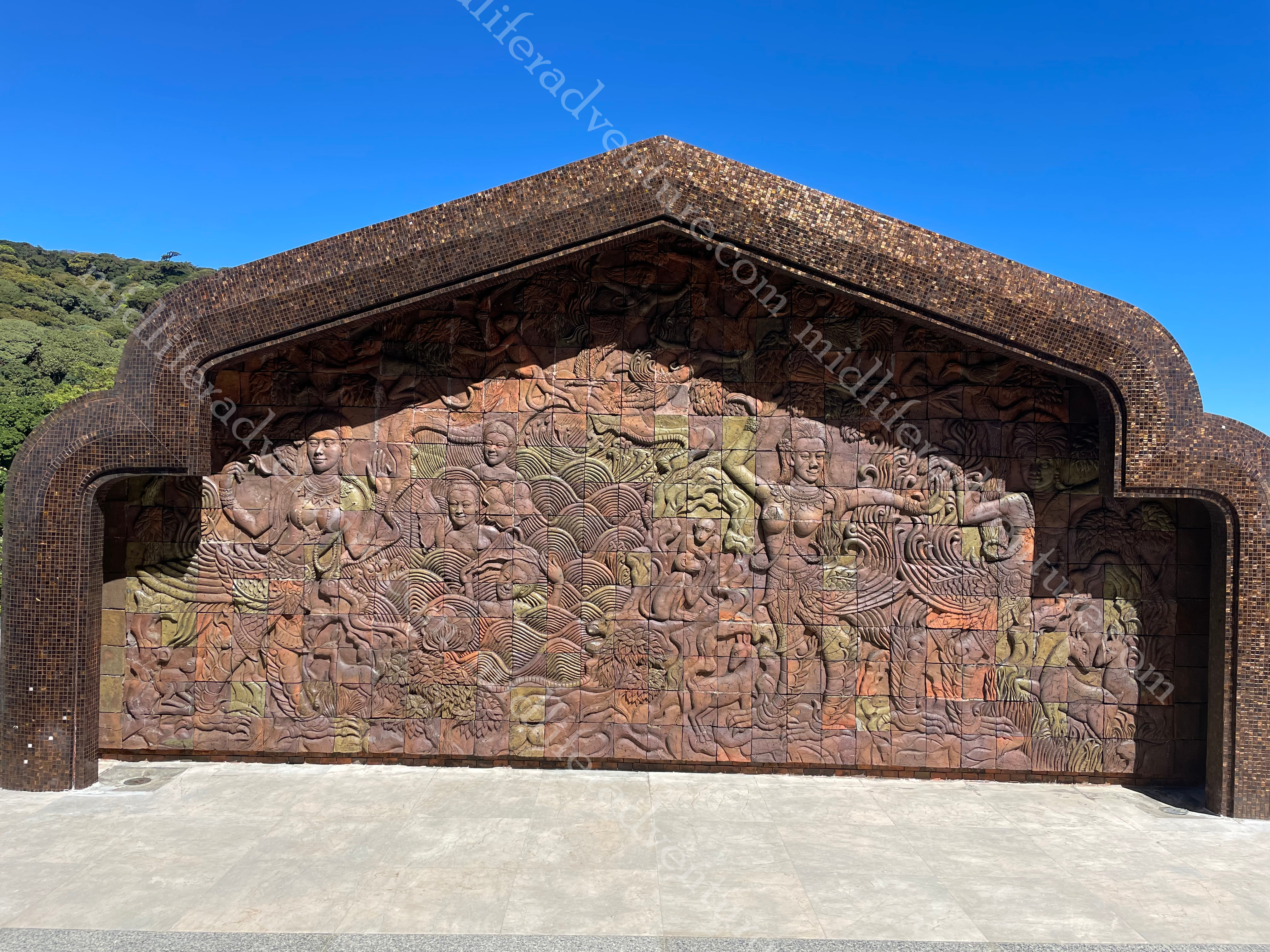


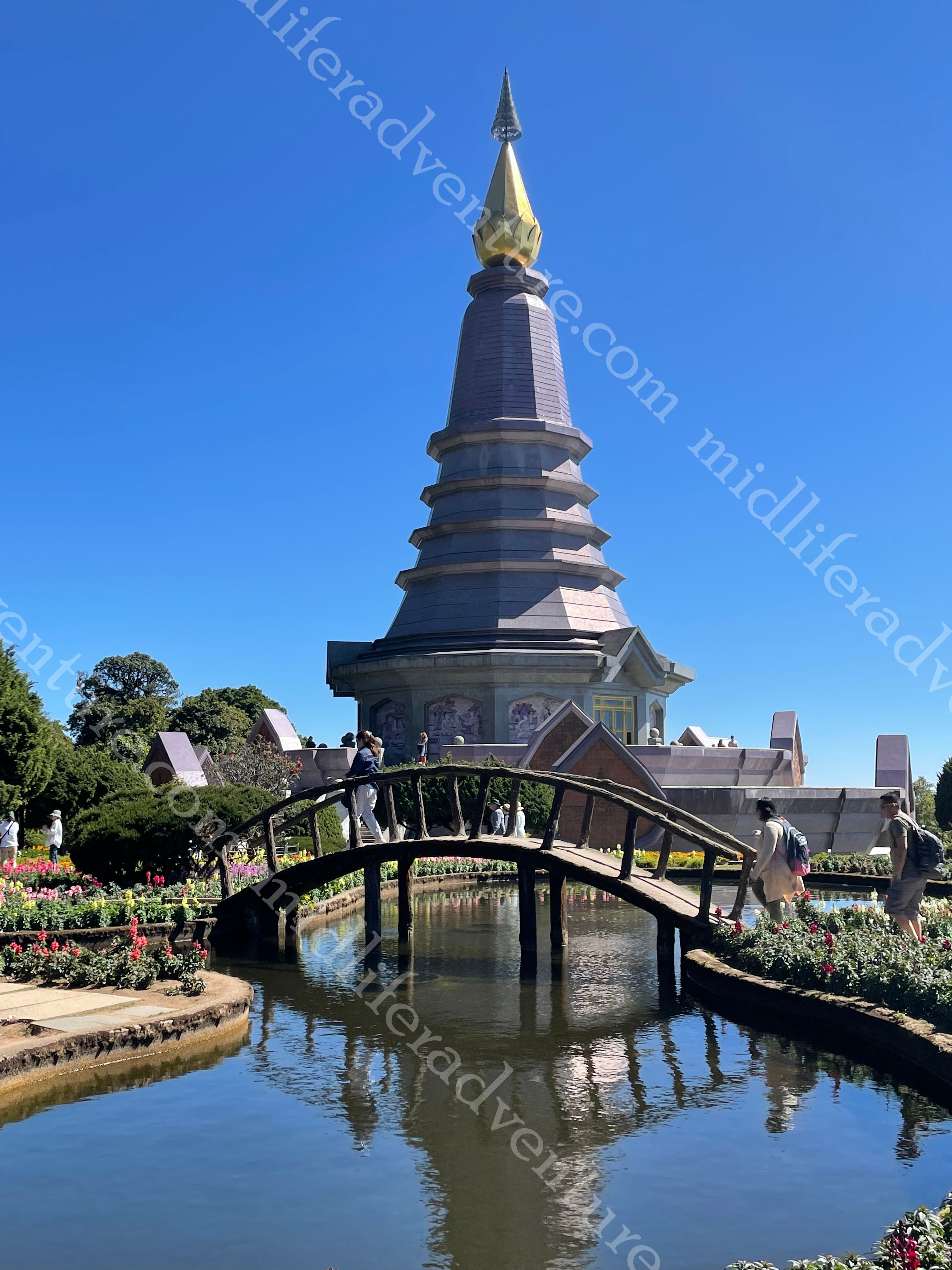
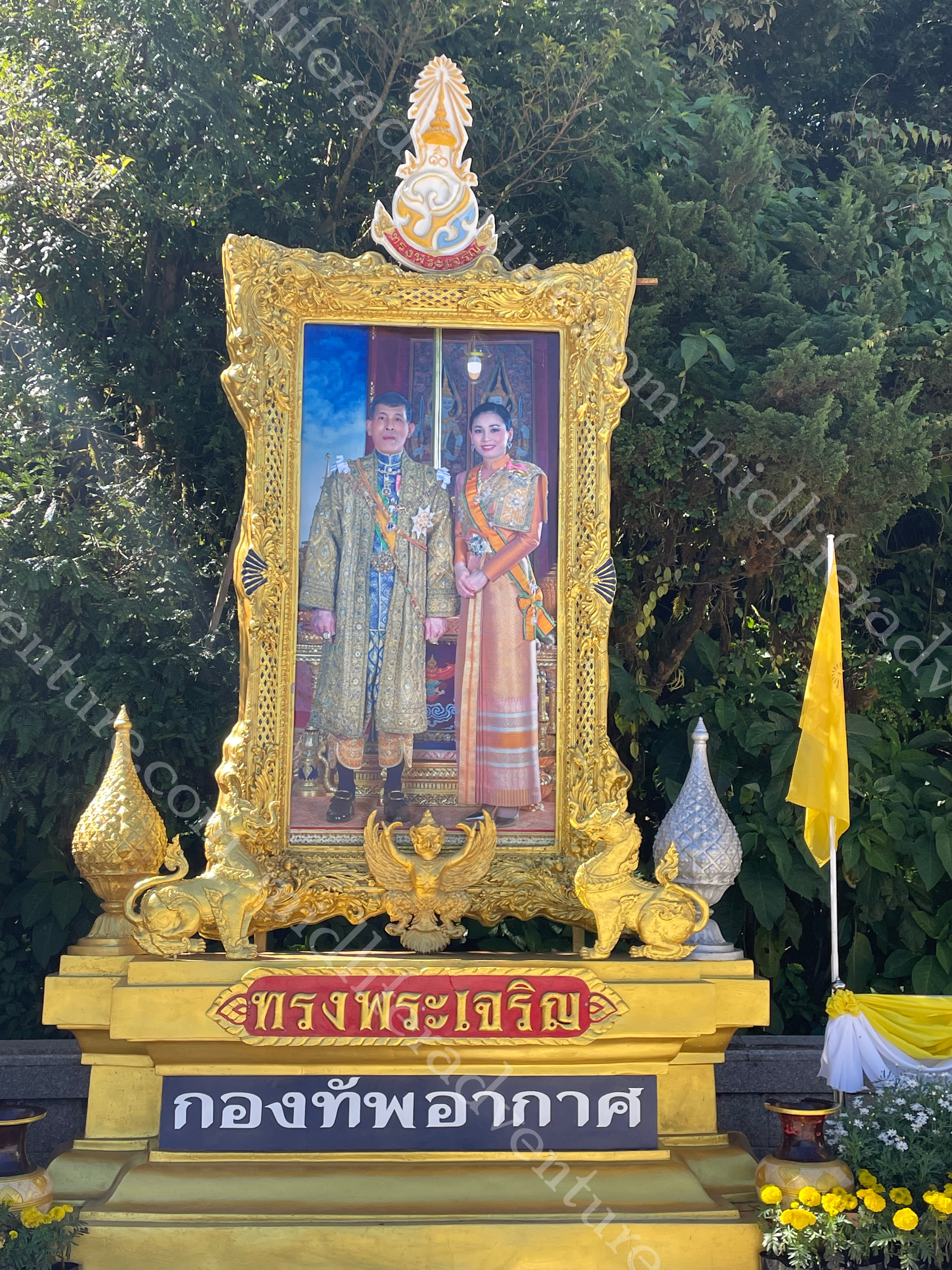
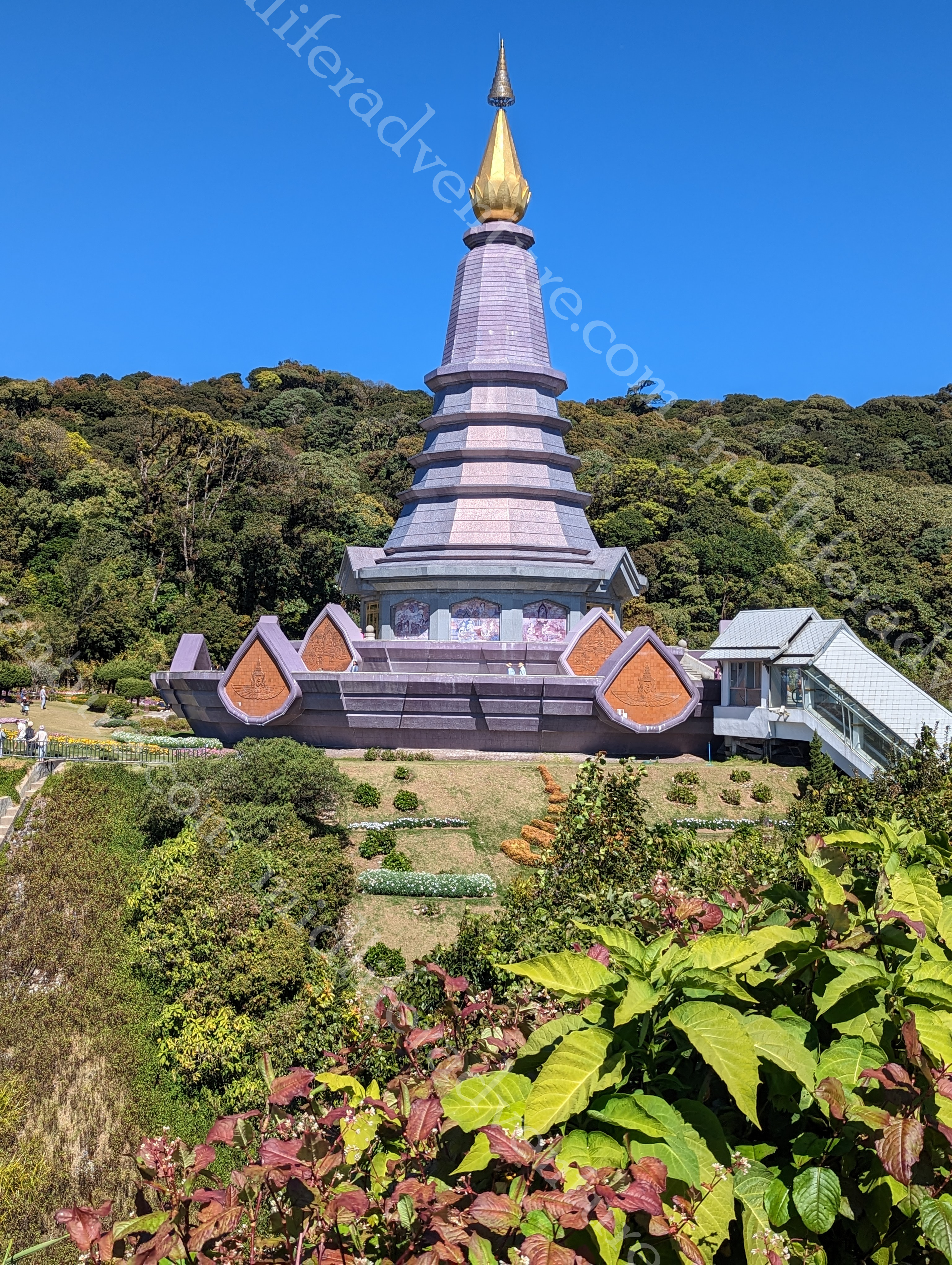

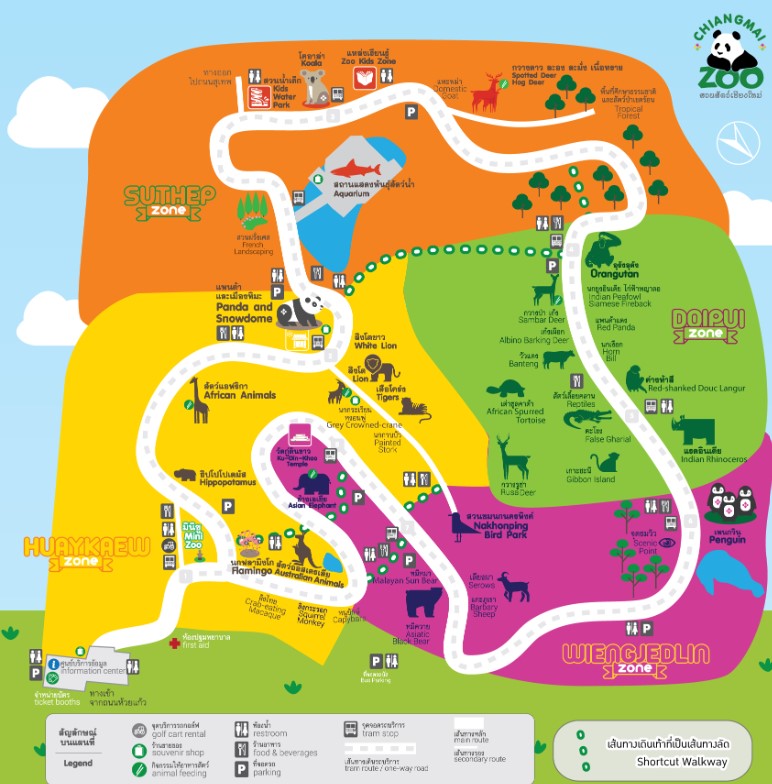
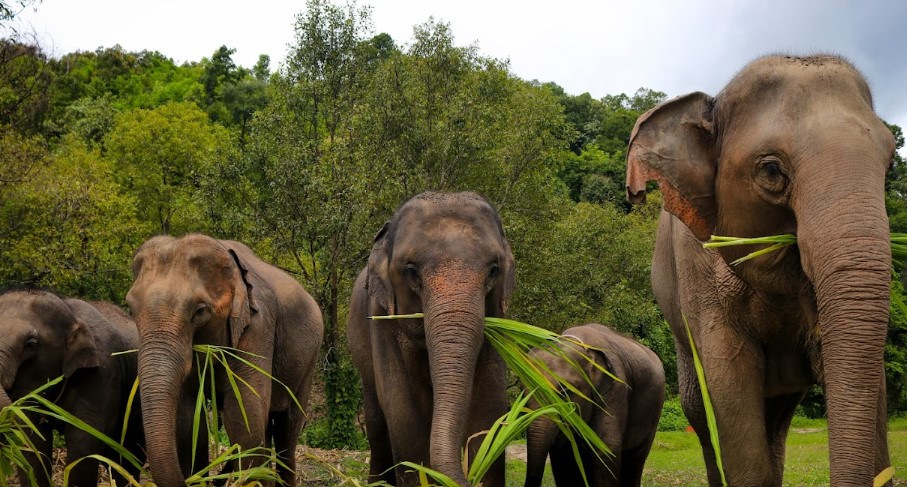
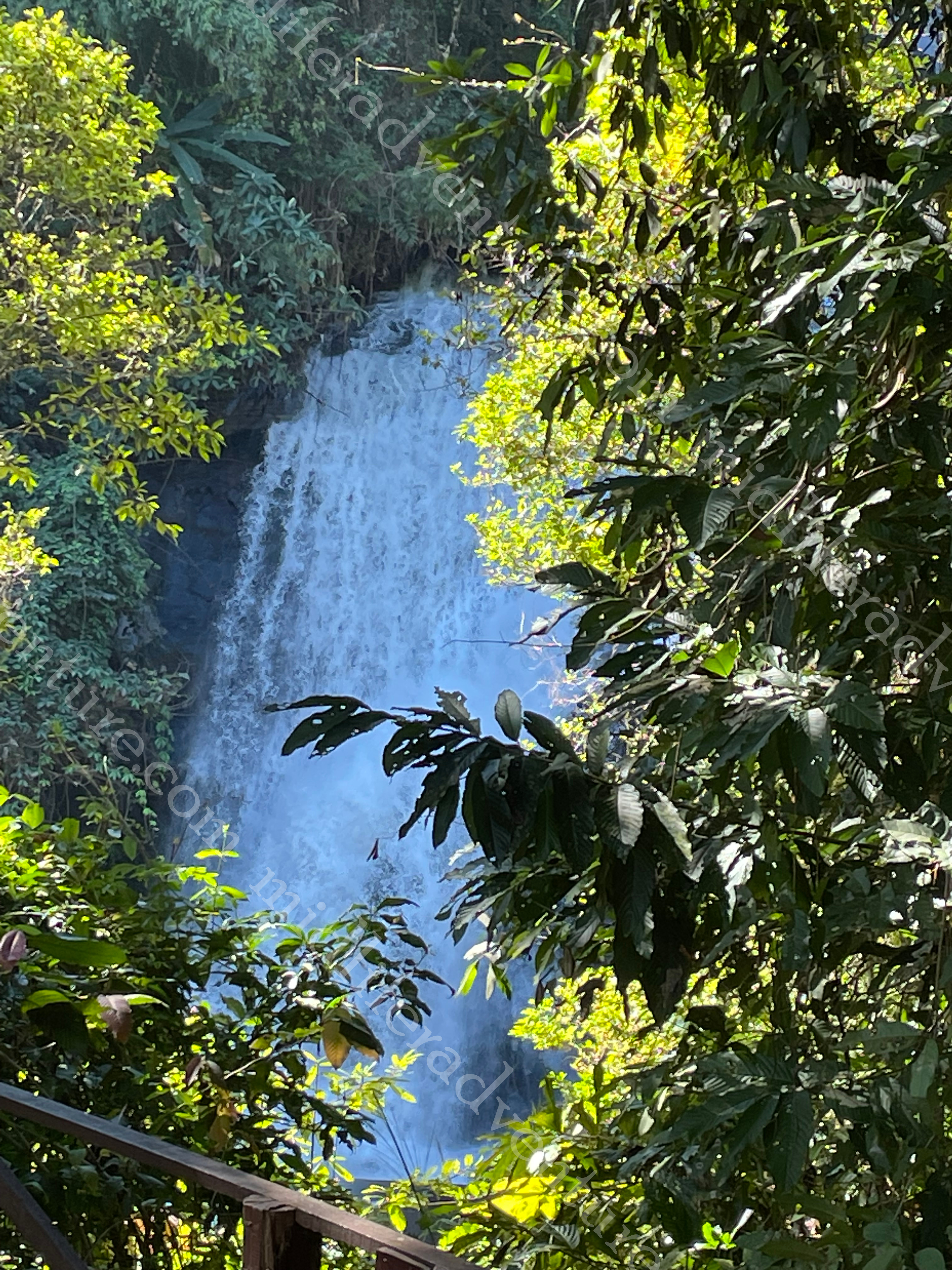

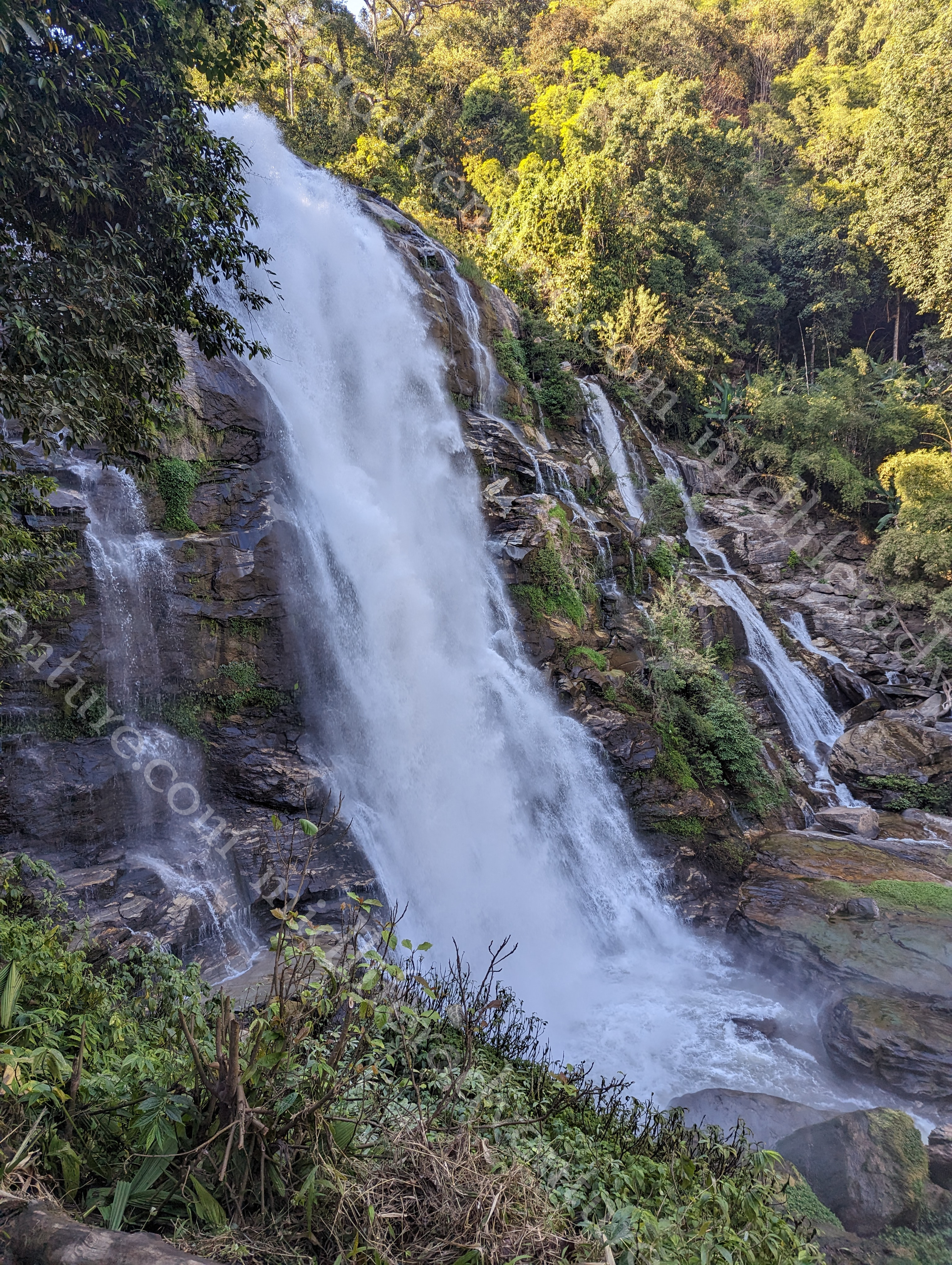





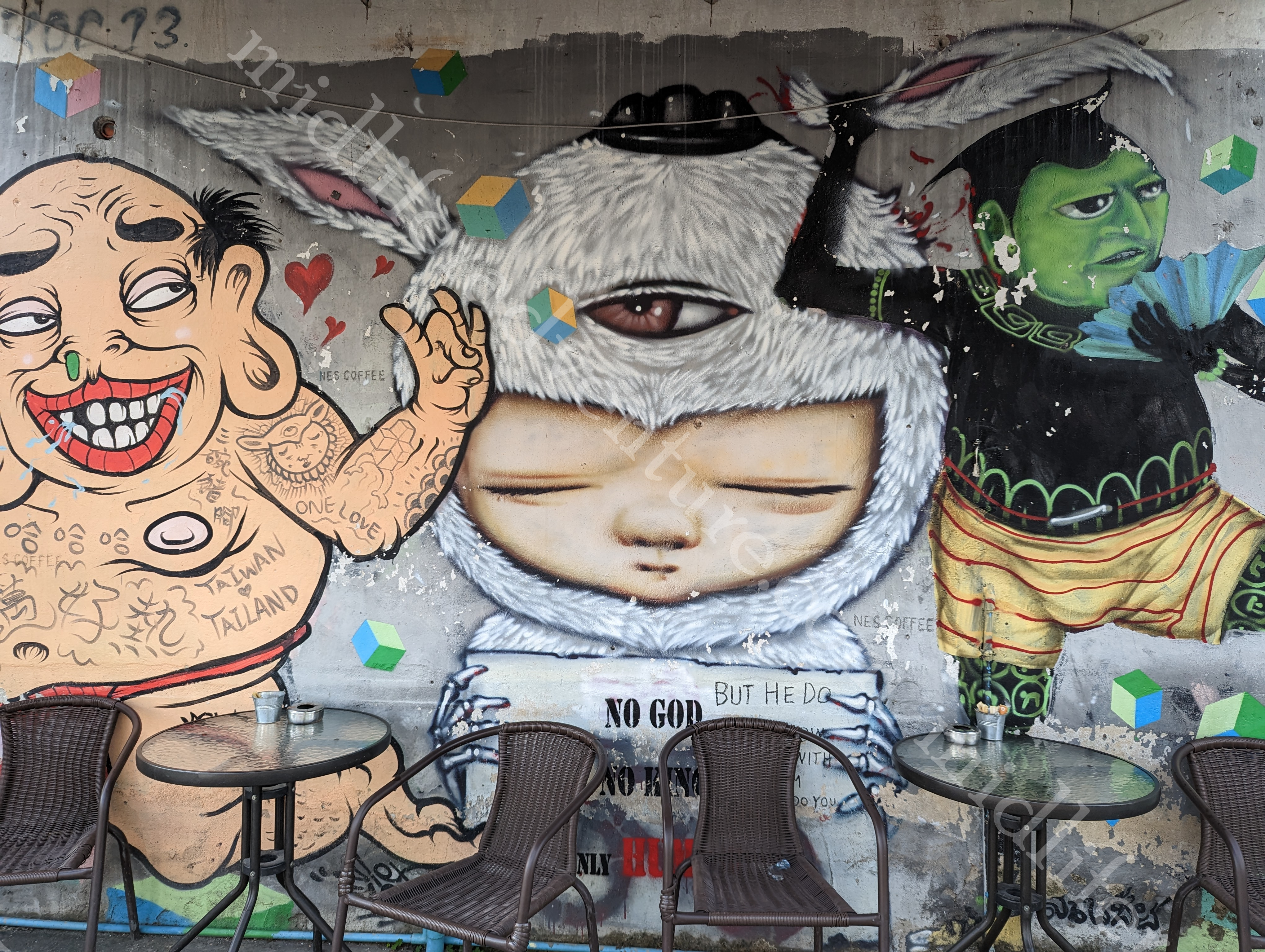

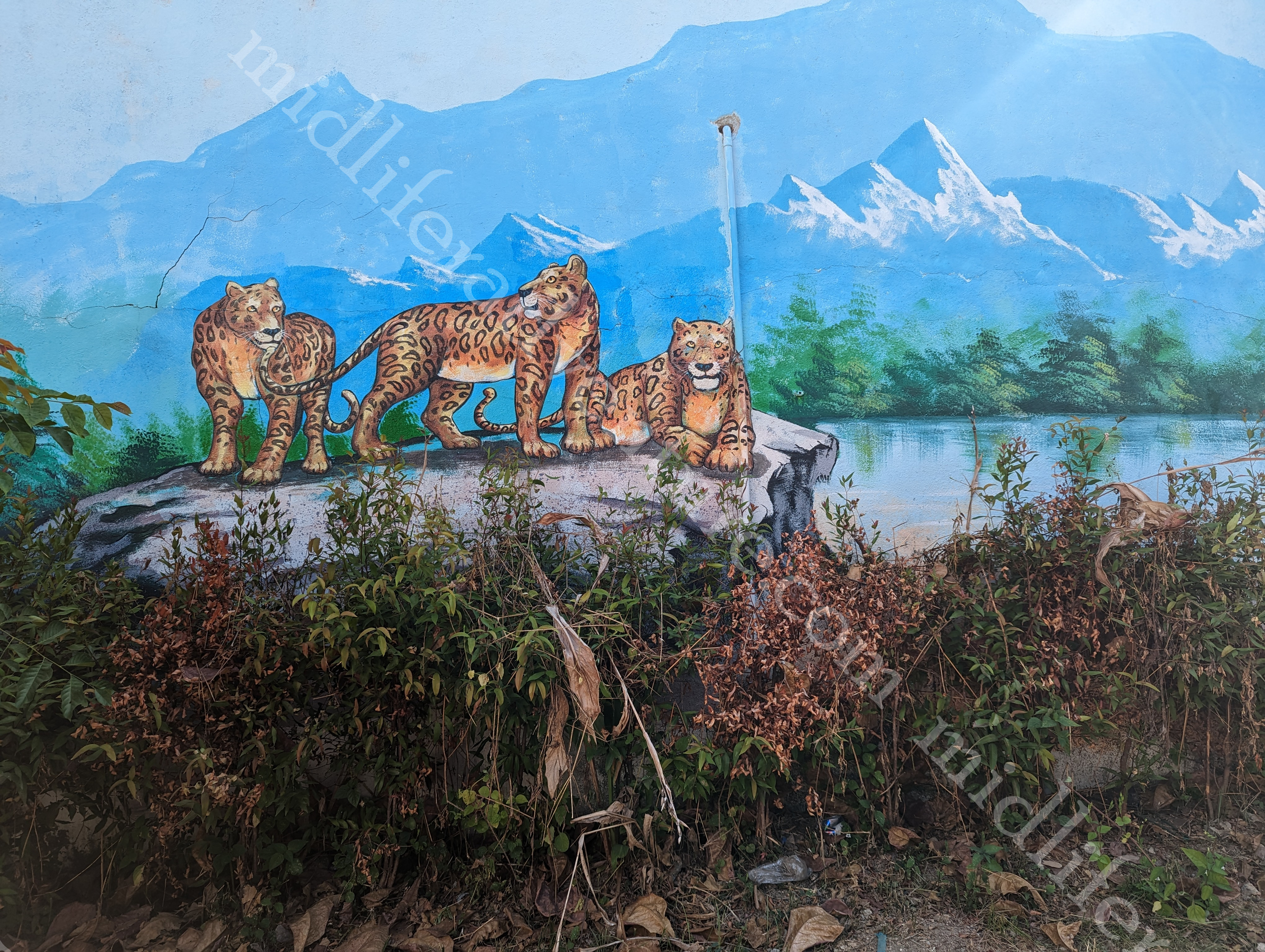
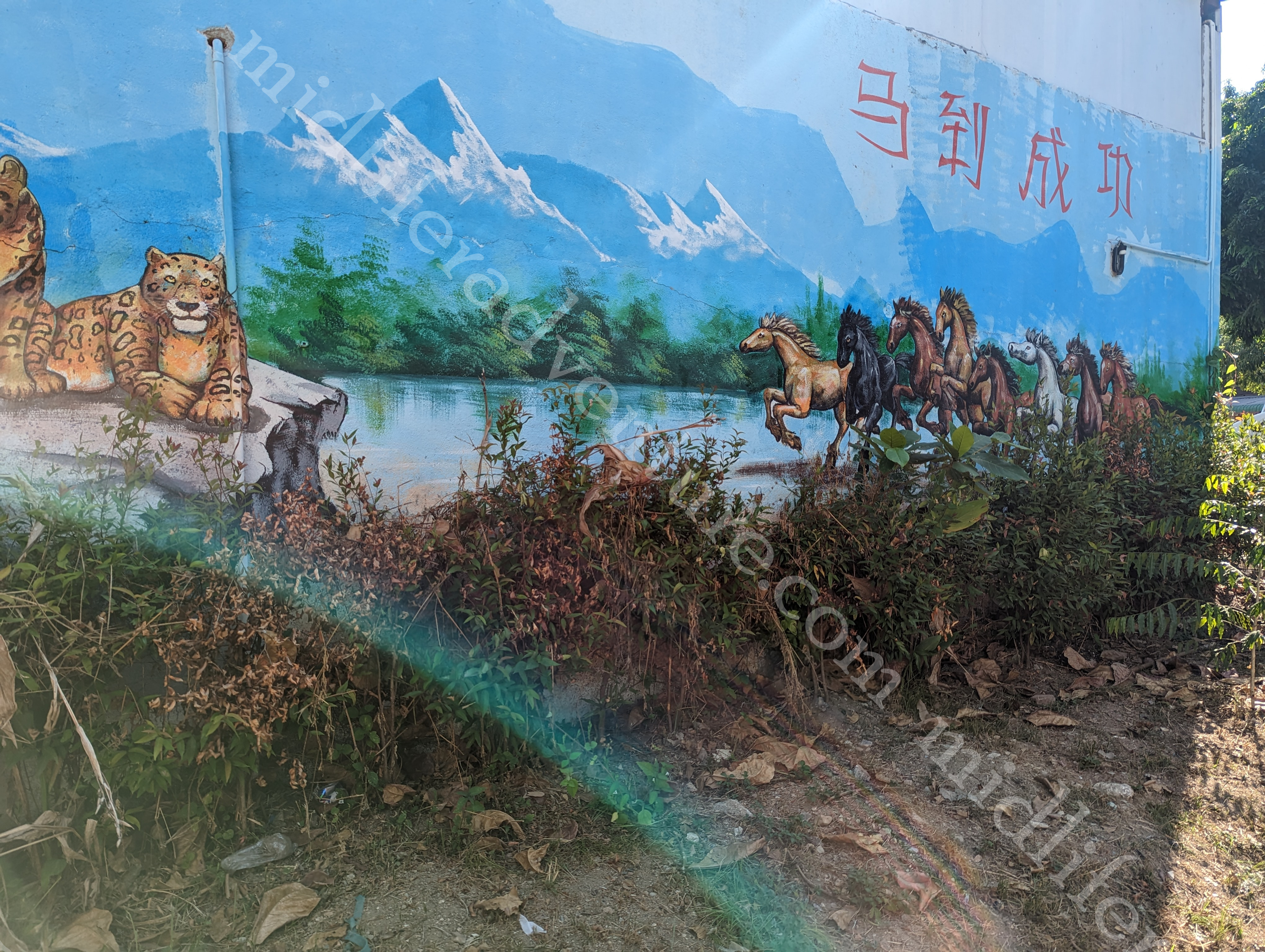
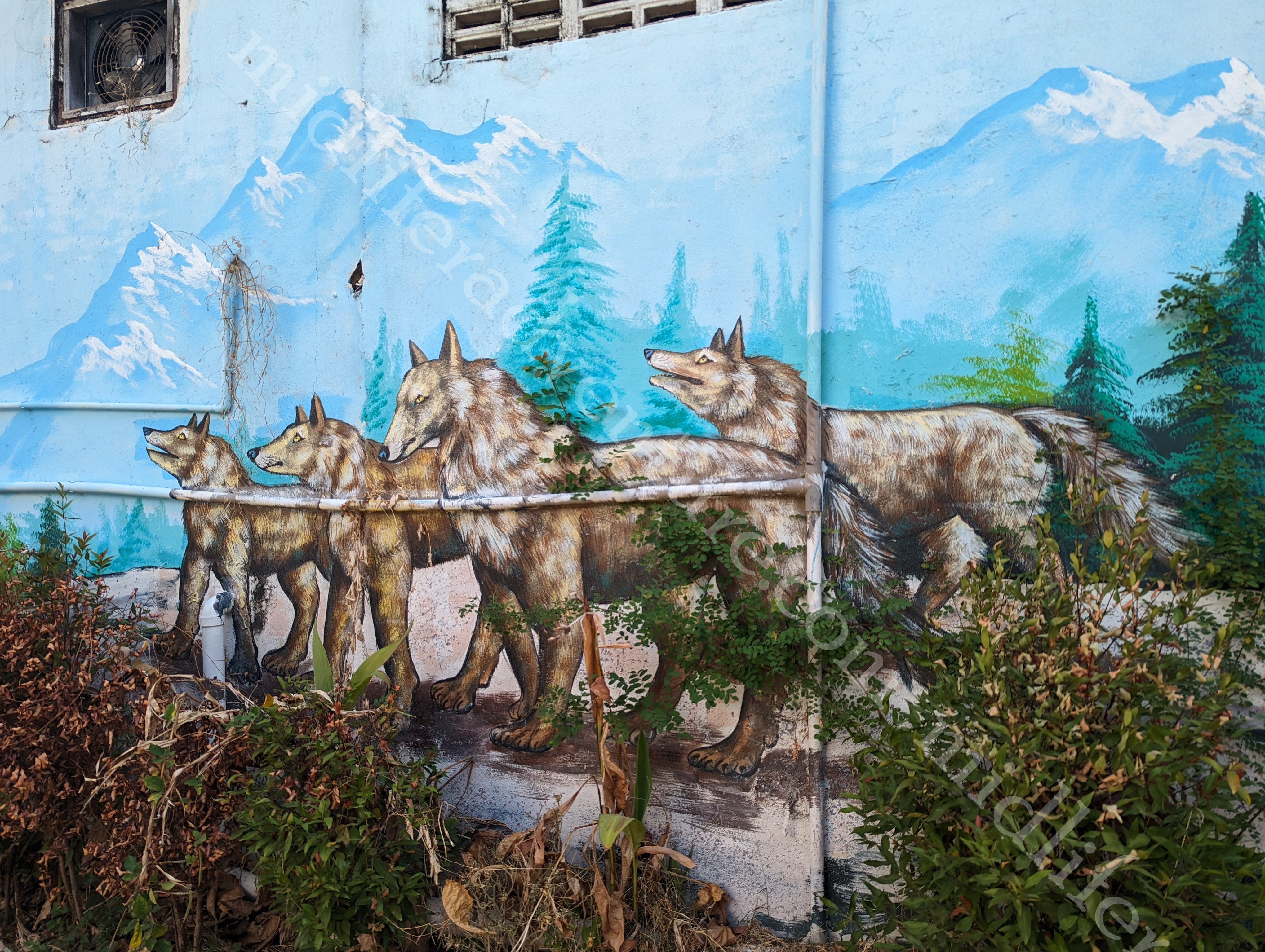


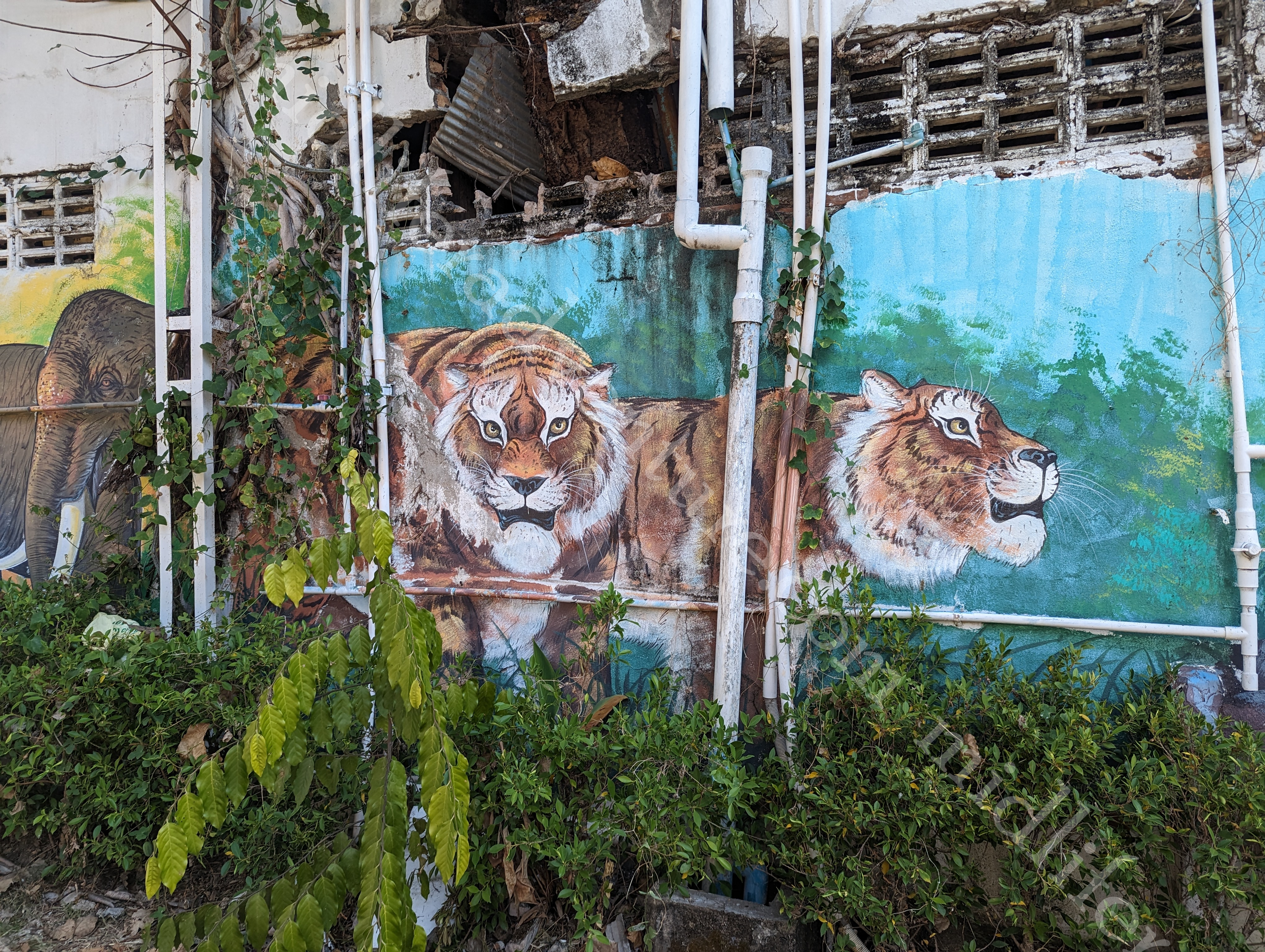
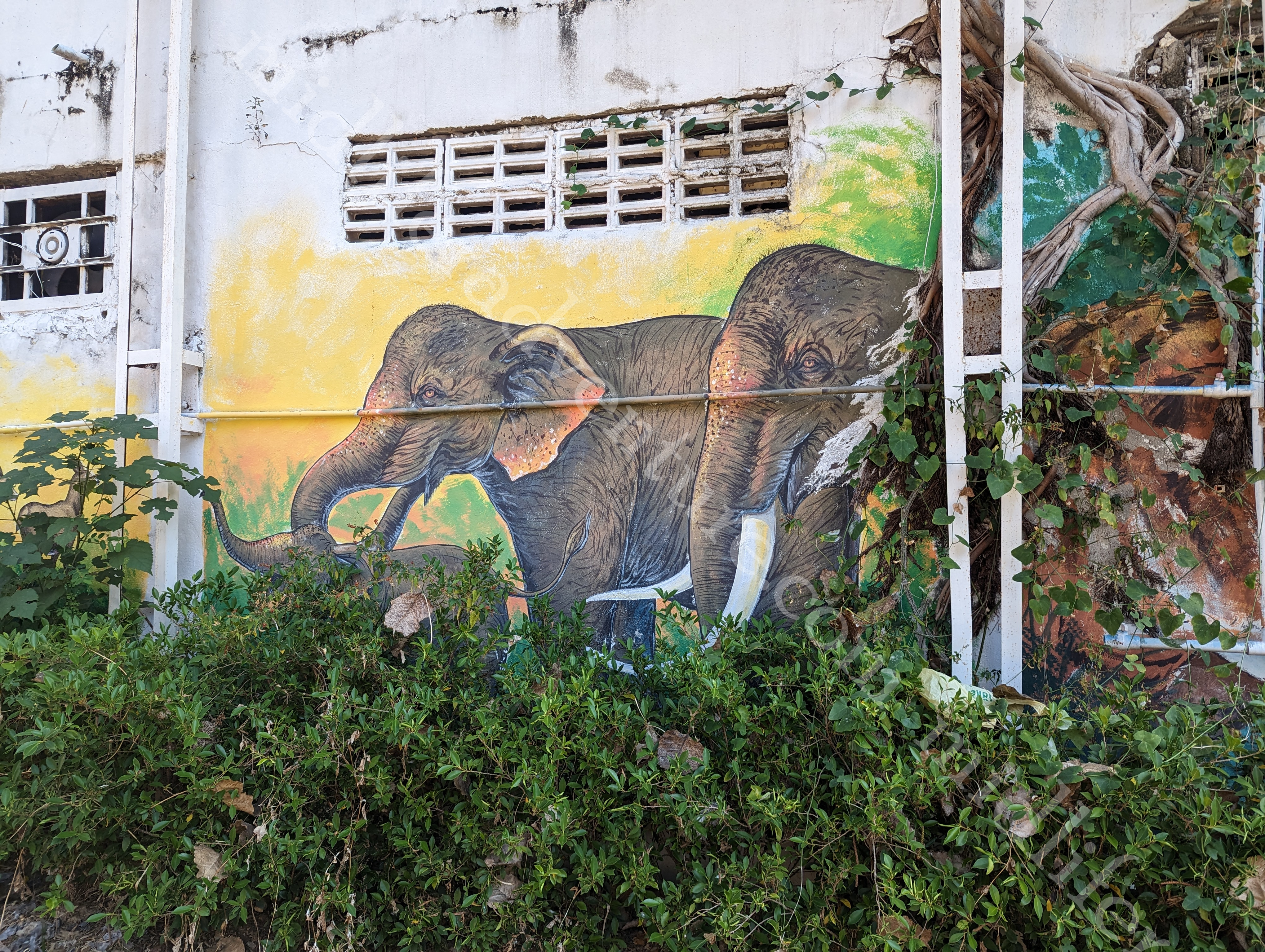

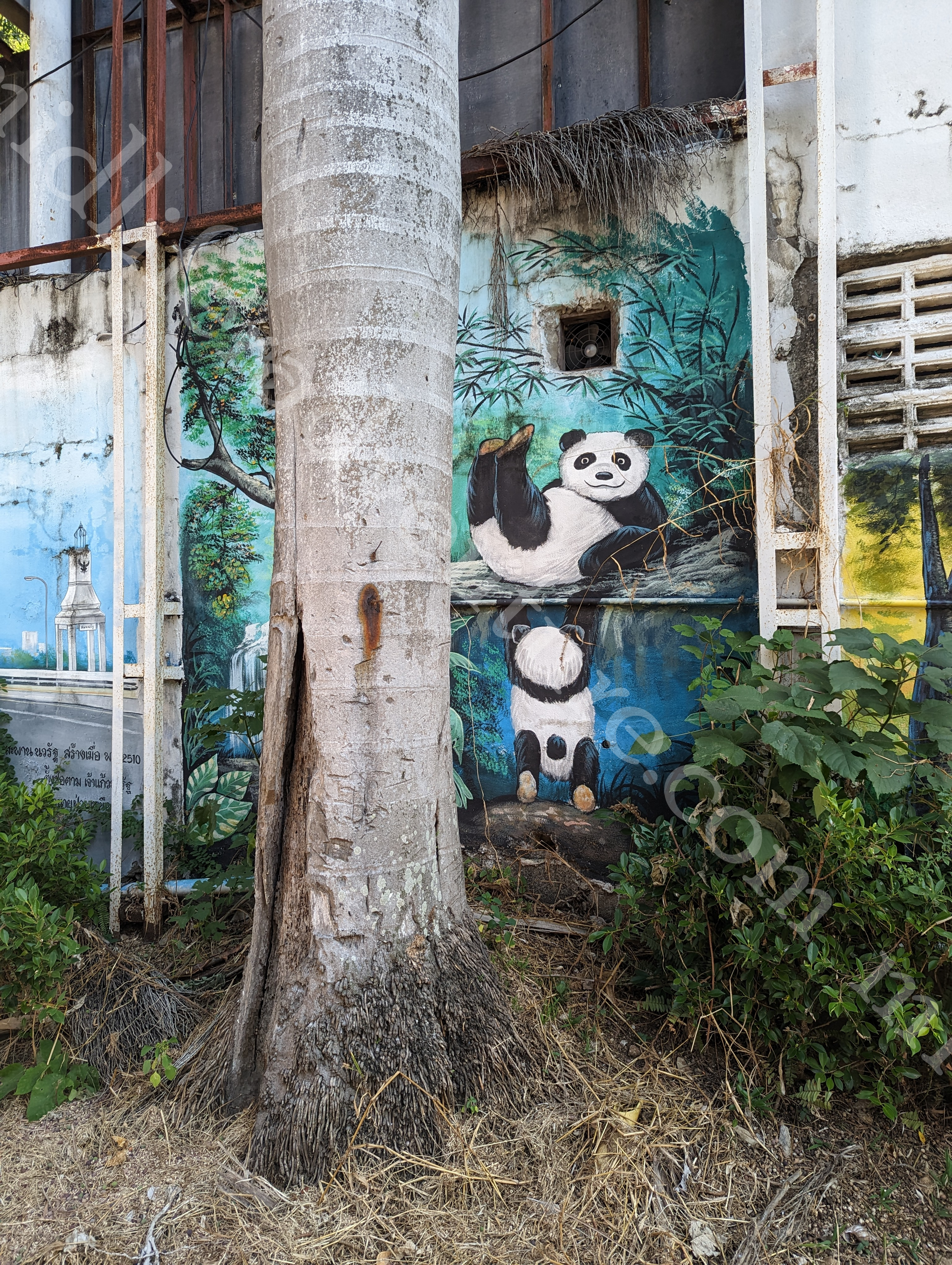
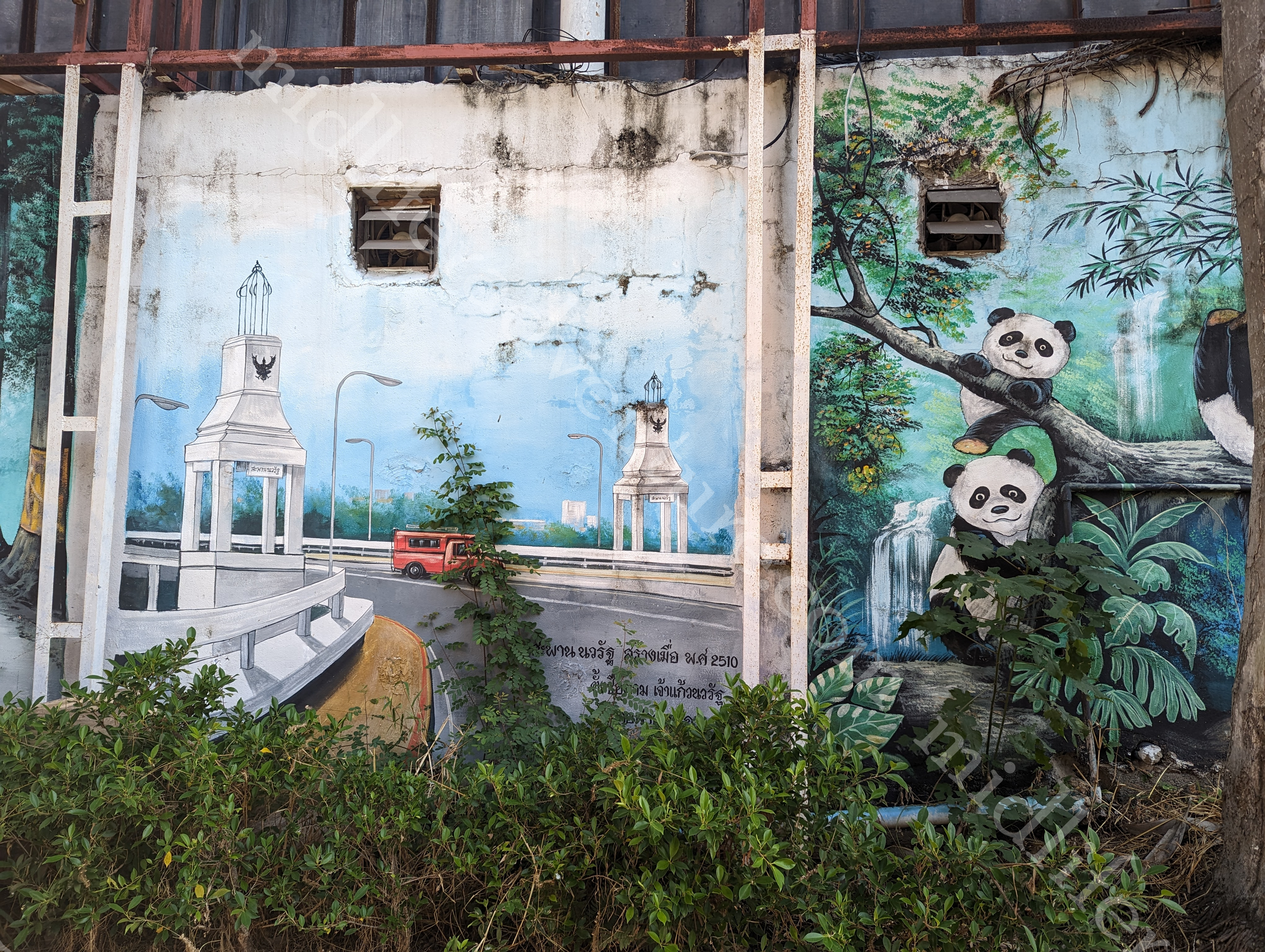

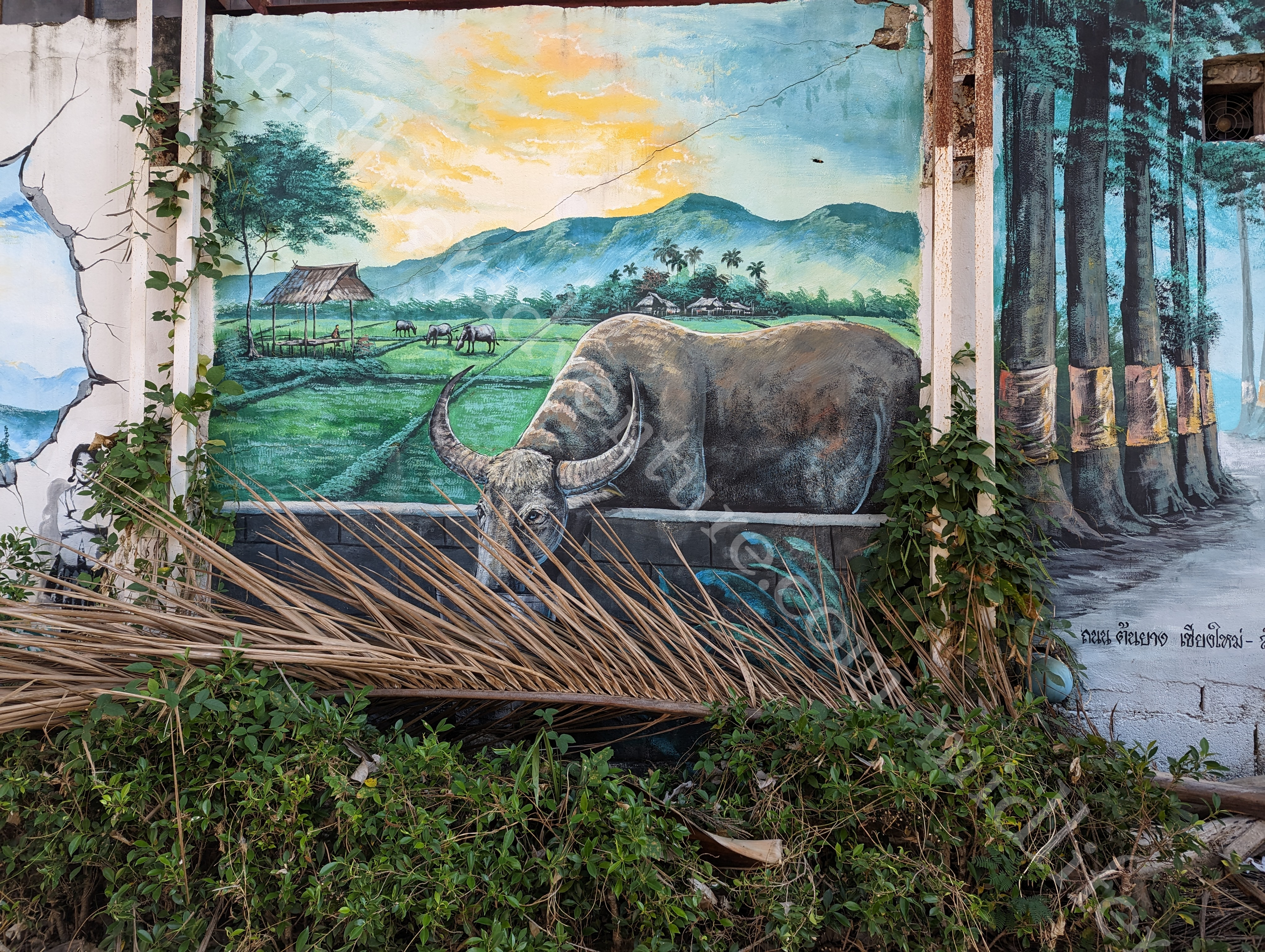




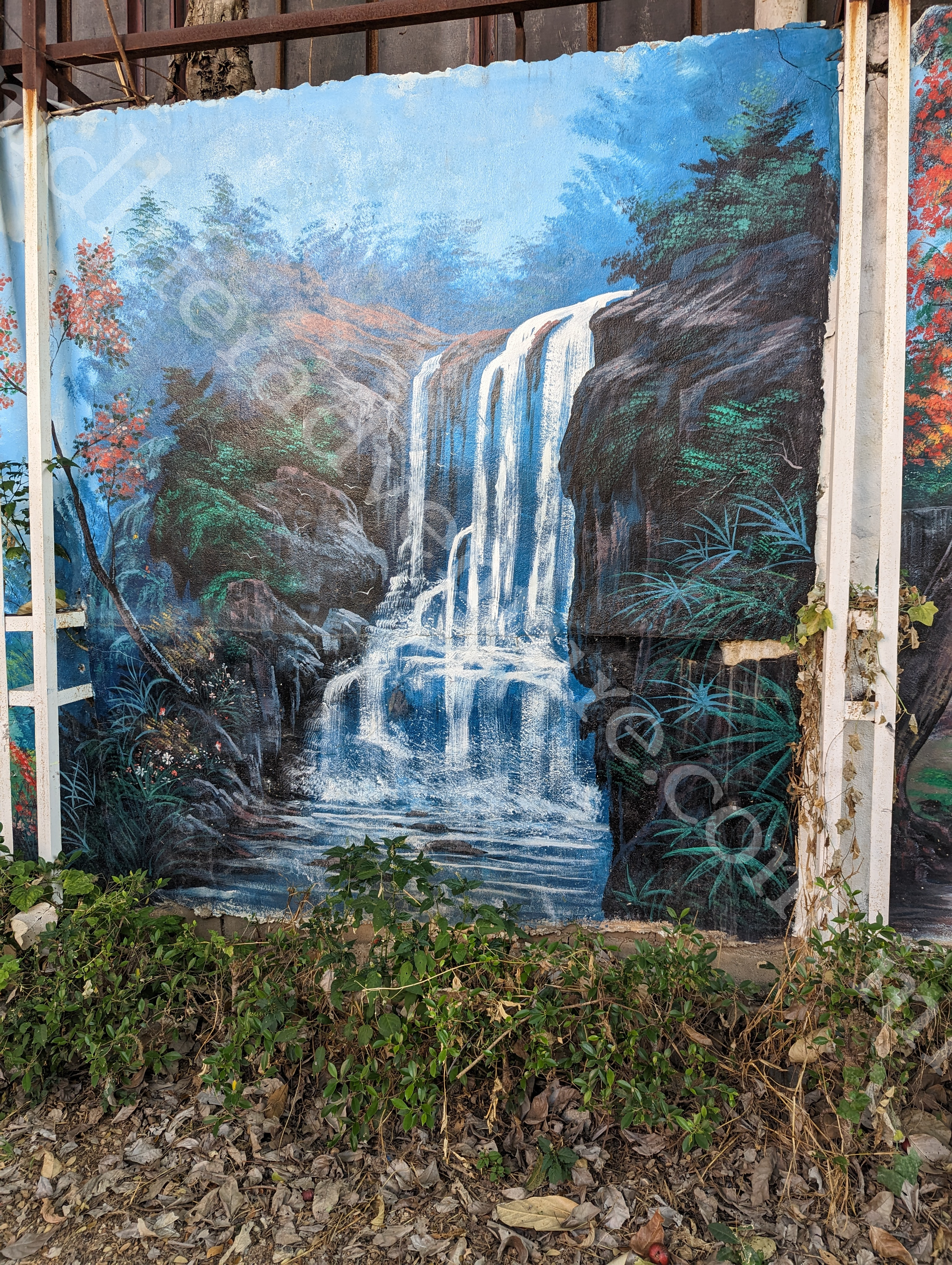

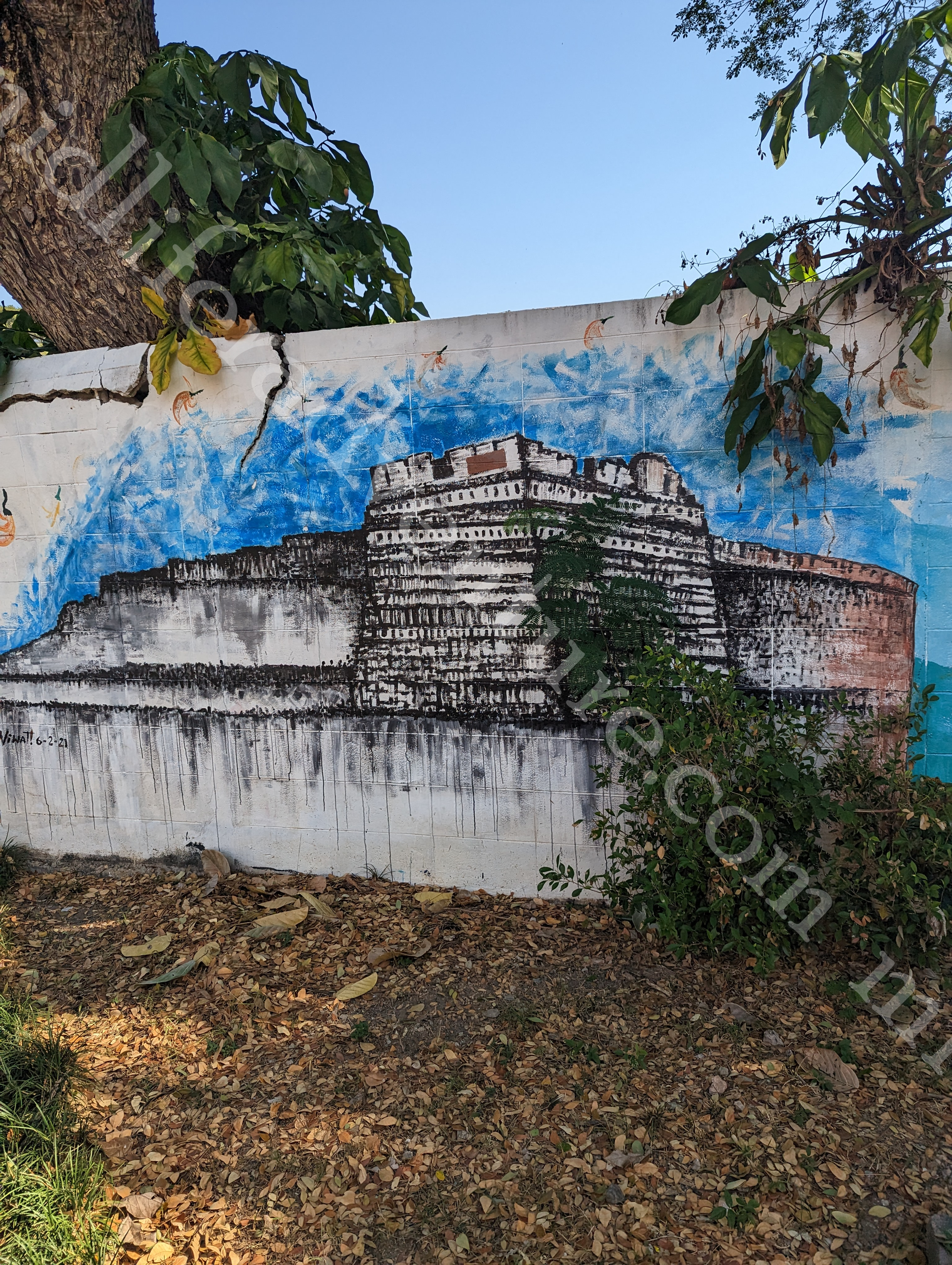



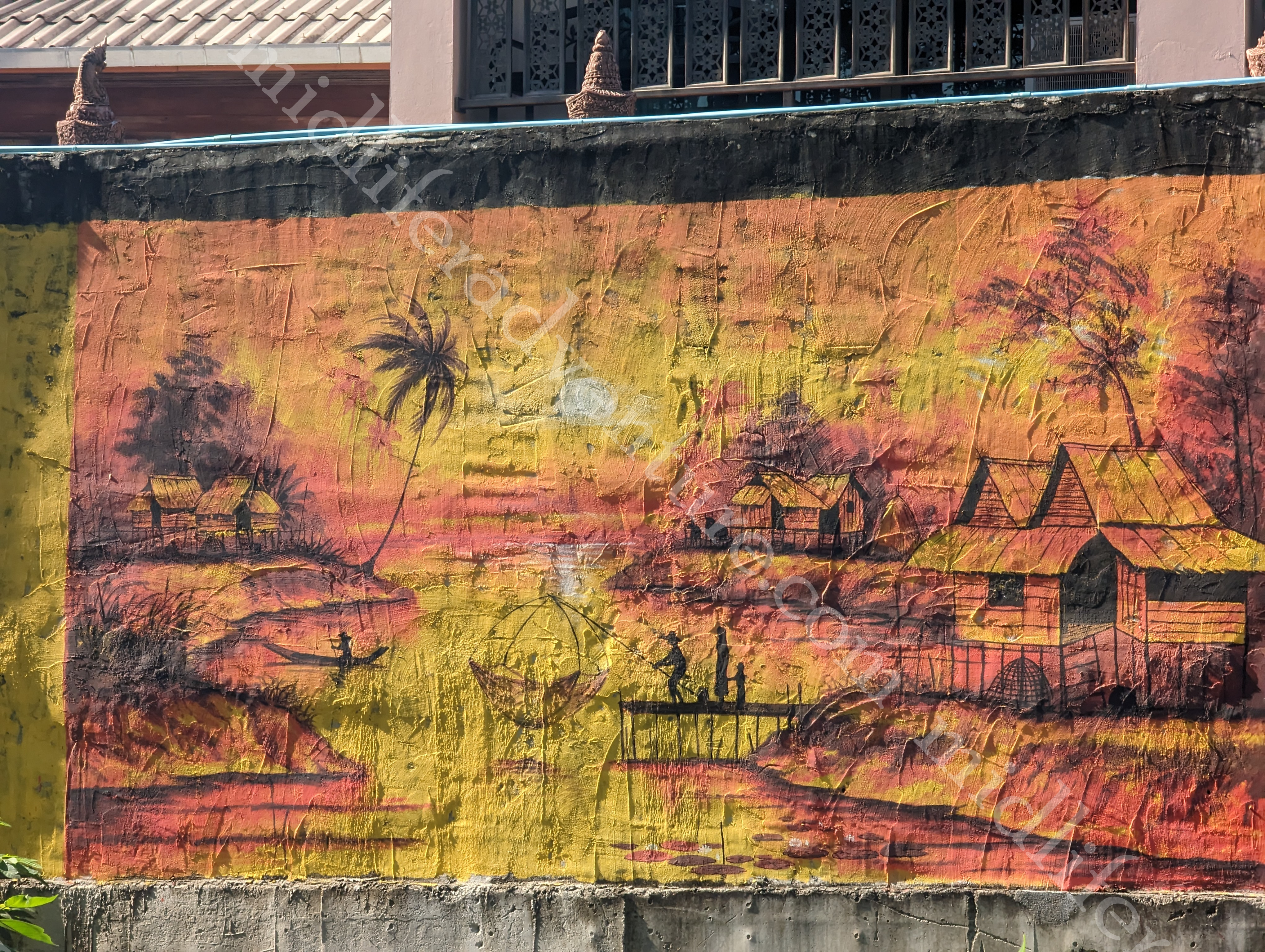


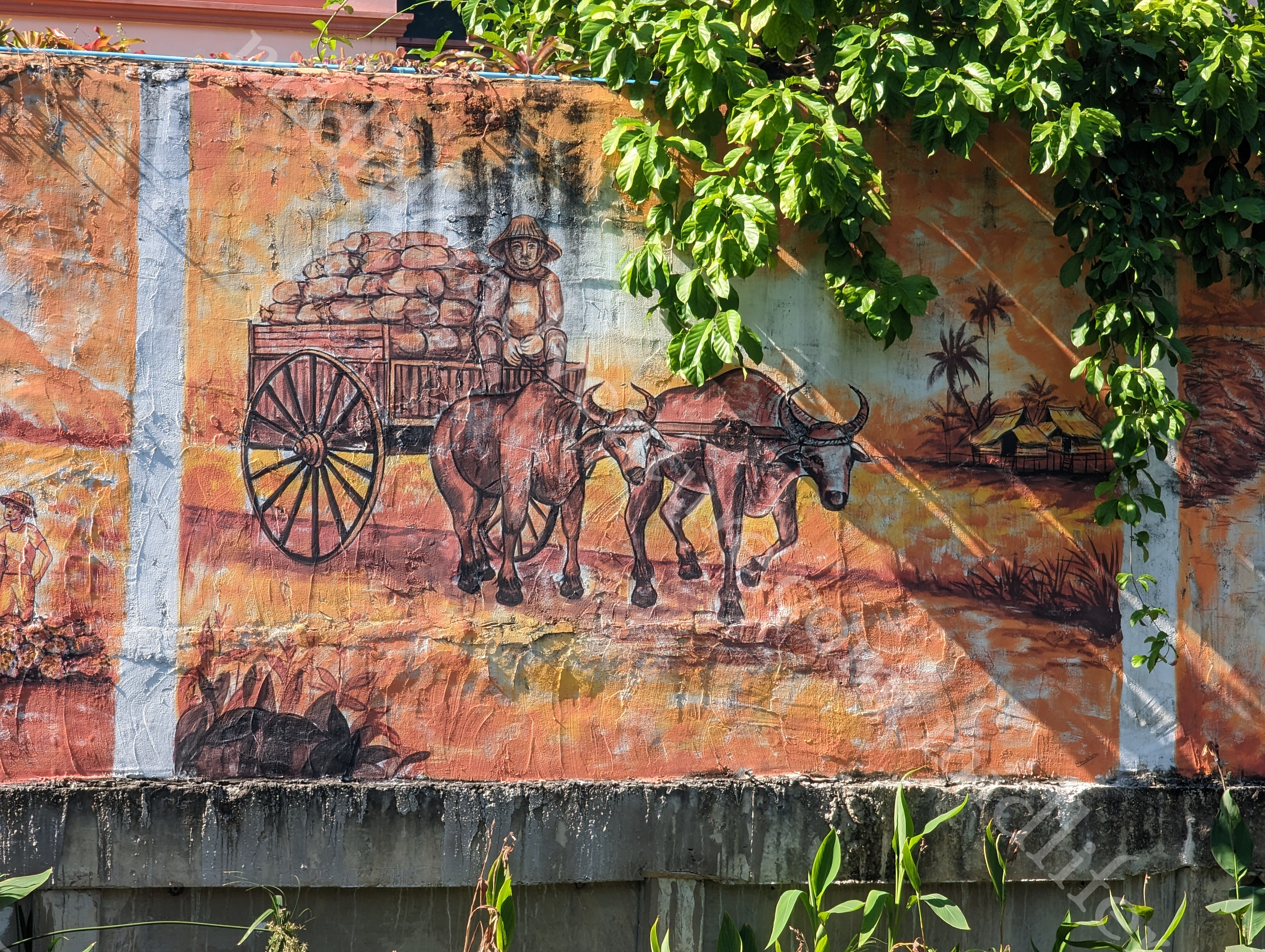
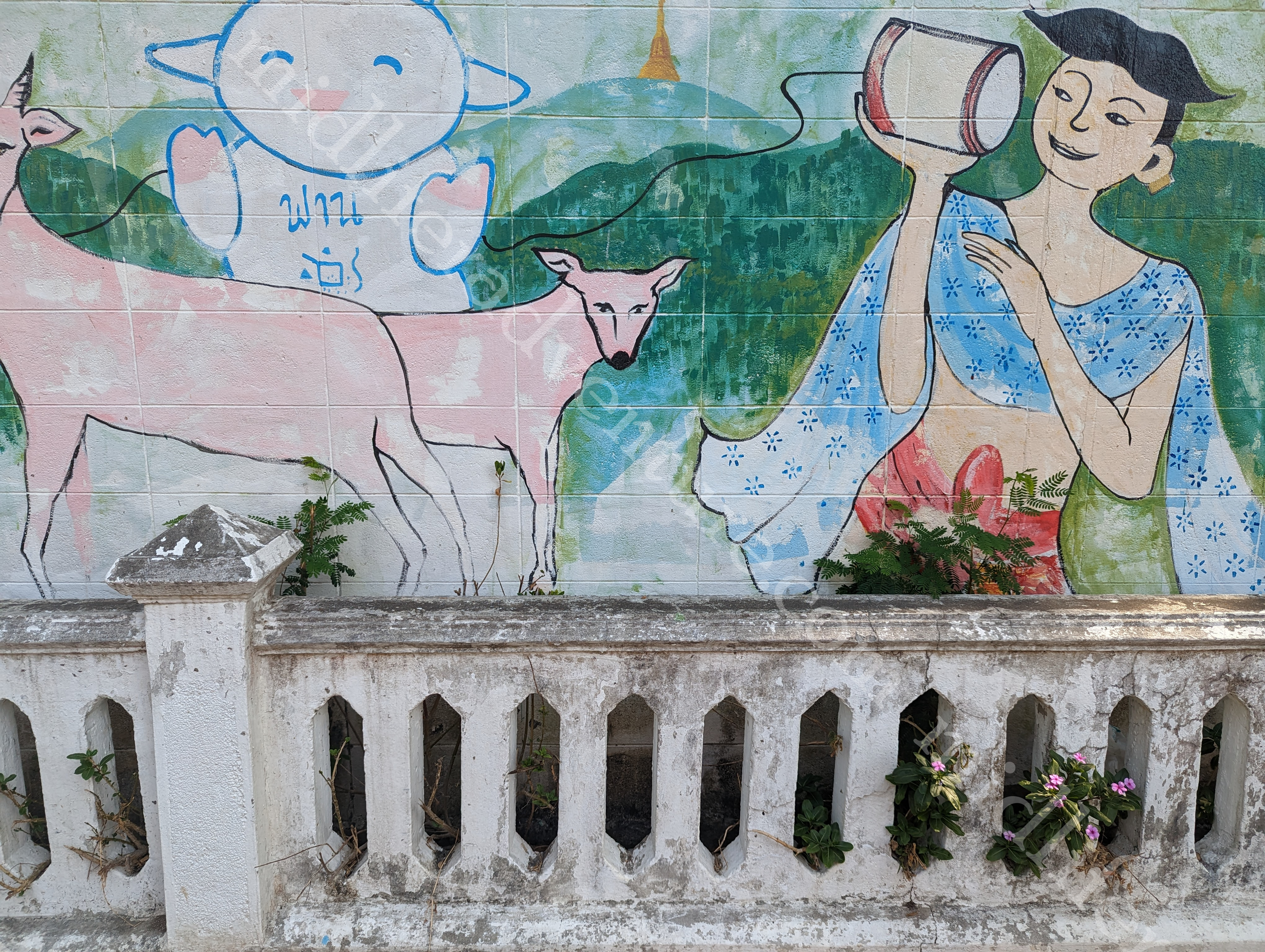
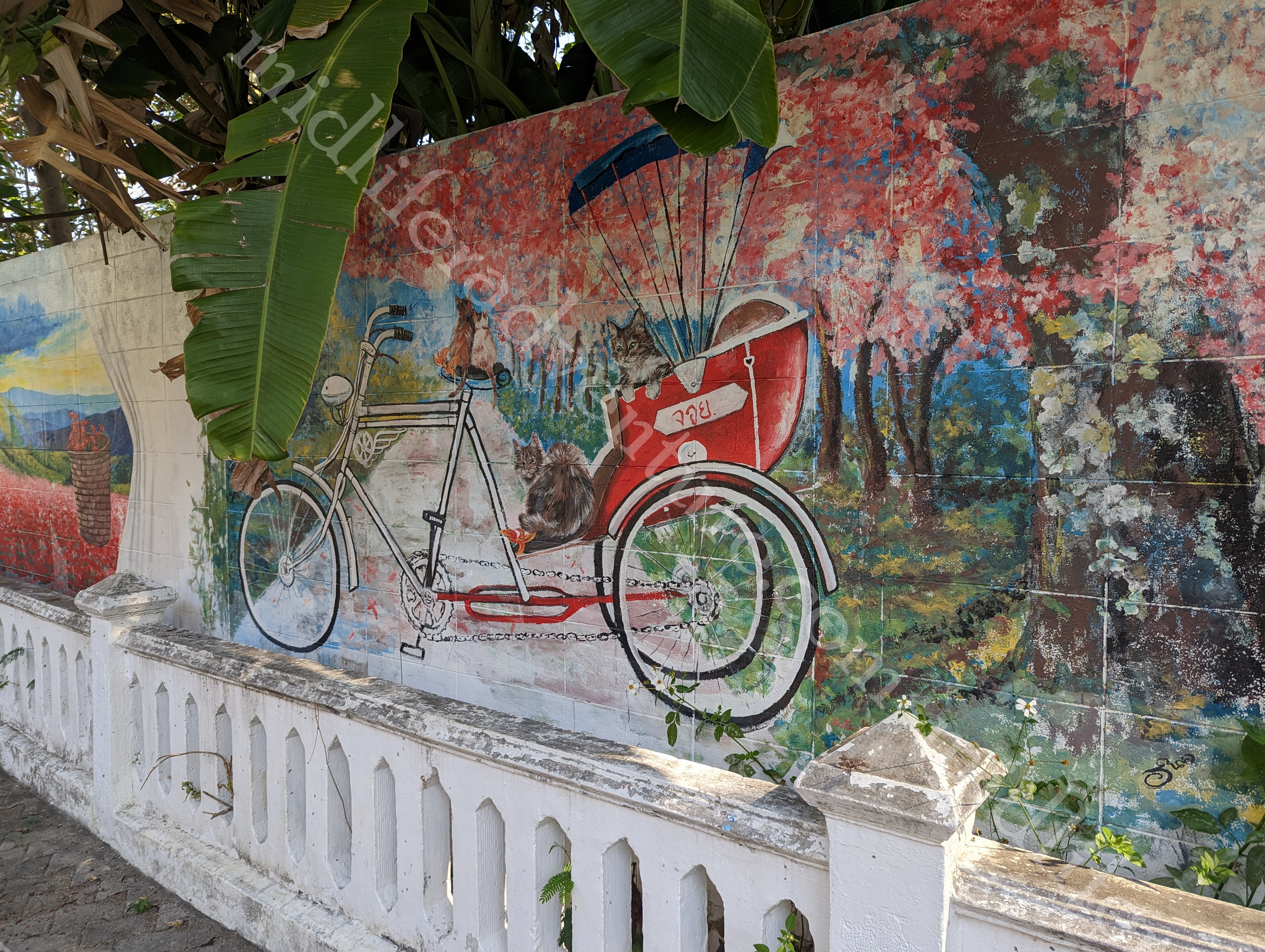
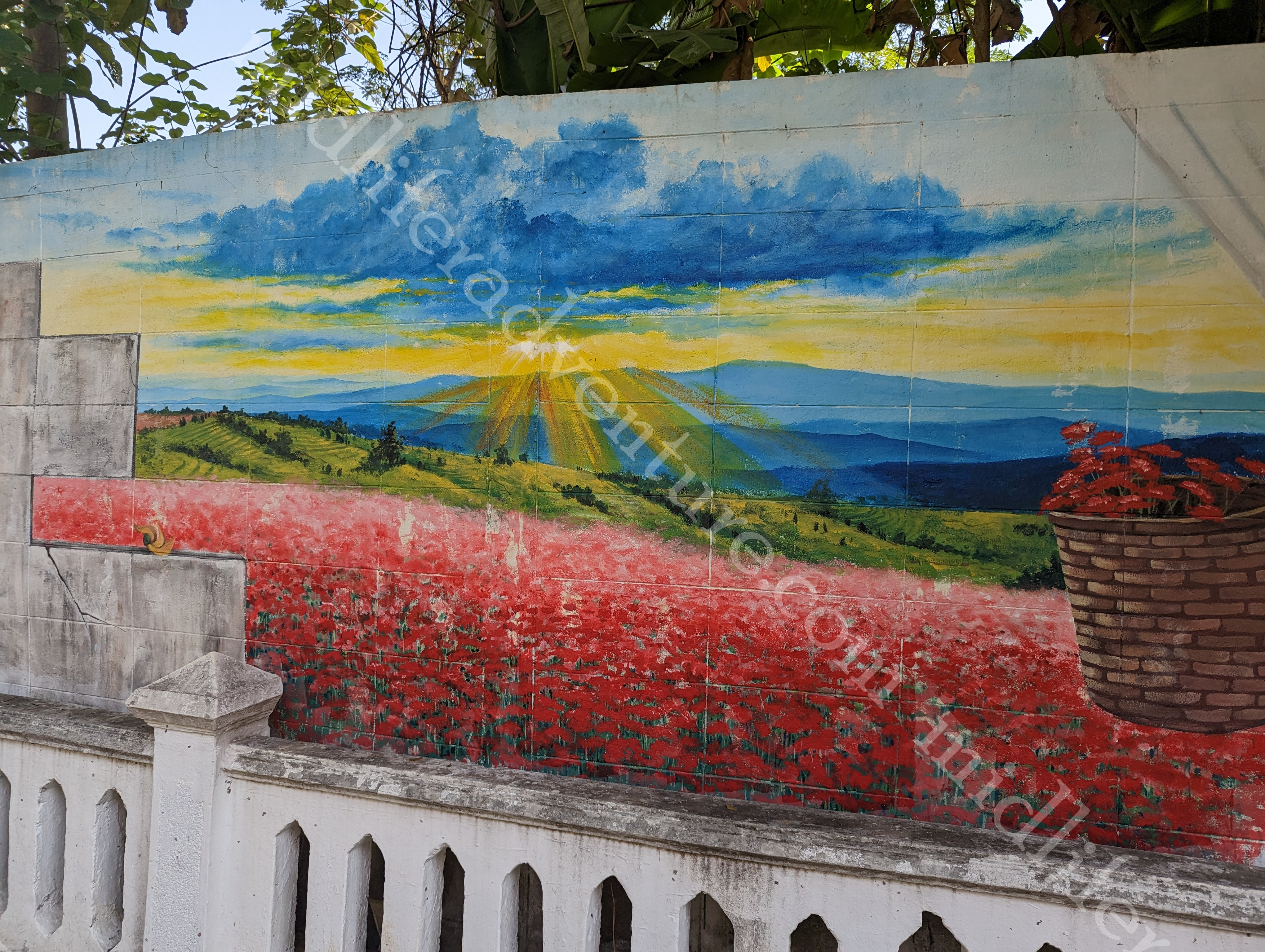
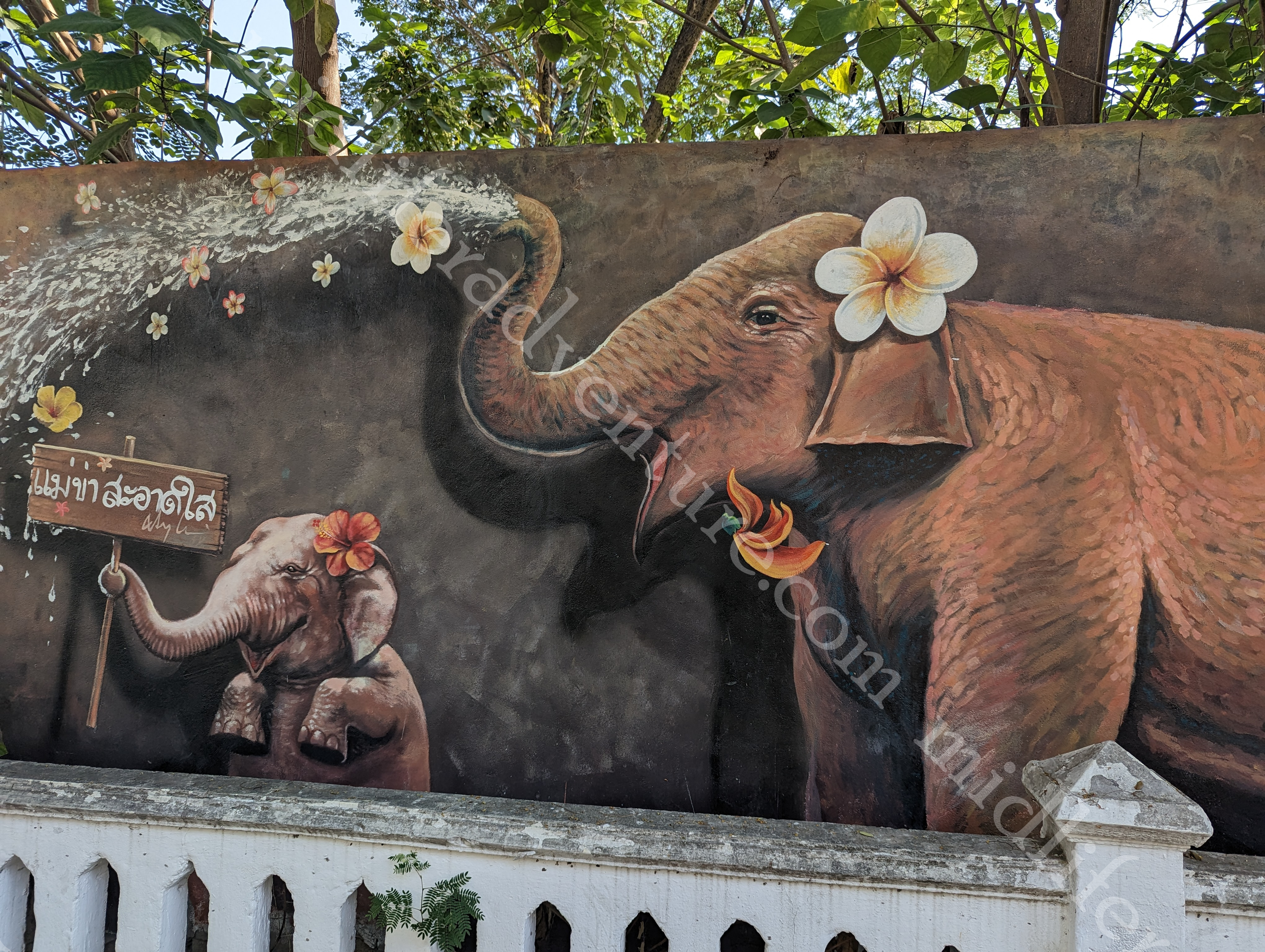

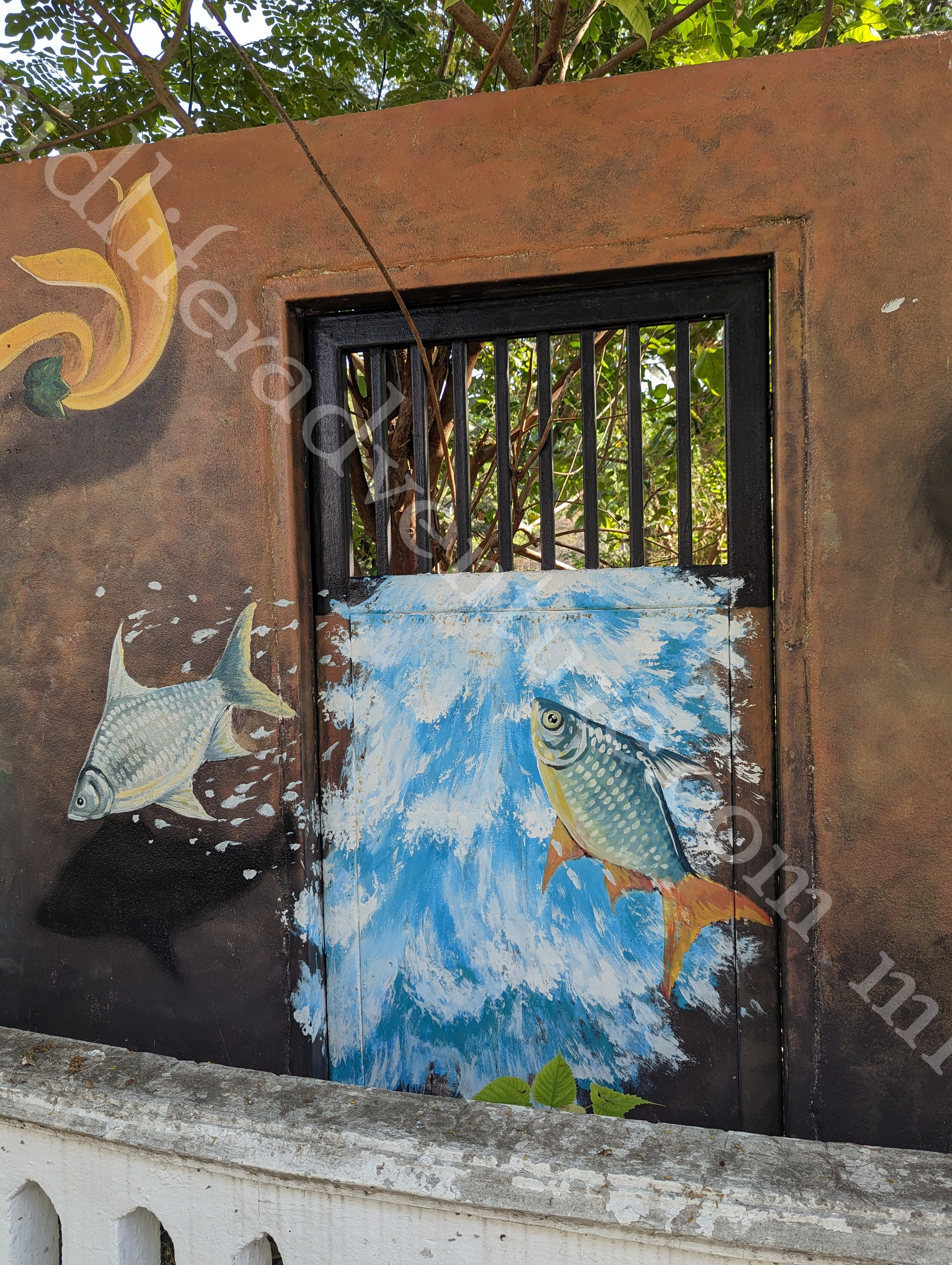

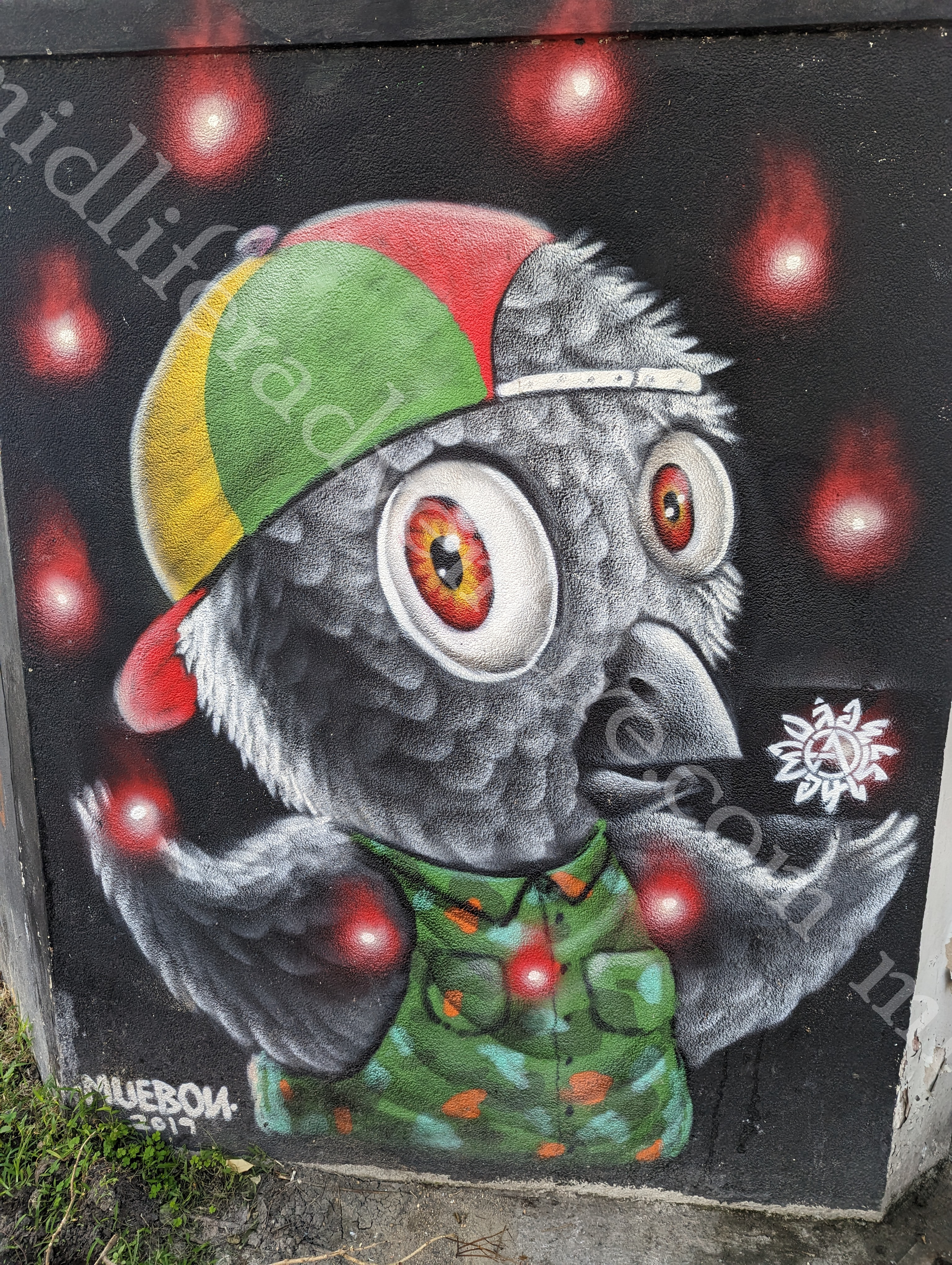






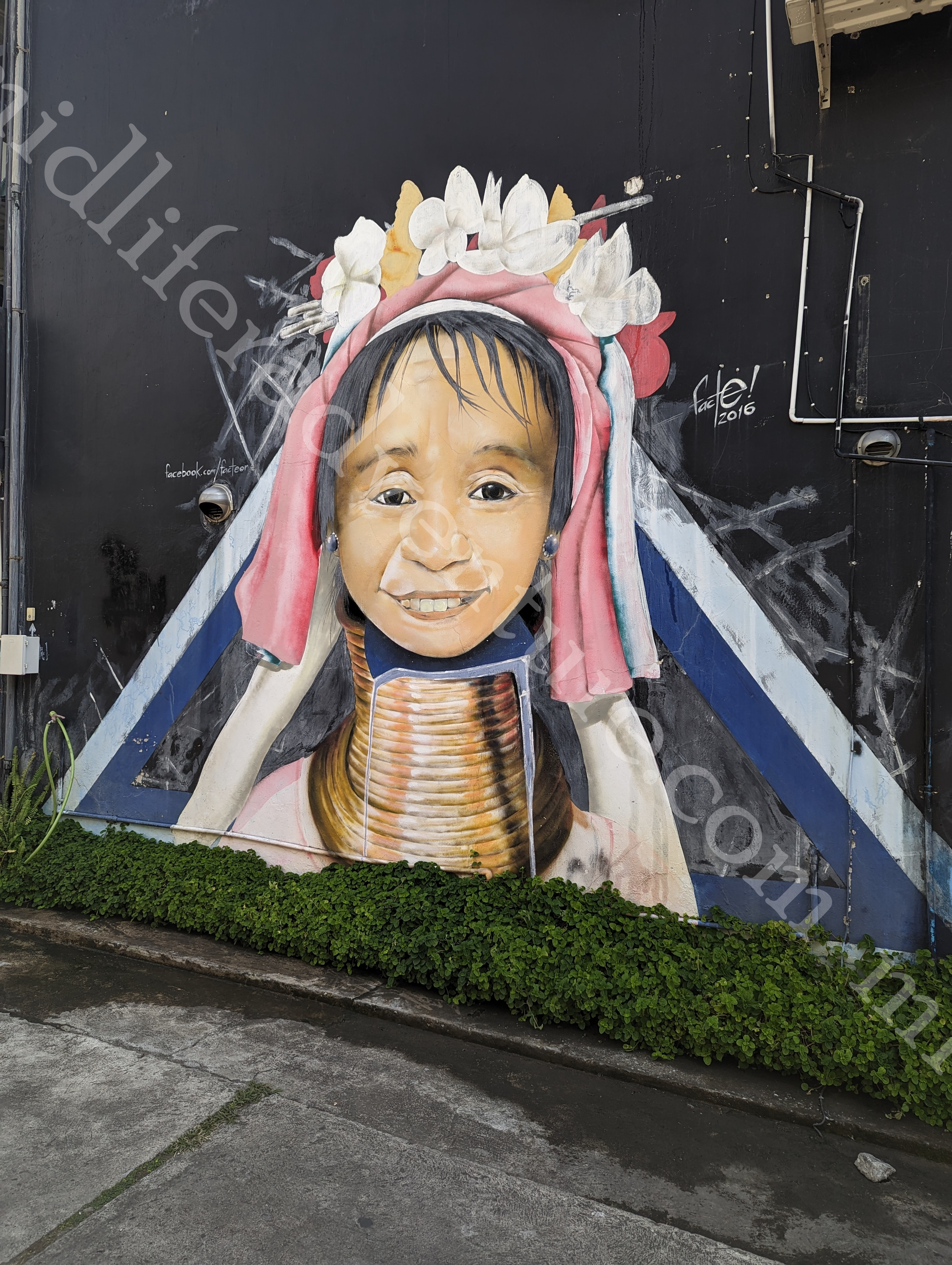

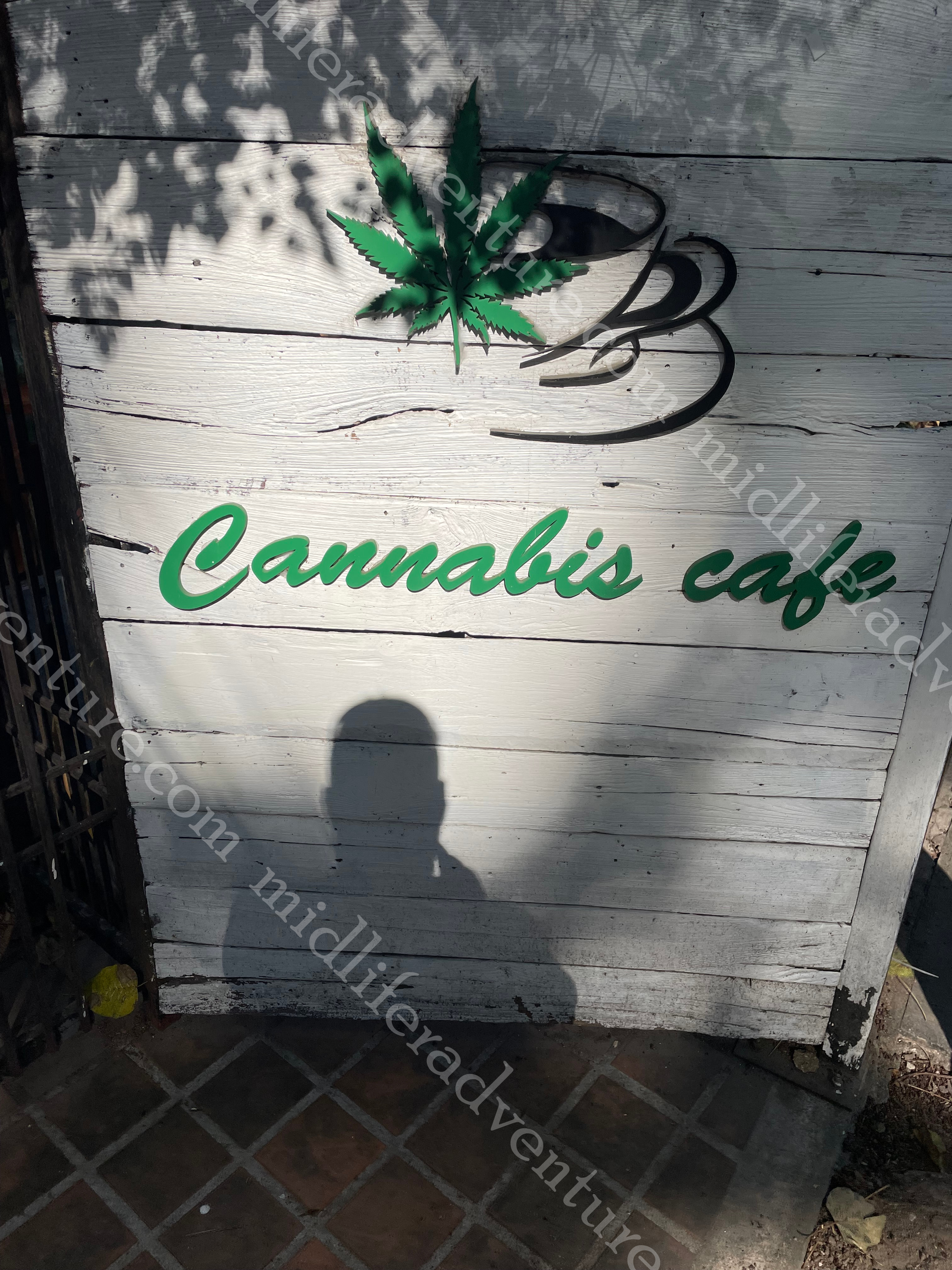

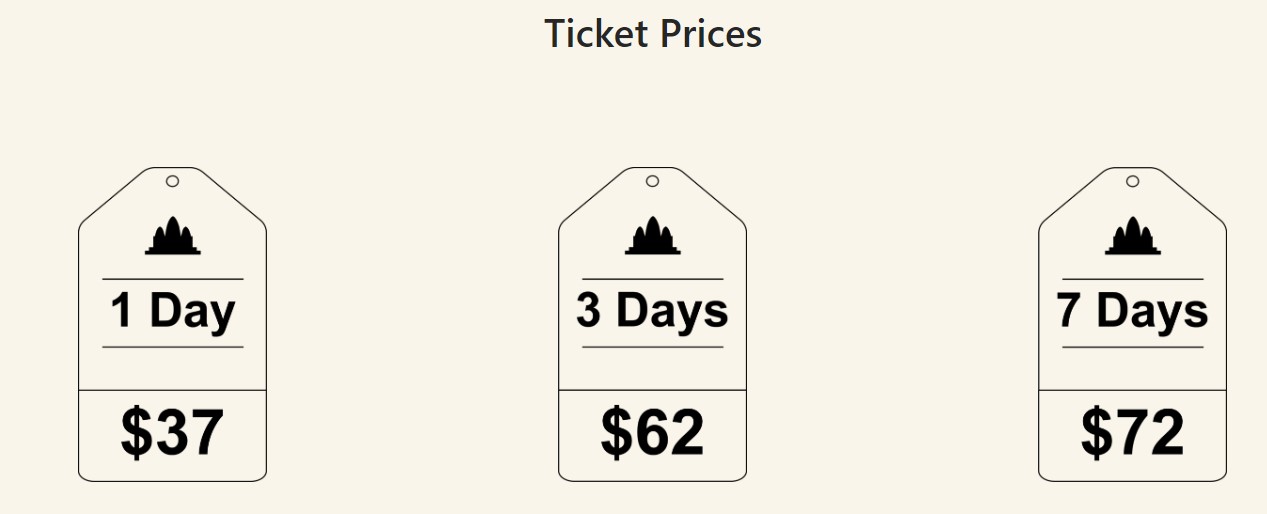
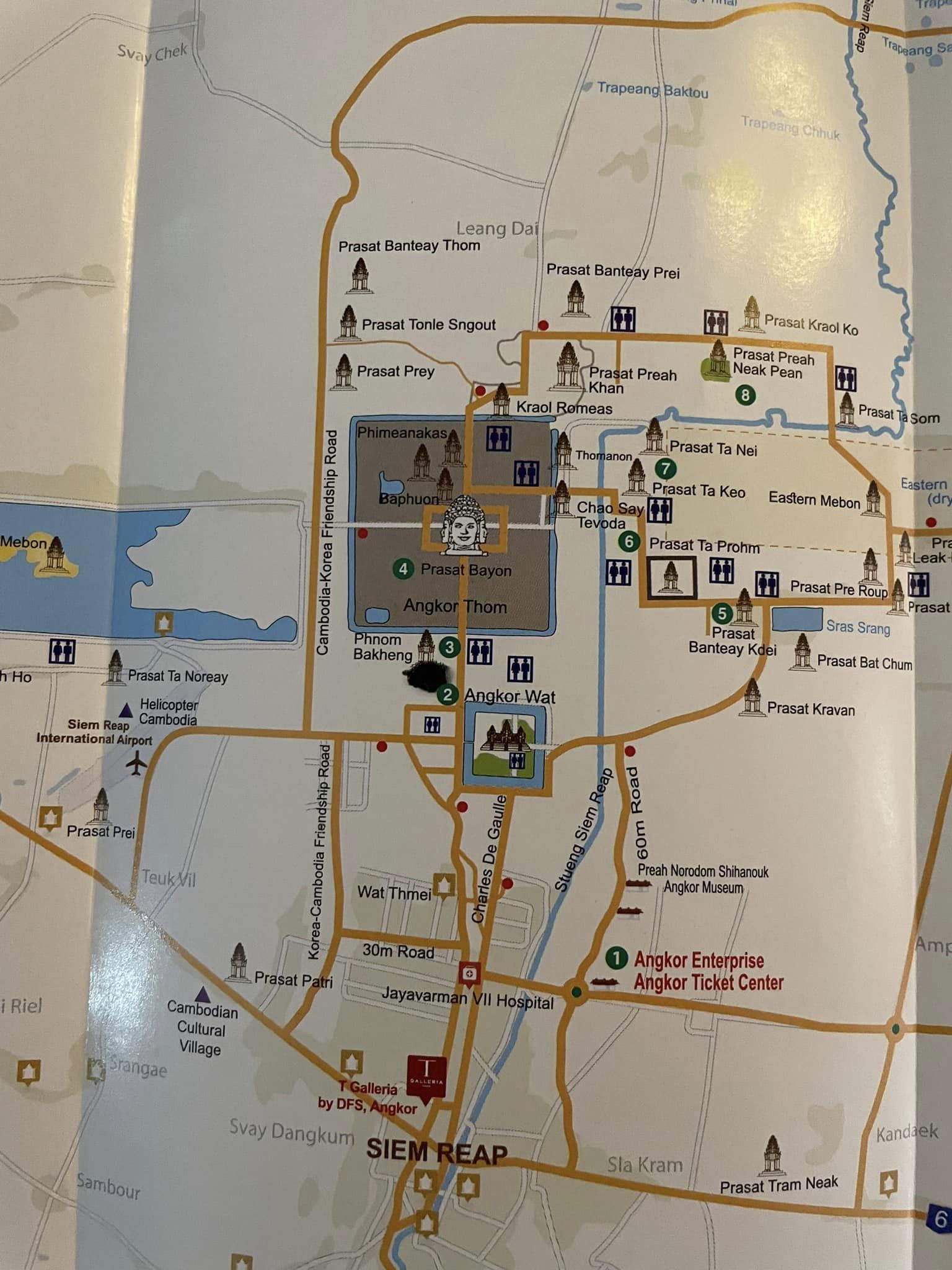
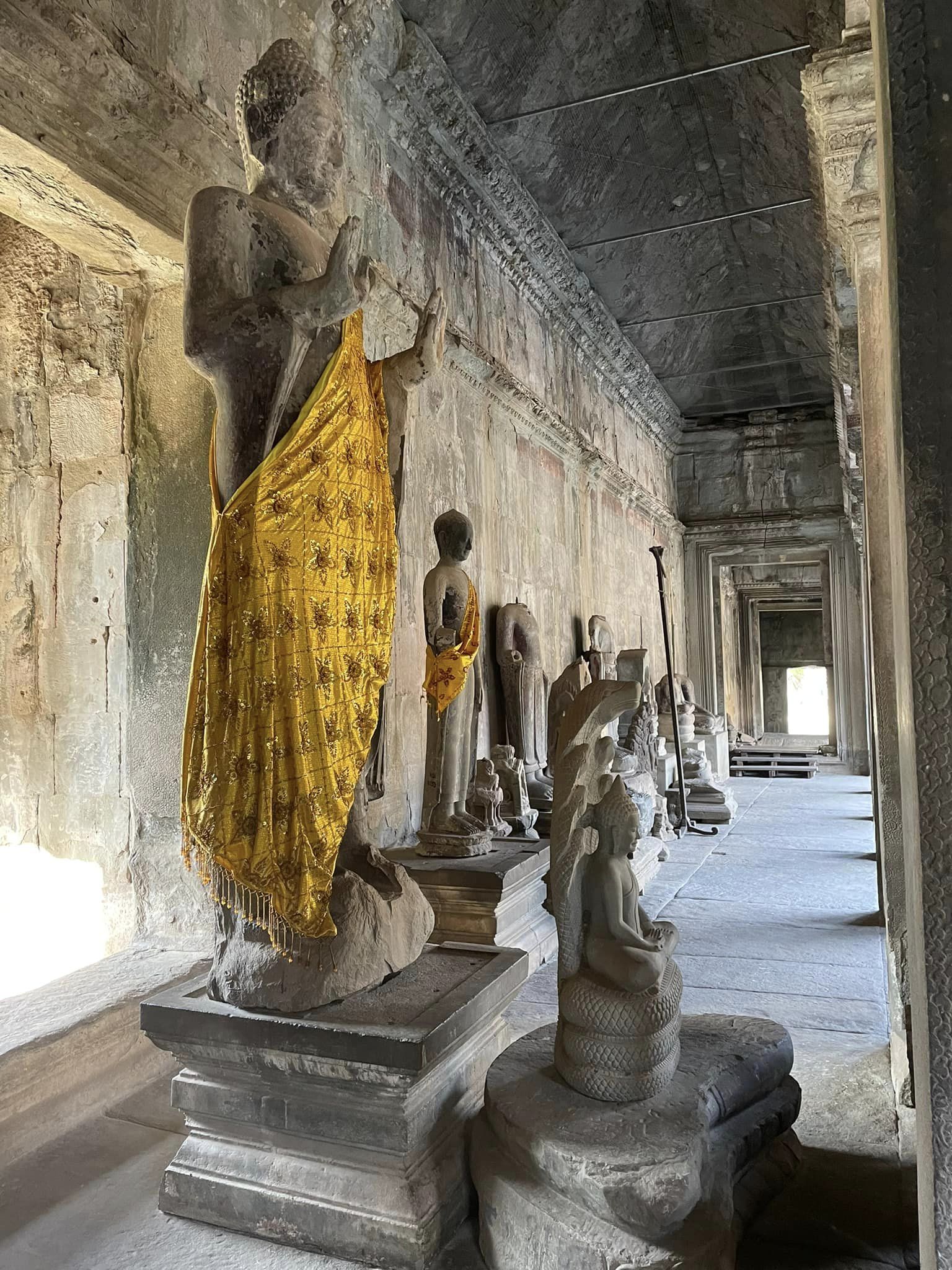
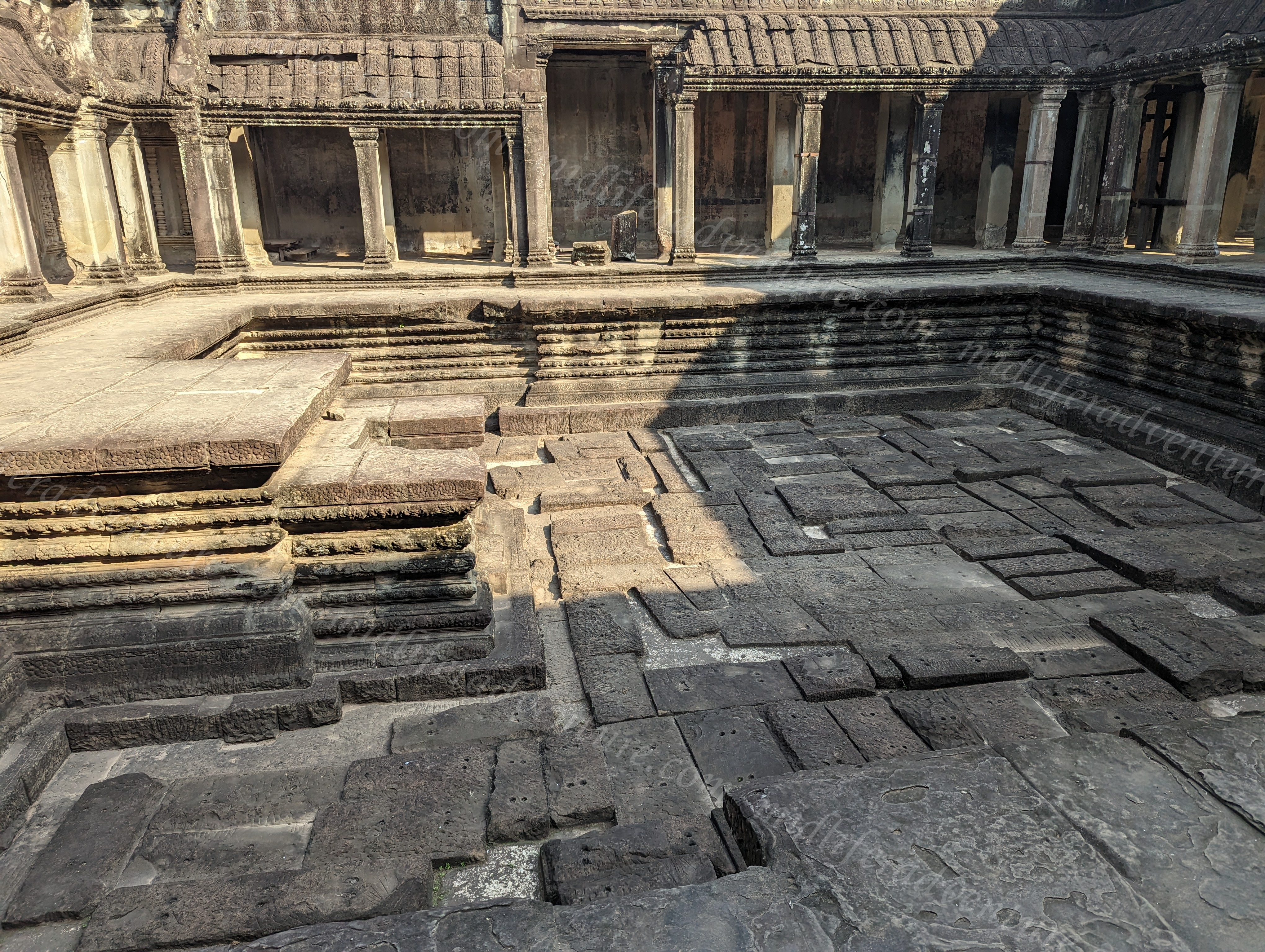
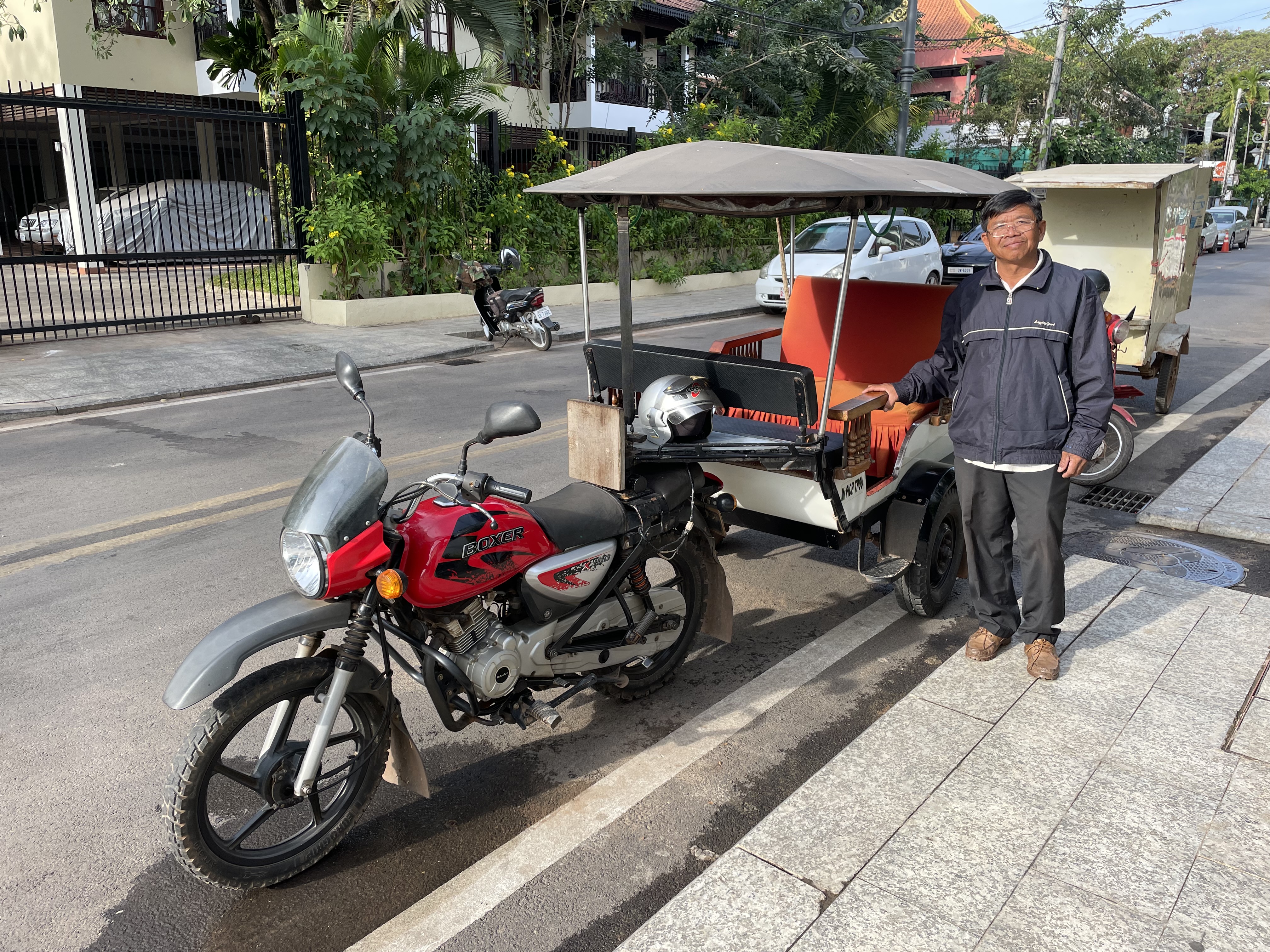
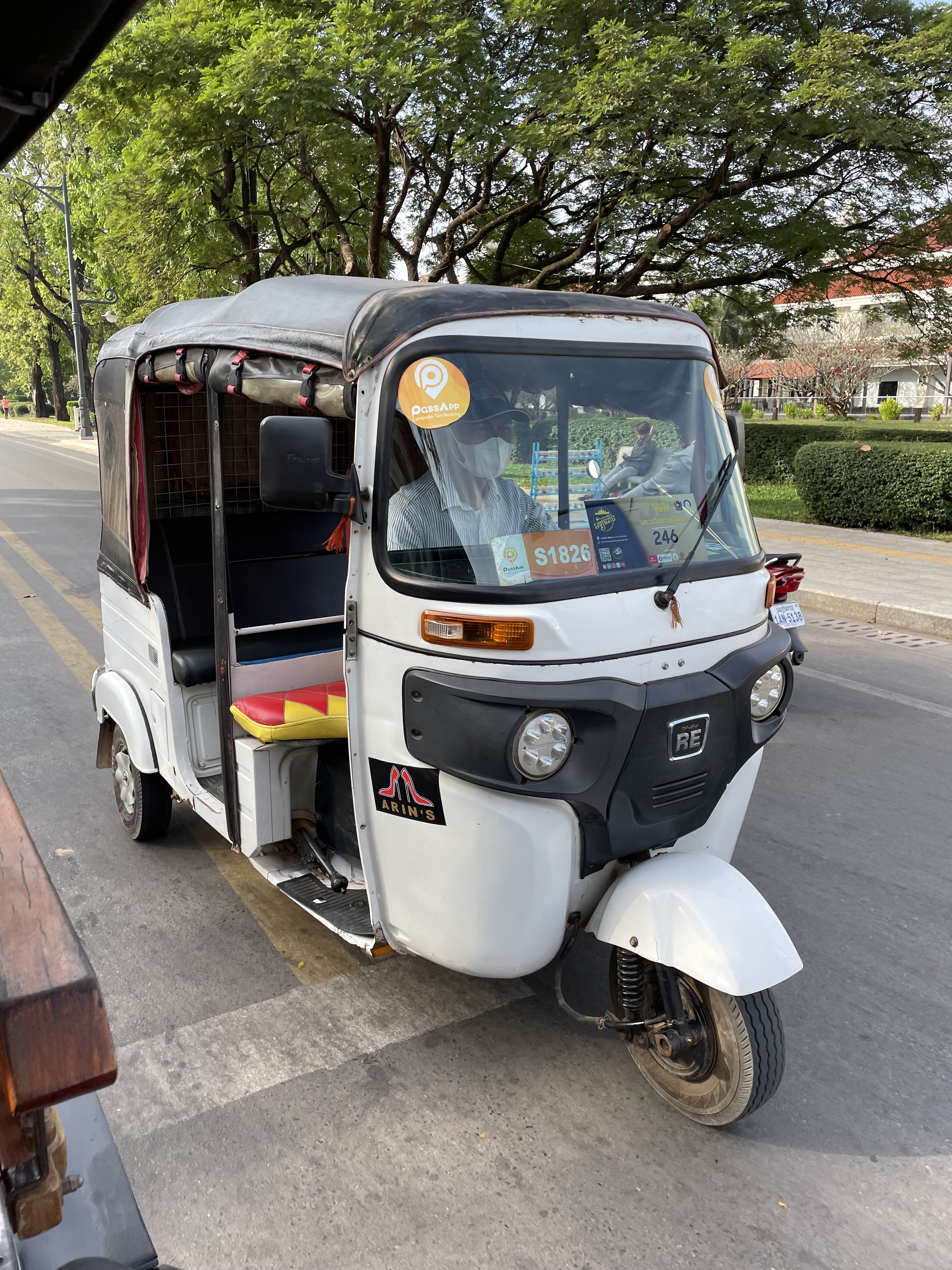

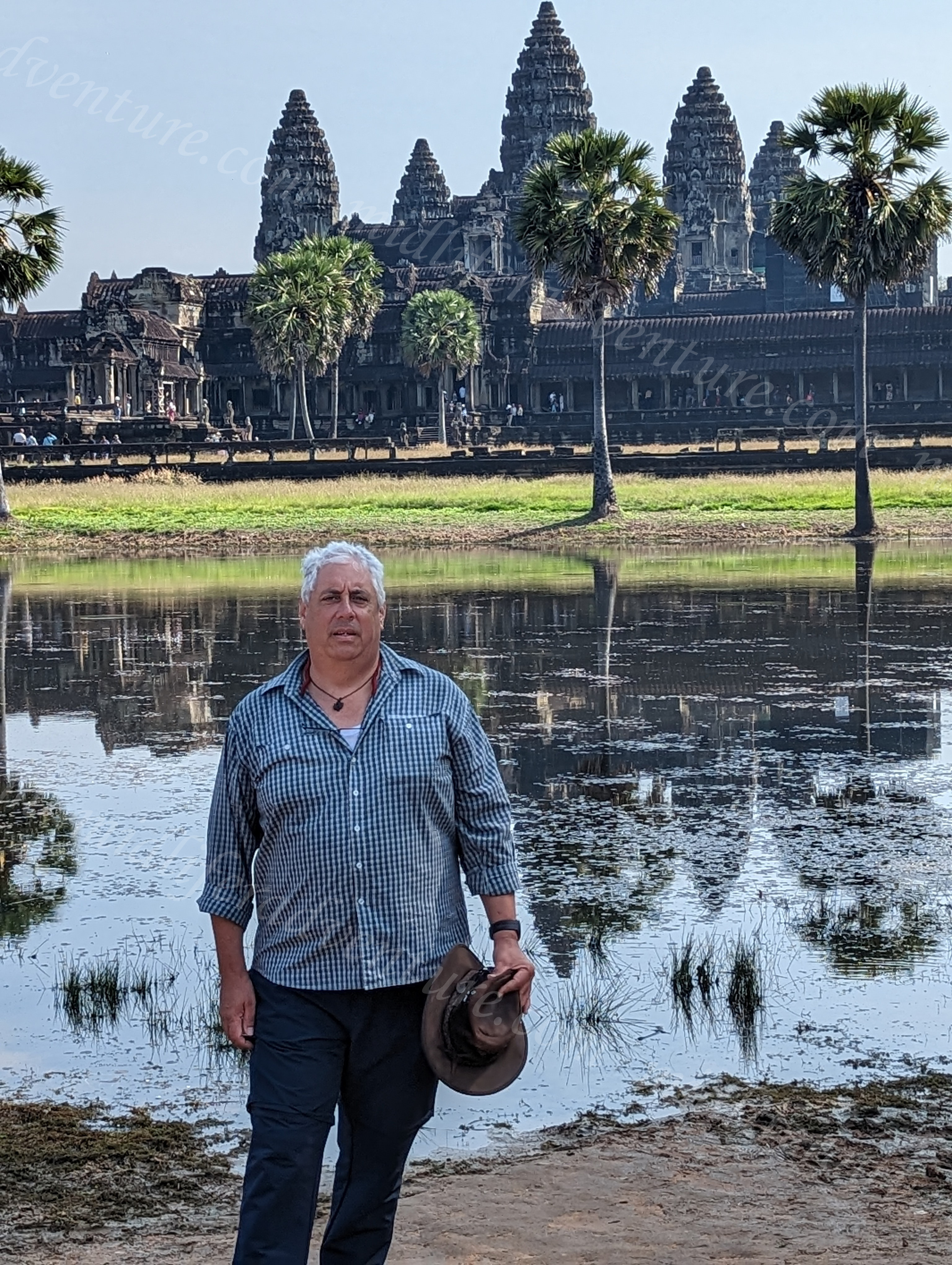
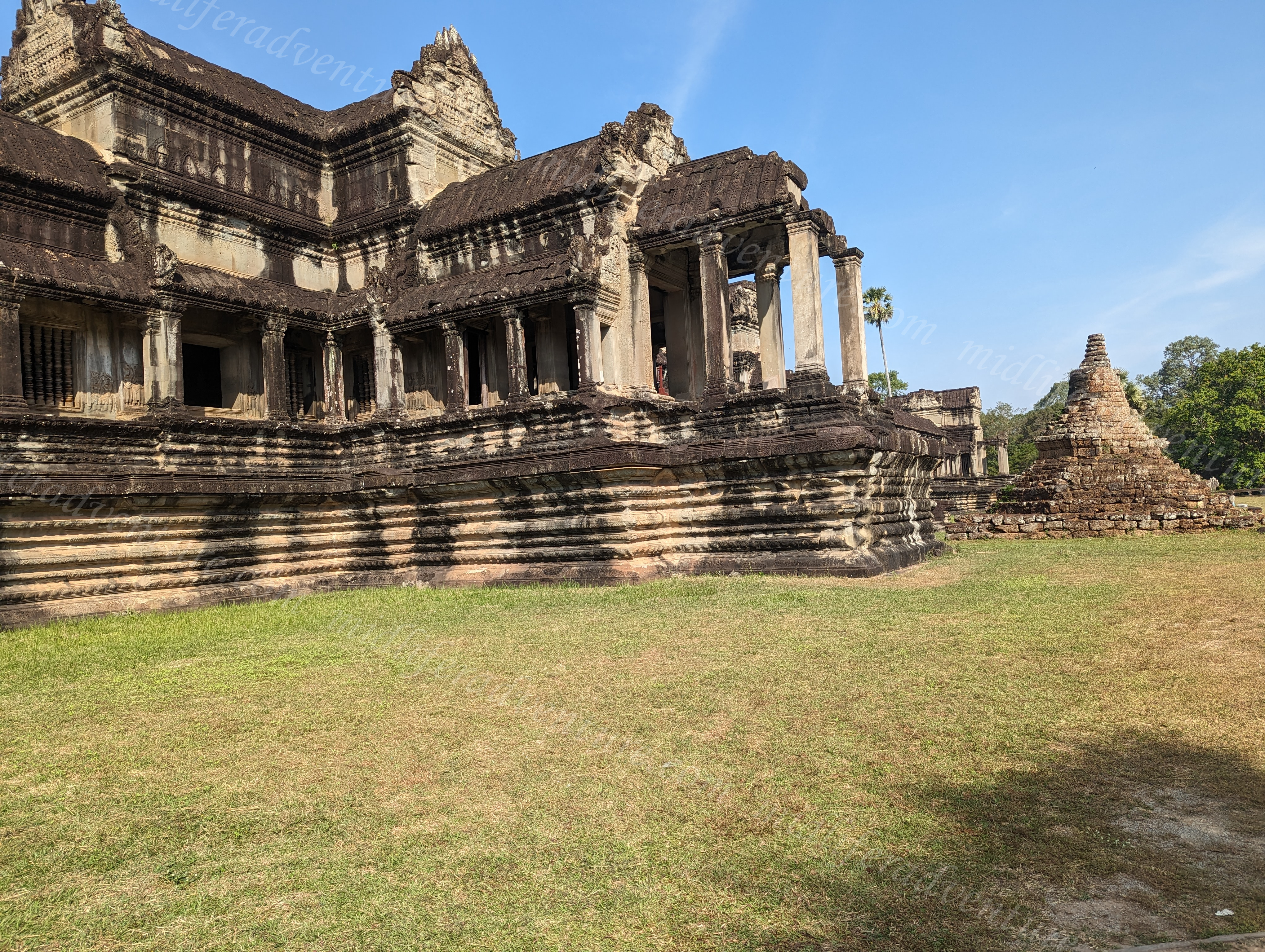
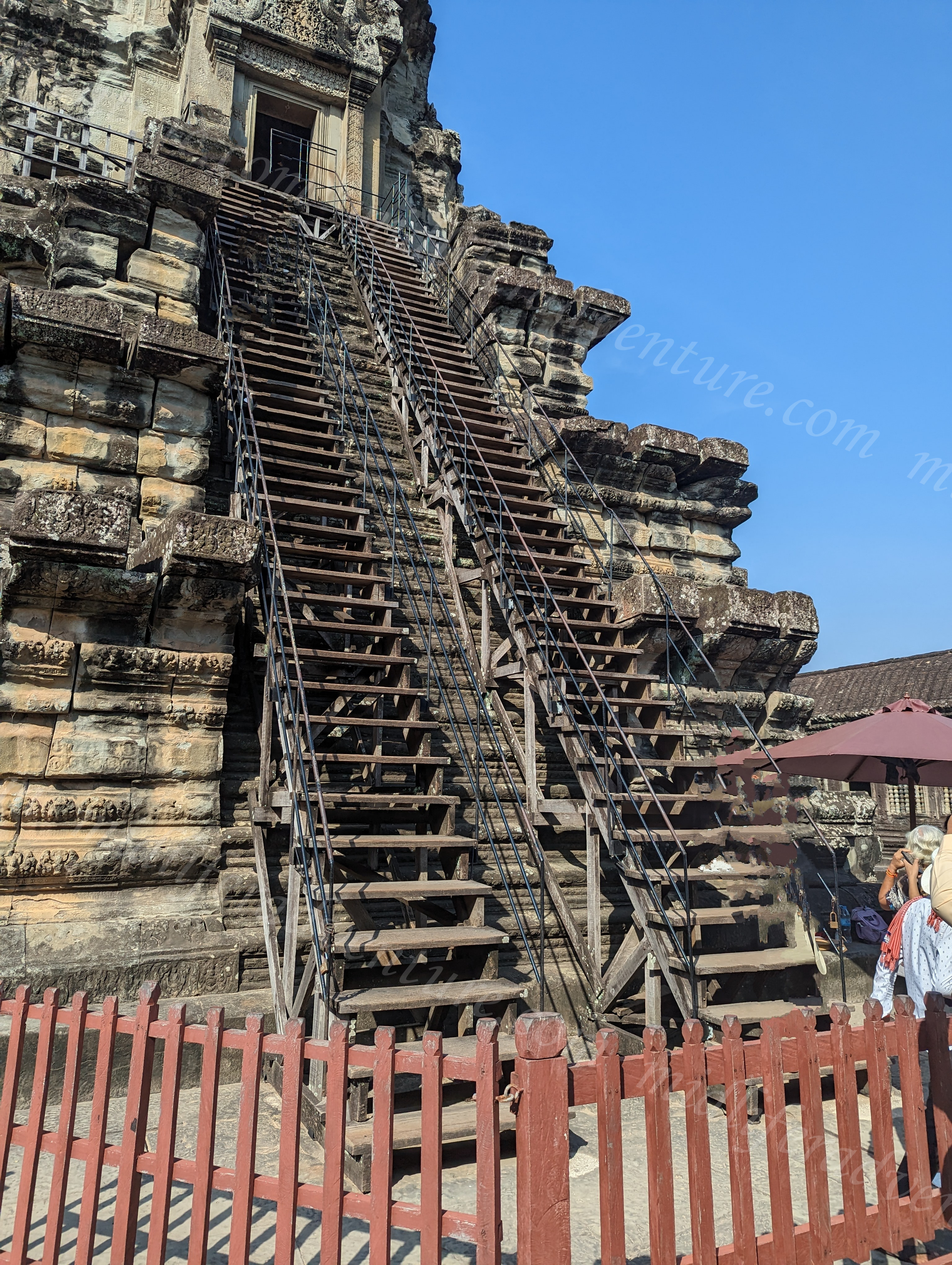
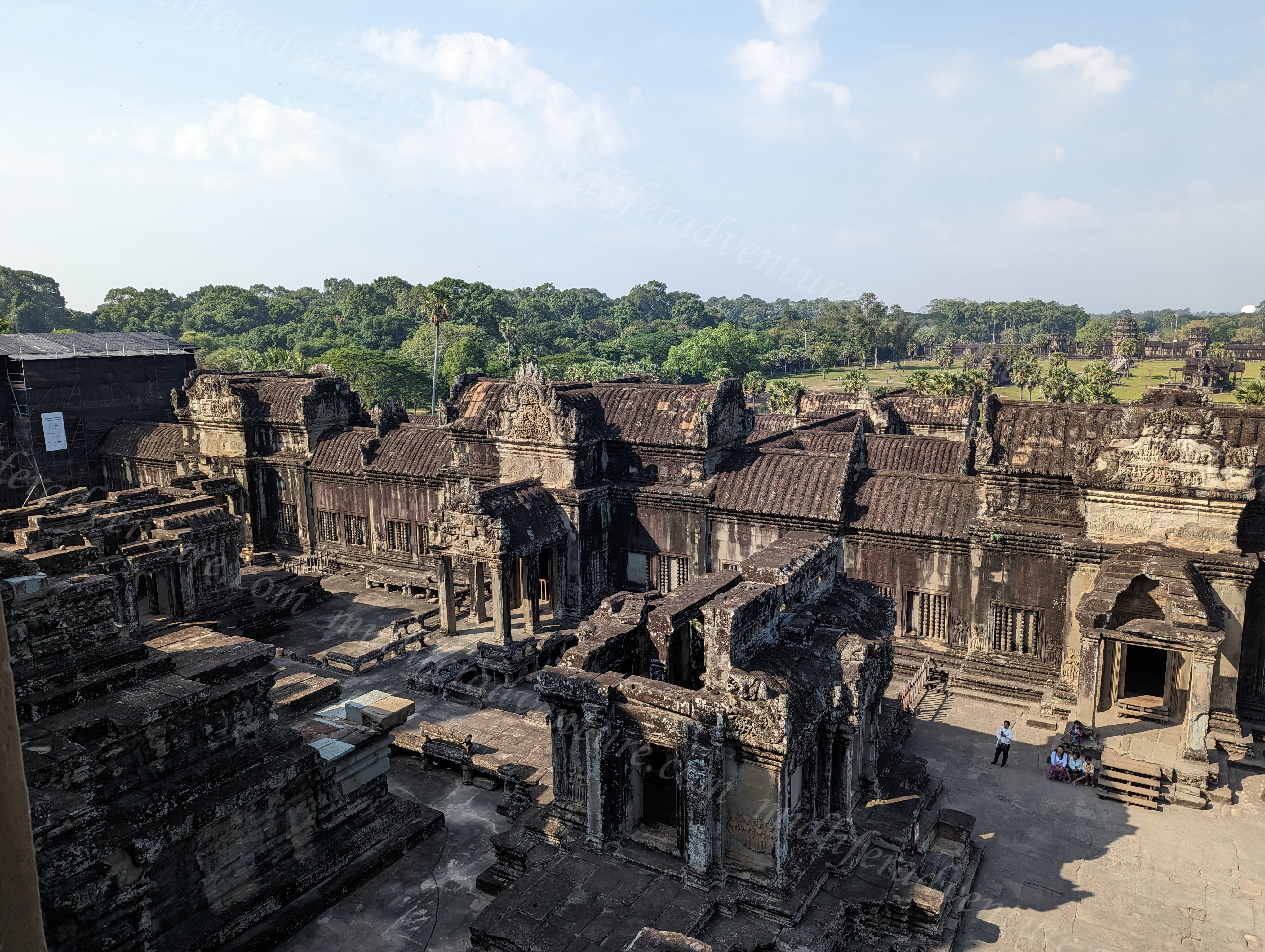
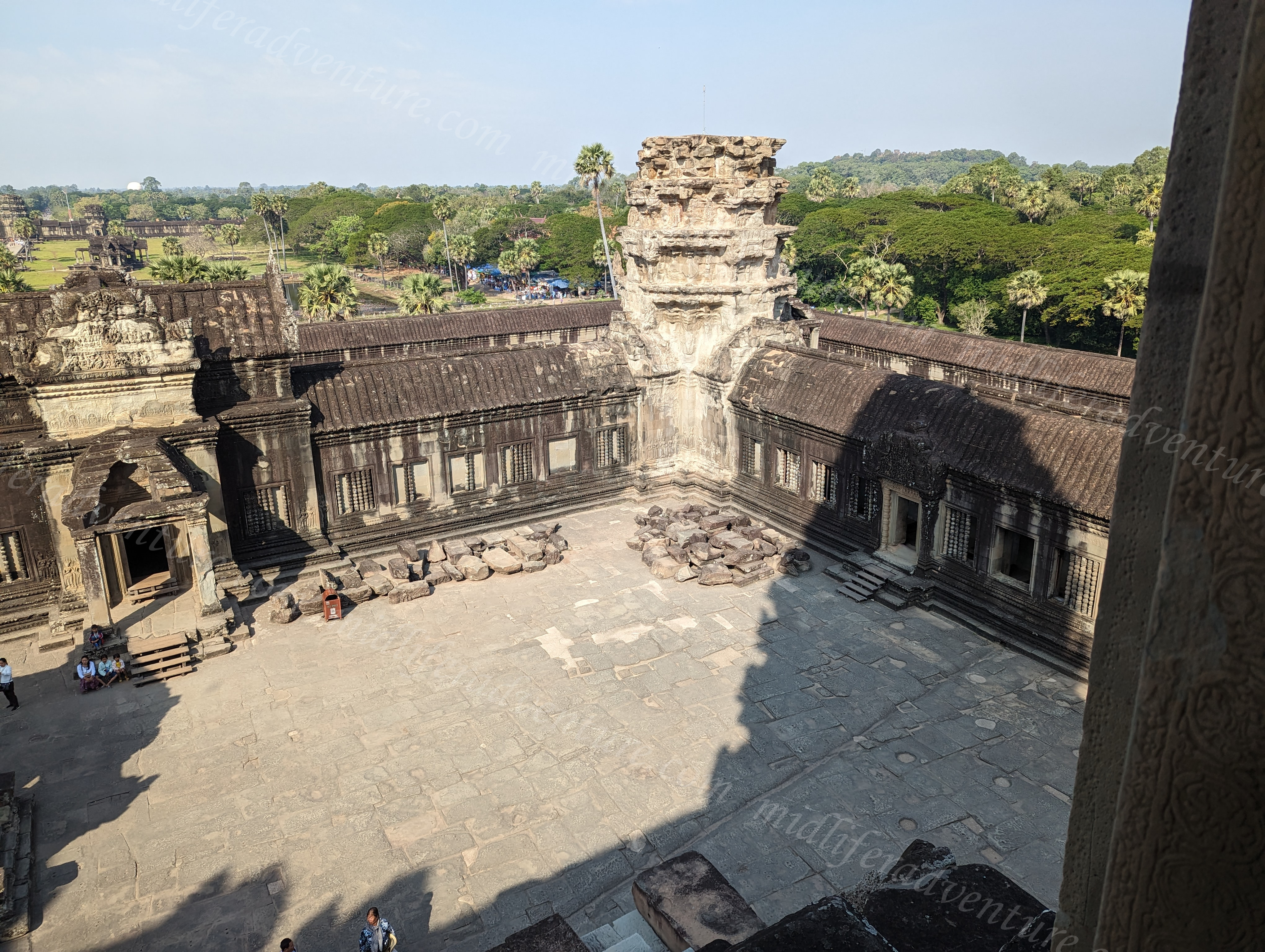
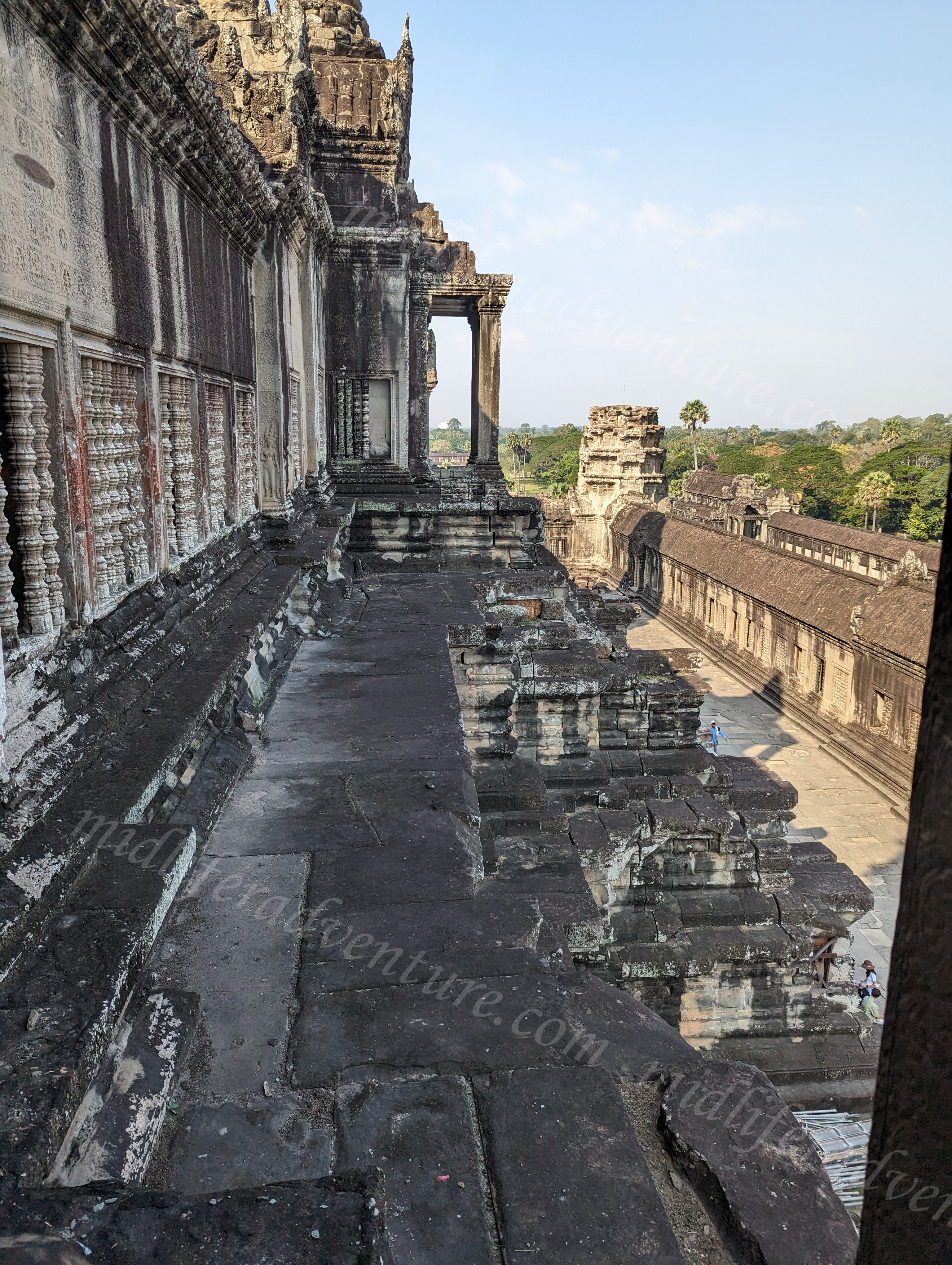
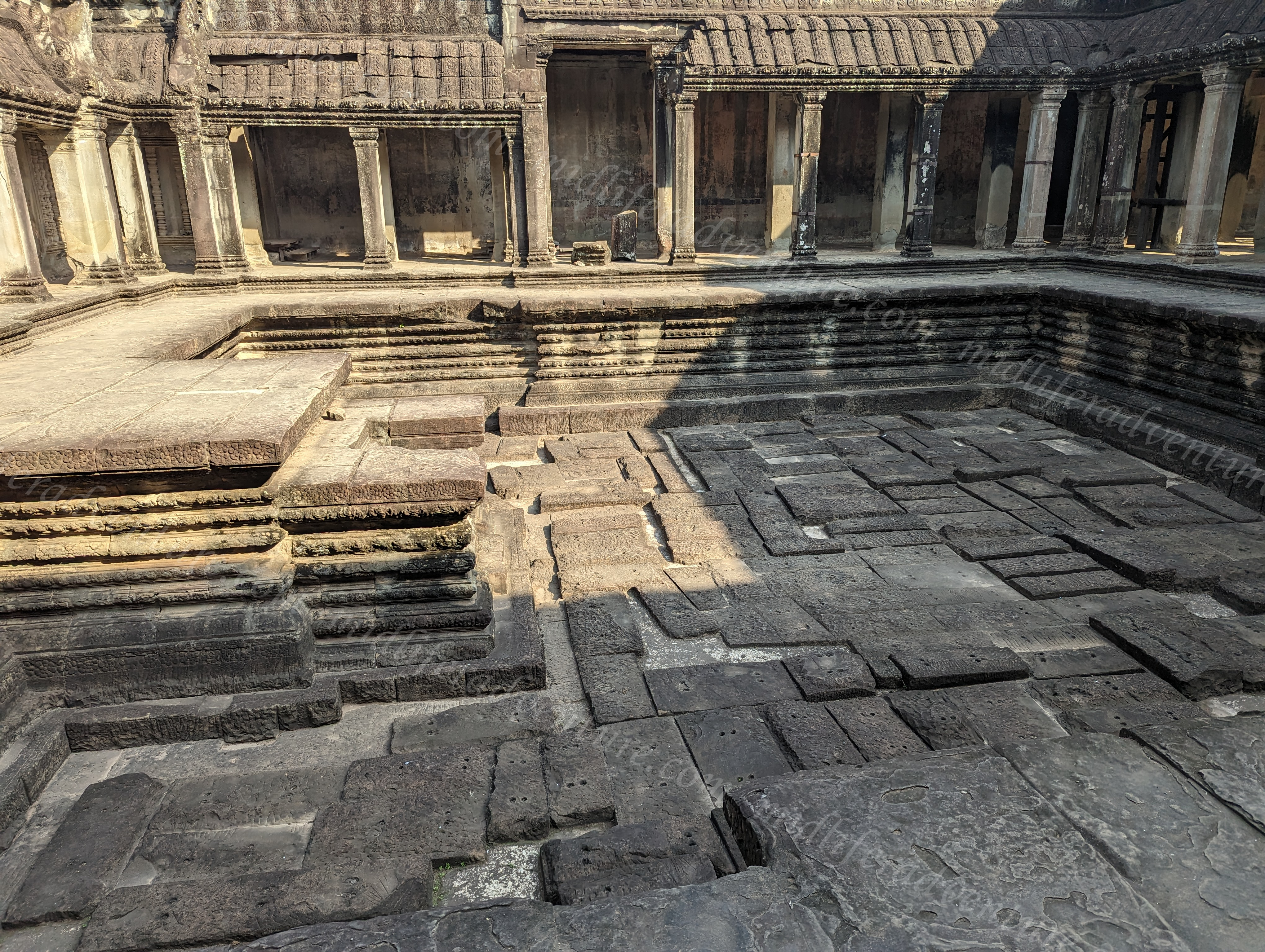
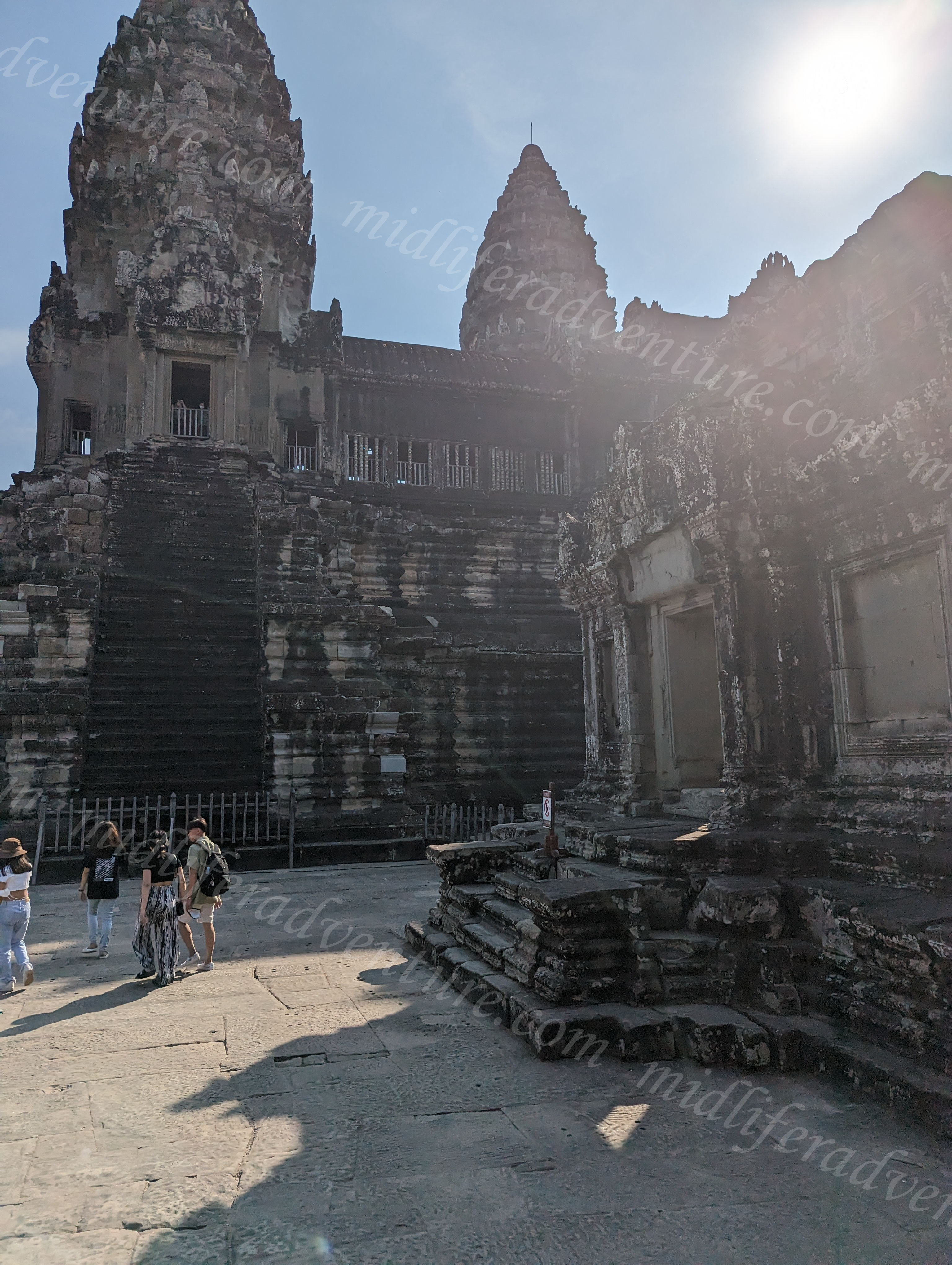
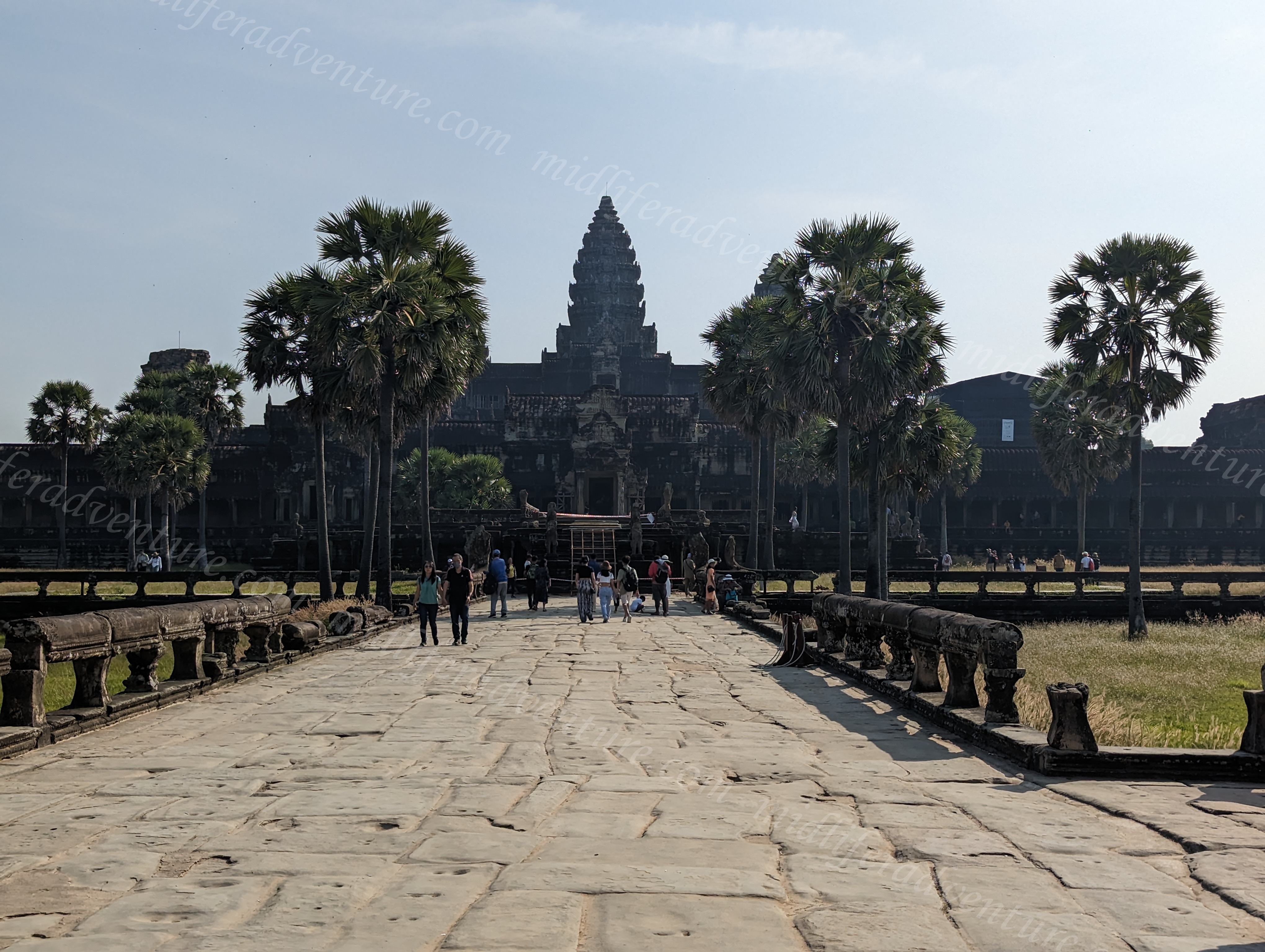
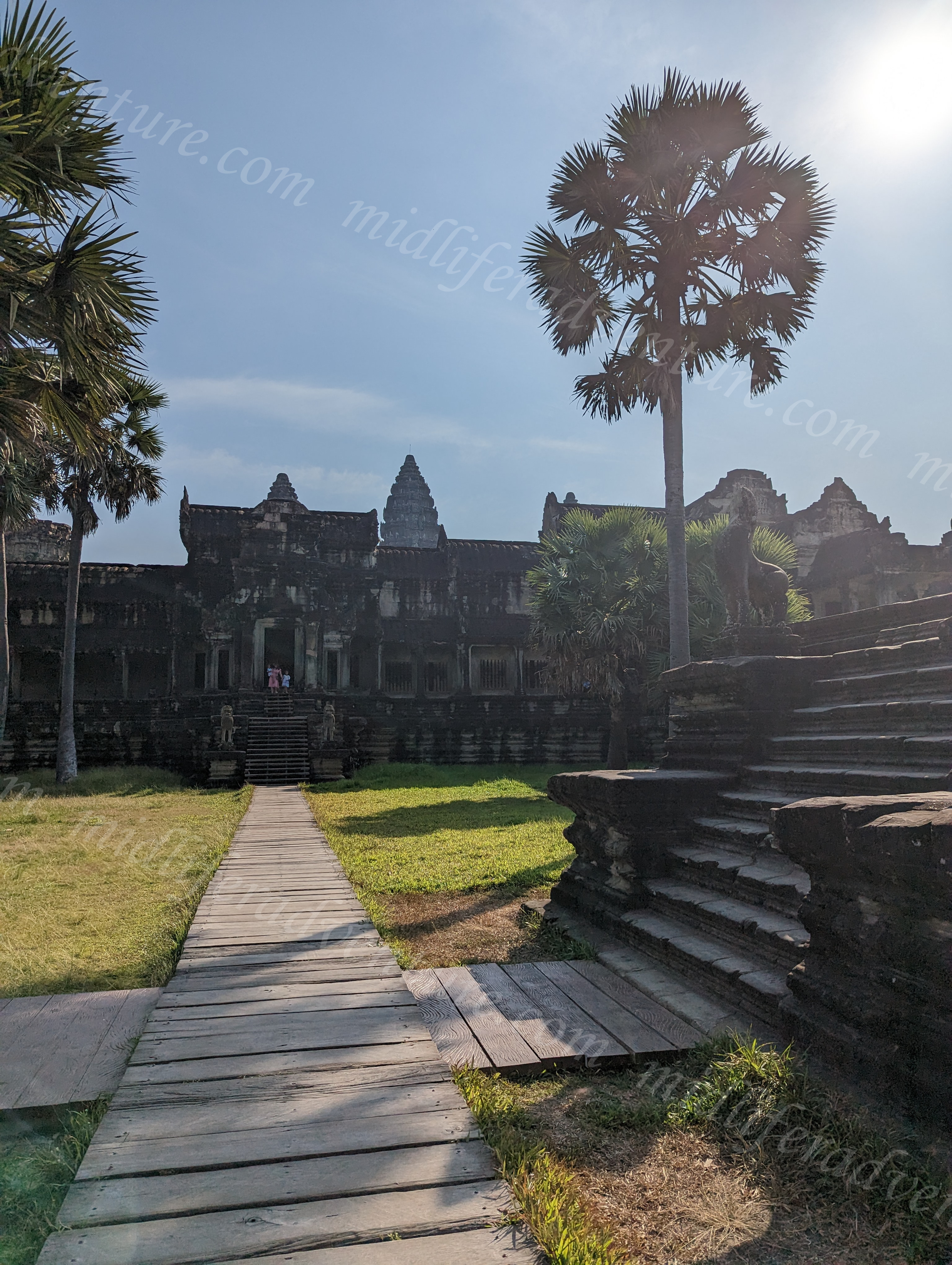
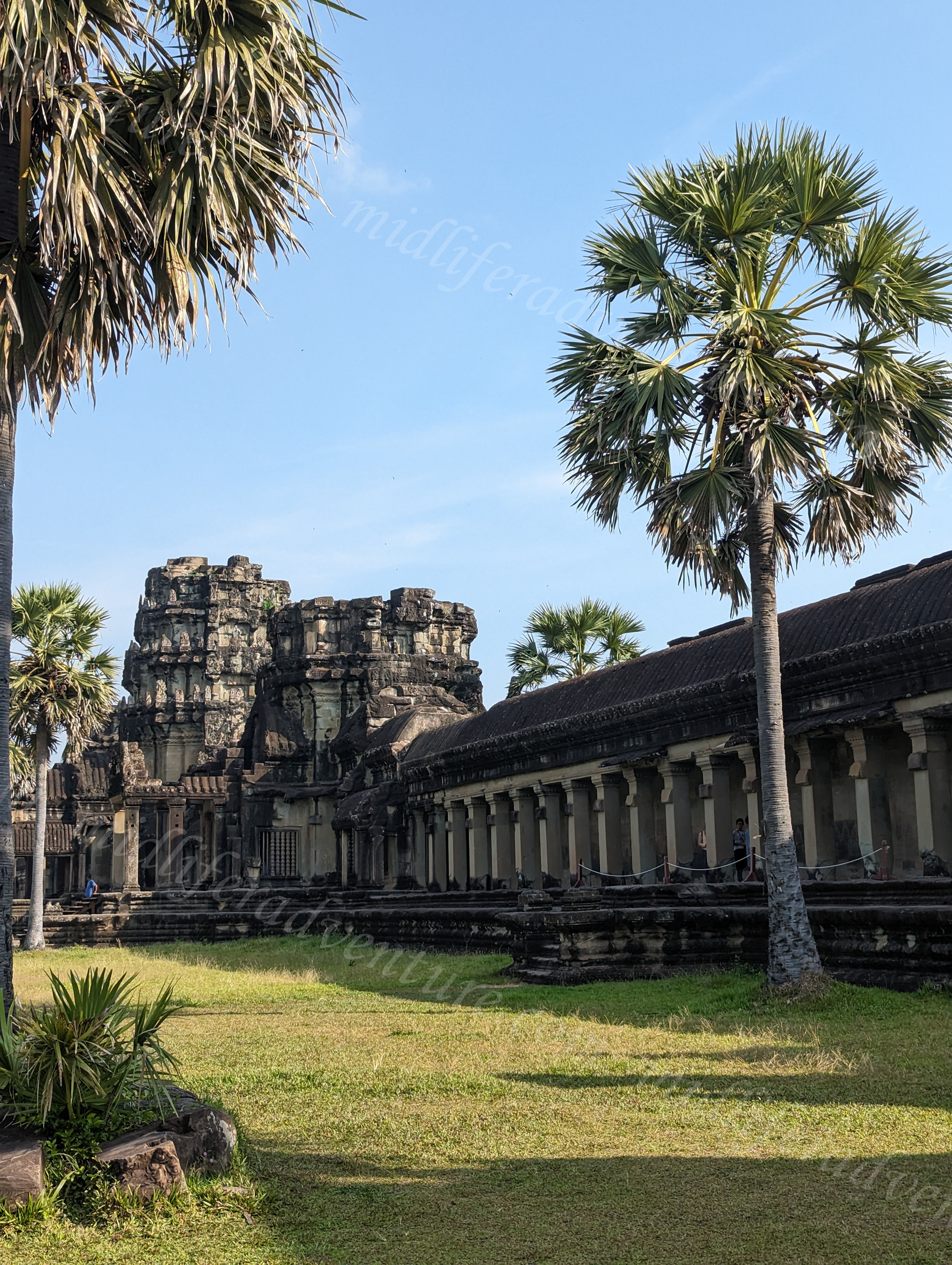
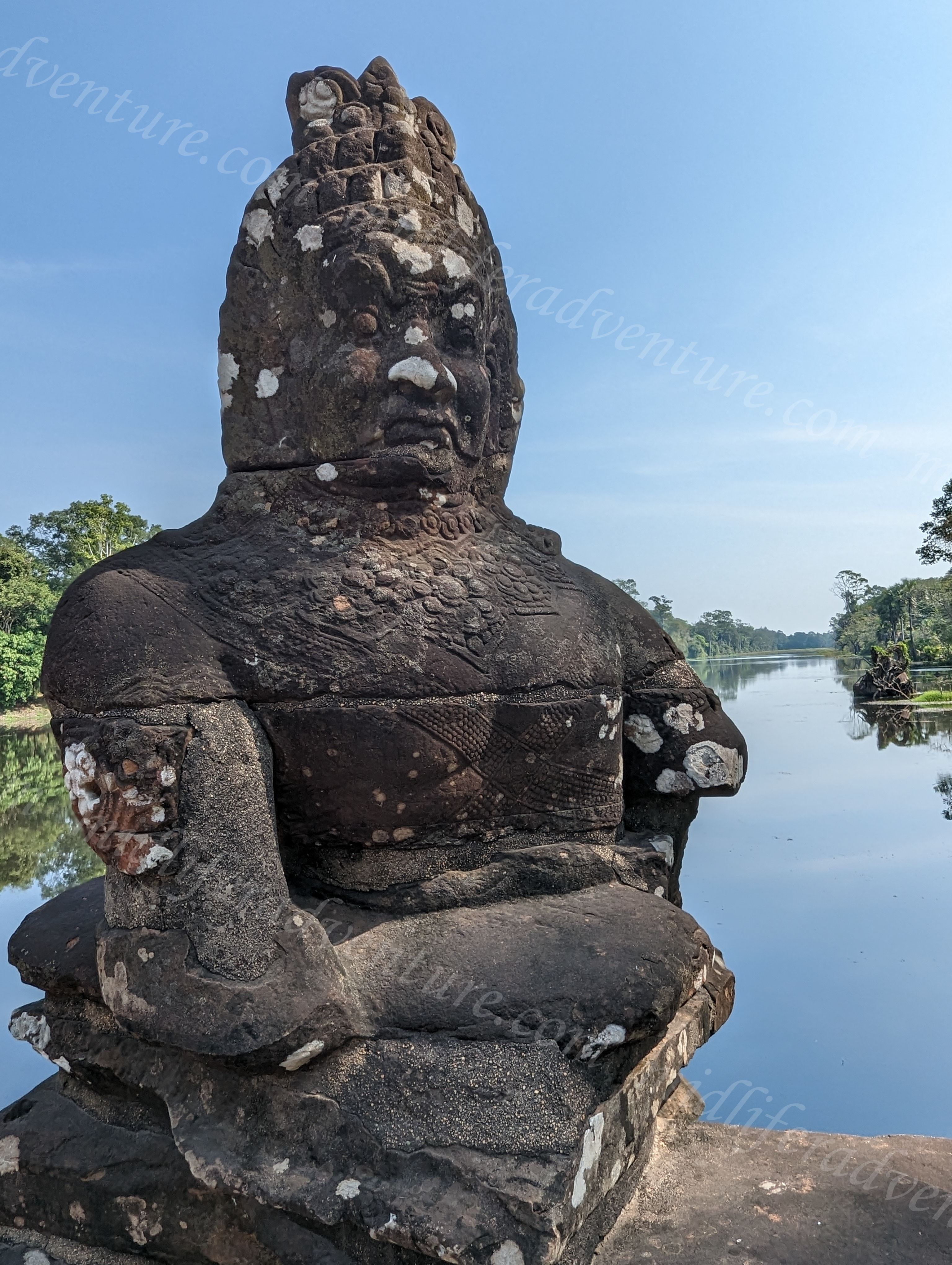
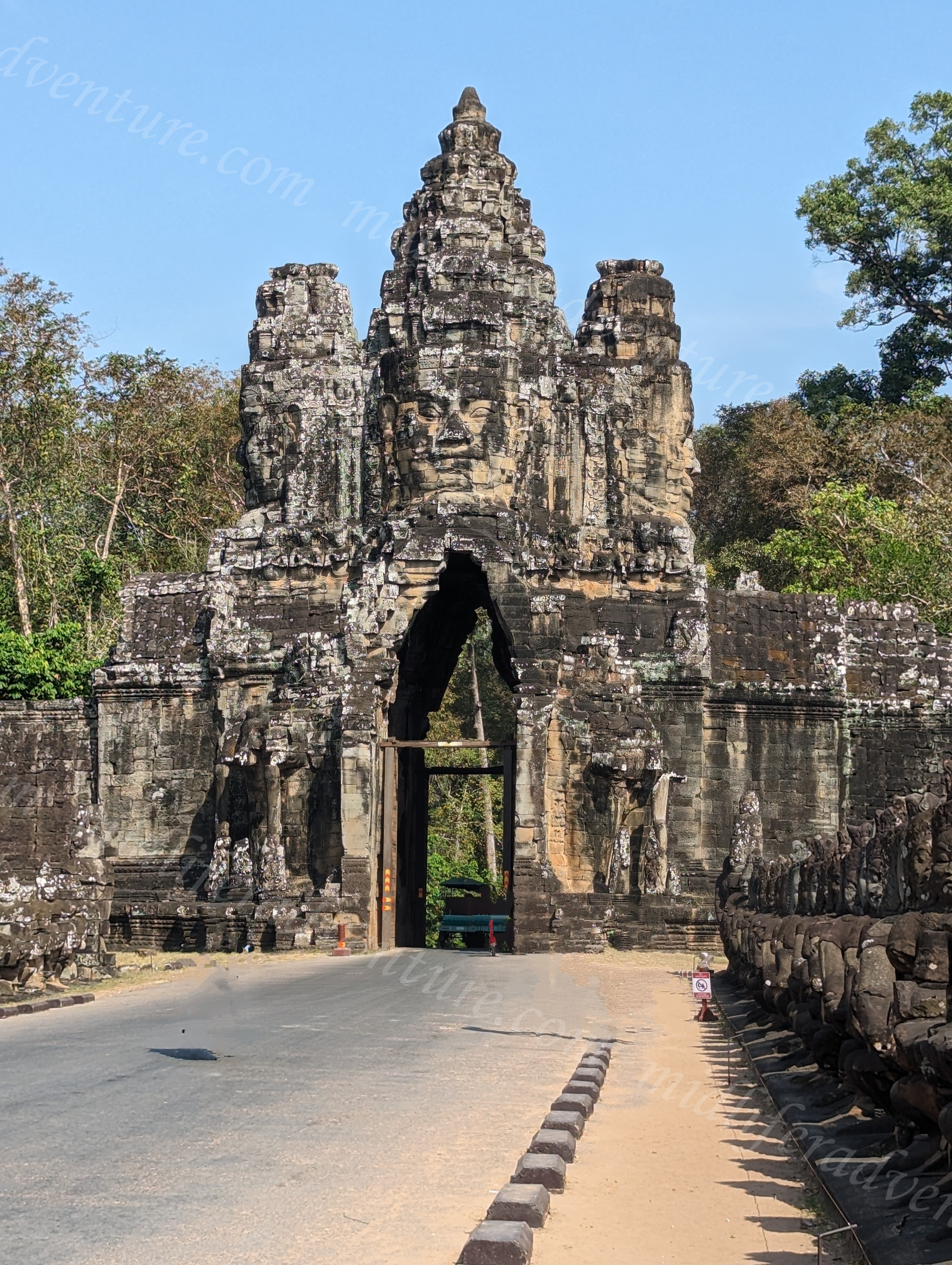
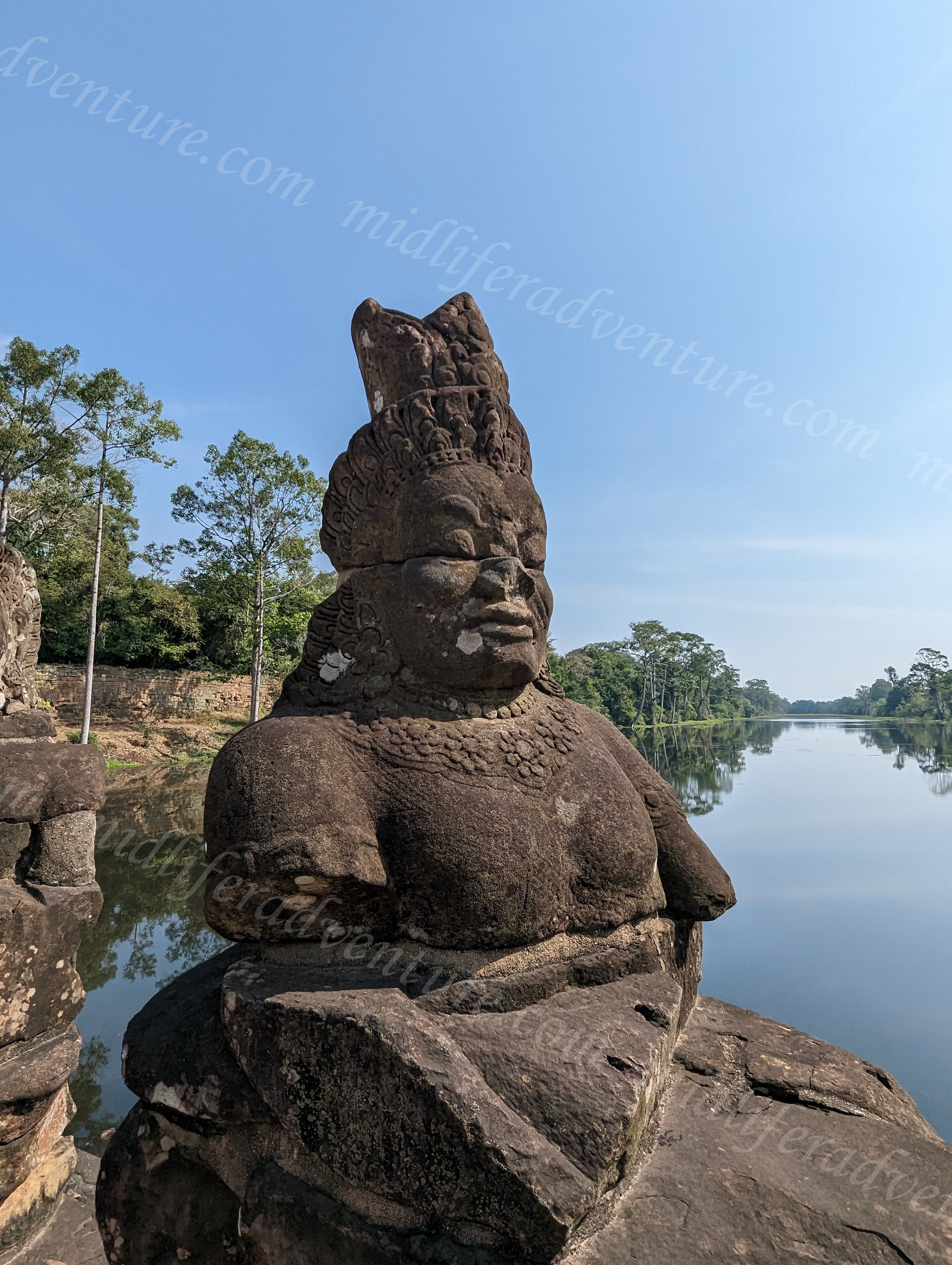
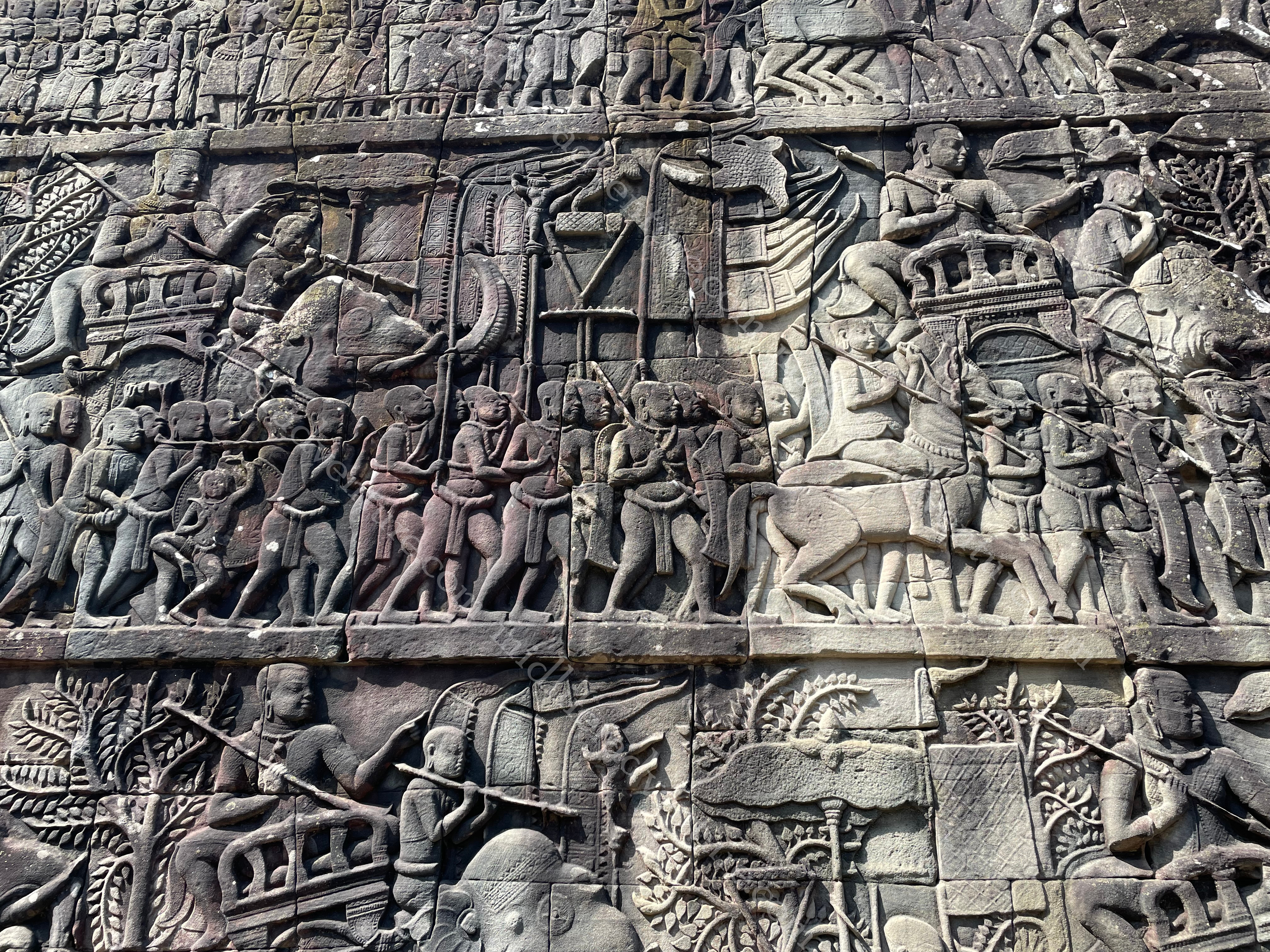
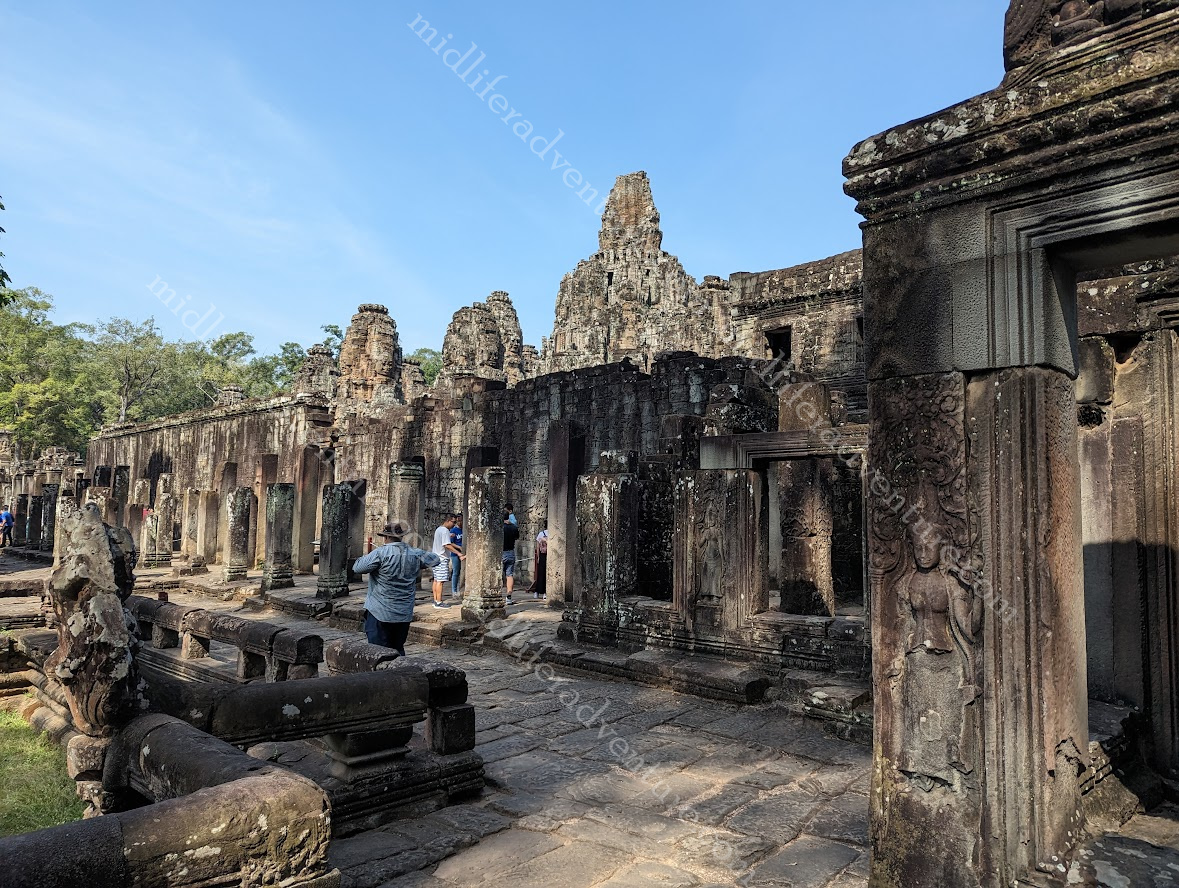
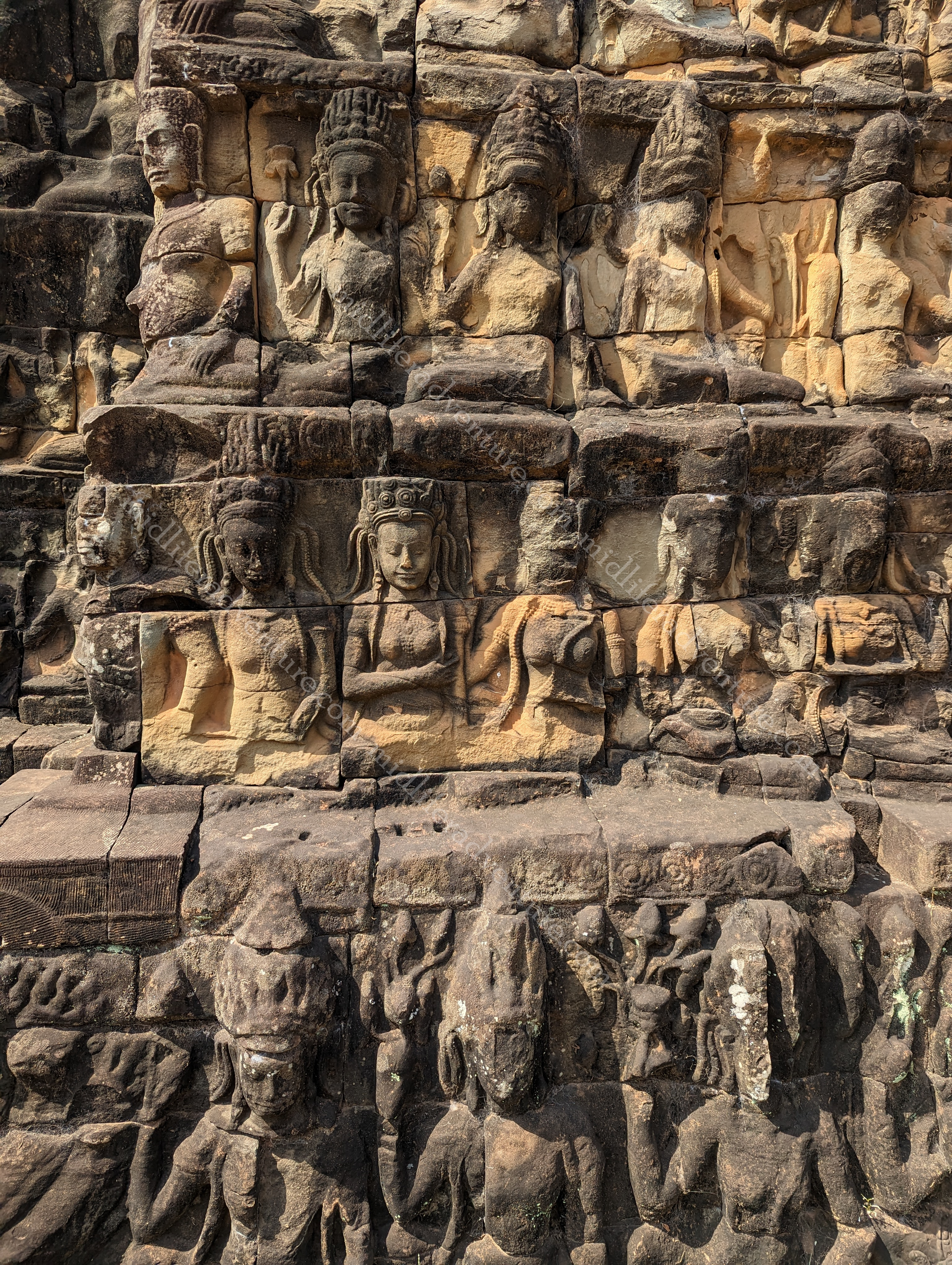
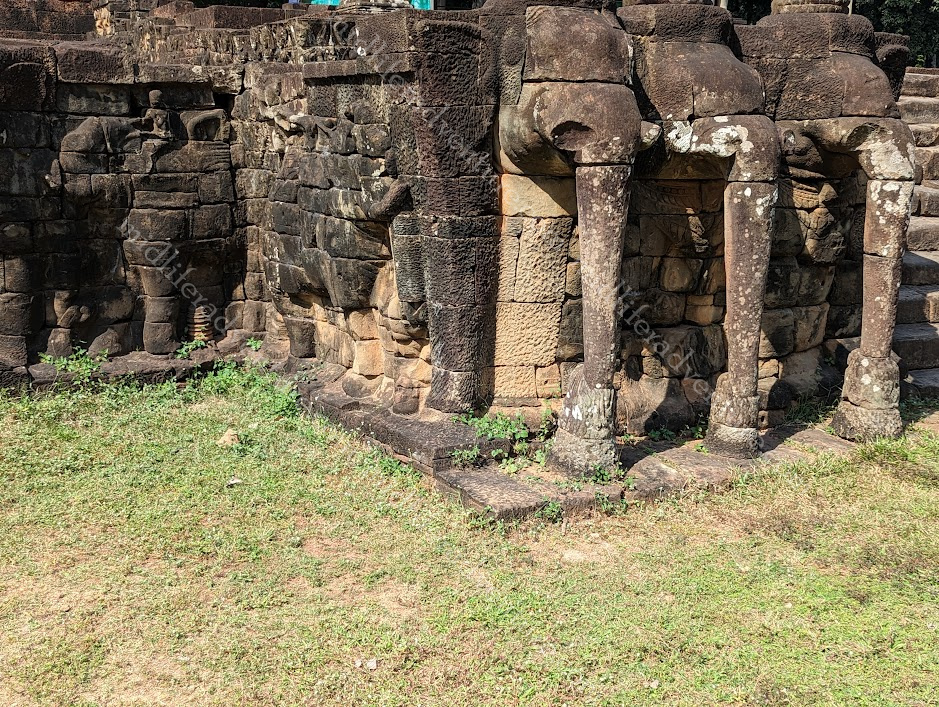
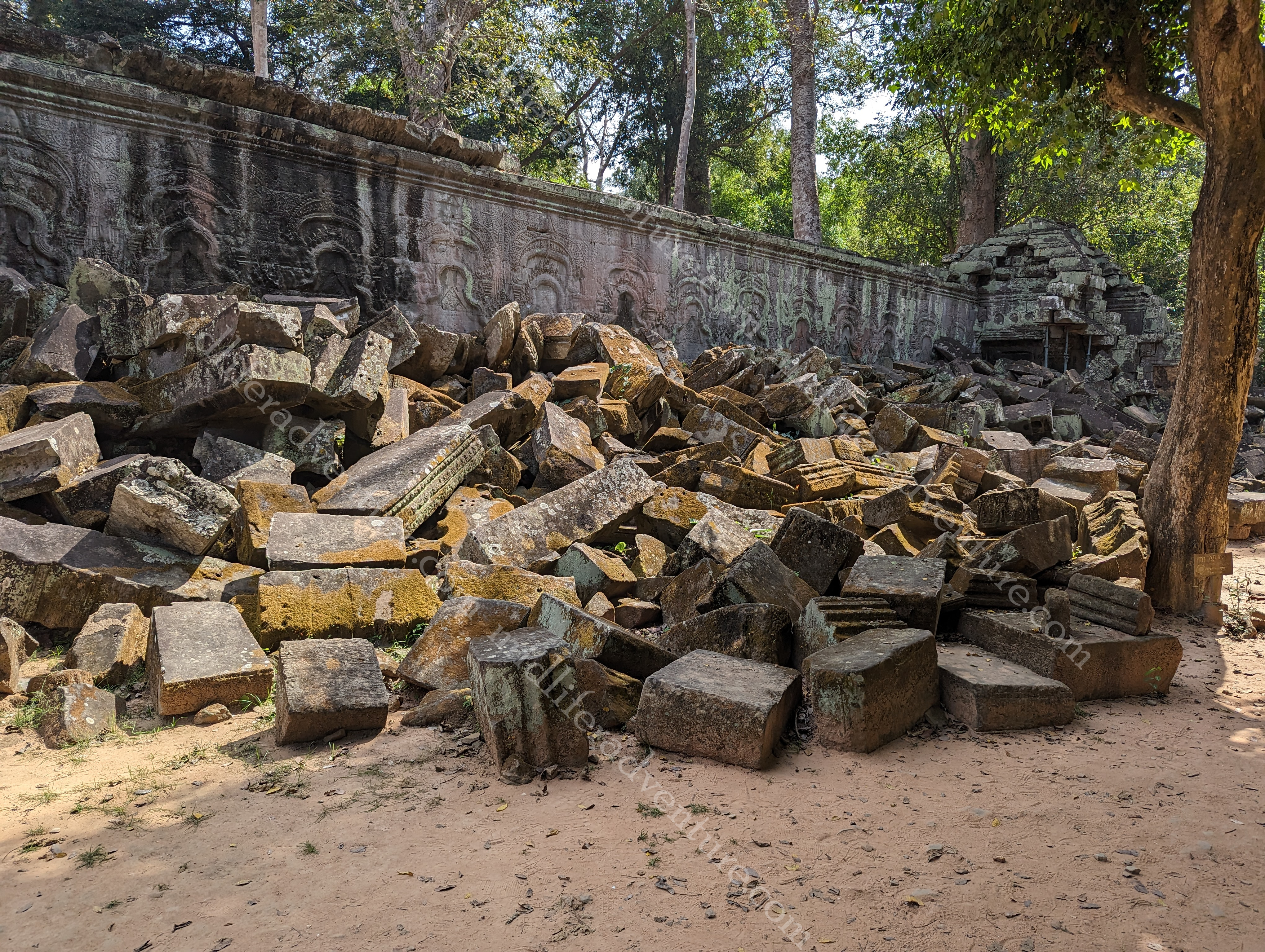
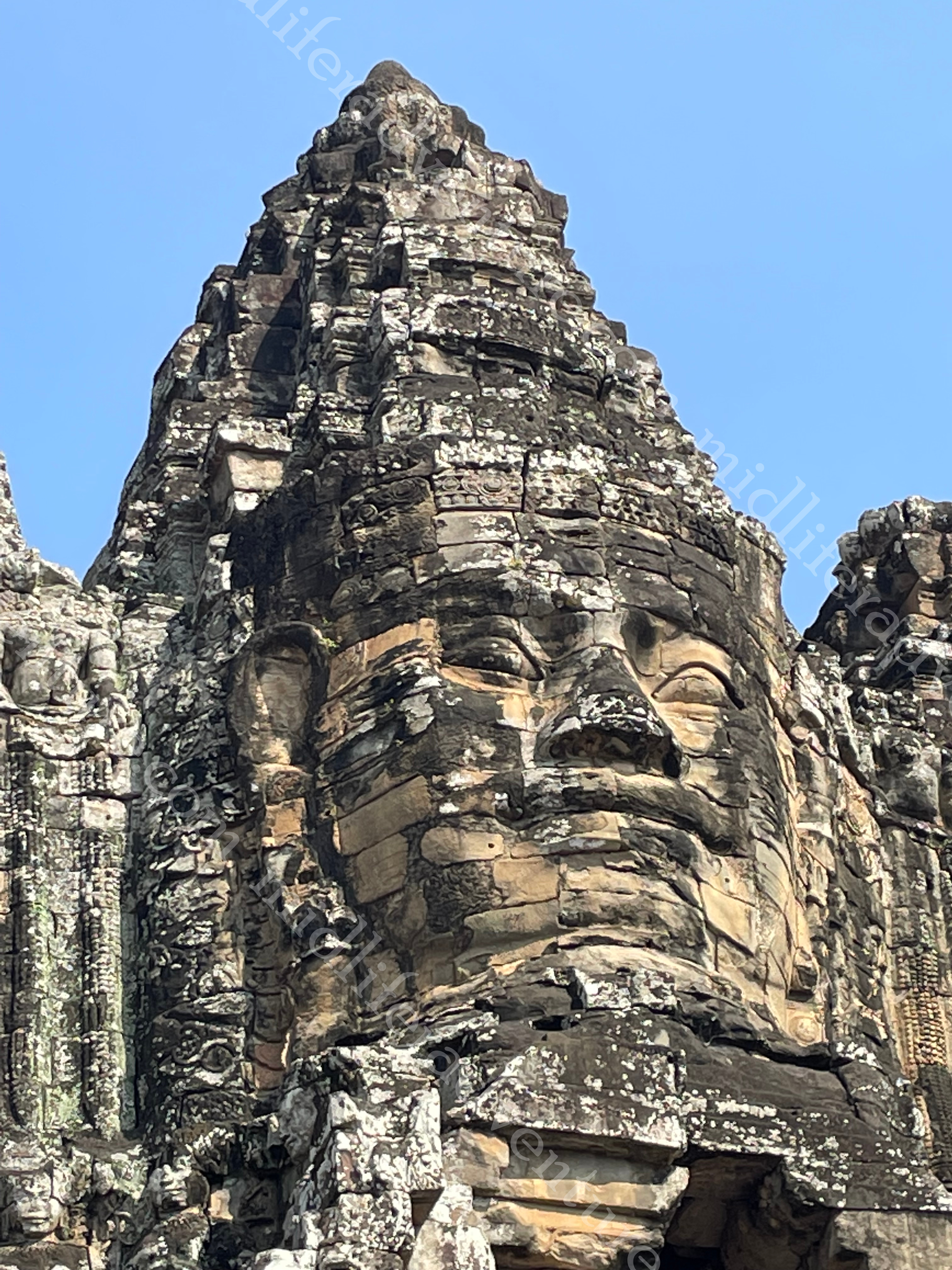
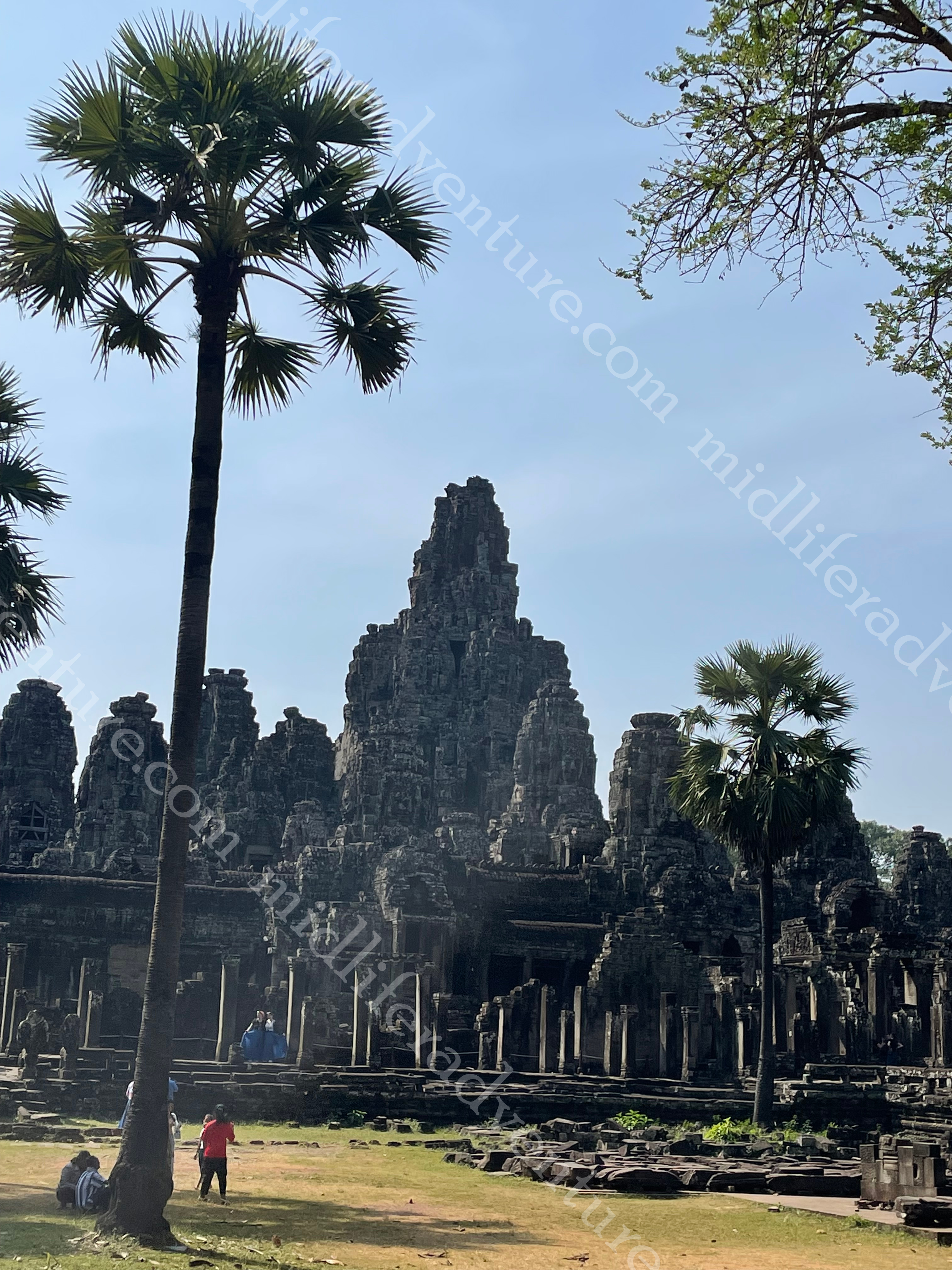
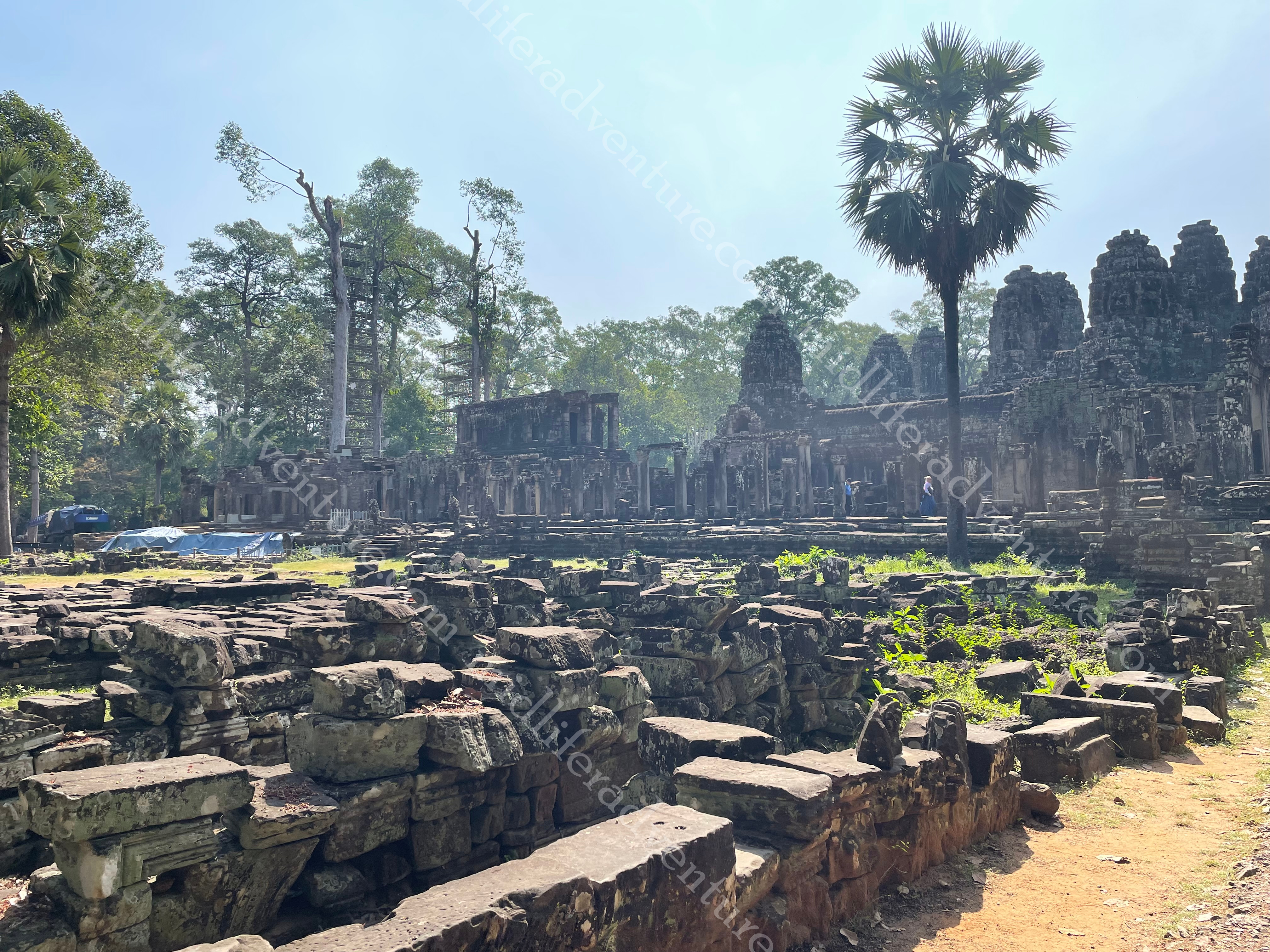
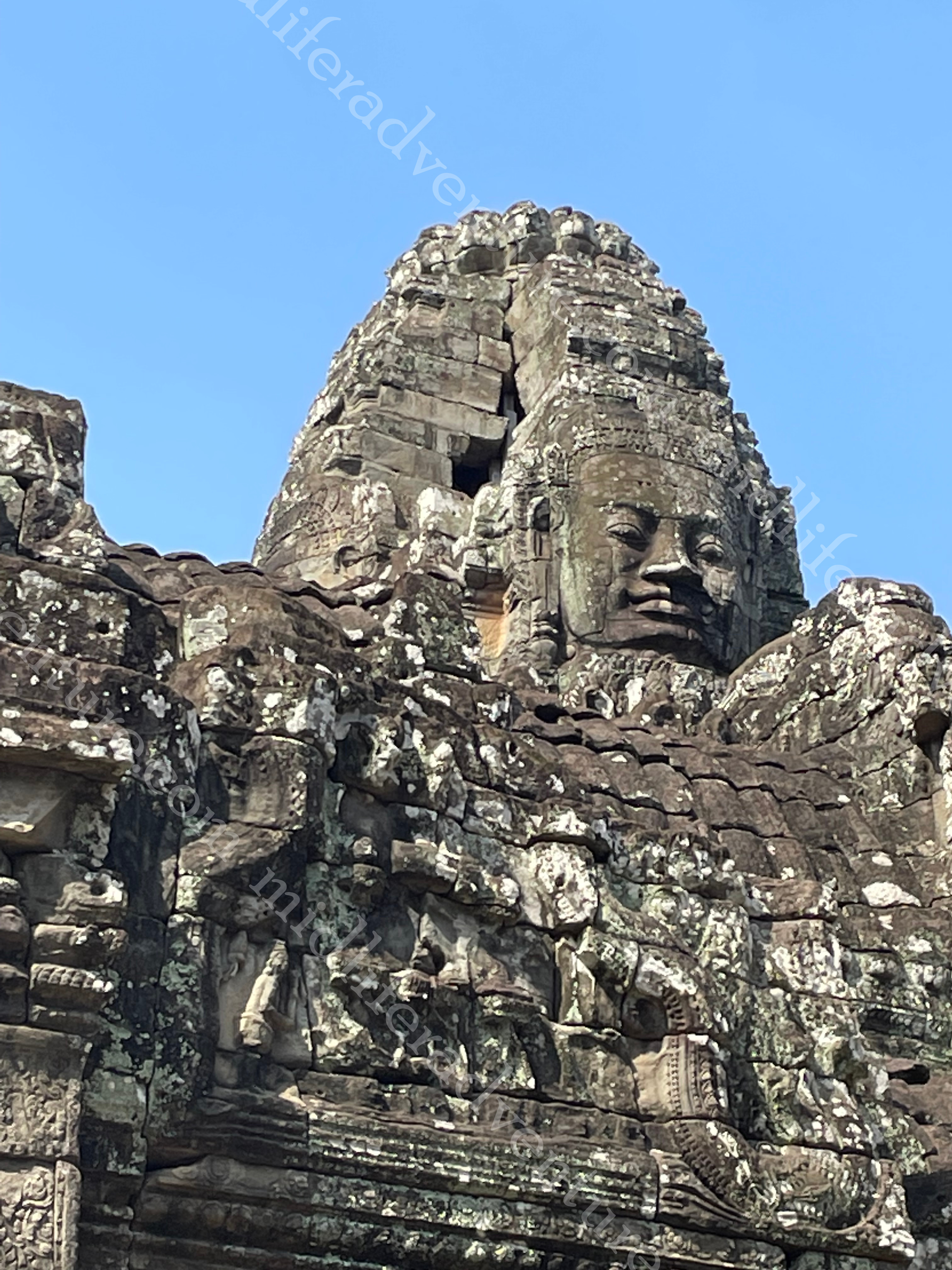
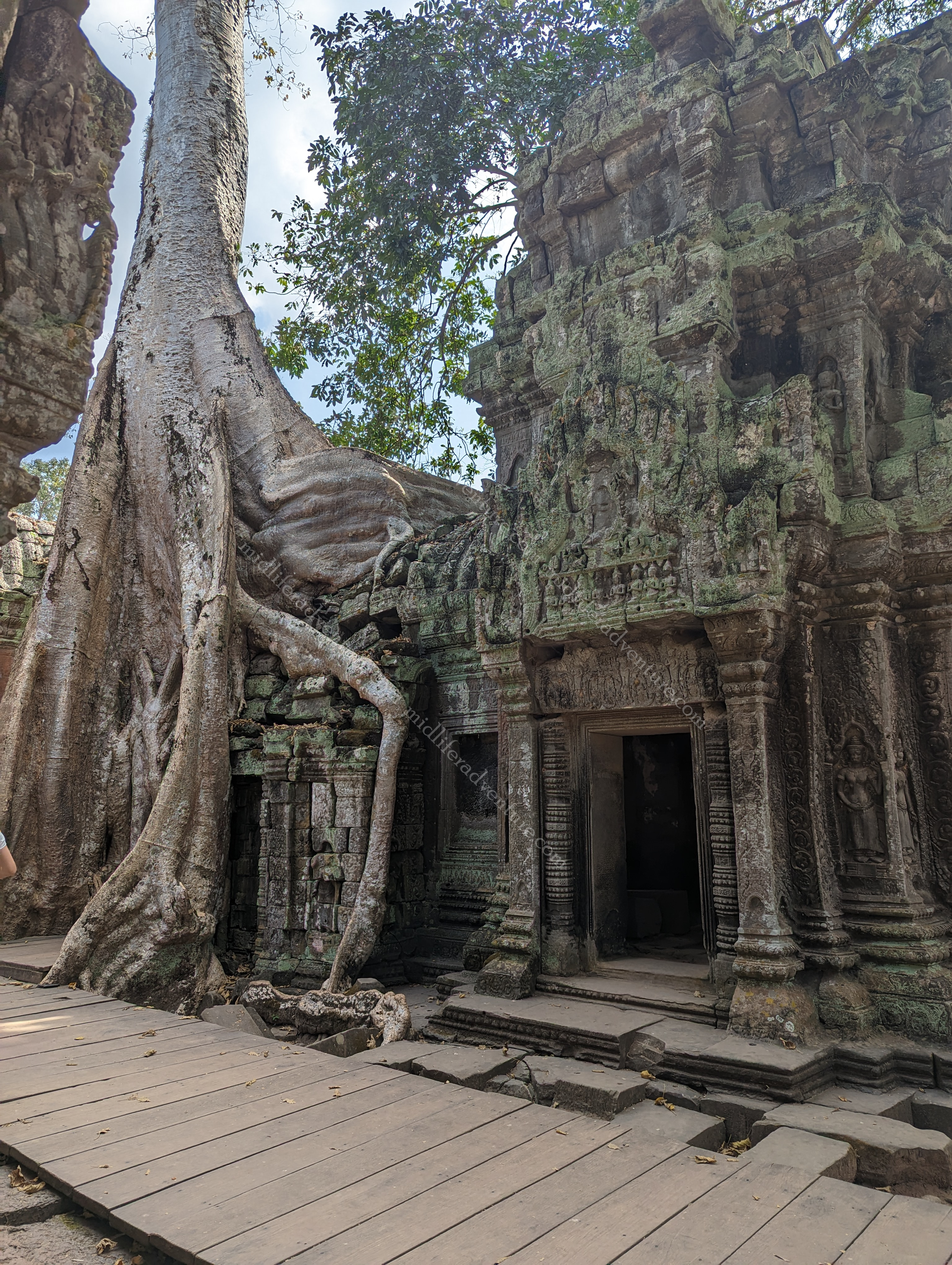
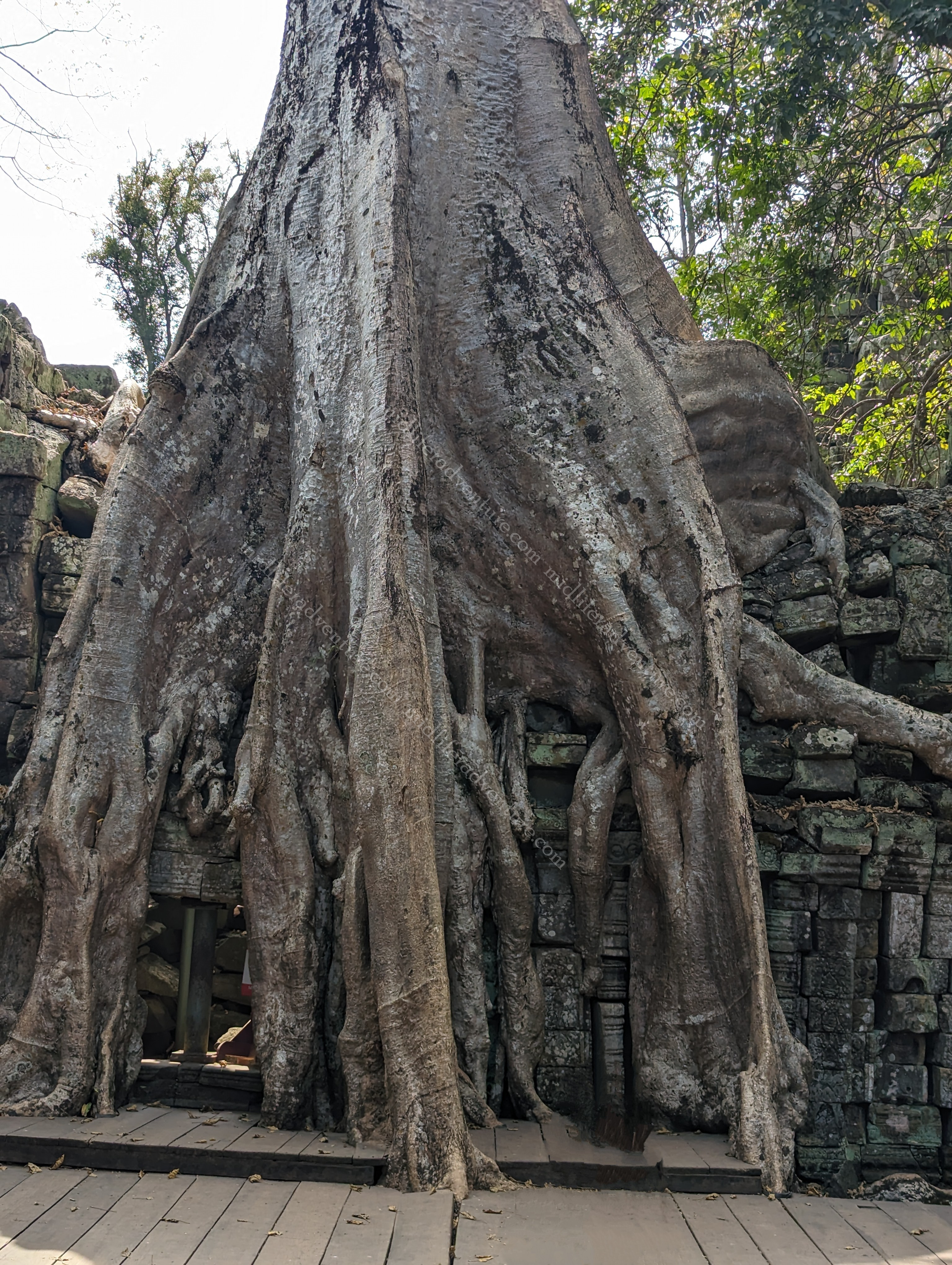
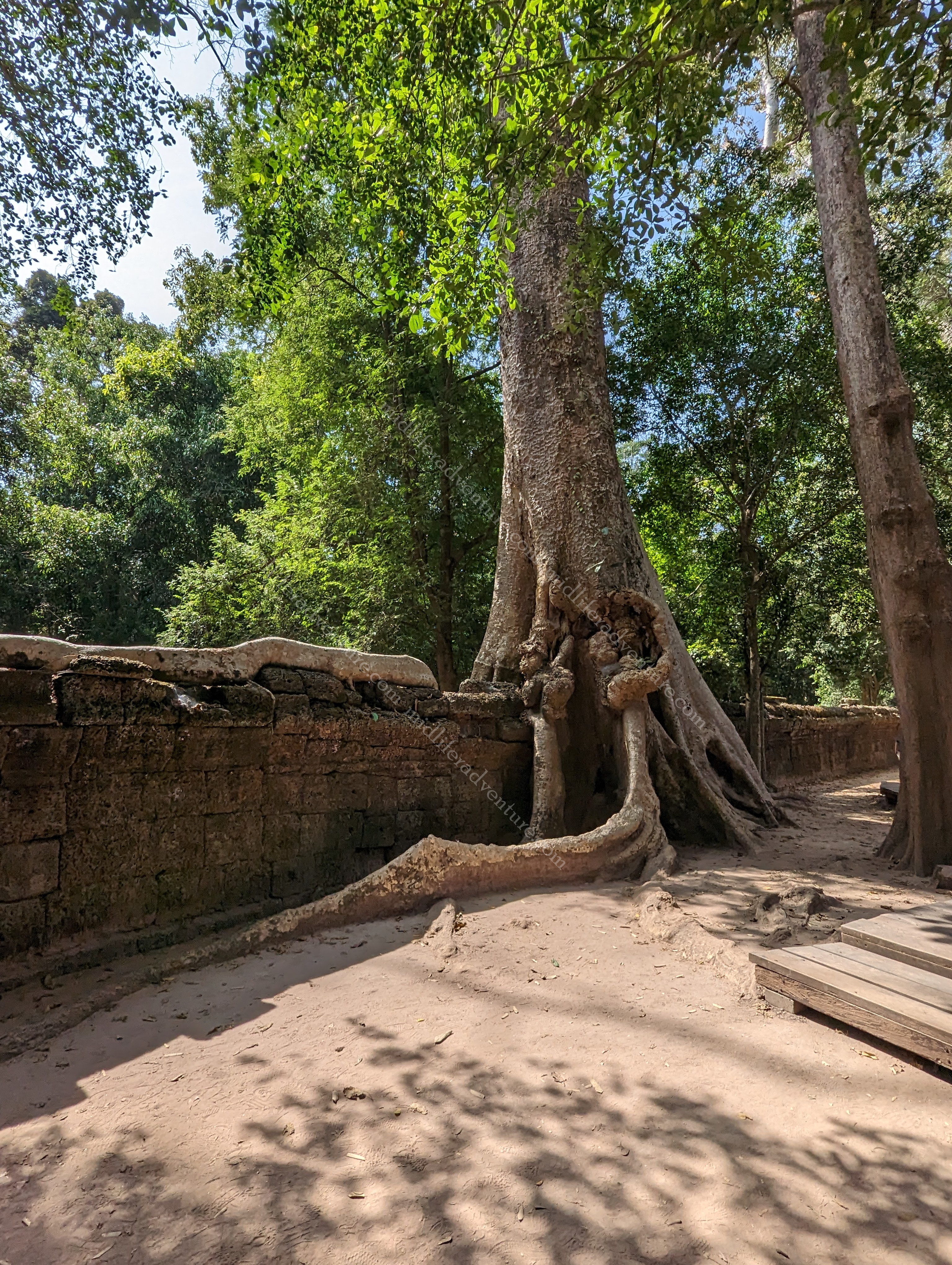
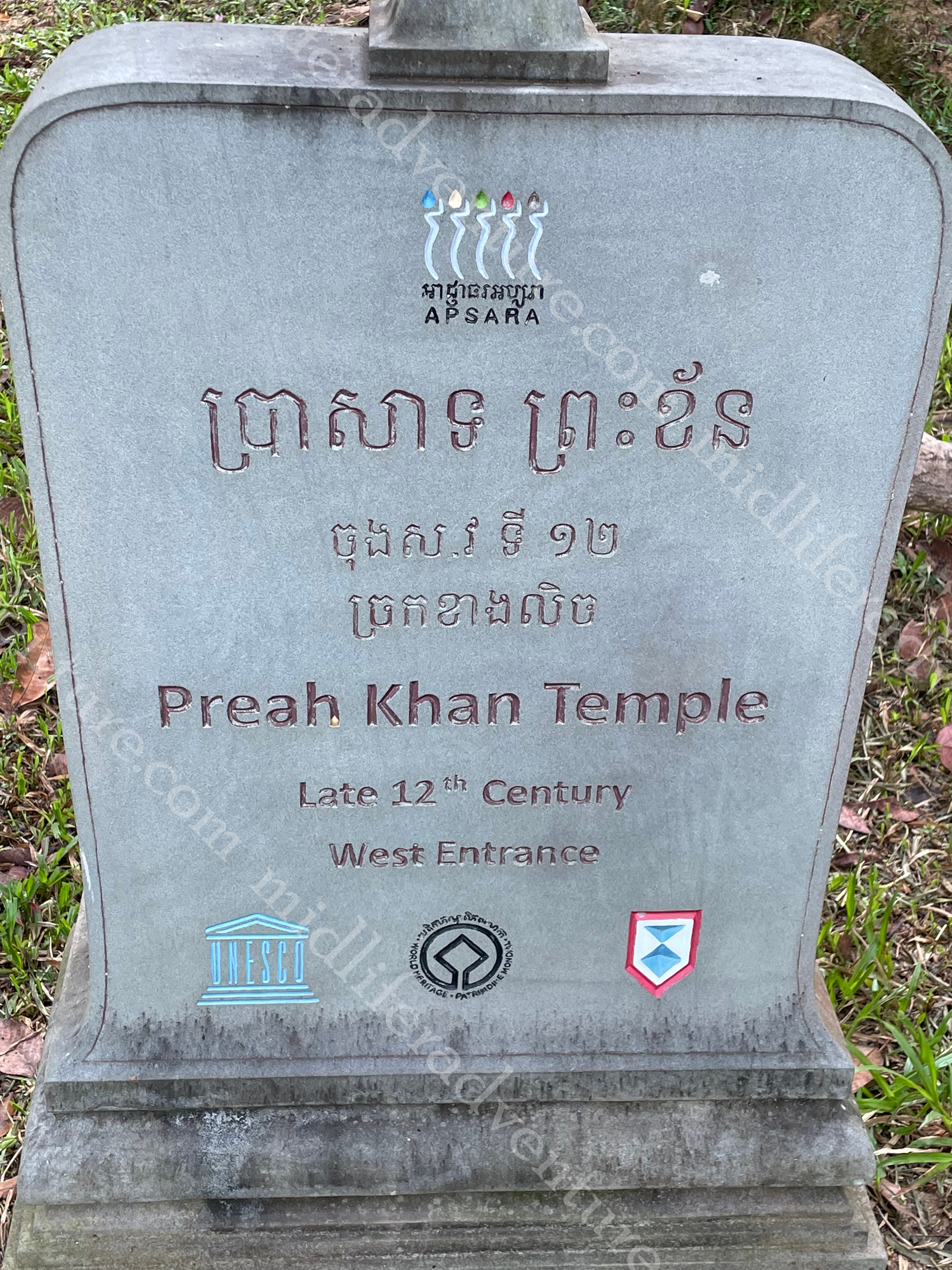
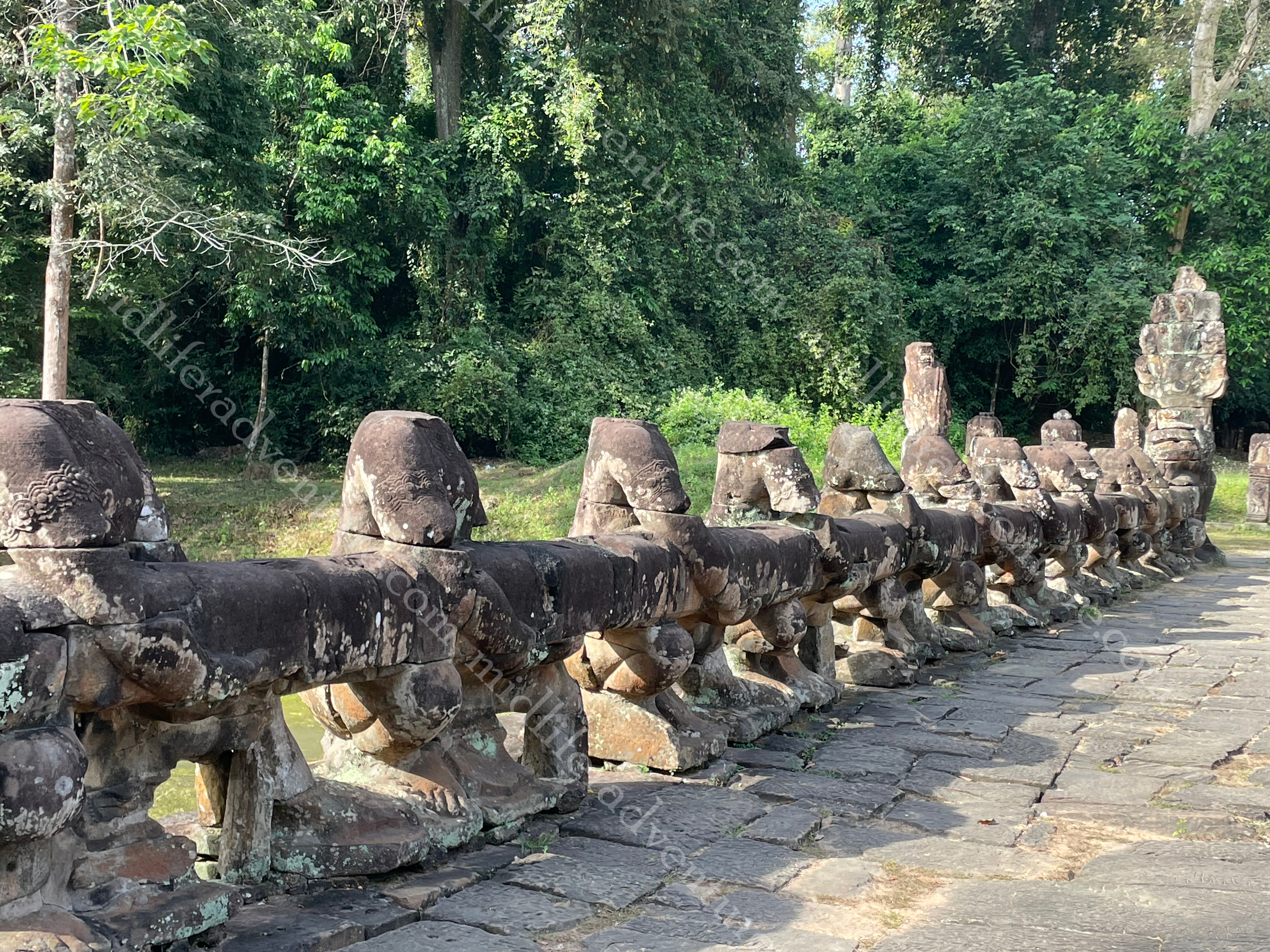
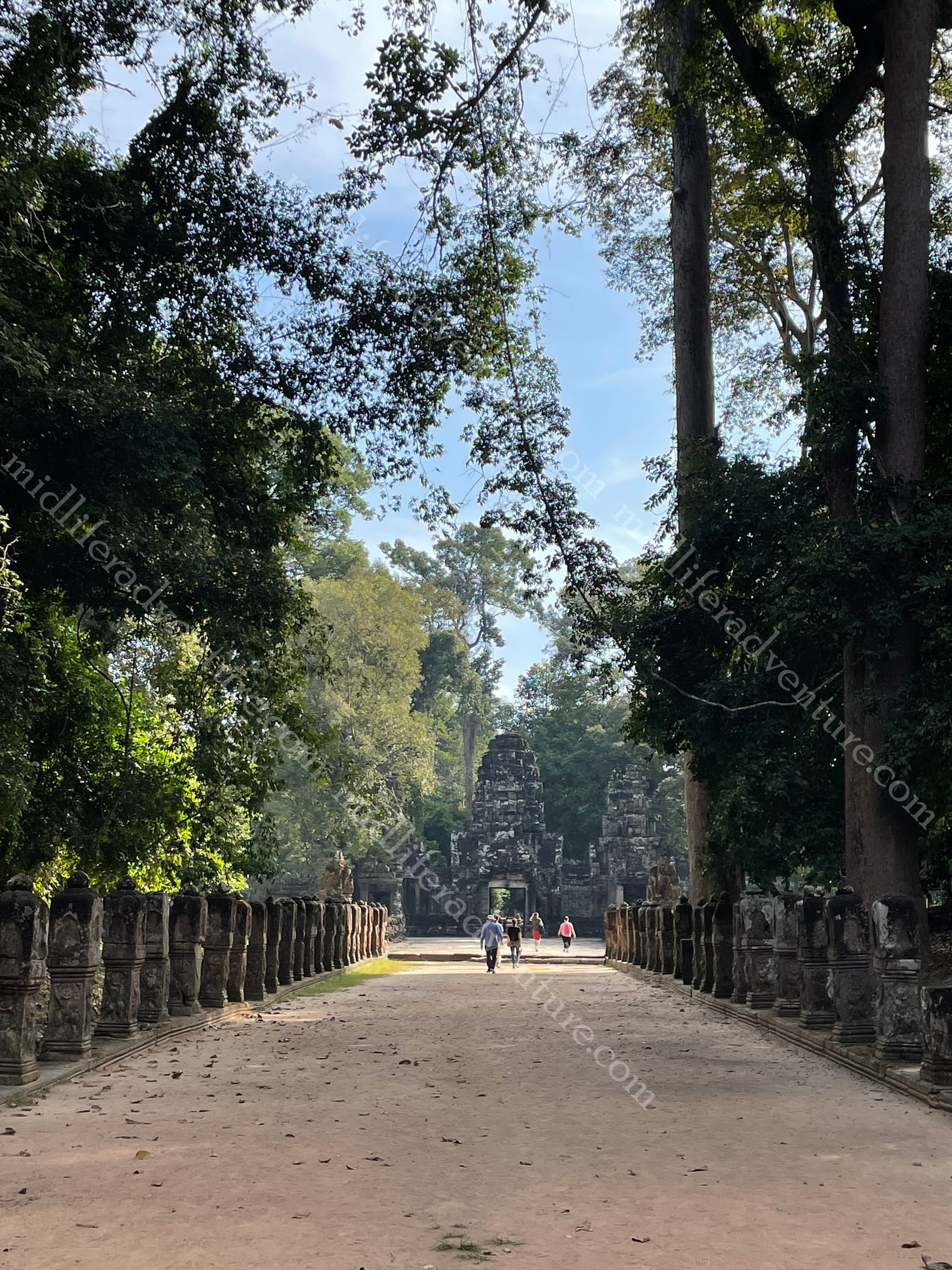
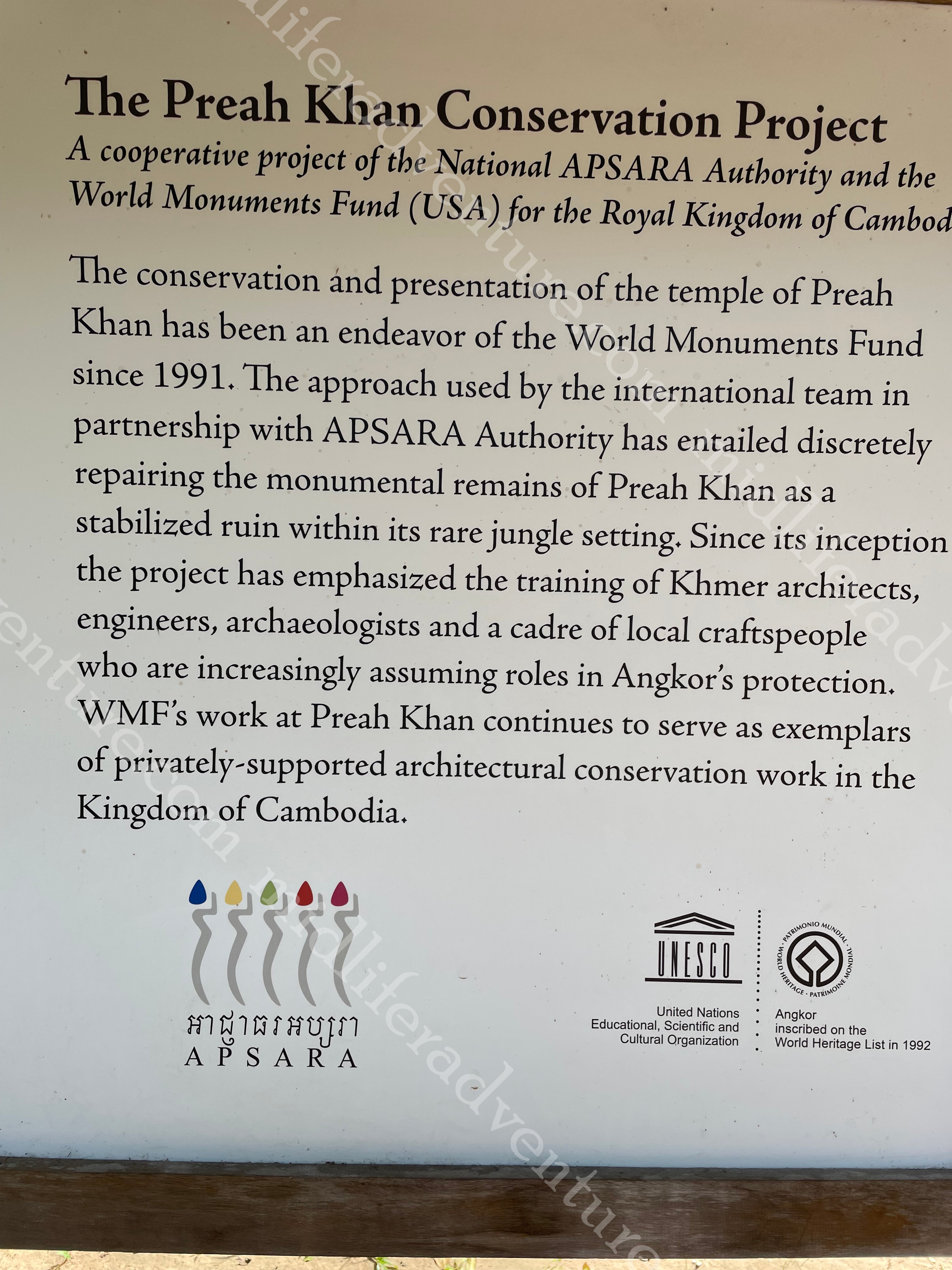
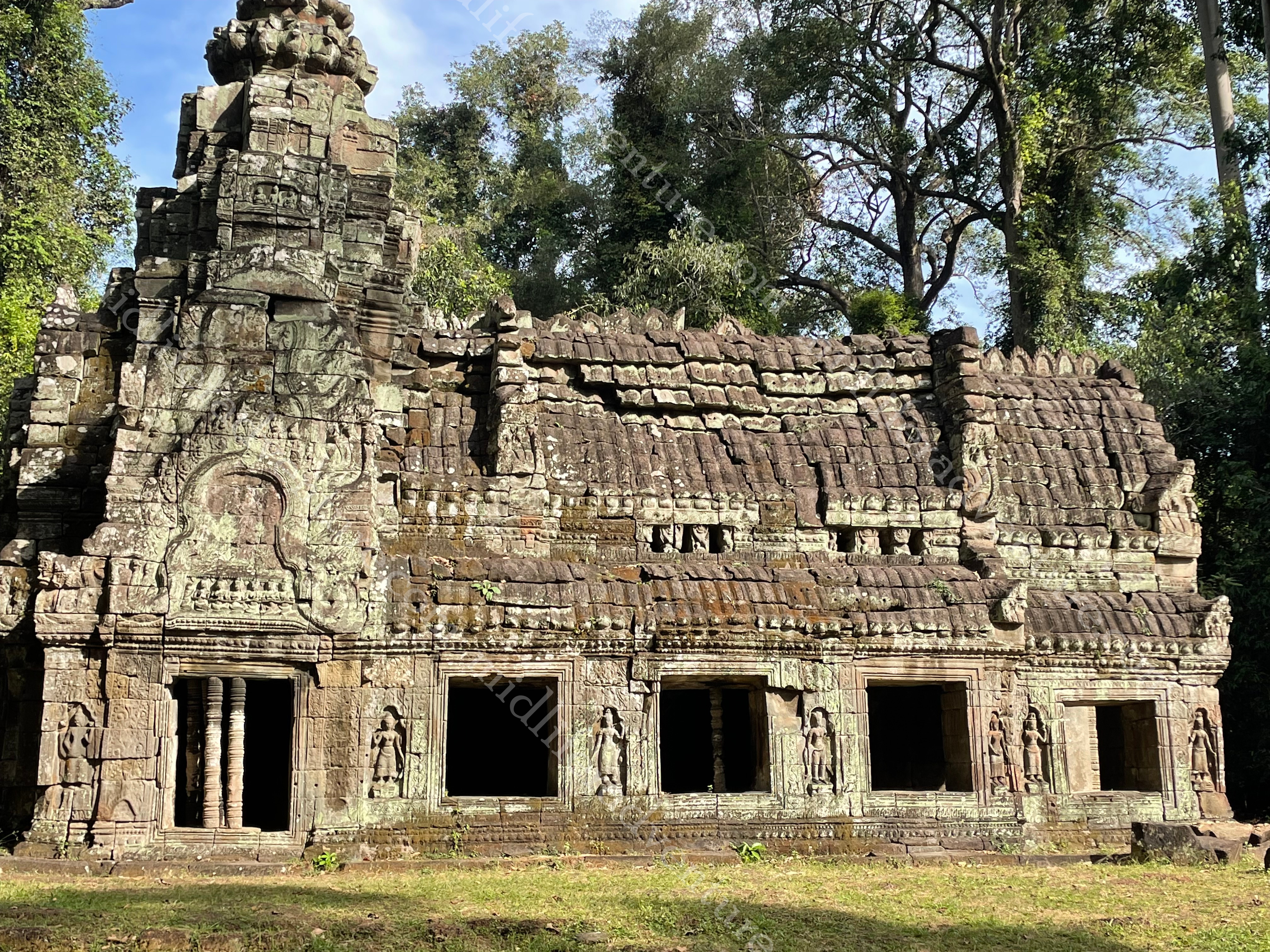
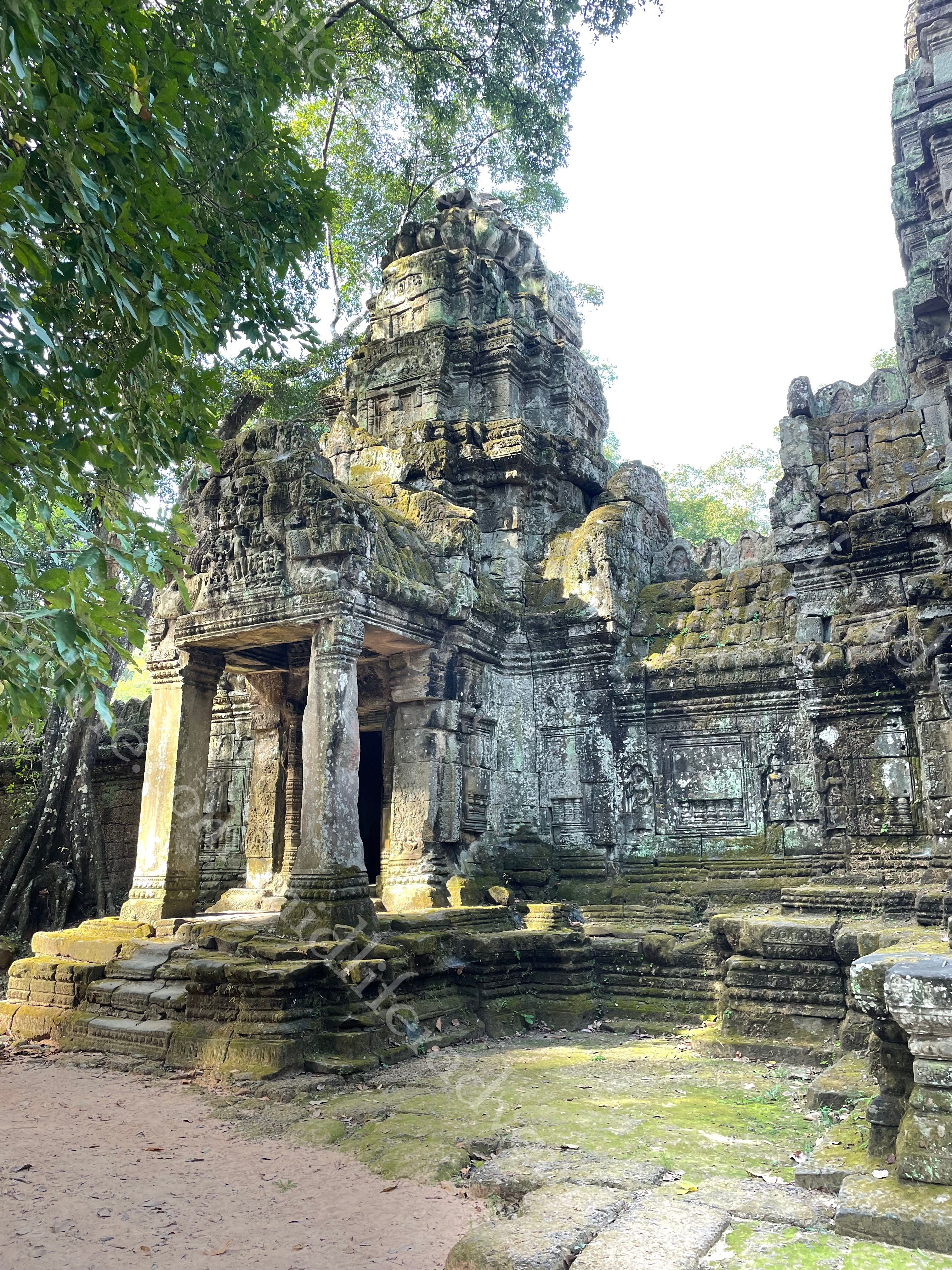
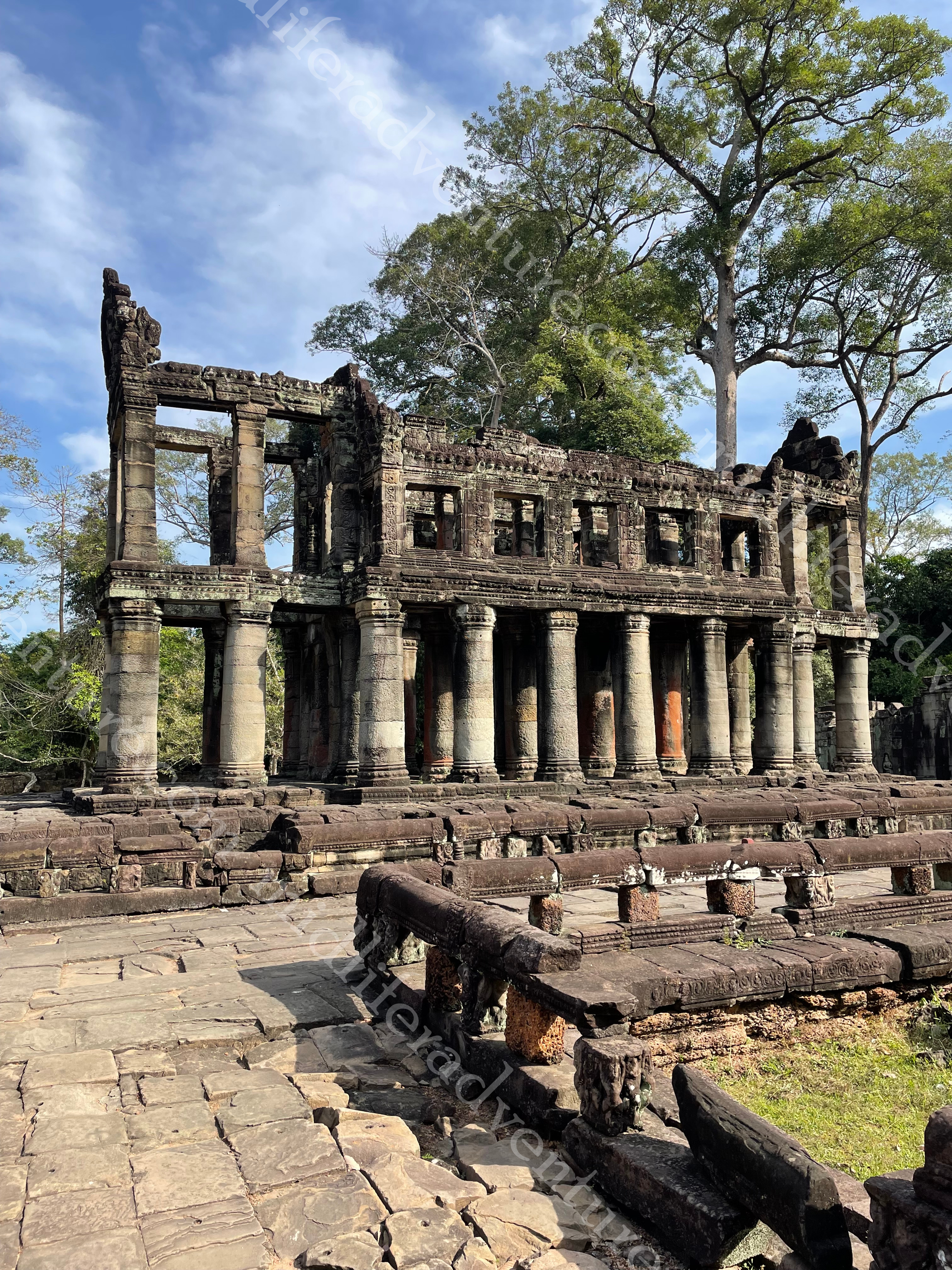
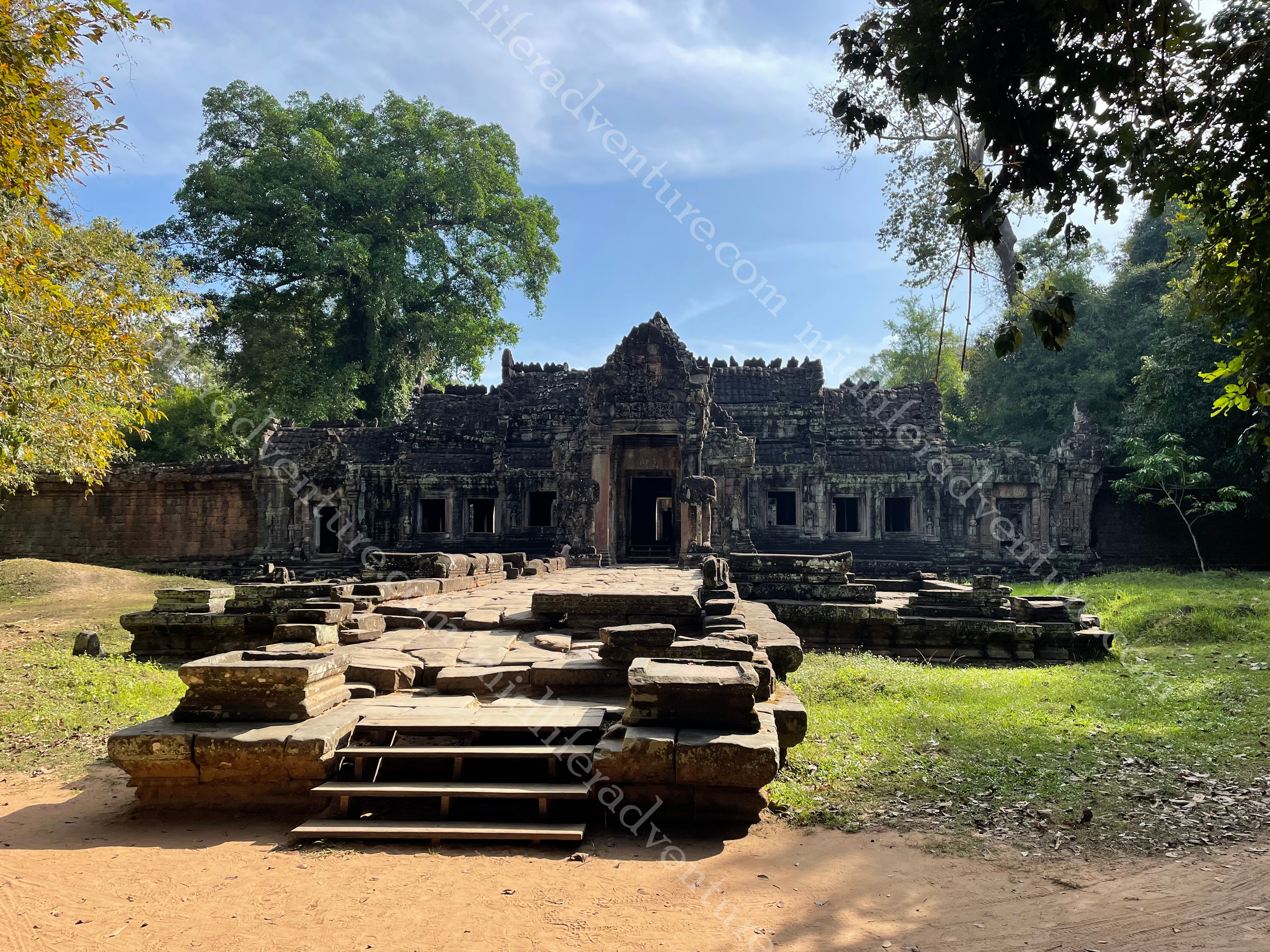
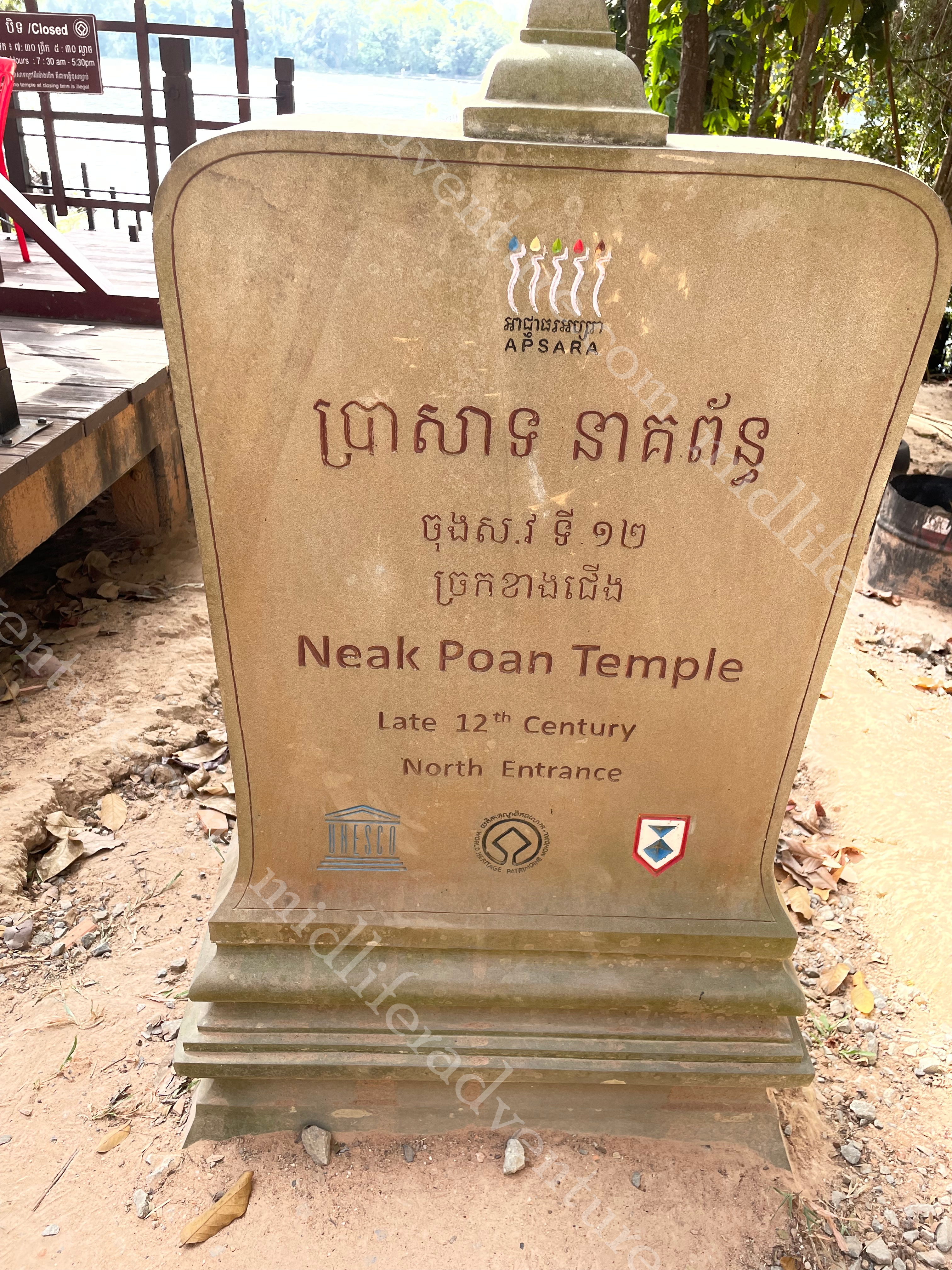
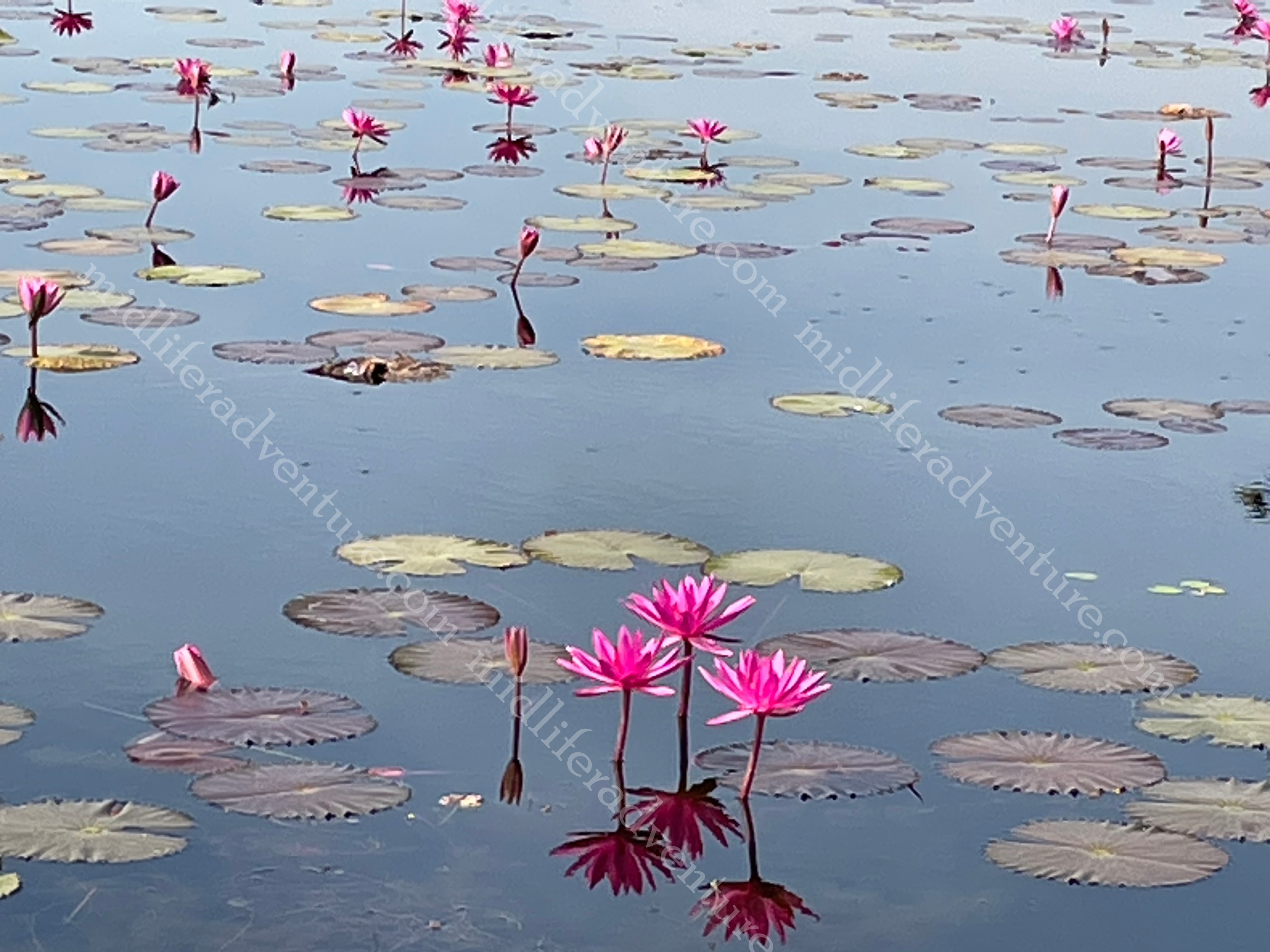

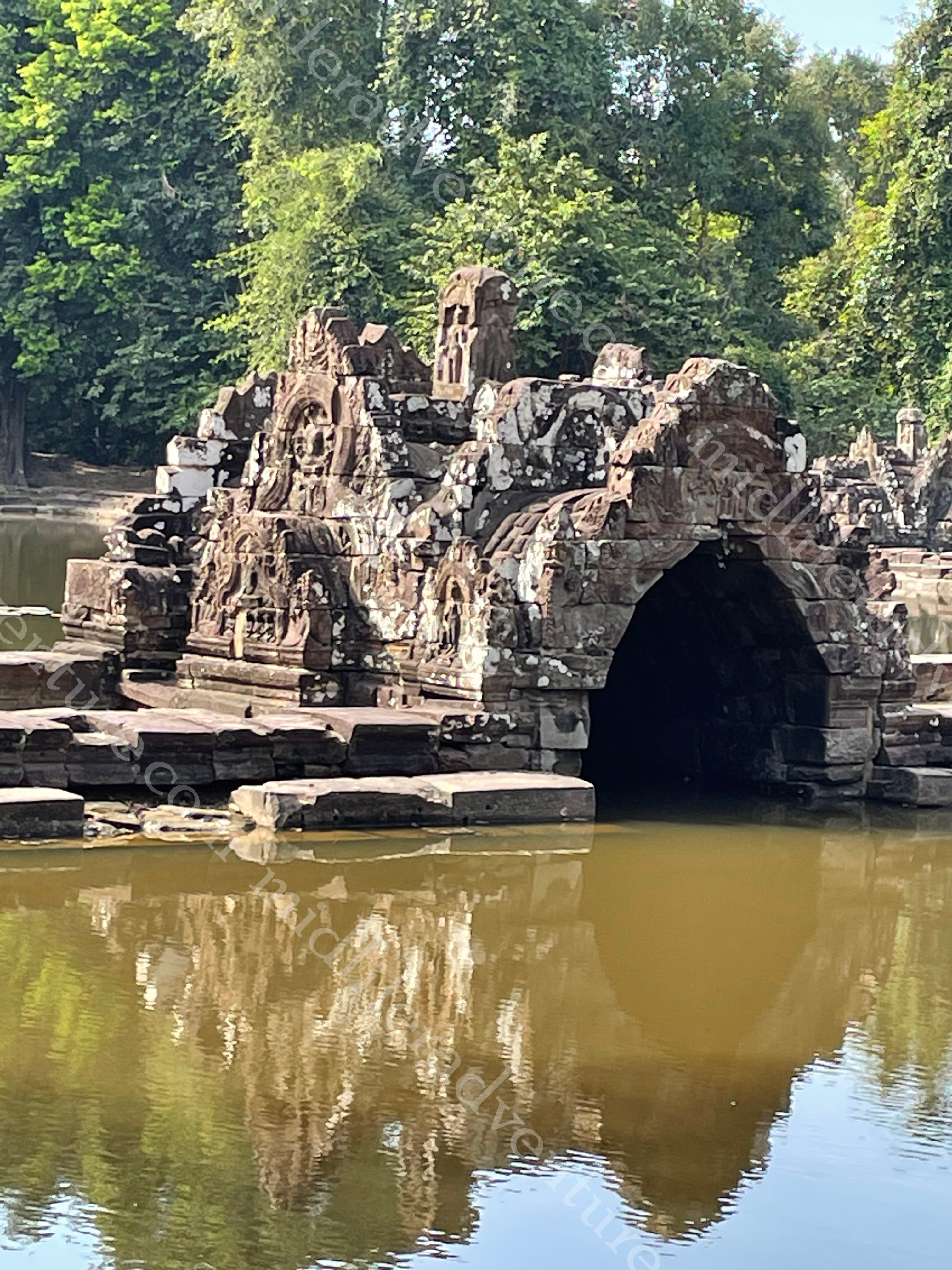
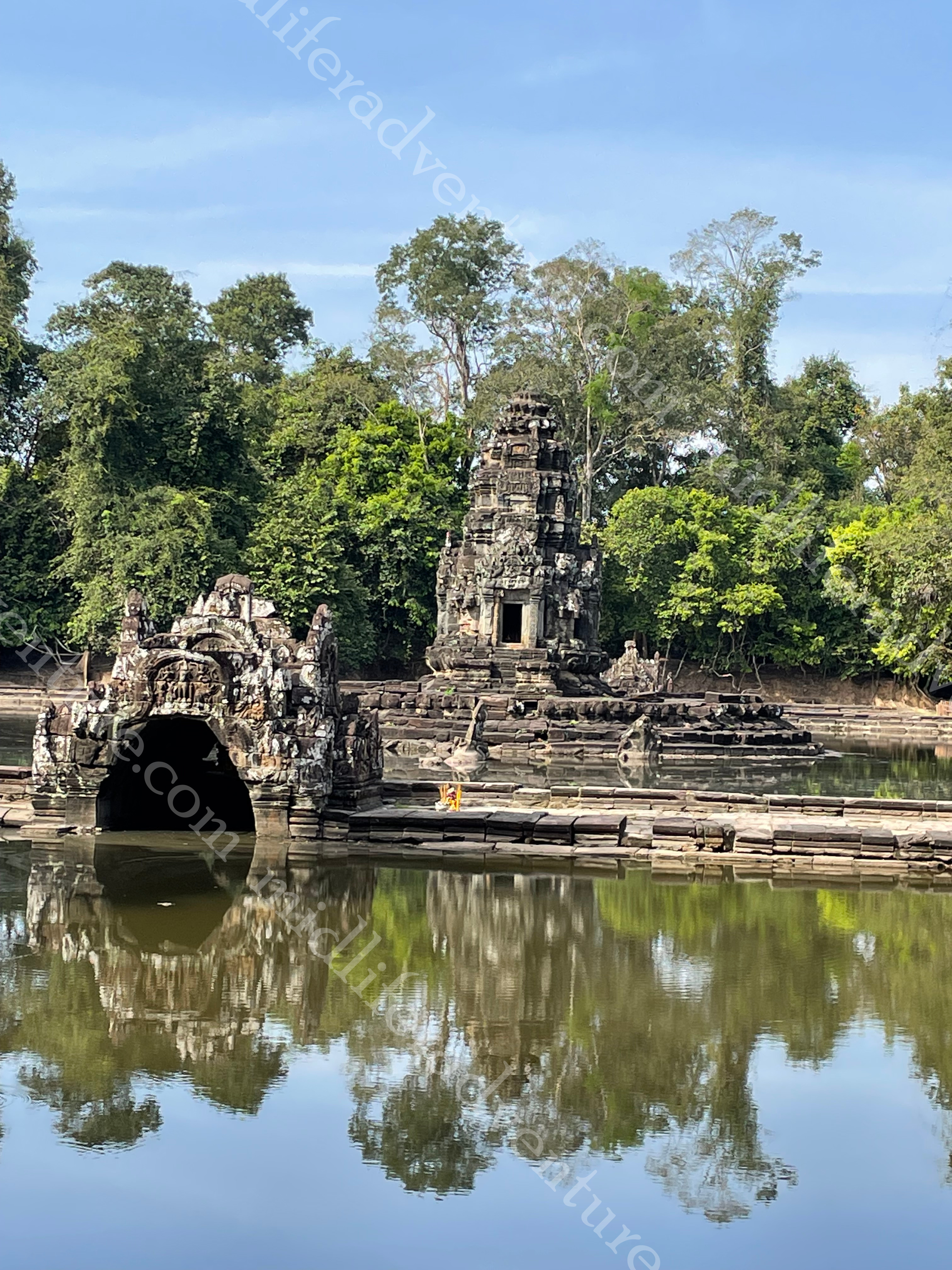
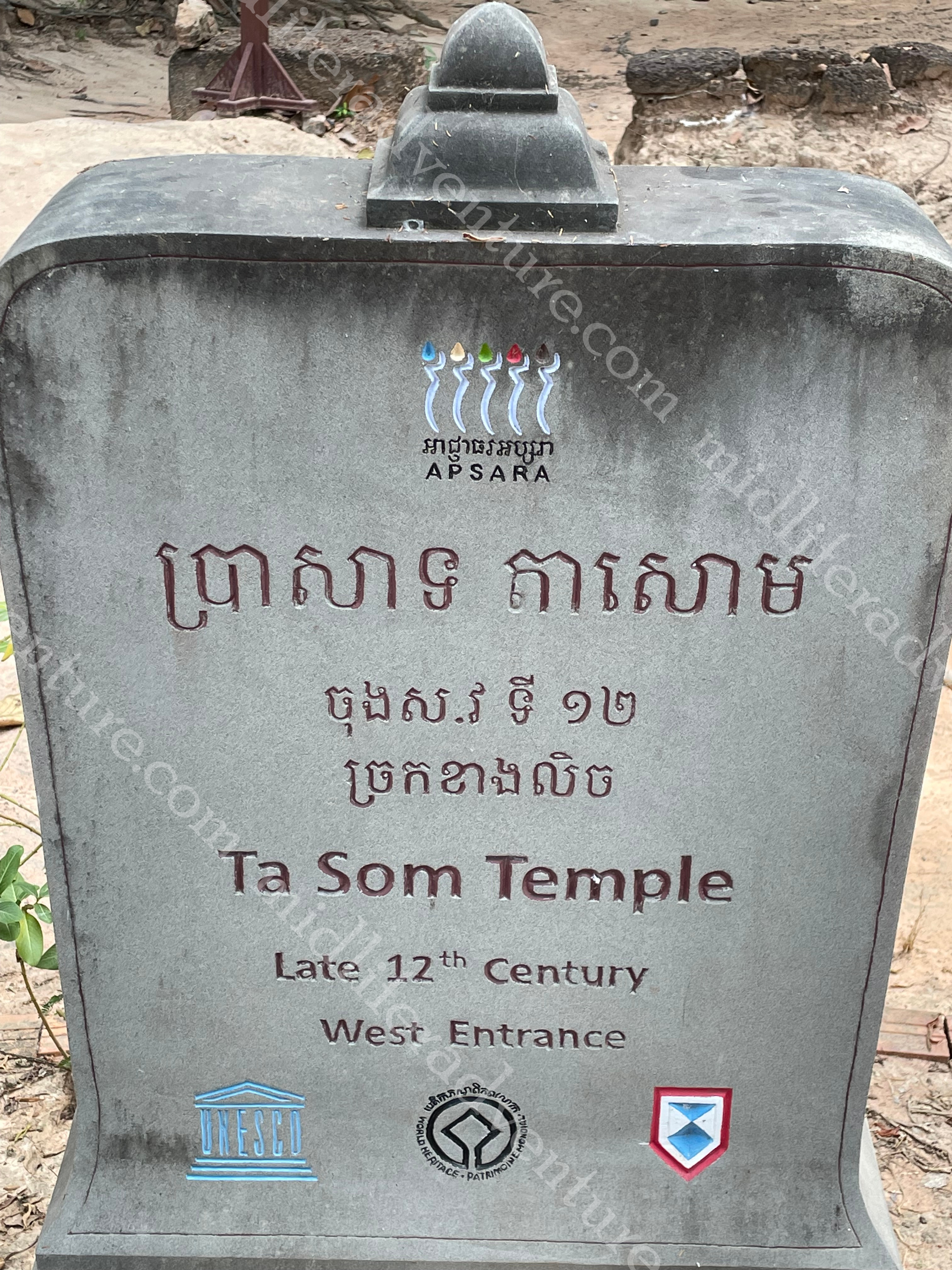
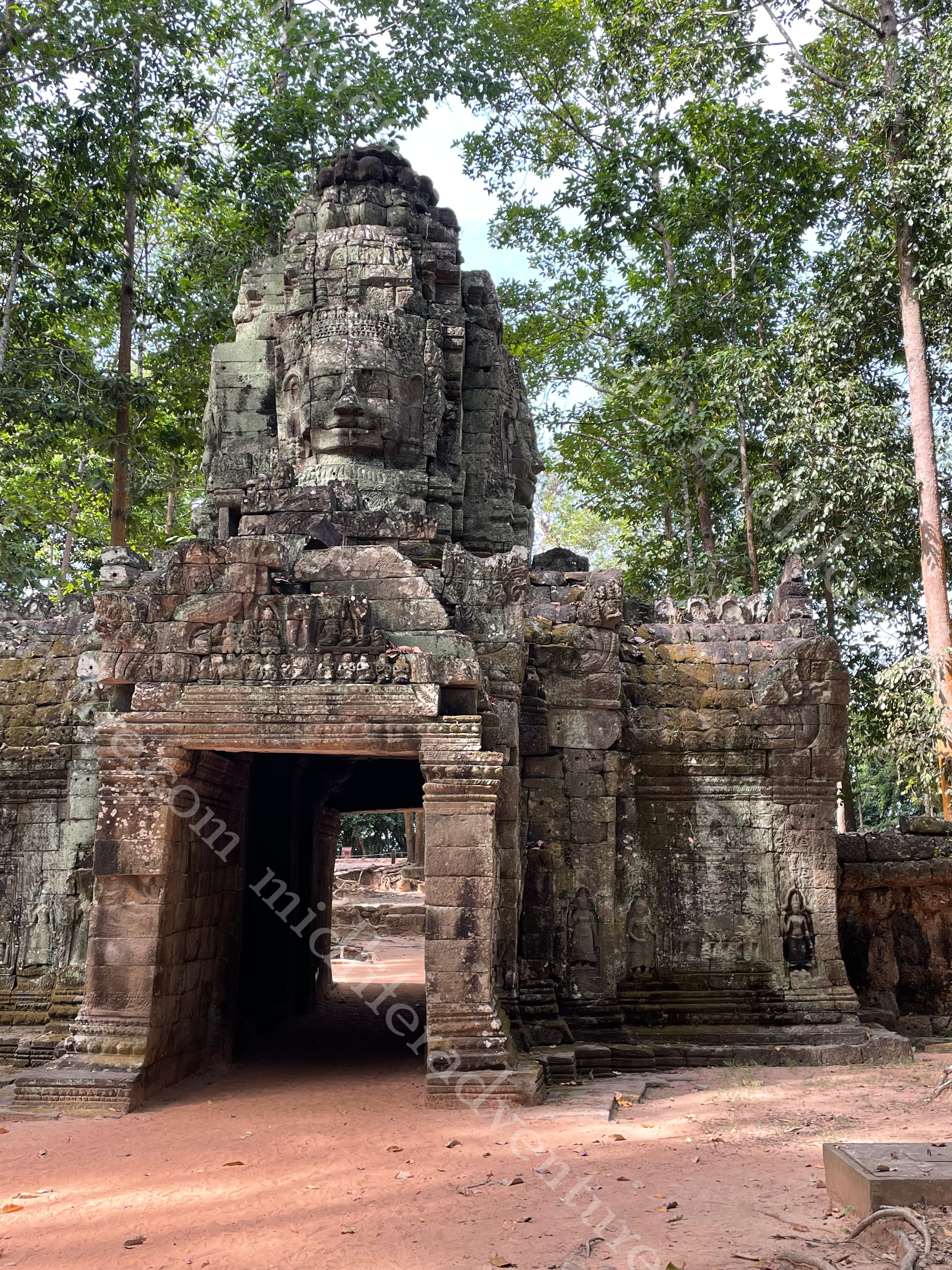
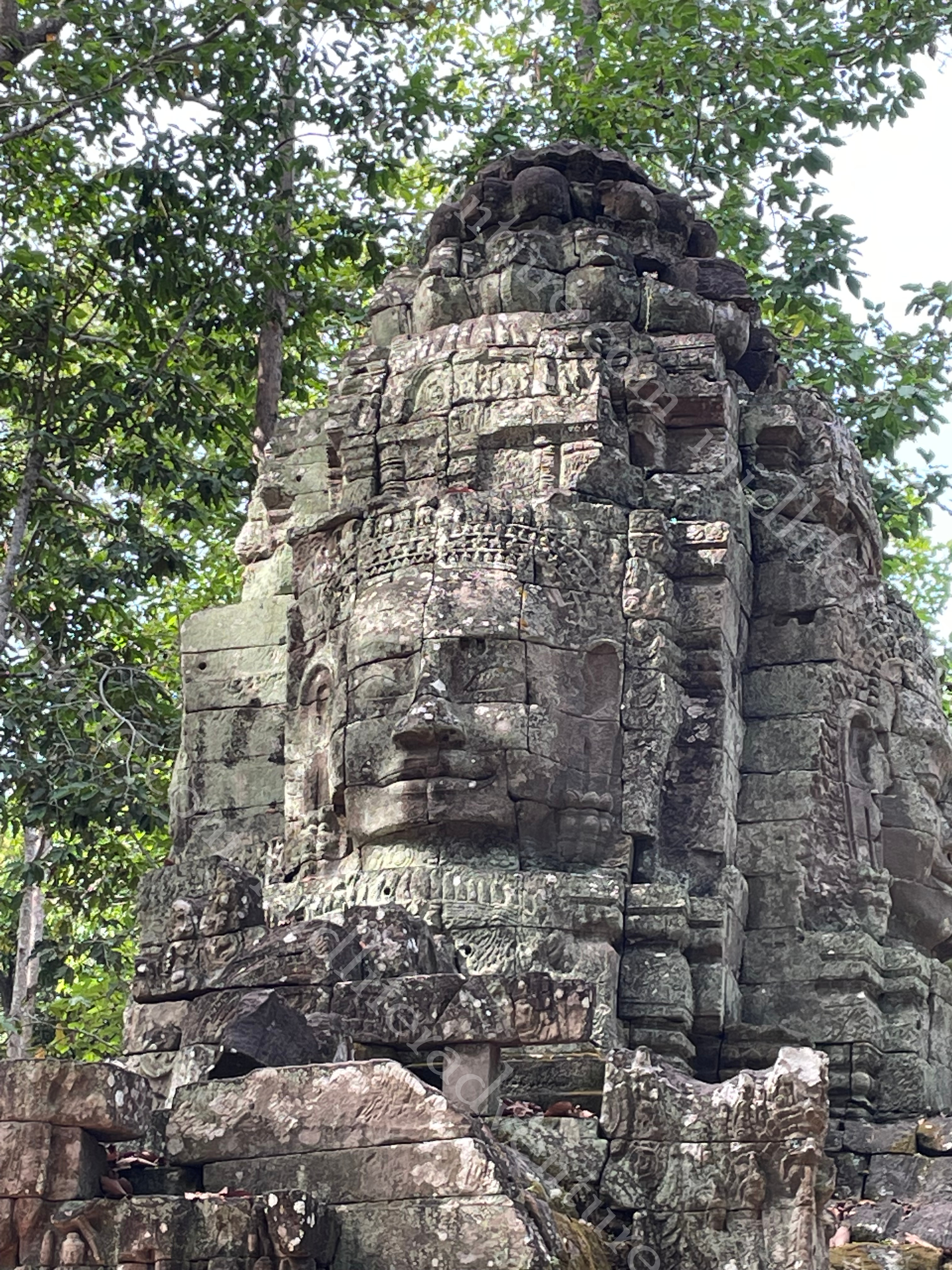
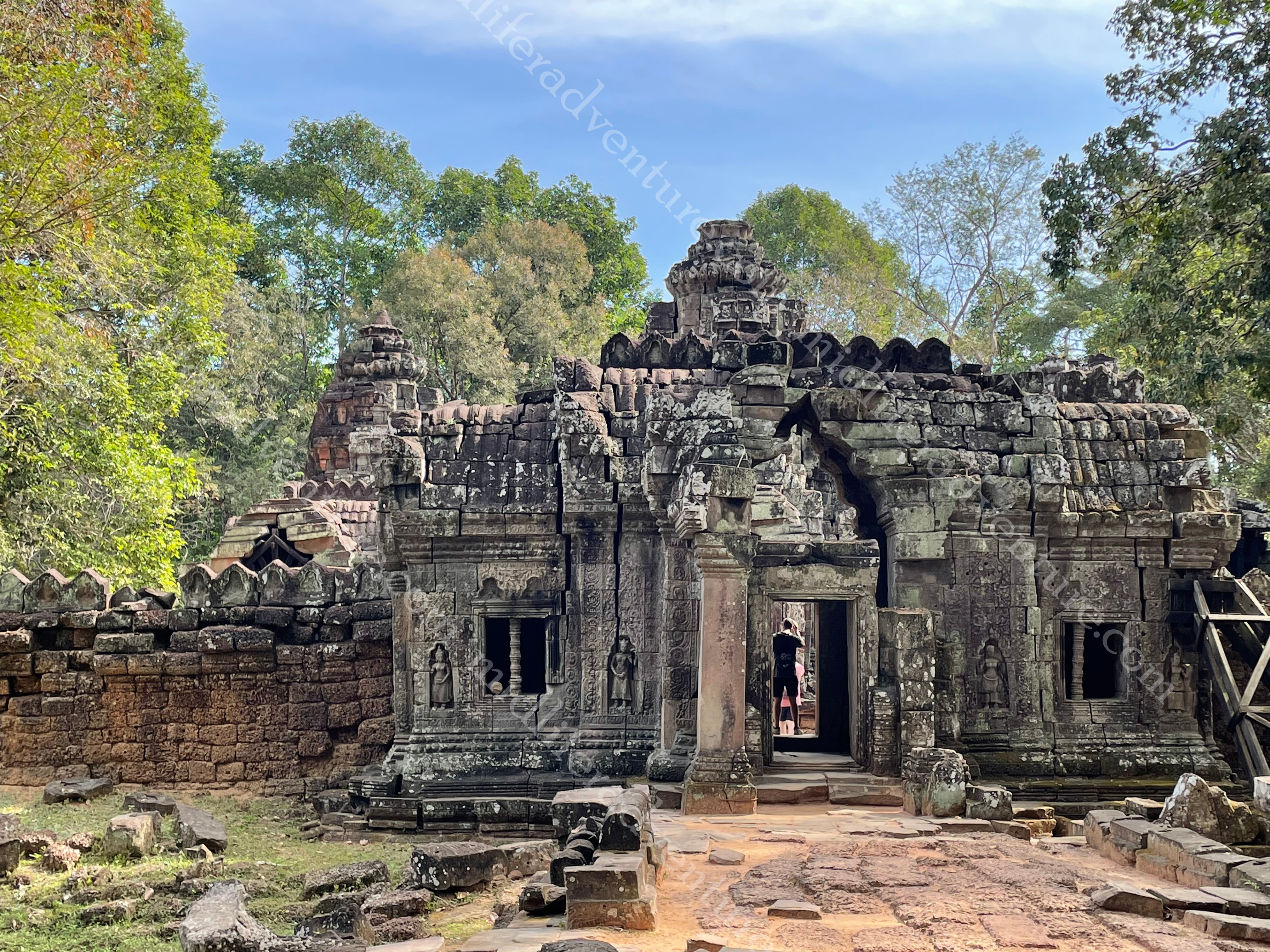
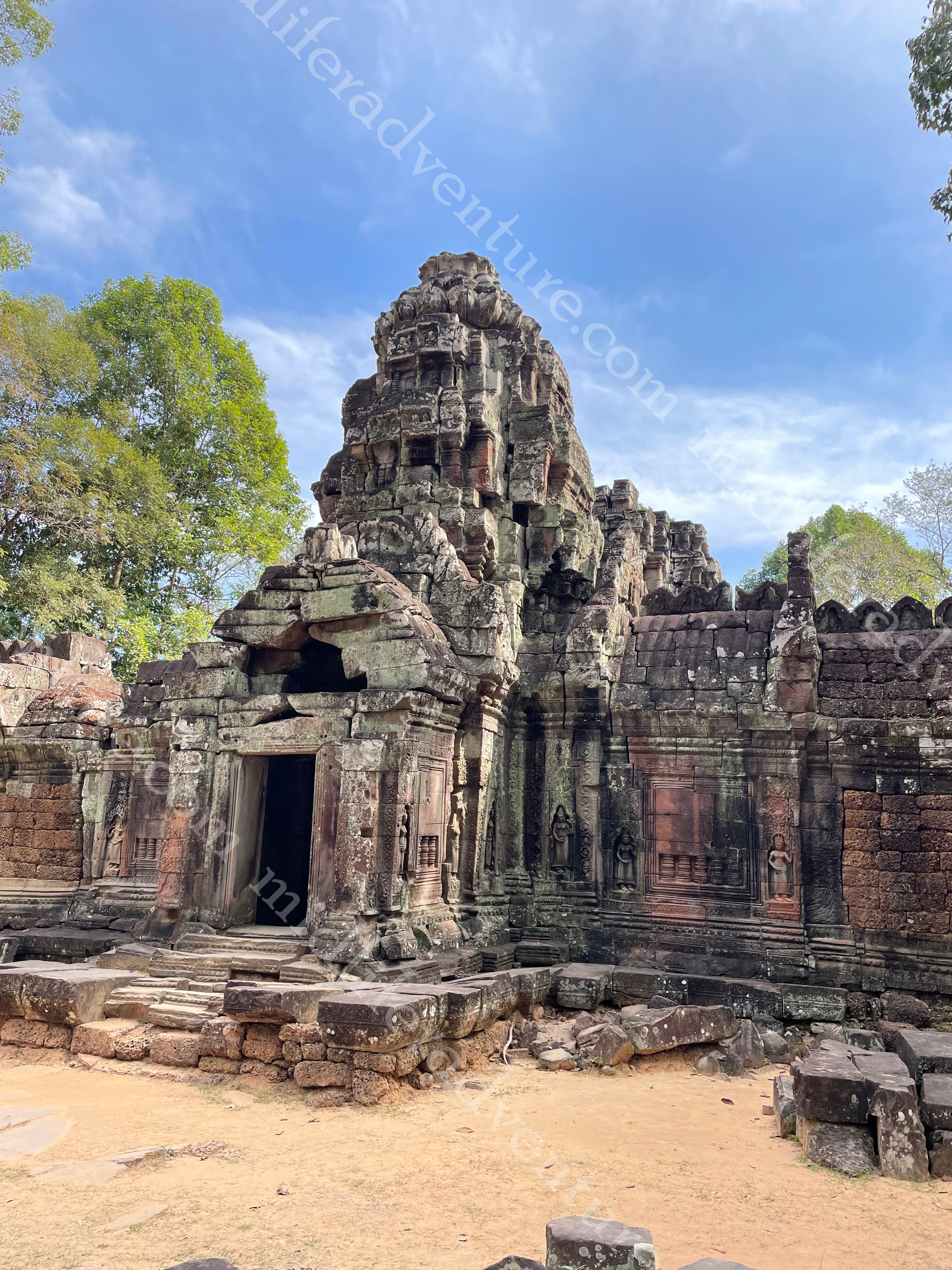
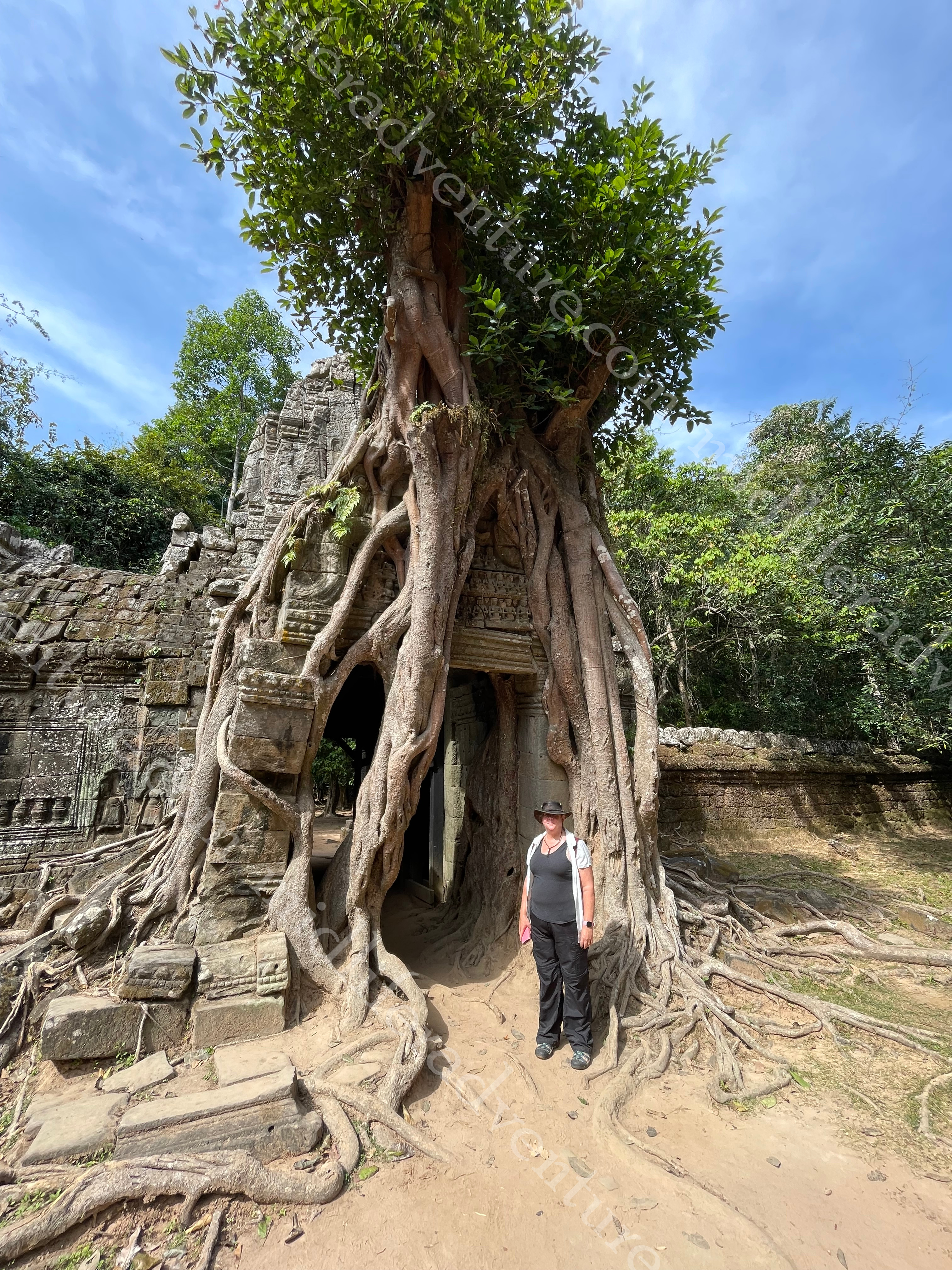
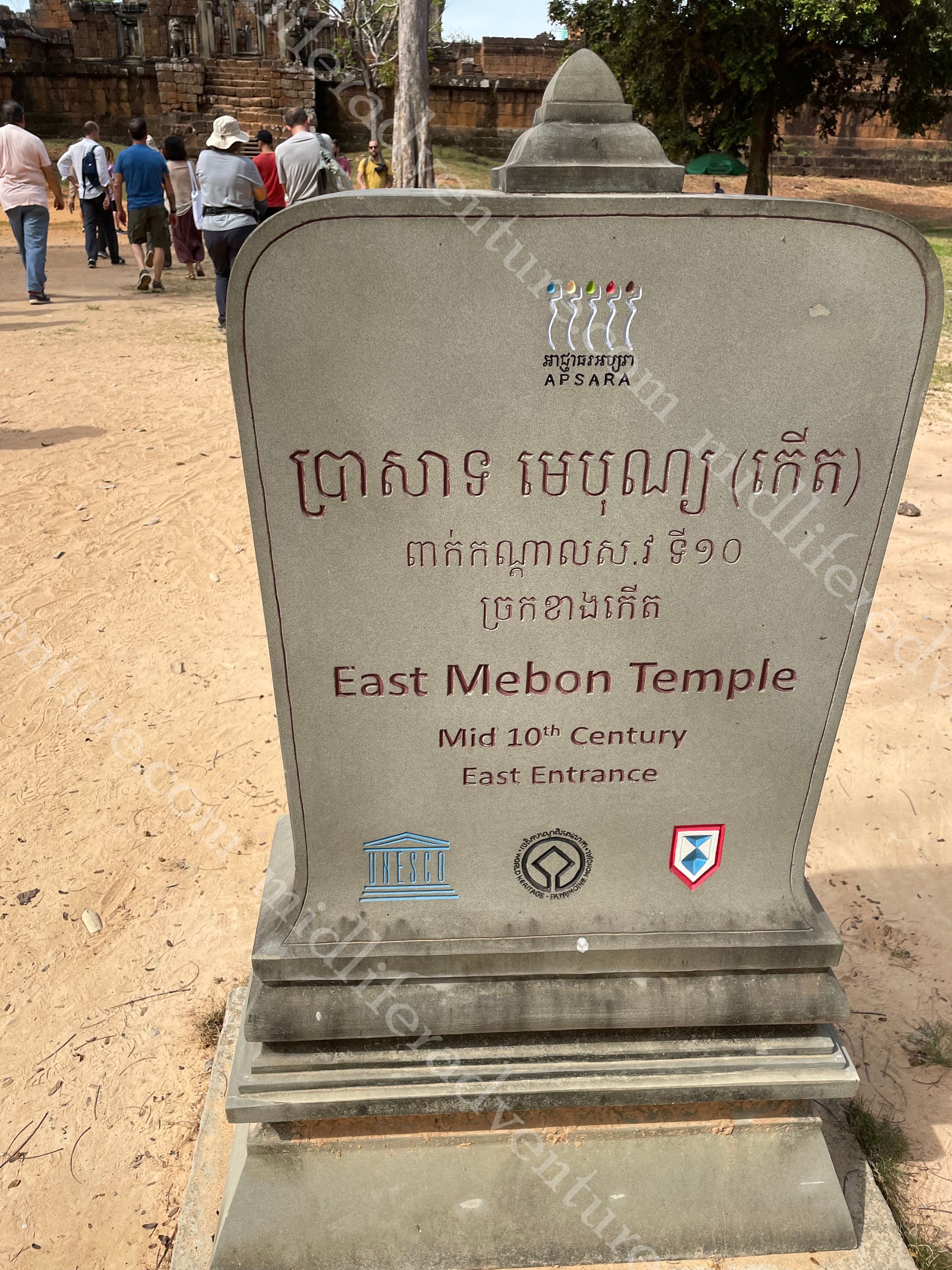
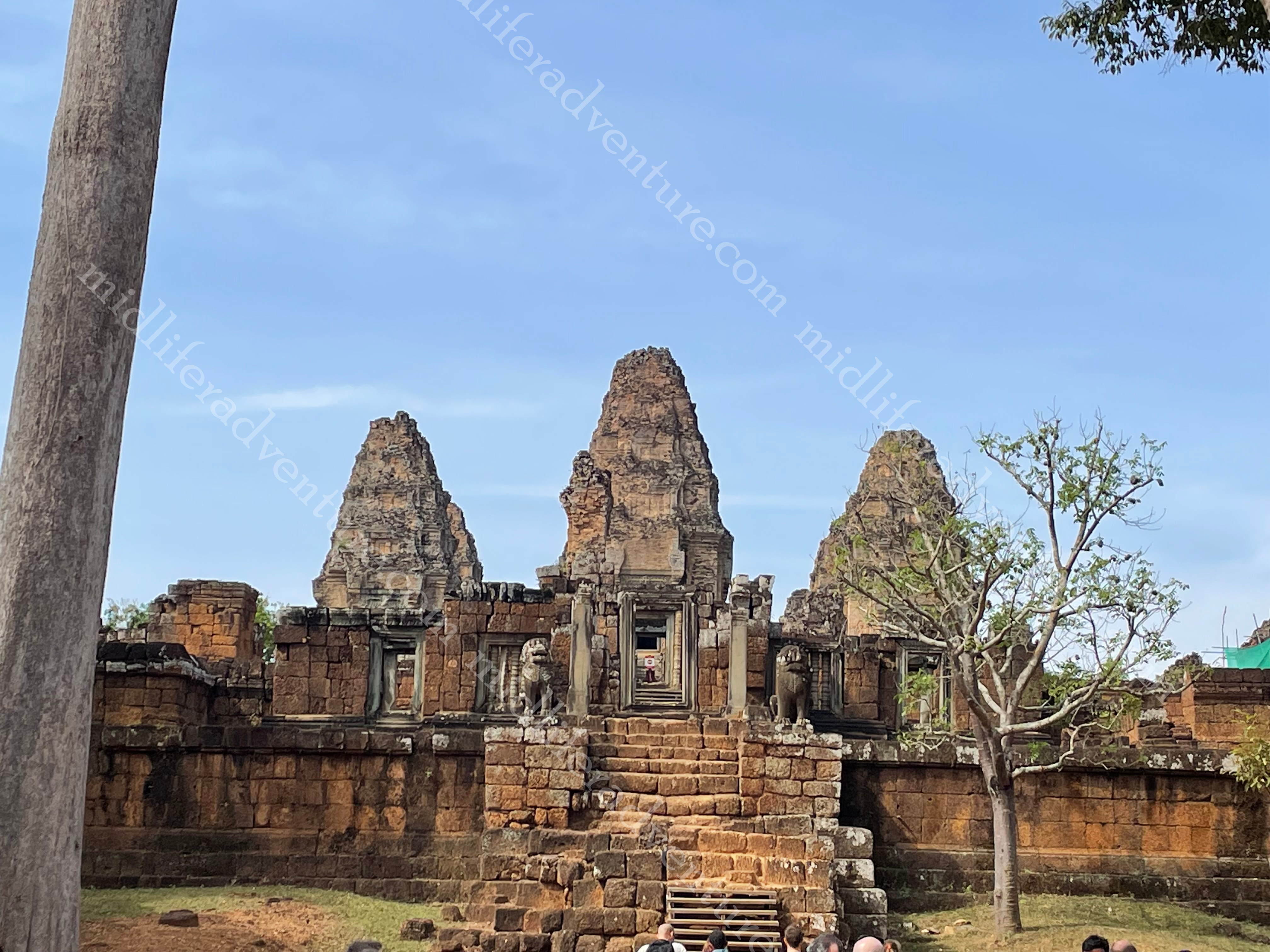
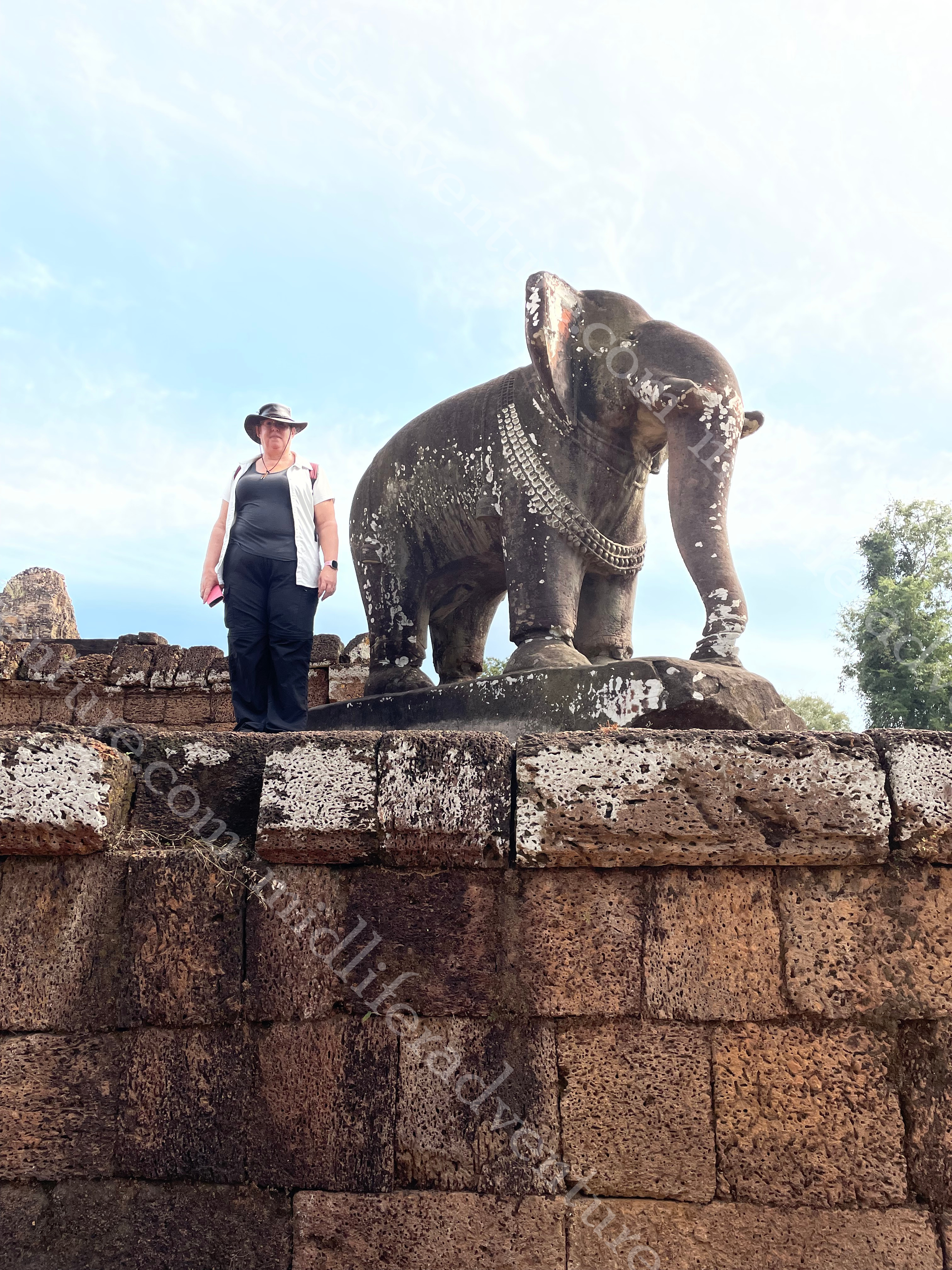
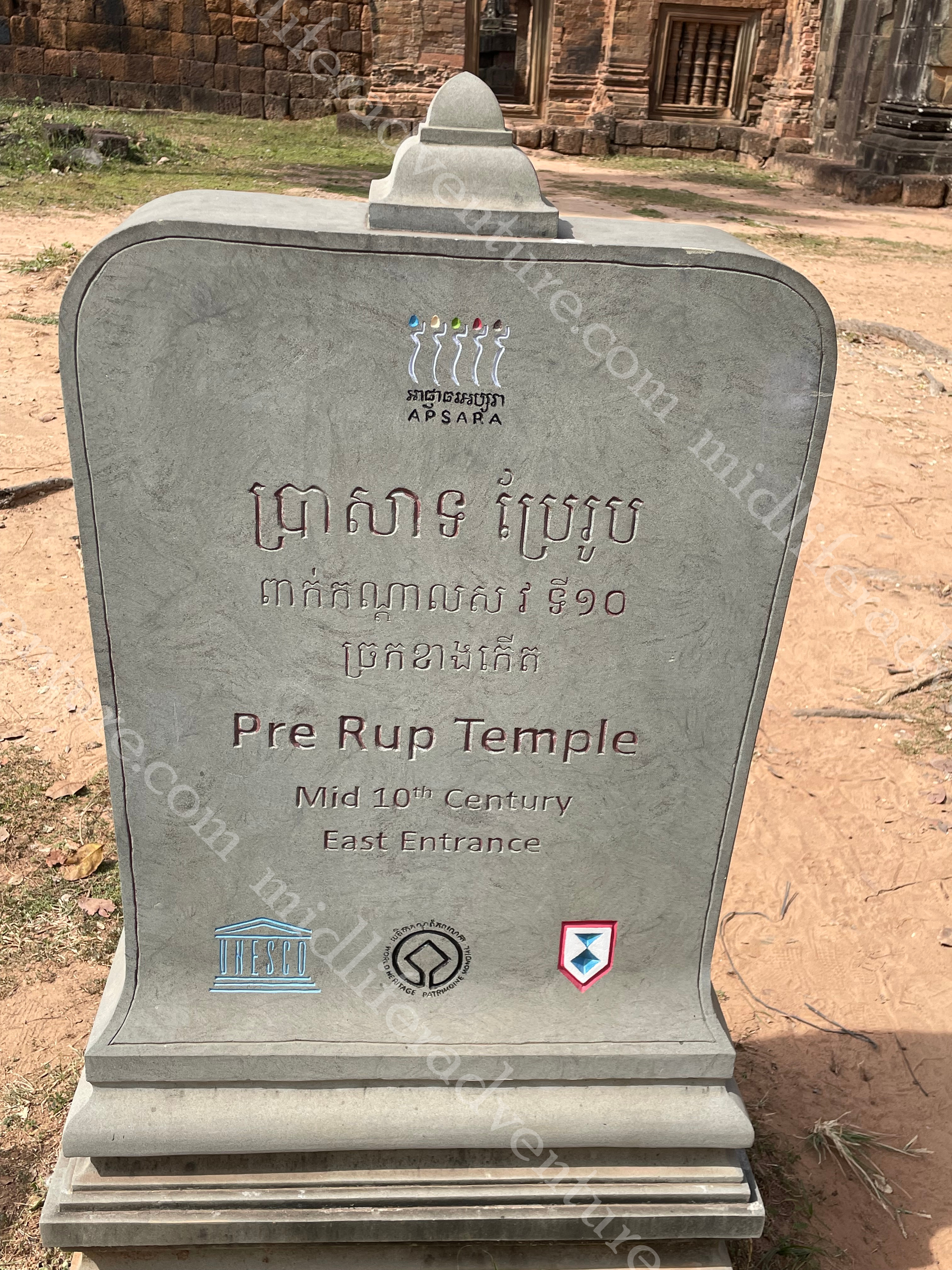
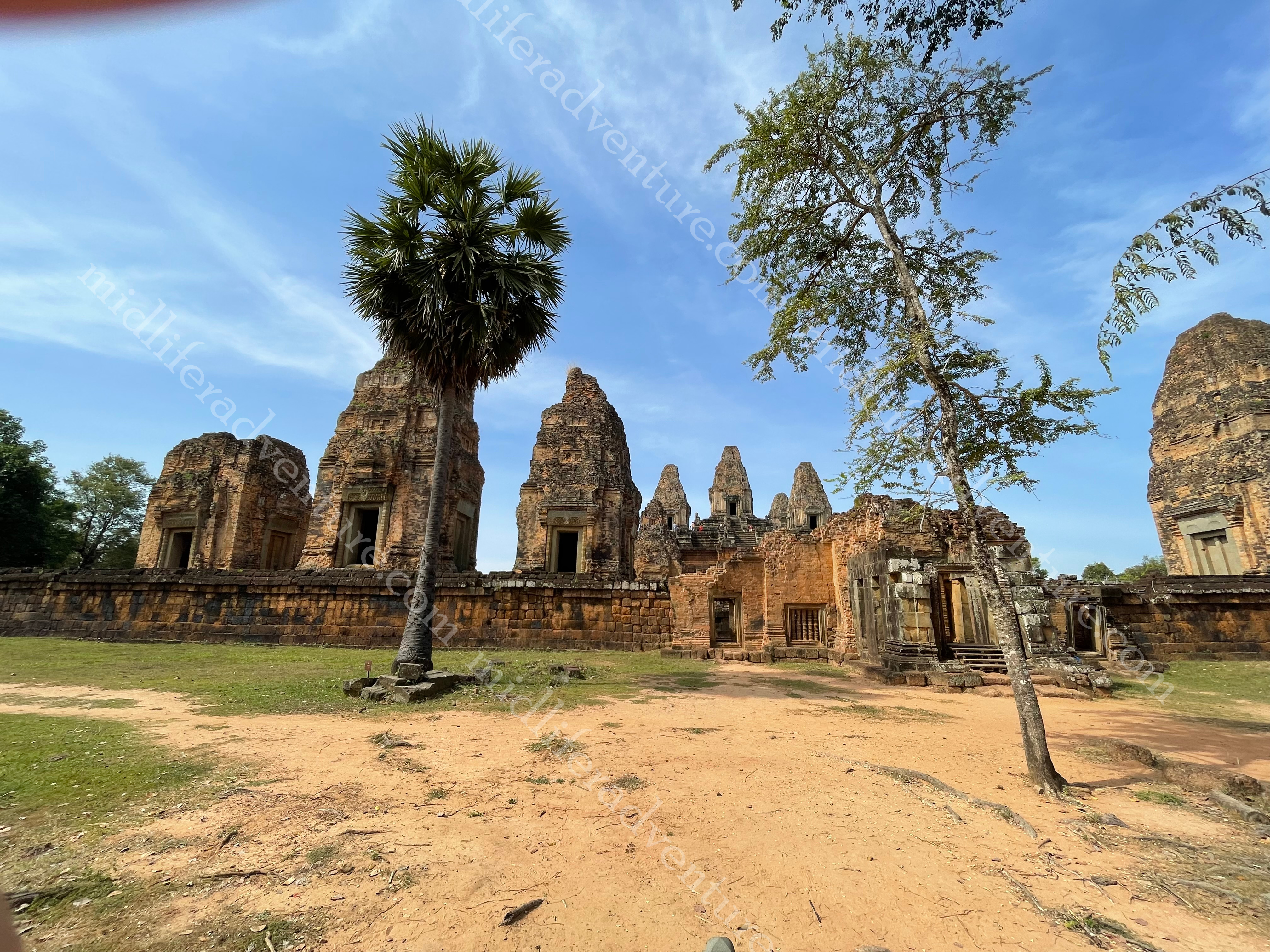
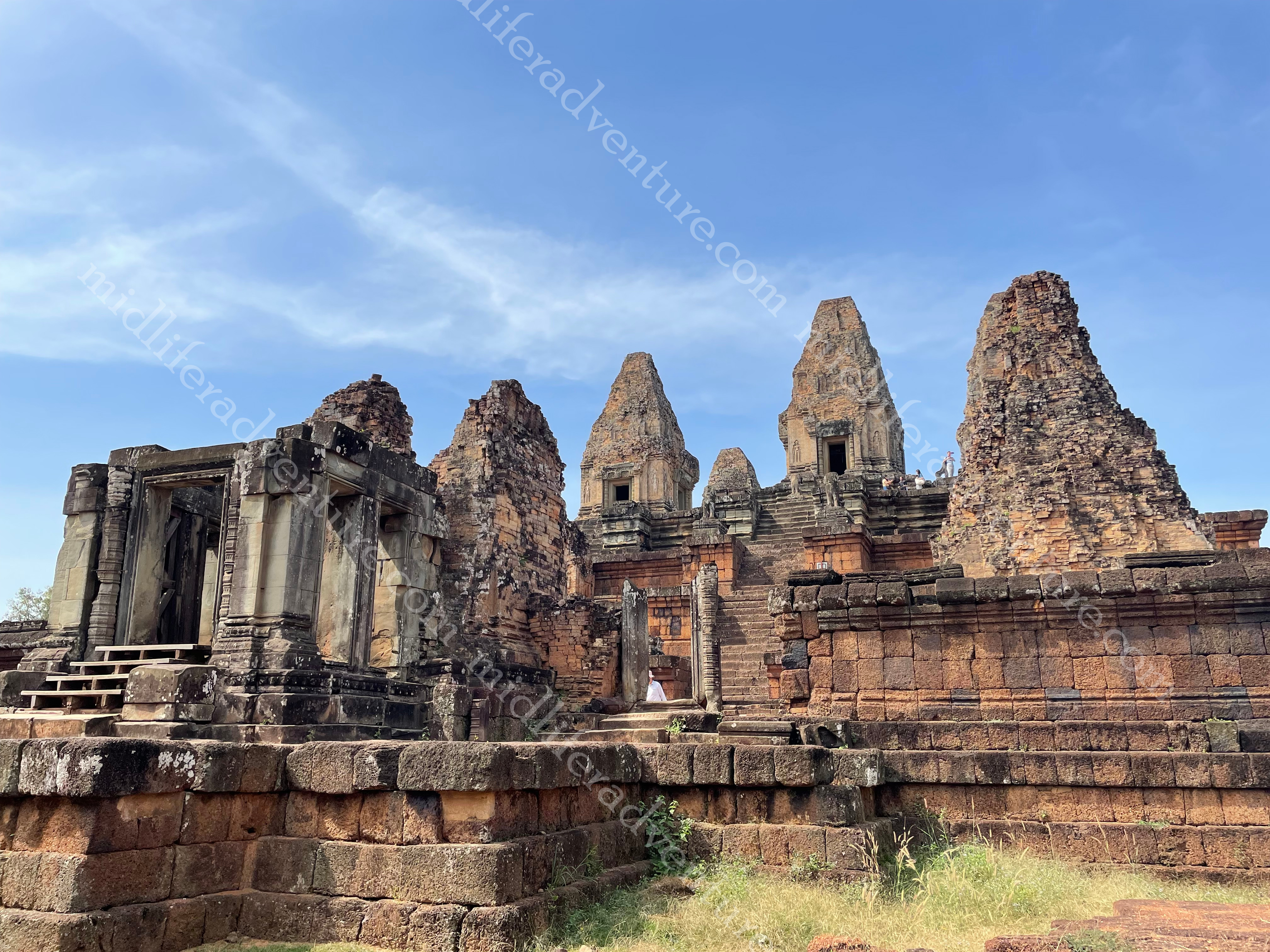
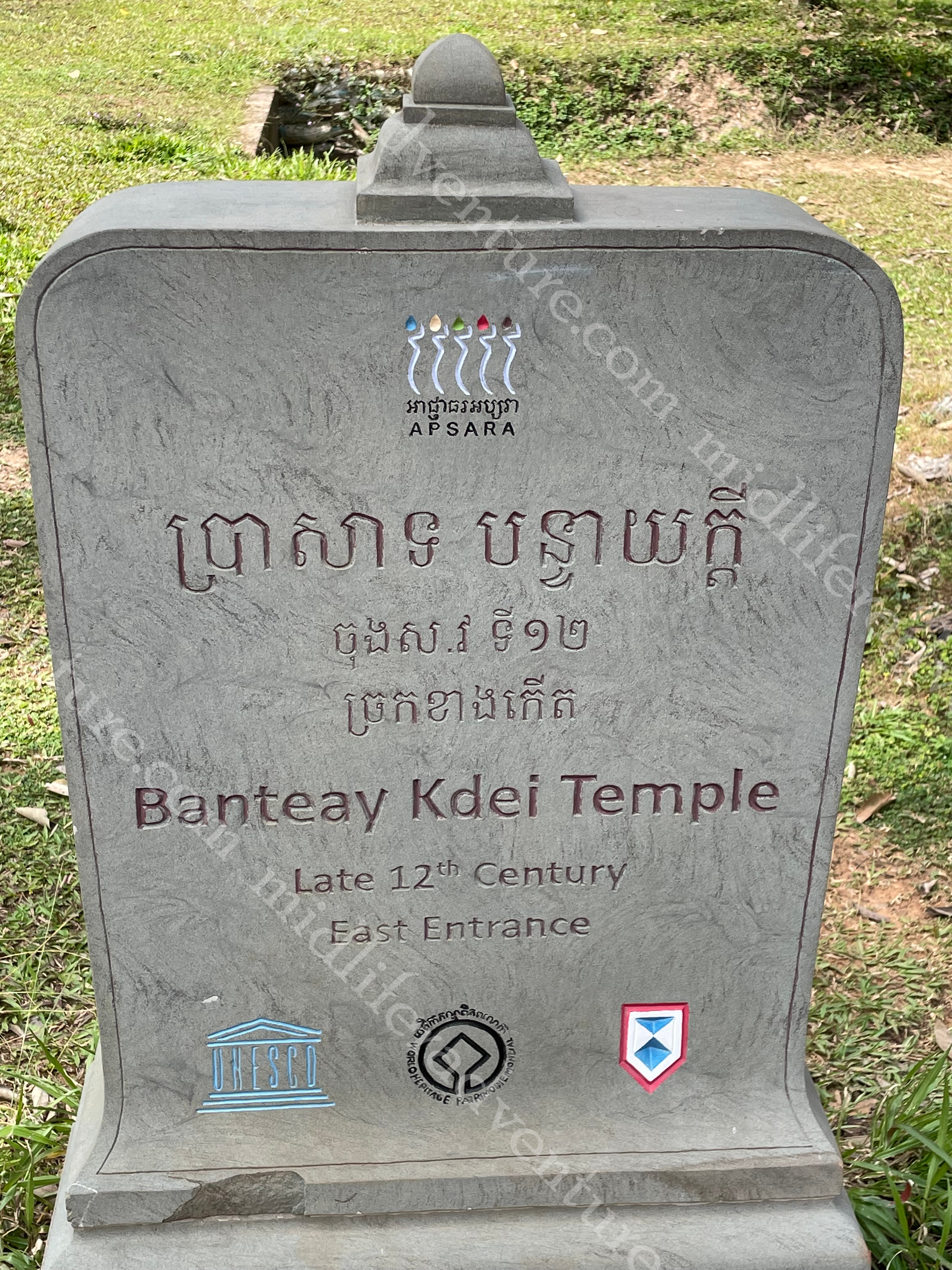

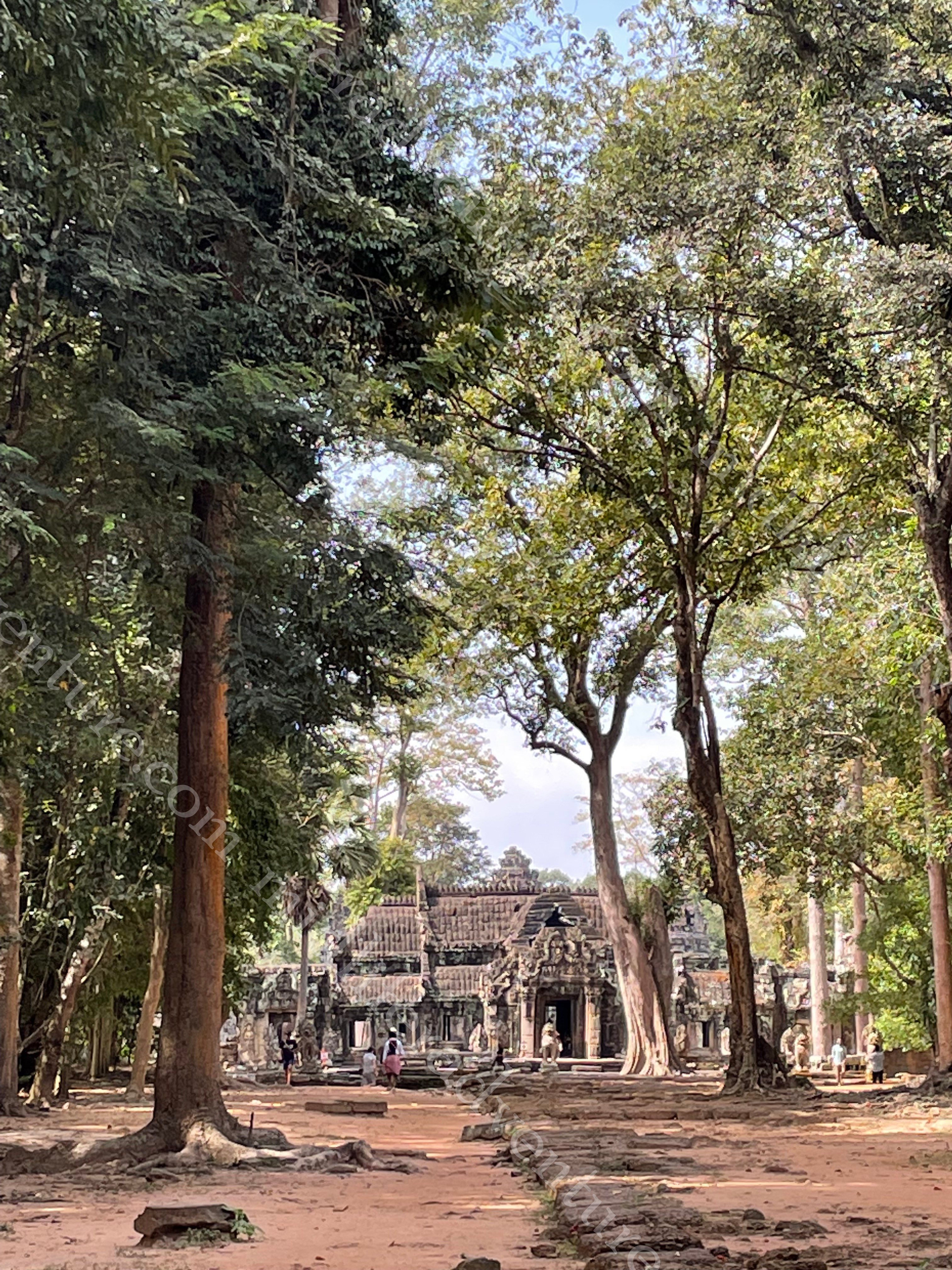
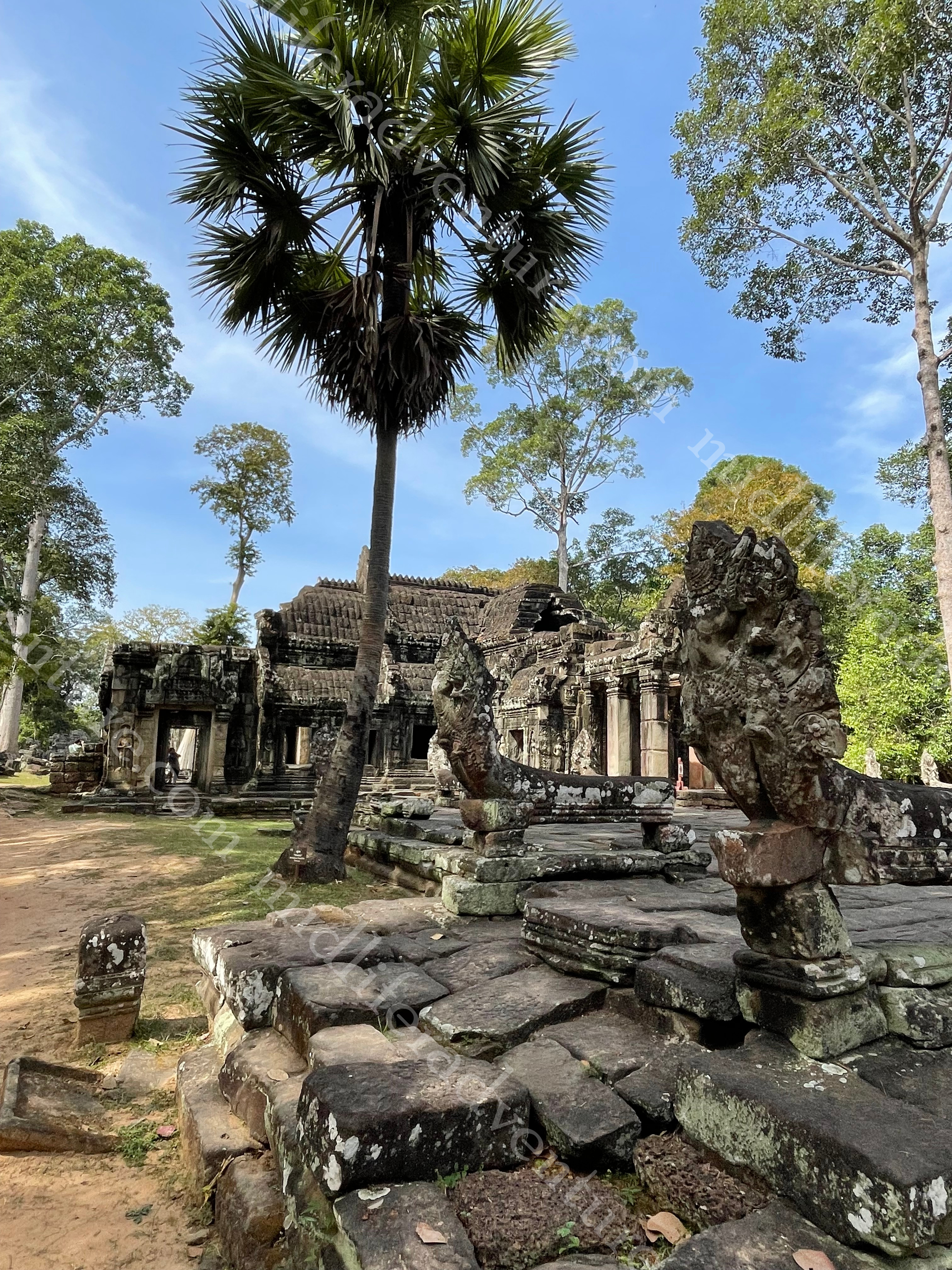
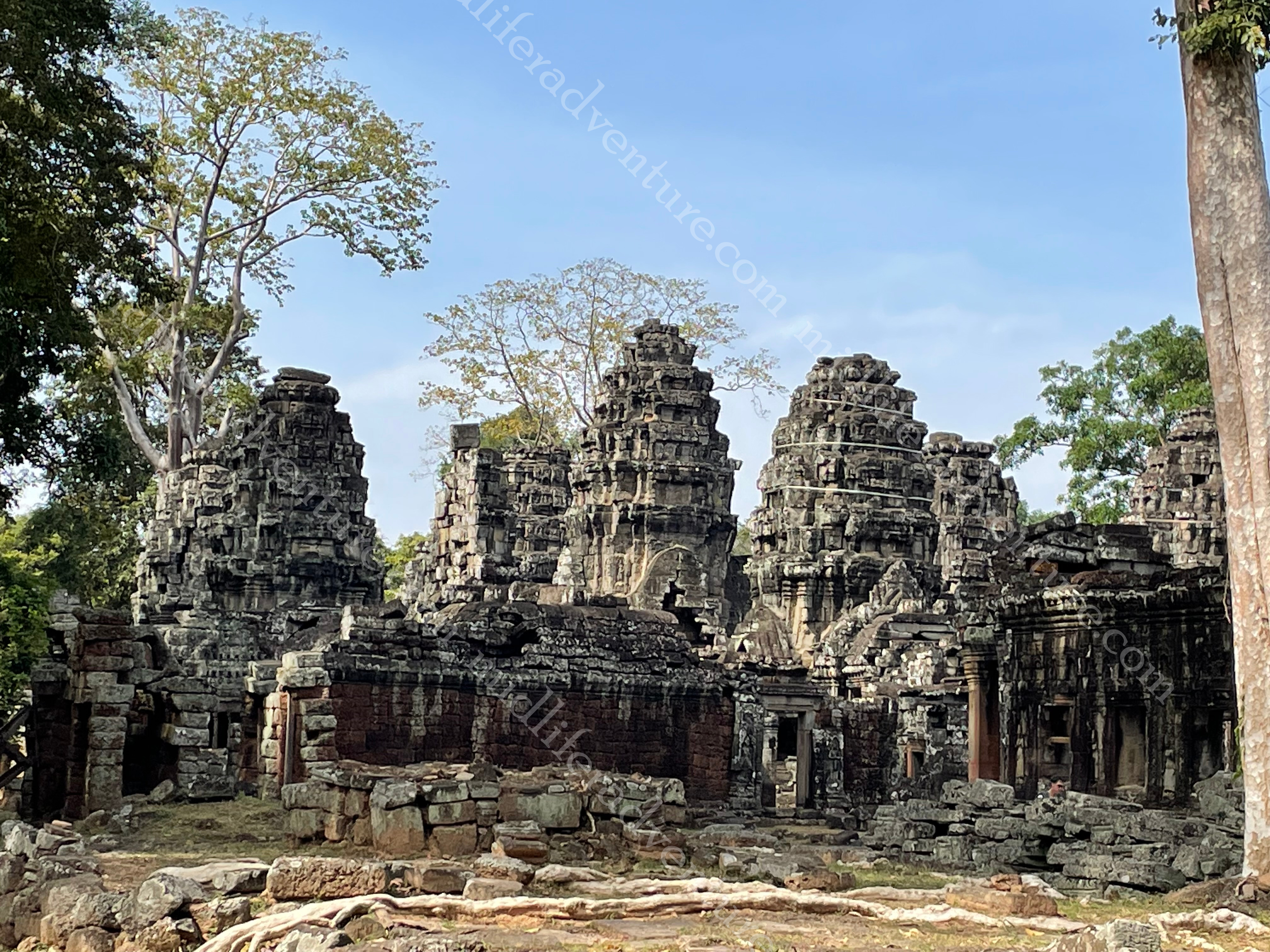
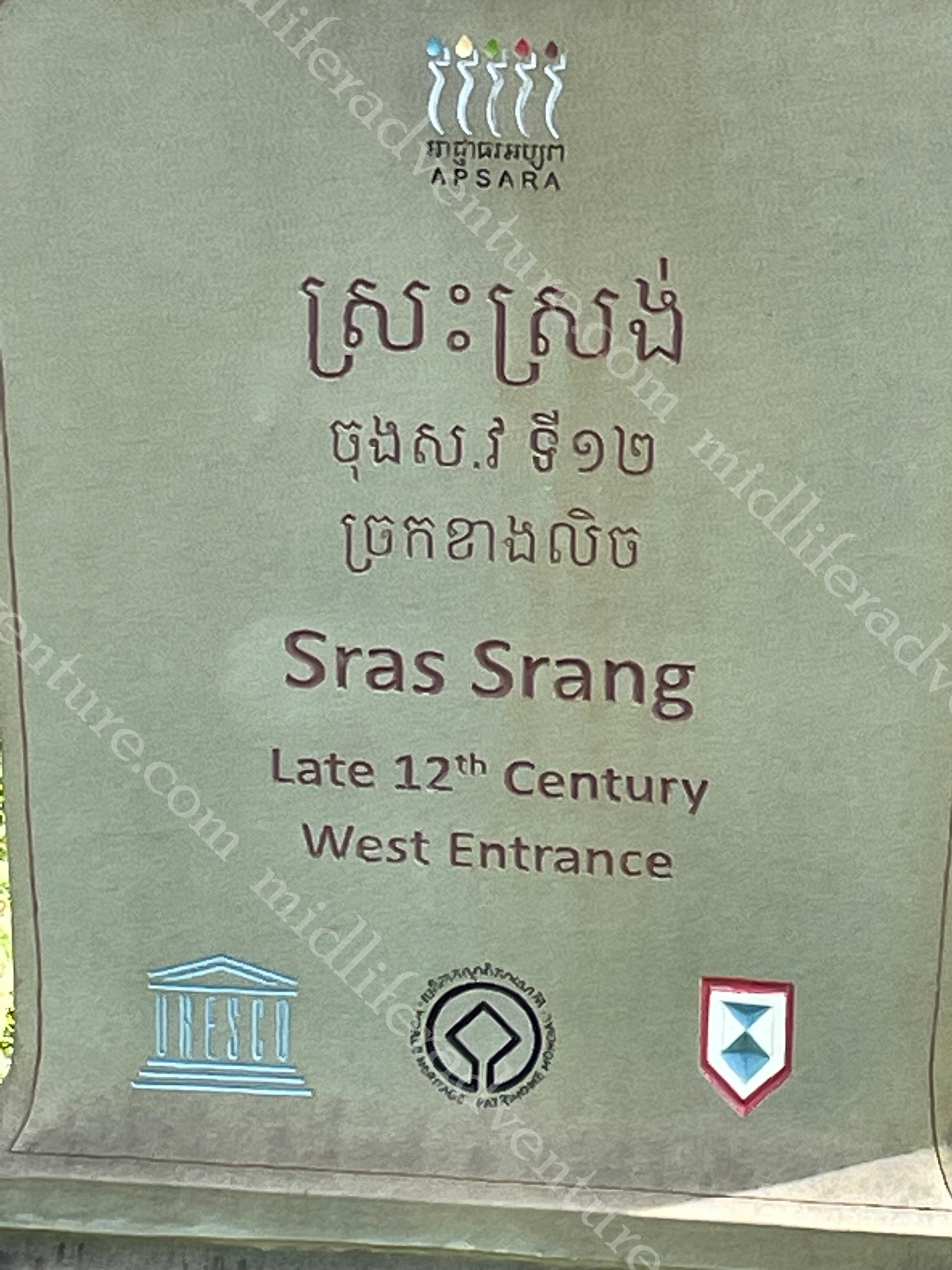
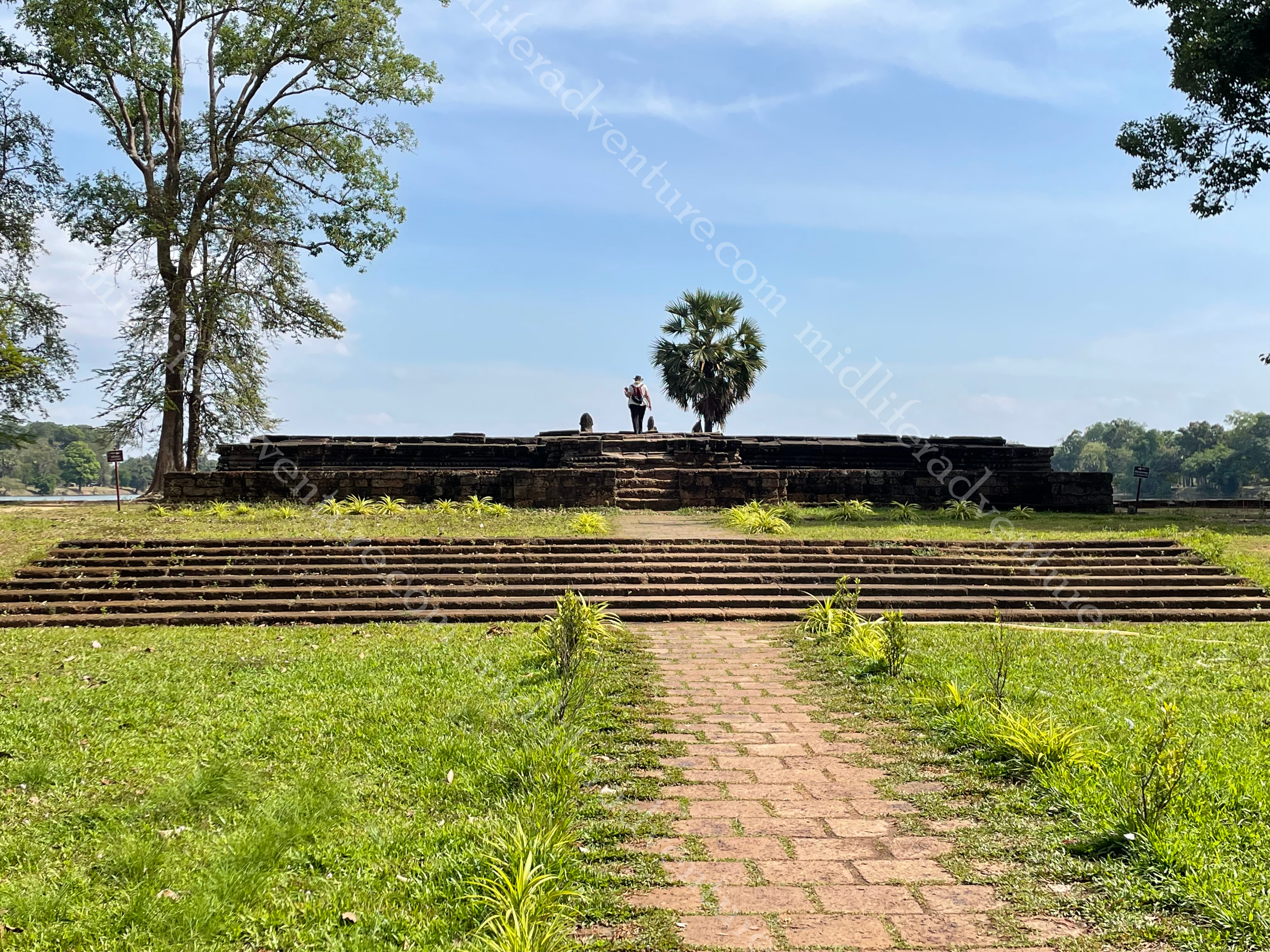
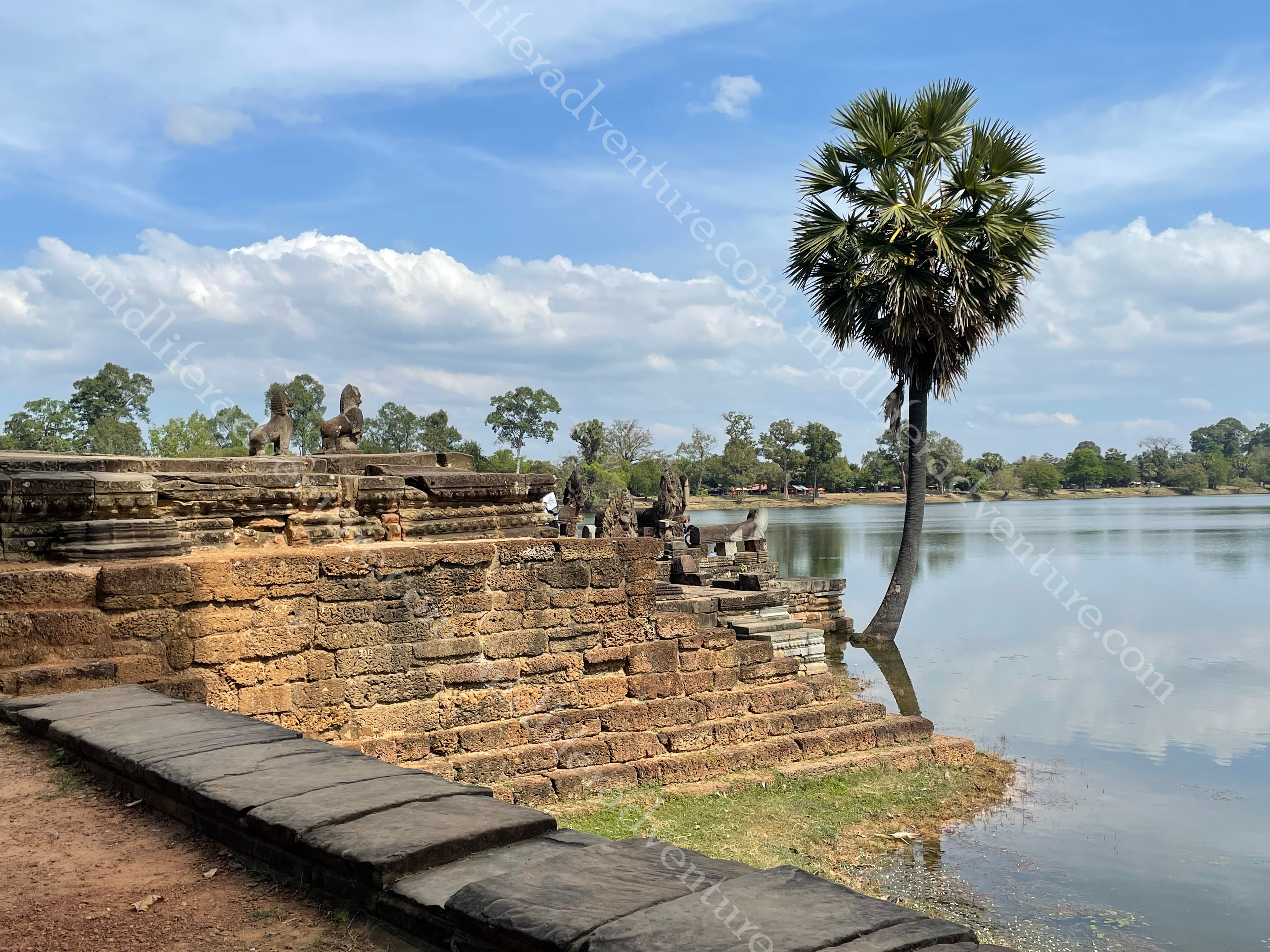
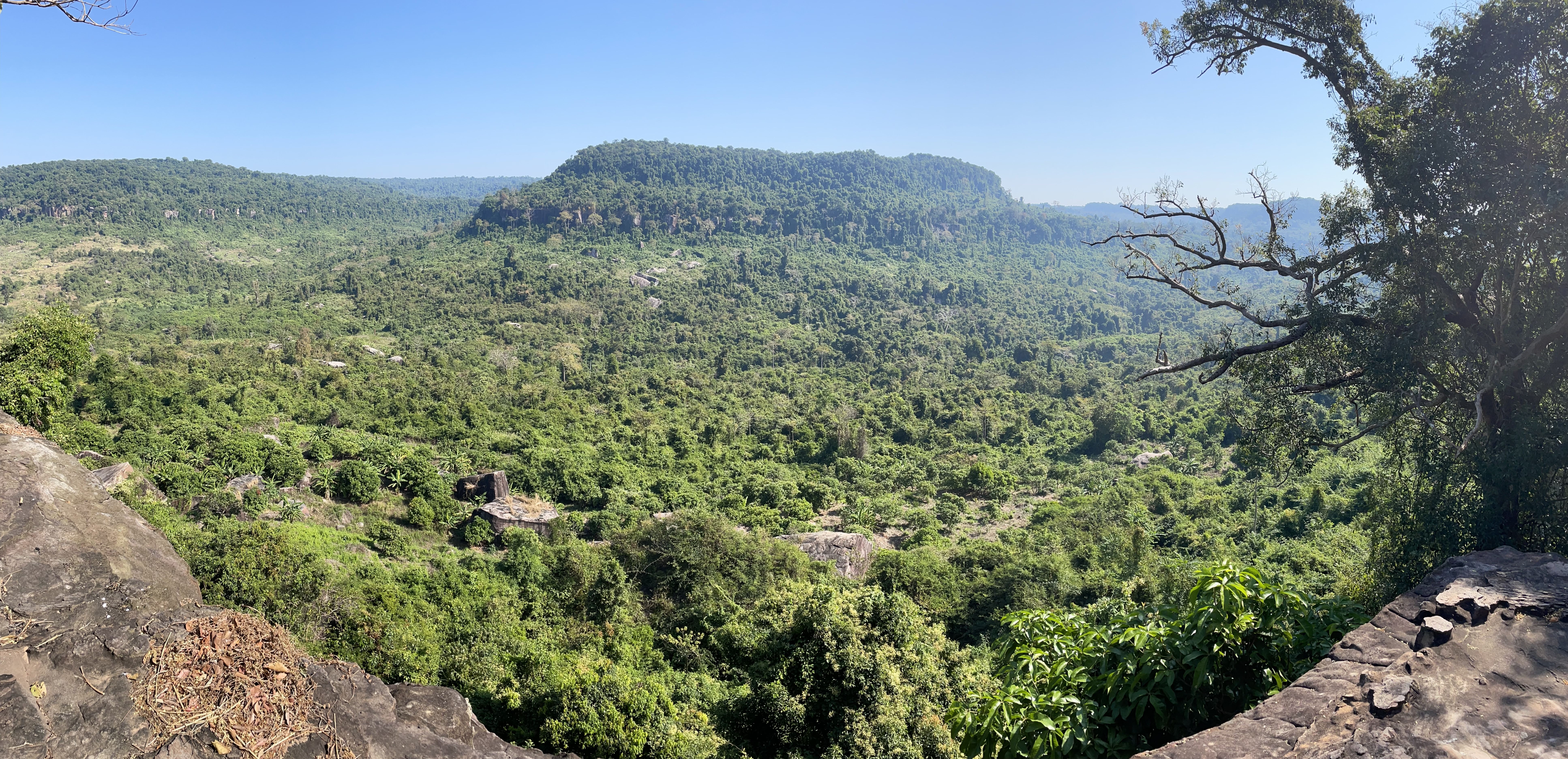
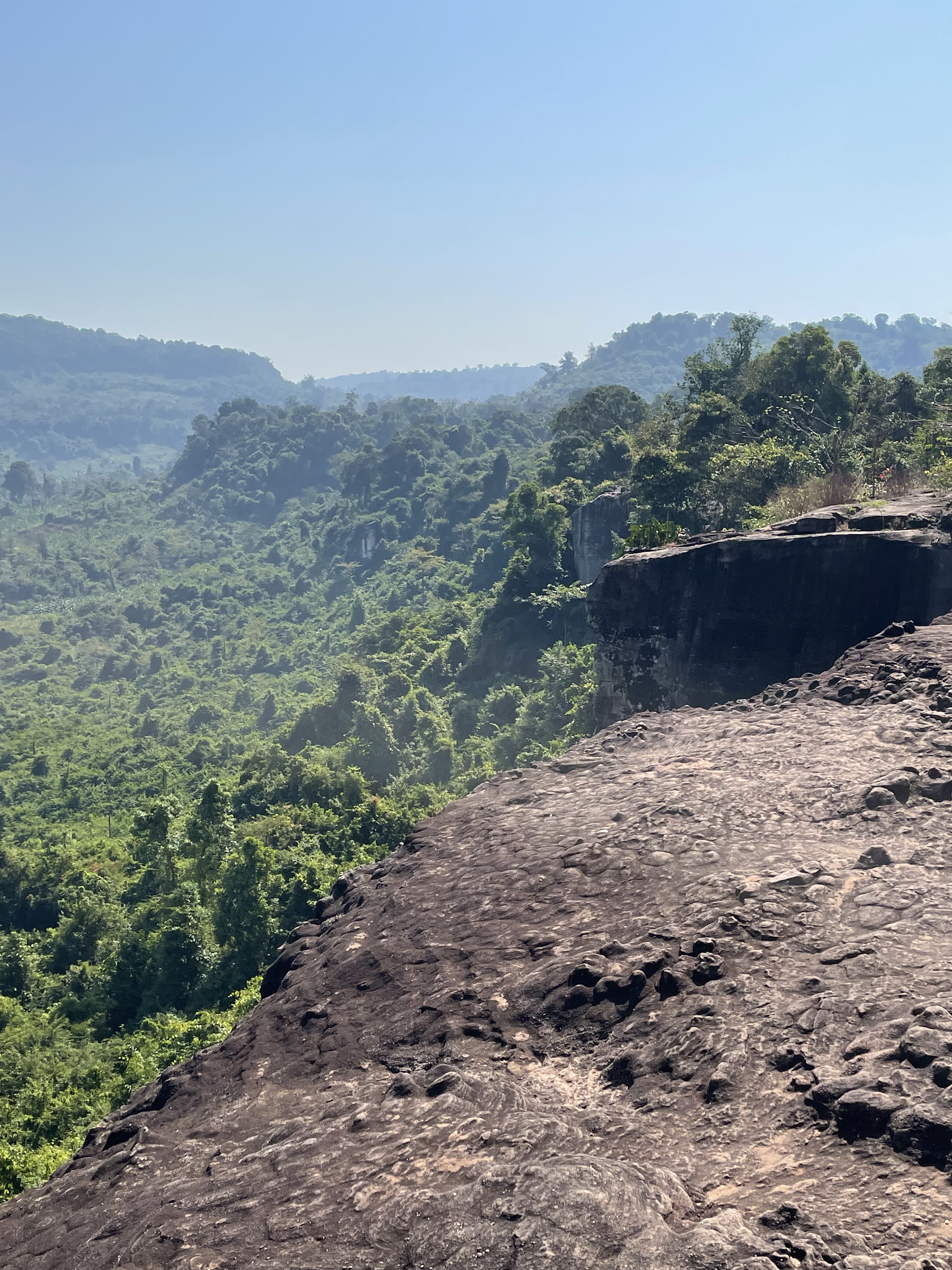
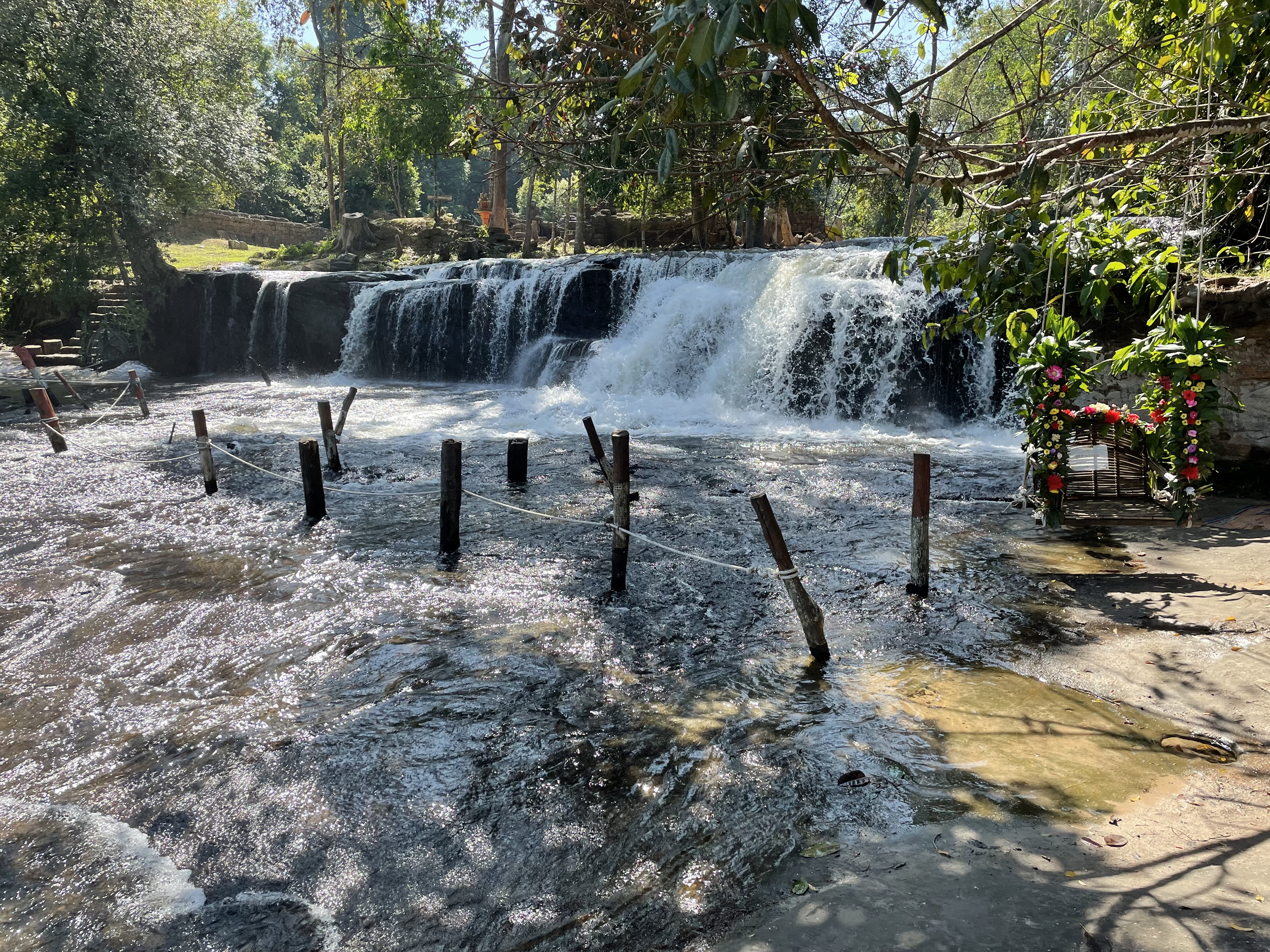
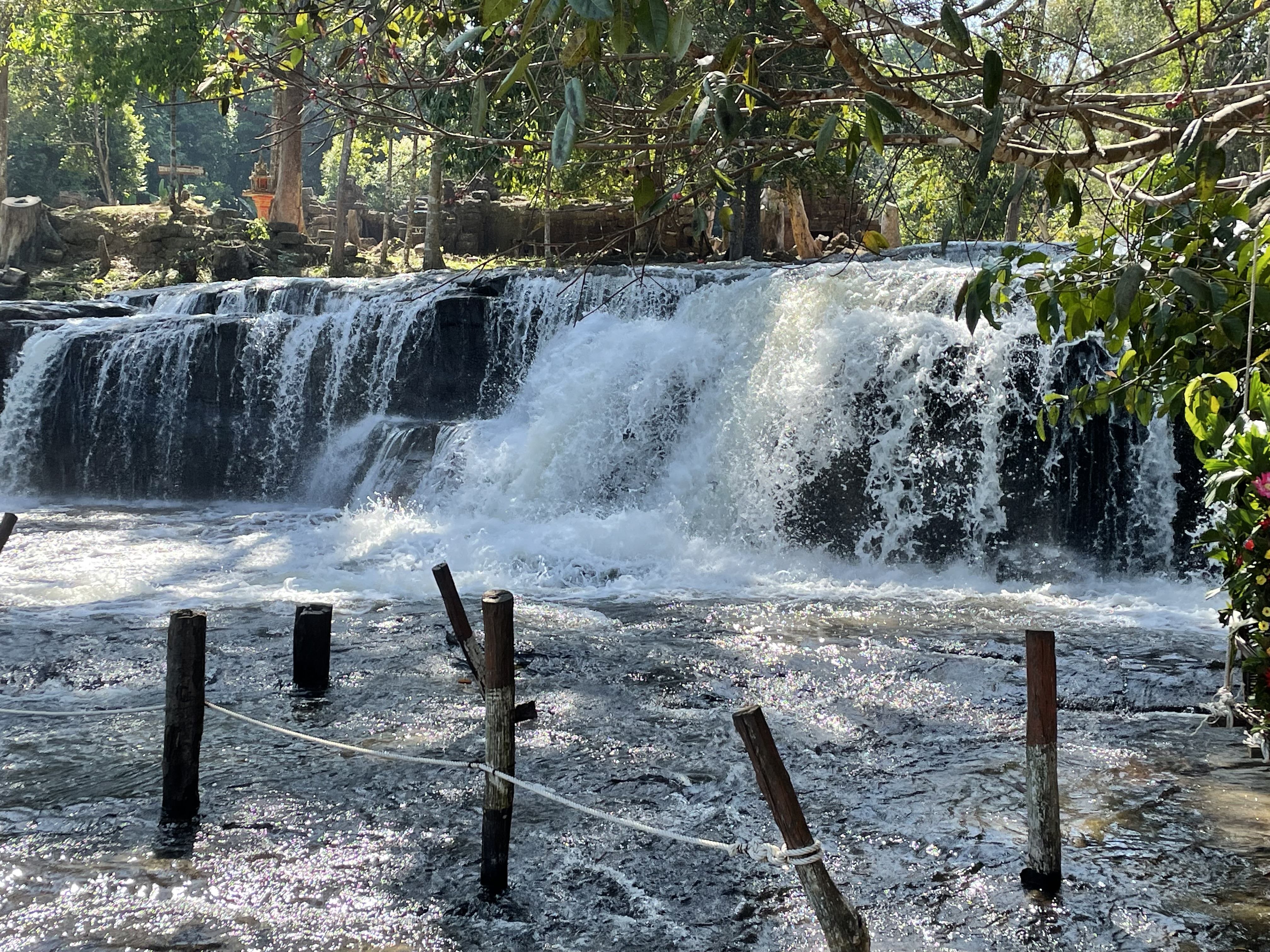
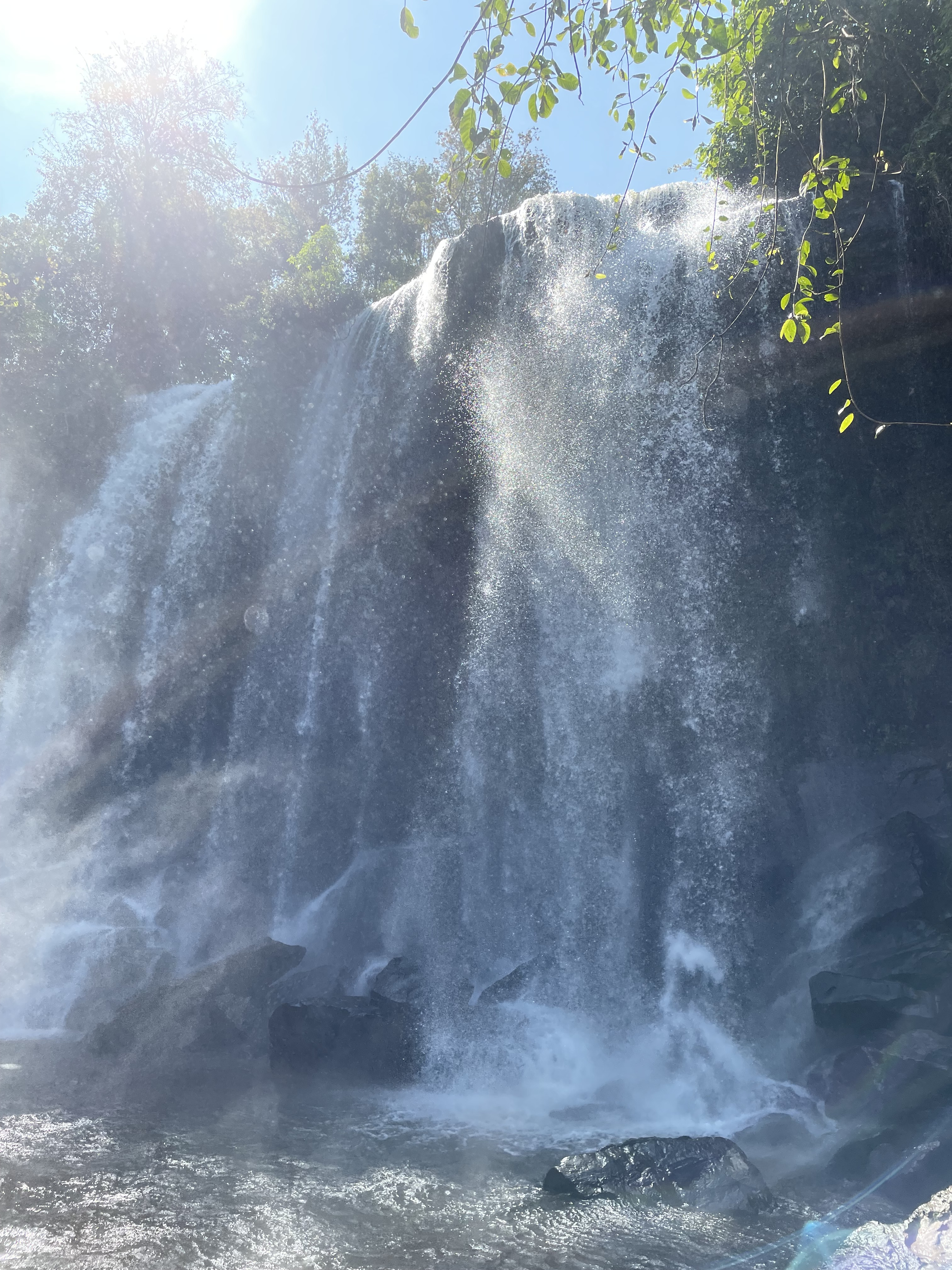

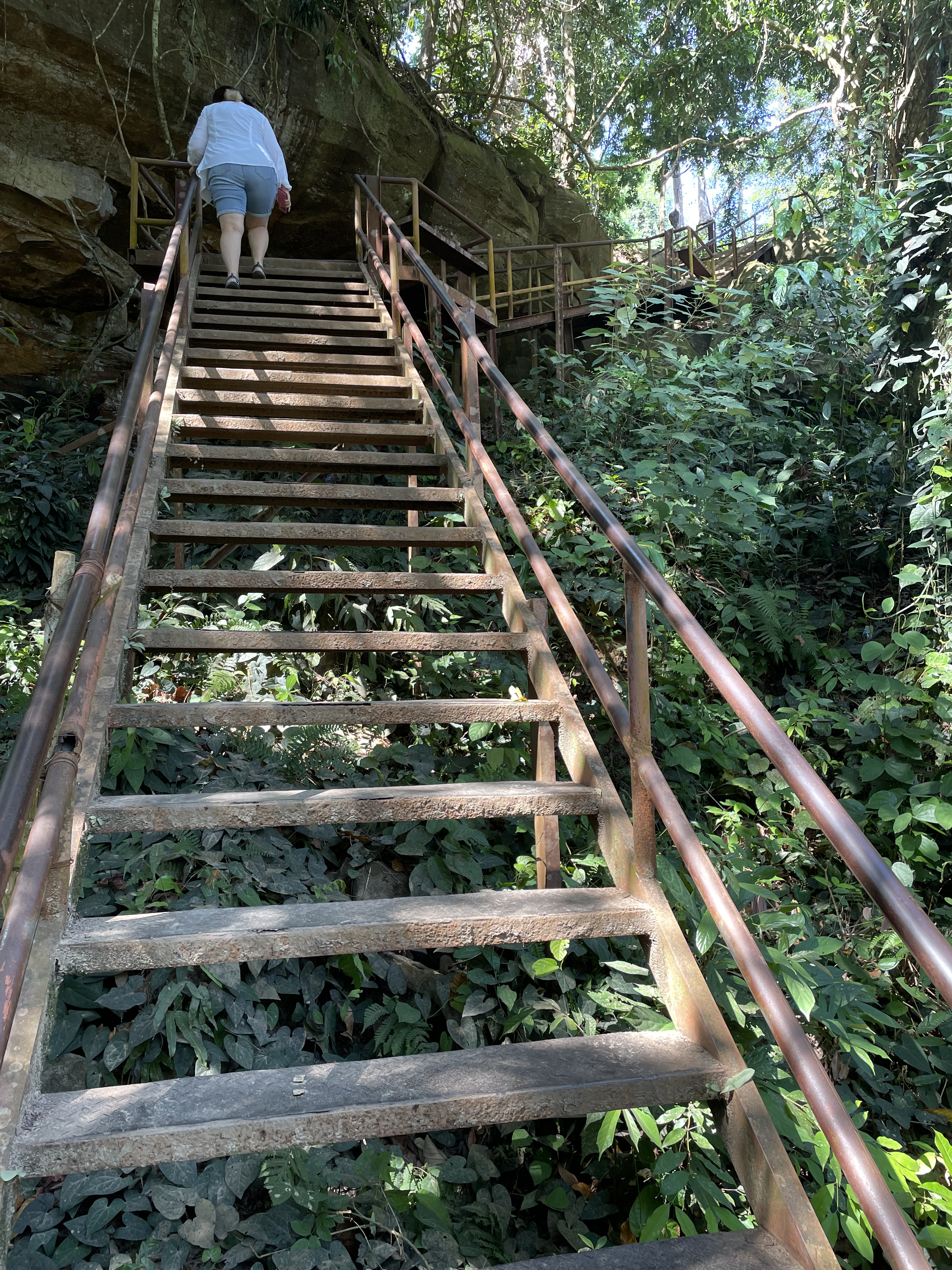
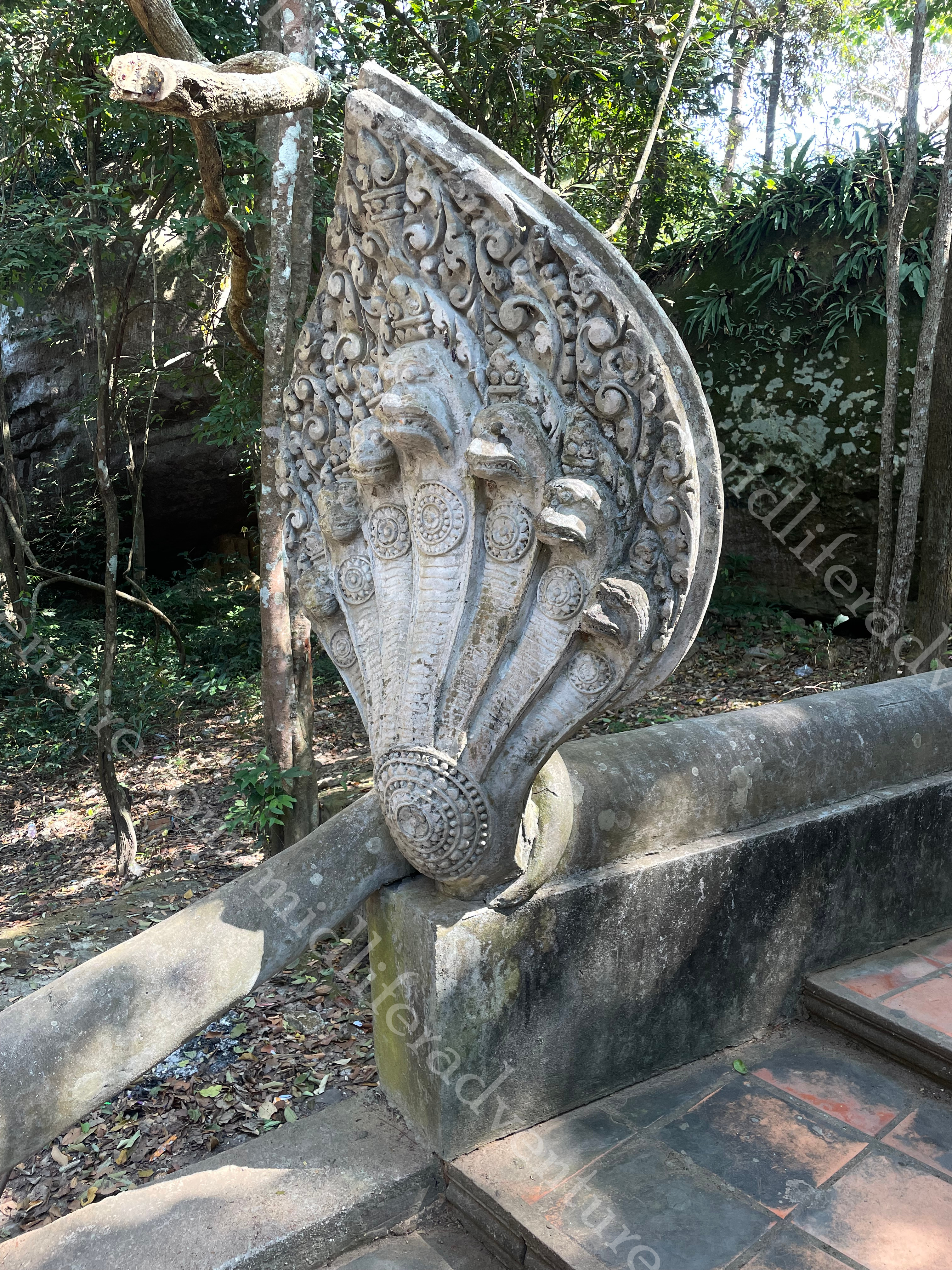
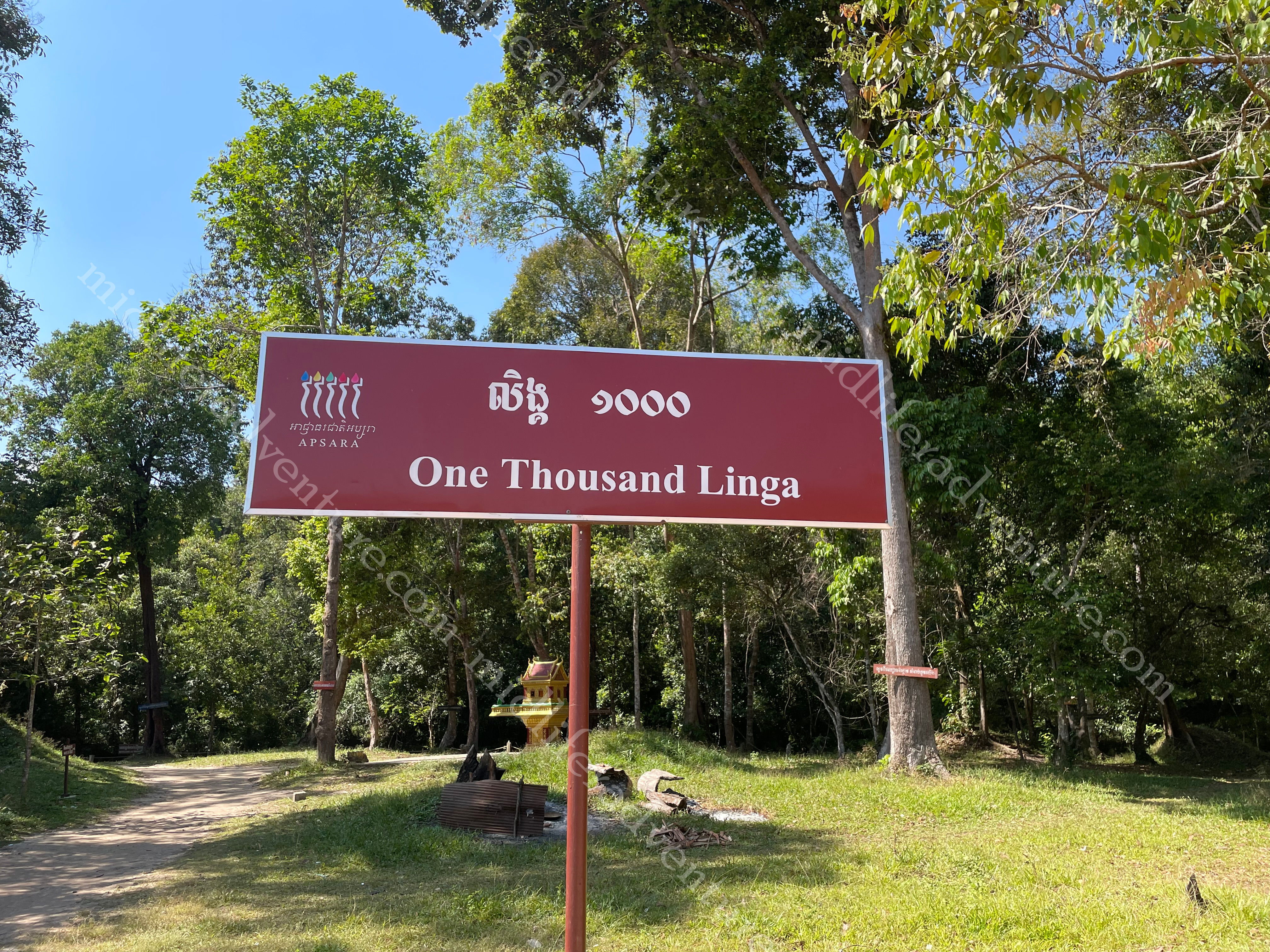
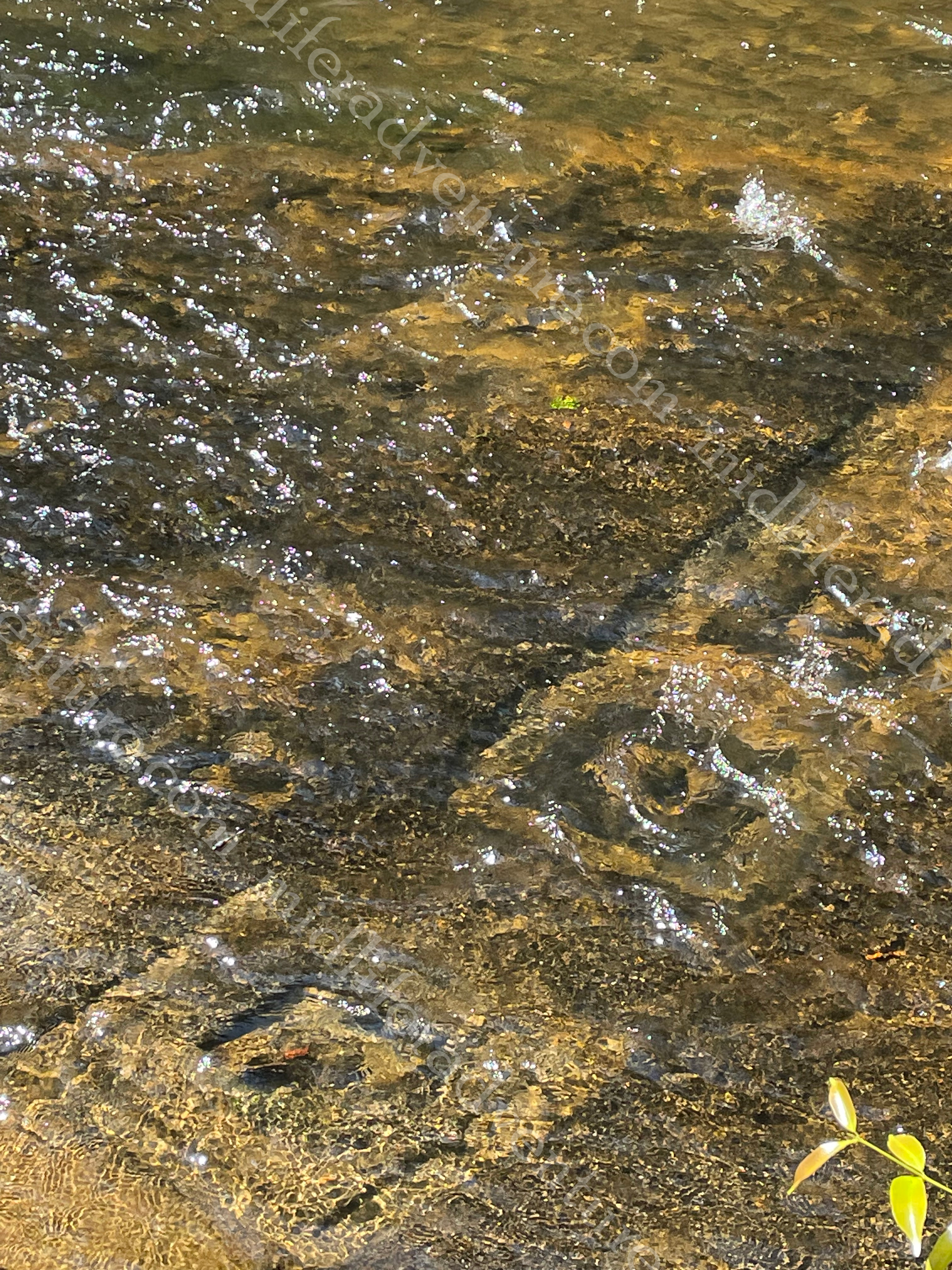
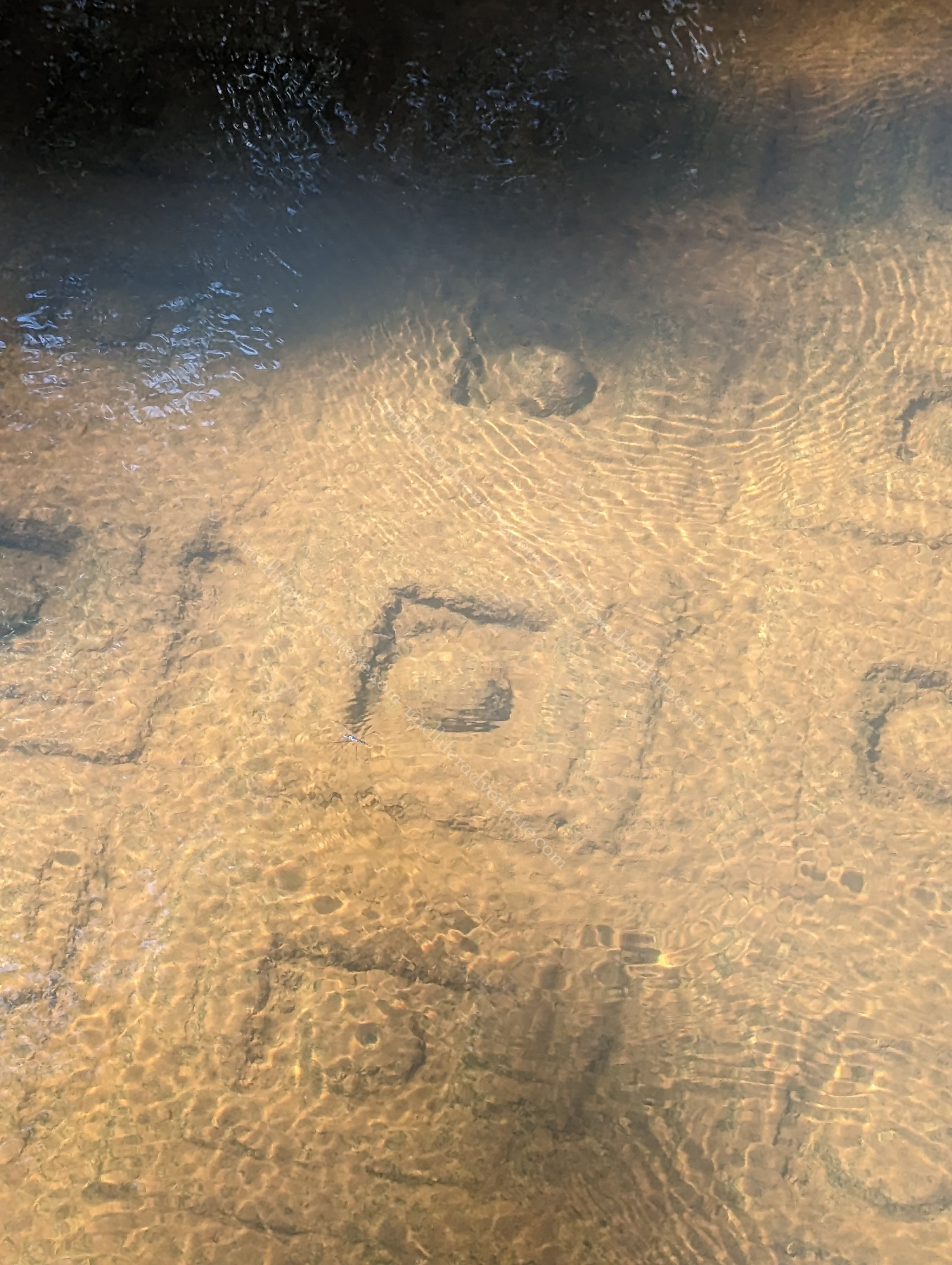
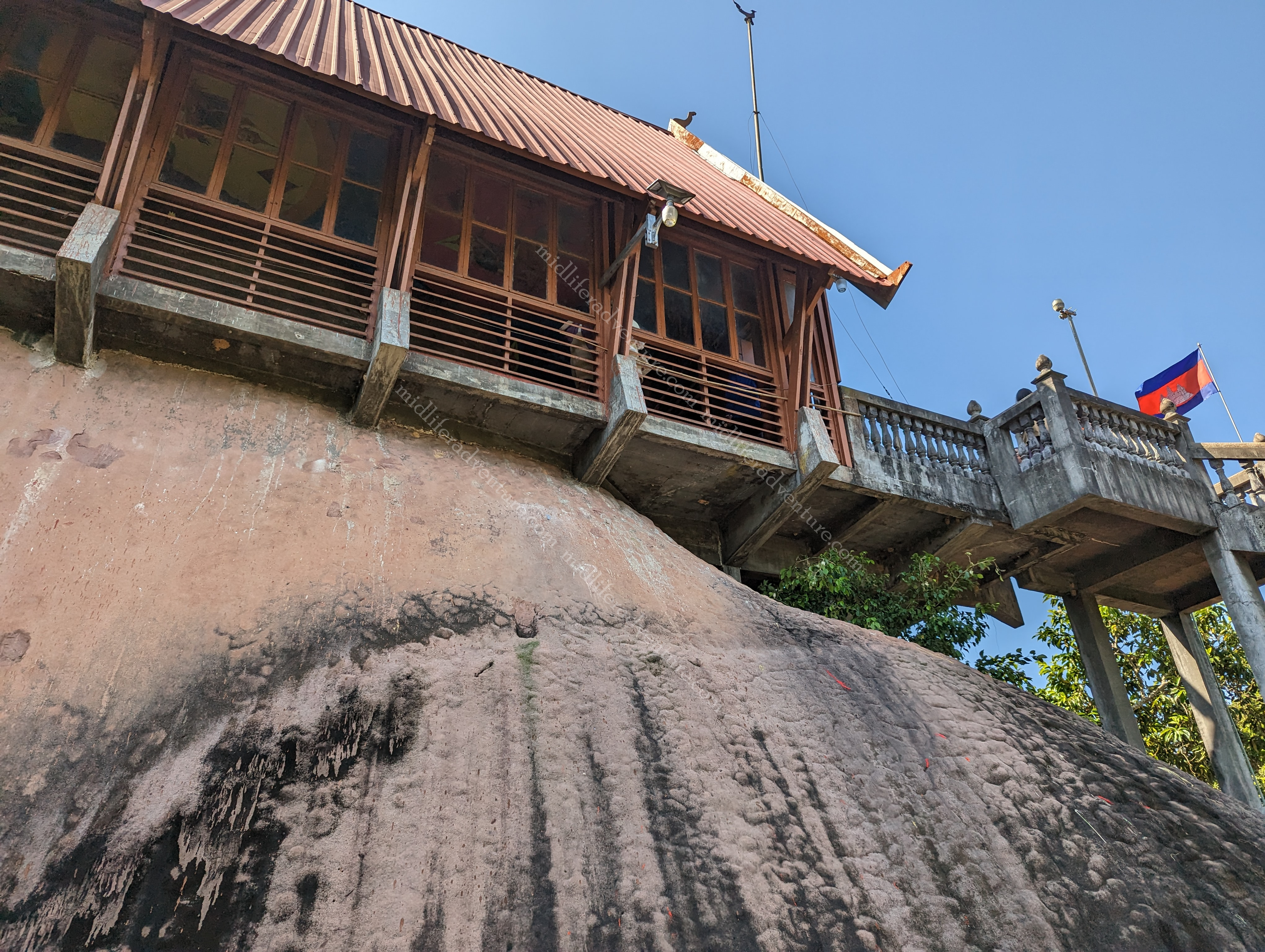

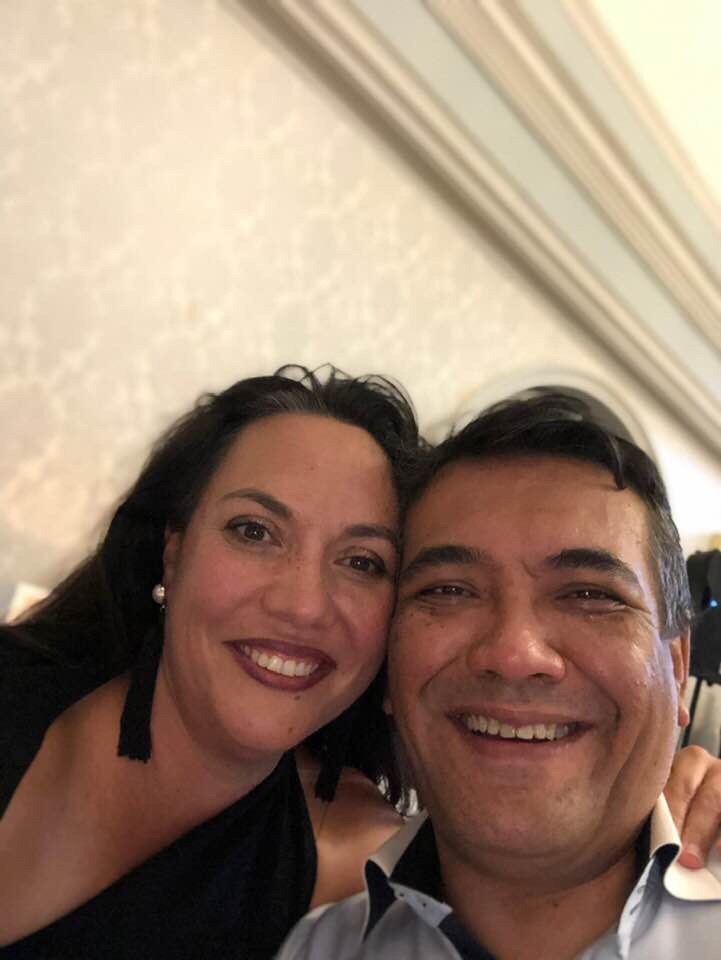 Enter into the equation two new players…Jeremy and Claudia. New for you, but long term friends of ours. Jeremy and I first met in our late teens when we played rugby against, and later with, each other. Decades of interactions has seen us both simultaneously and interchangeably embrace the title of “Jimmy Lau Lau”. This title started as some rubbish spoken in a bar has endured for over 30 years. So with our respective birthdays only a month apart…so began the notion of “Jimmy and Jimmy’s Caribbean vacation”.
Enter into the equation two new players…Jeremy and Claudia. New for you, but long term friends of ours. Jeremy and I first met in our late teens when we played rugby against, and later with, each other. Decades of interactions has seen us both simultaneously and interchangeably embrace the title of “Jimmy Lau Lau”. This title started as some rubbish spoken in a bar has endured for over 30 years. So with our respective birthdays only a month apart…so began the notion of “Jimmy and Jimmy’s Caribbean vacation”.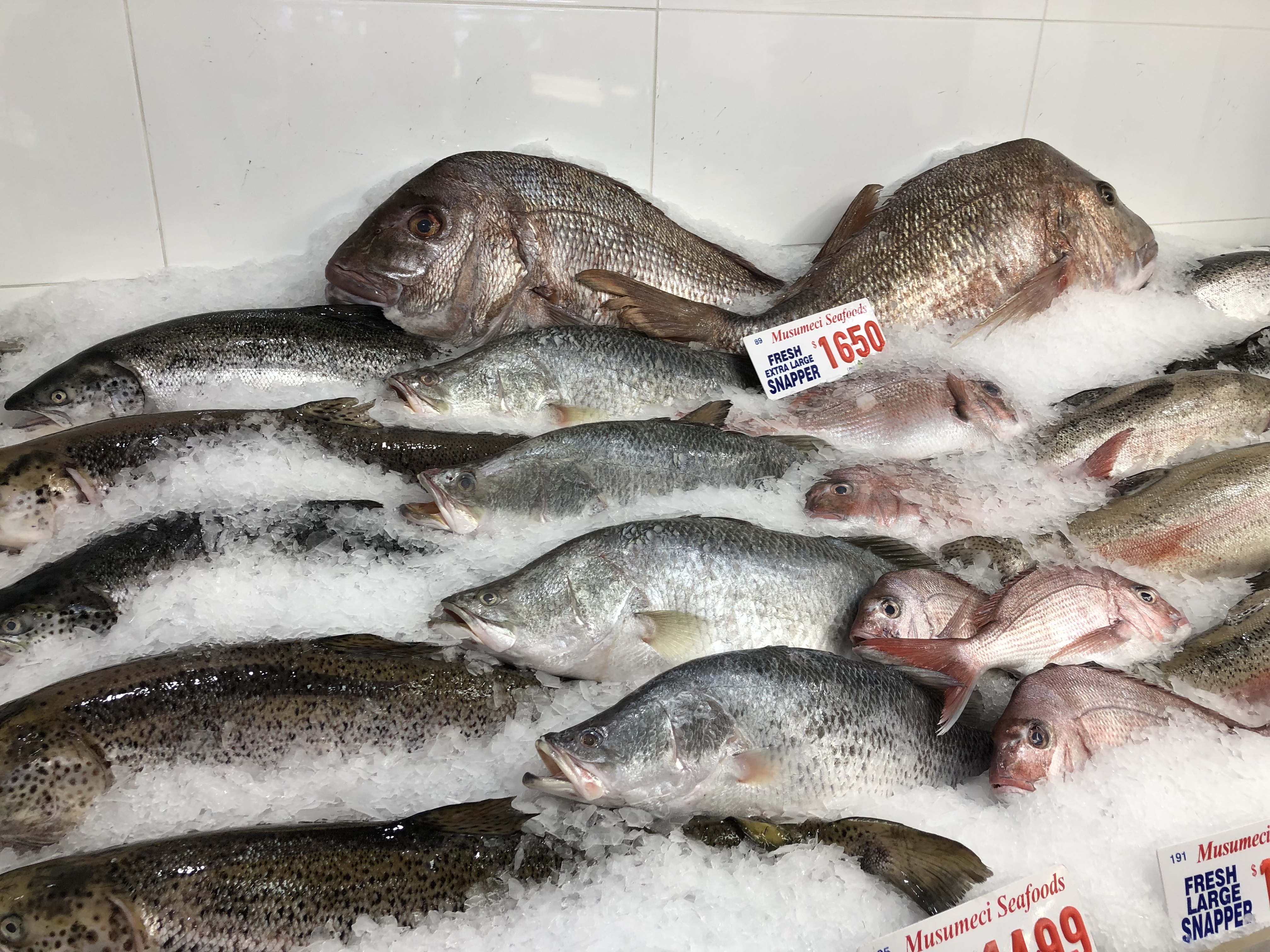
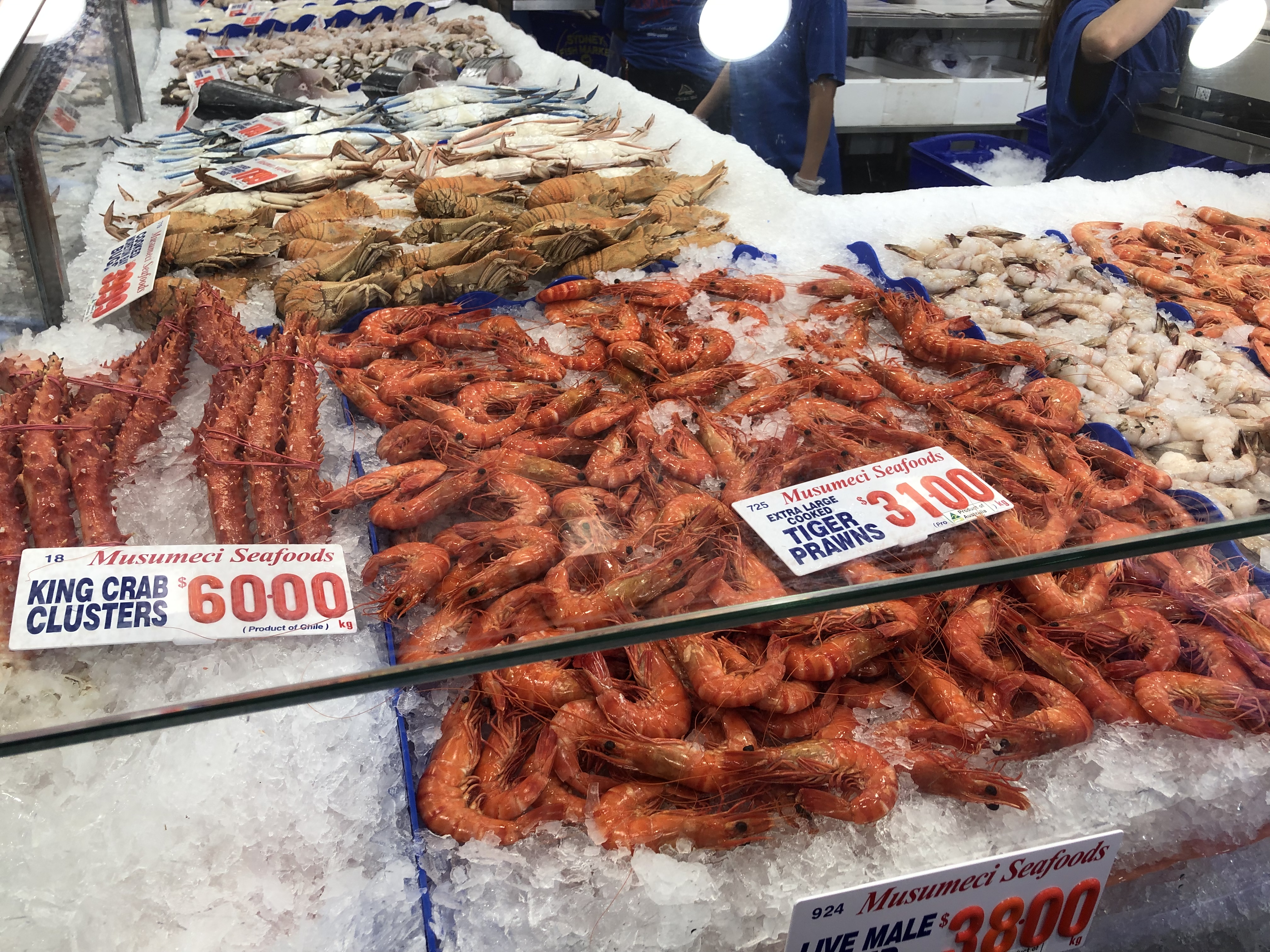

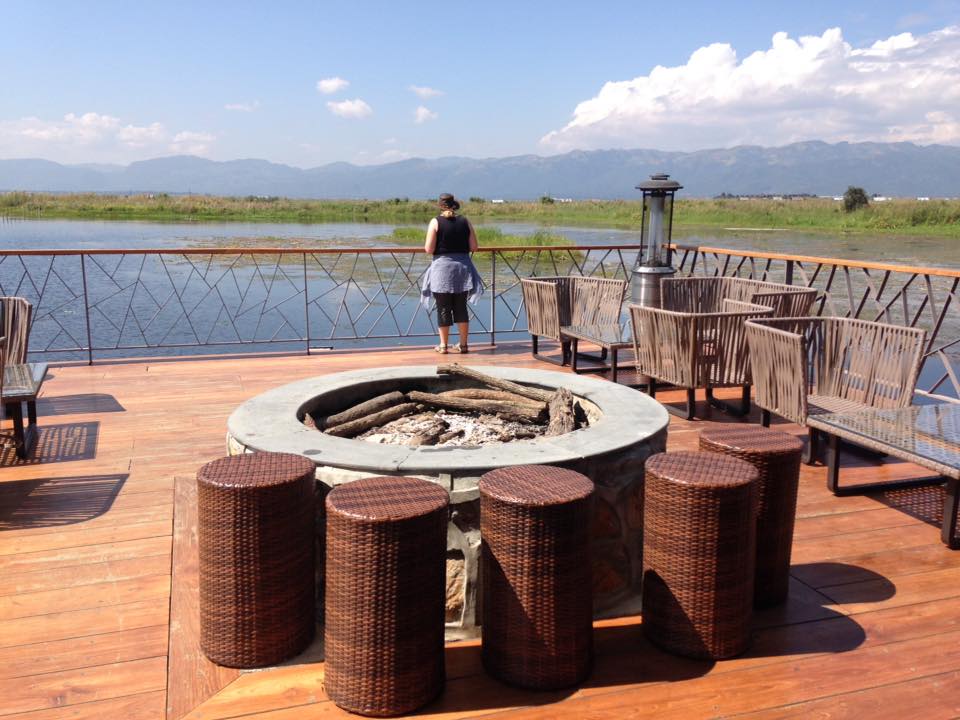
![IMG_1489[1]](https://midliferadventure.files.wordpress.com/2017/11/img_14891.jpg?w=600)







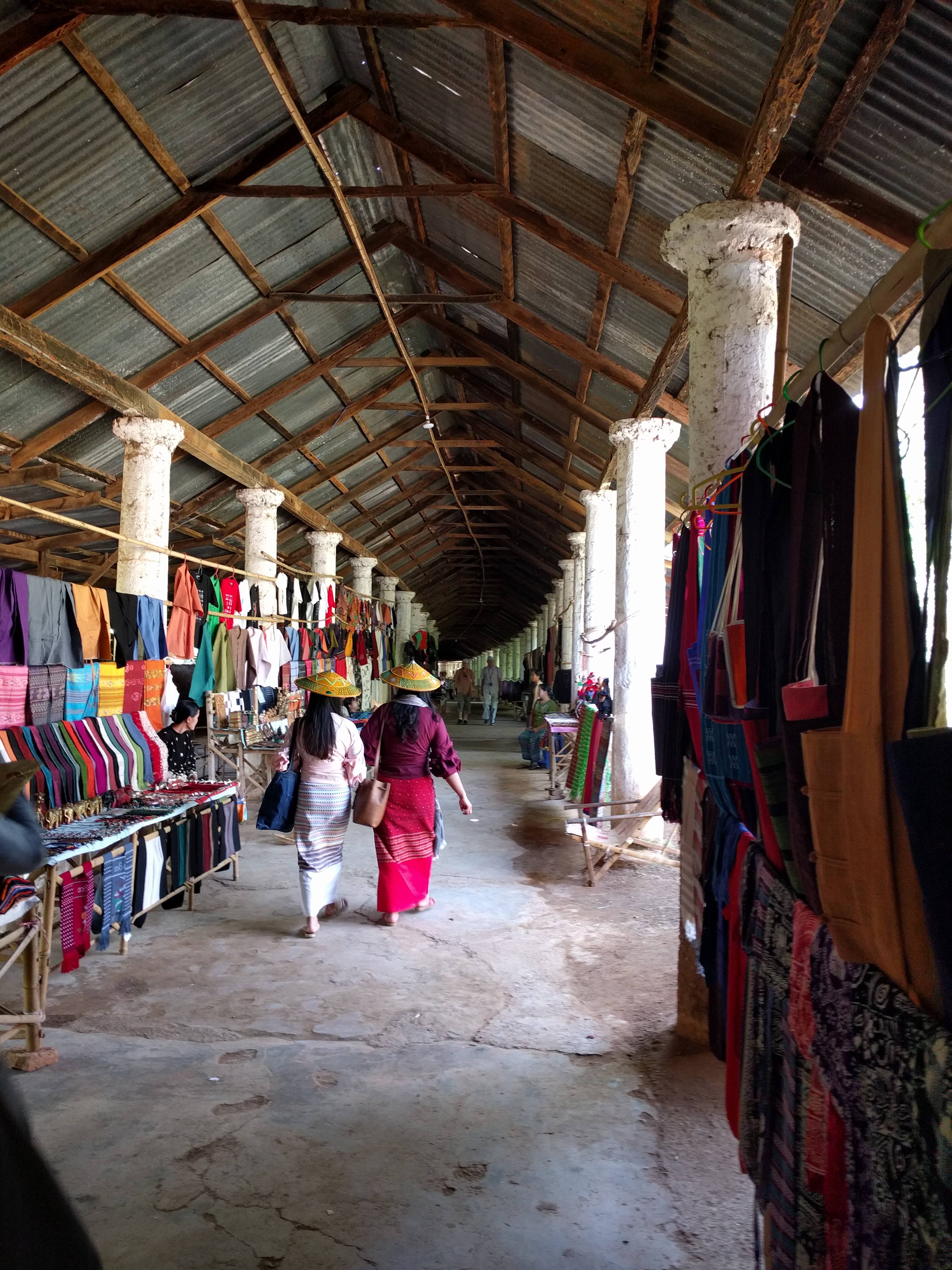

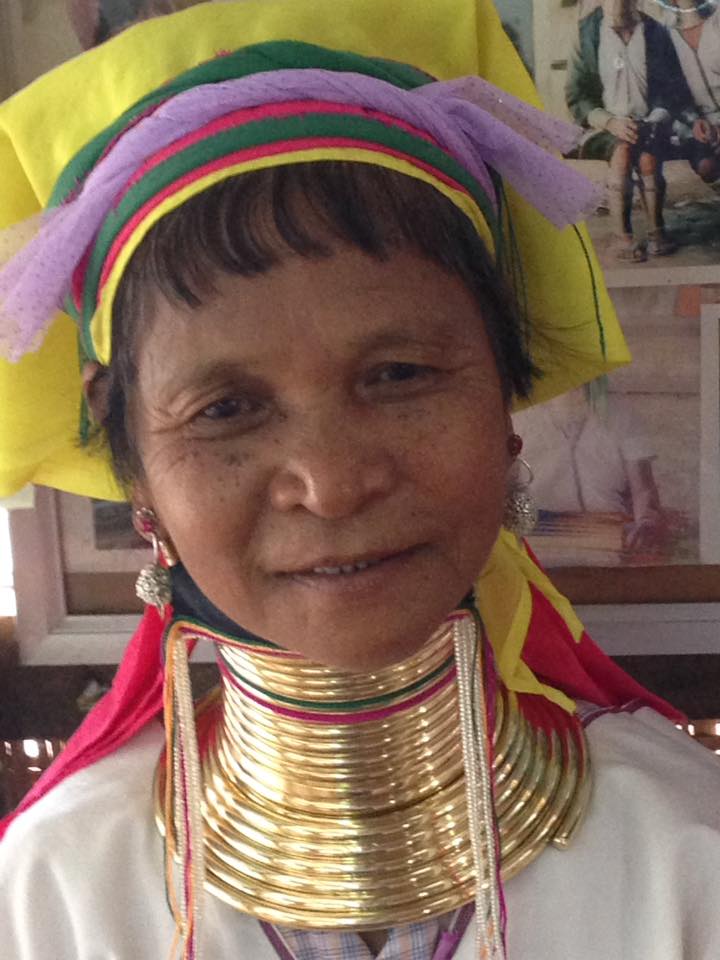
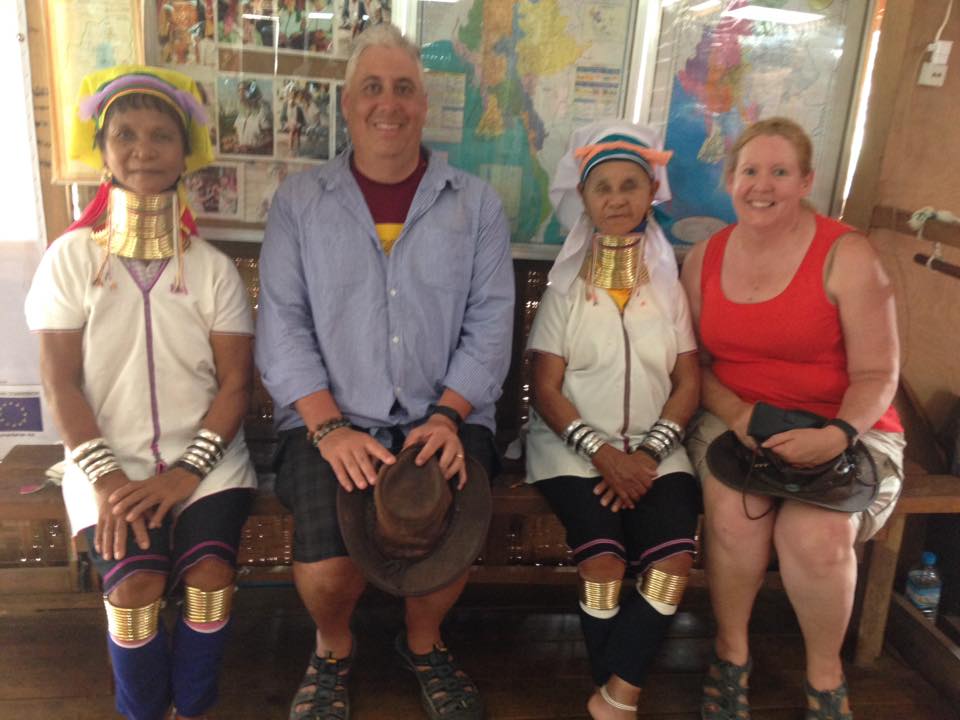


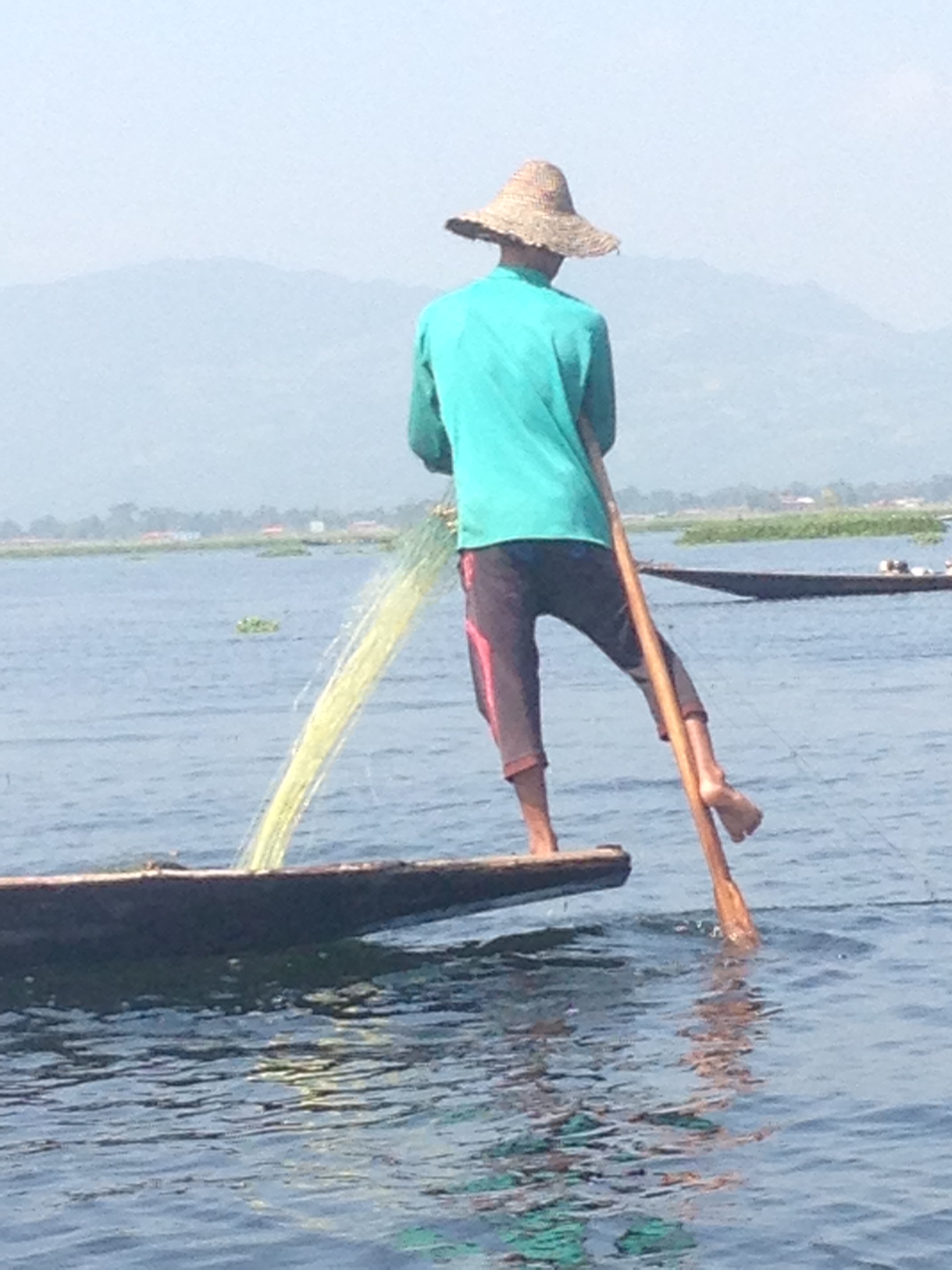


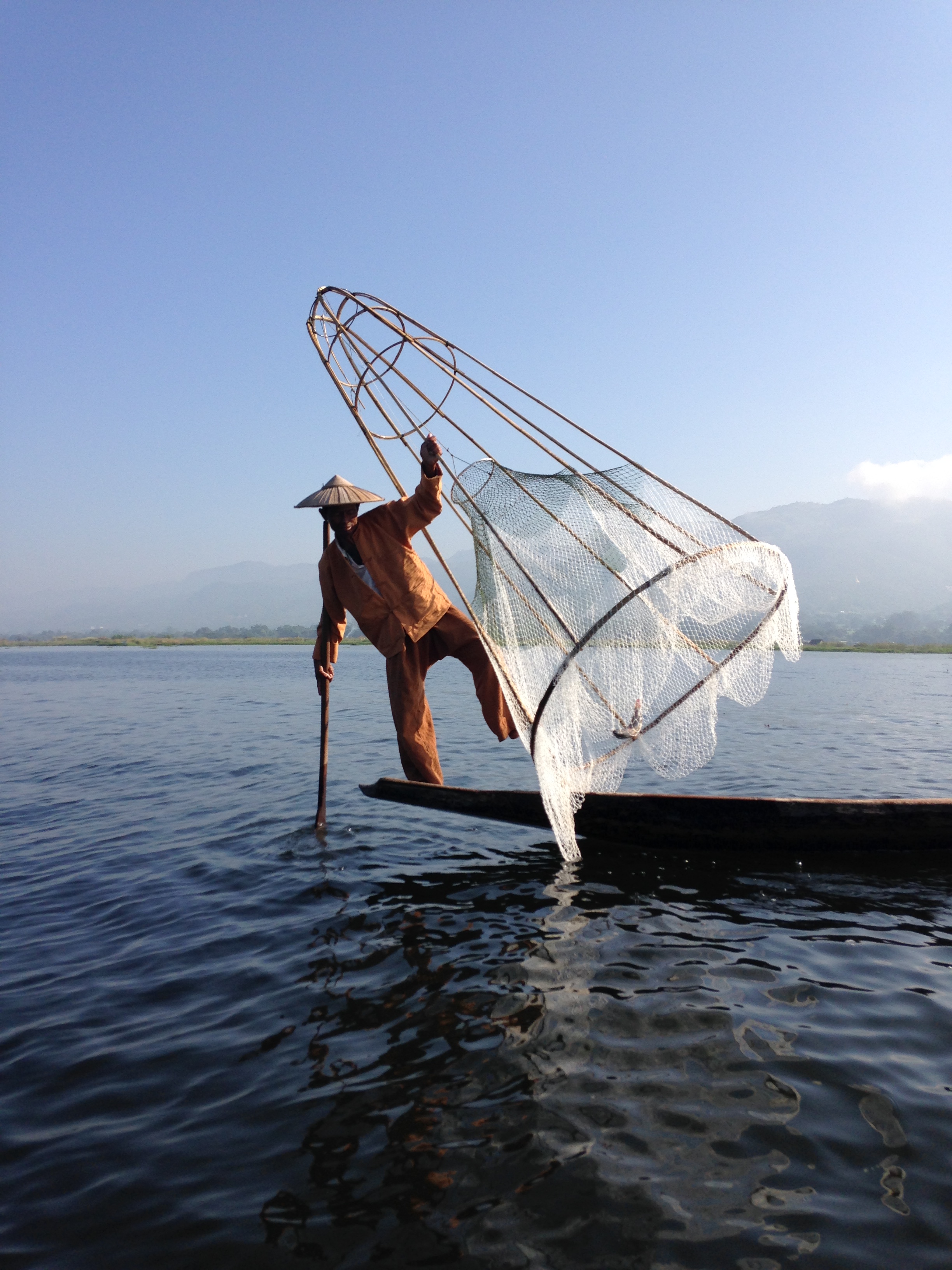





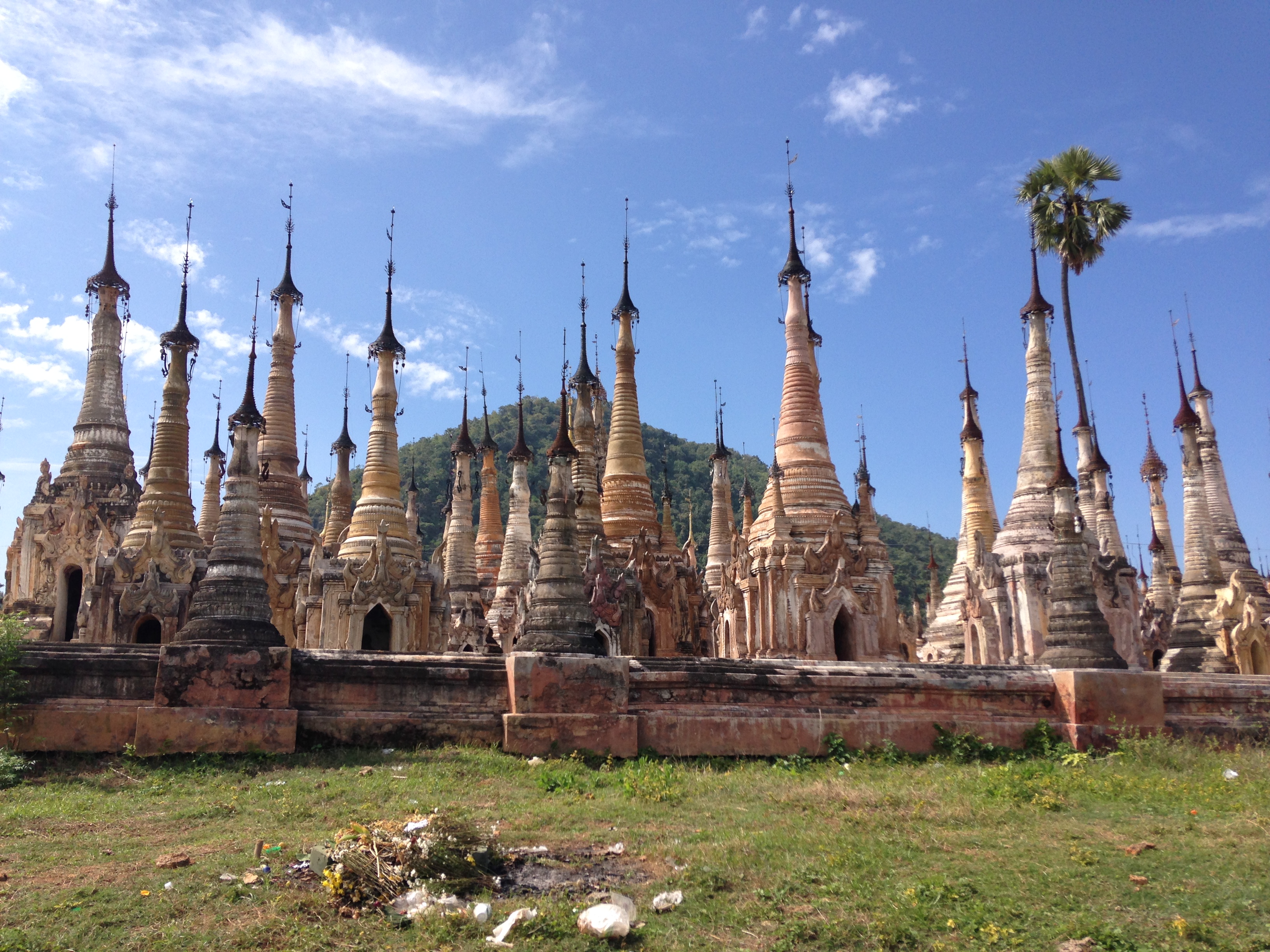
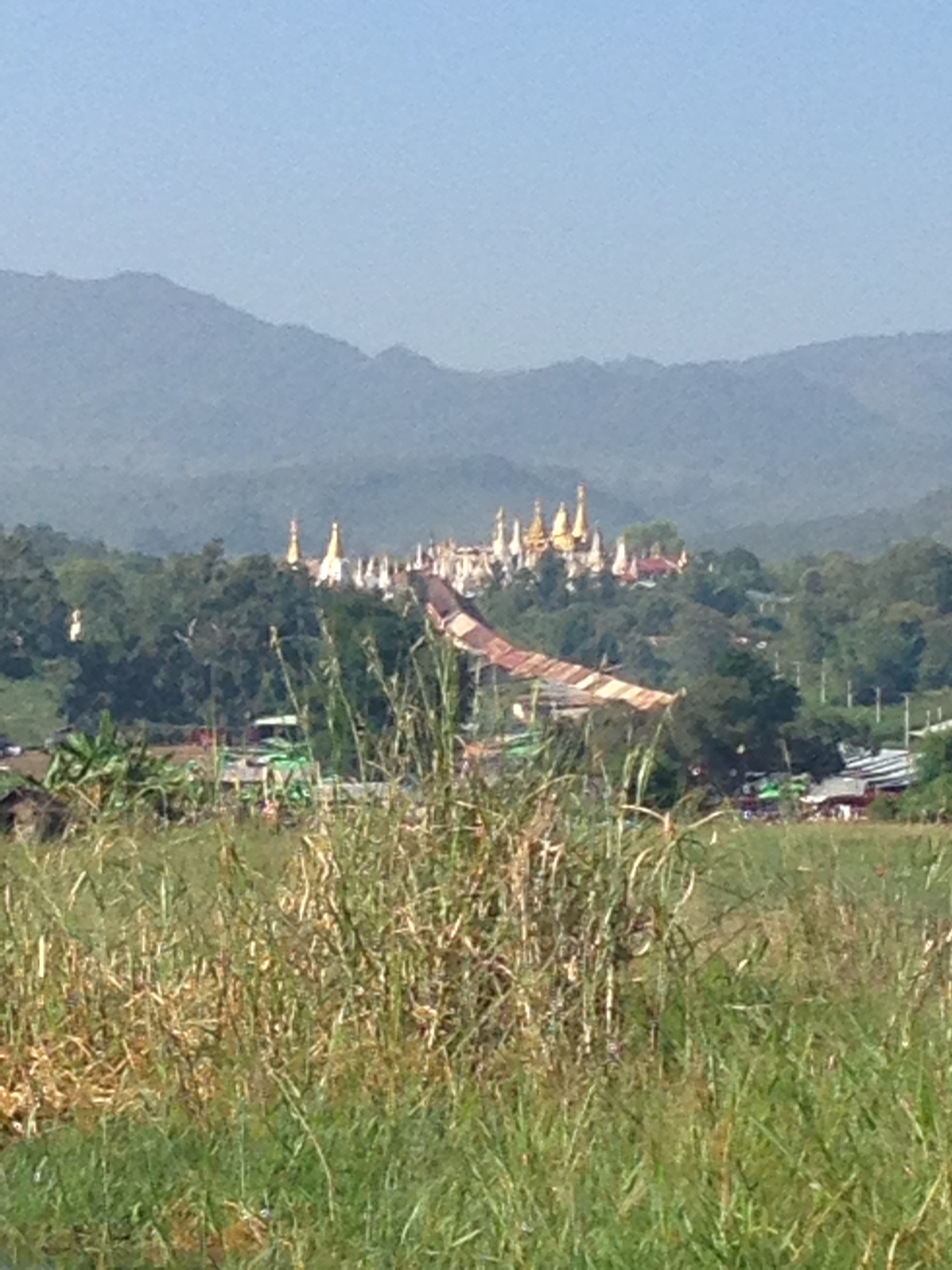

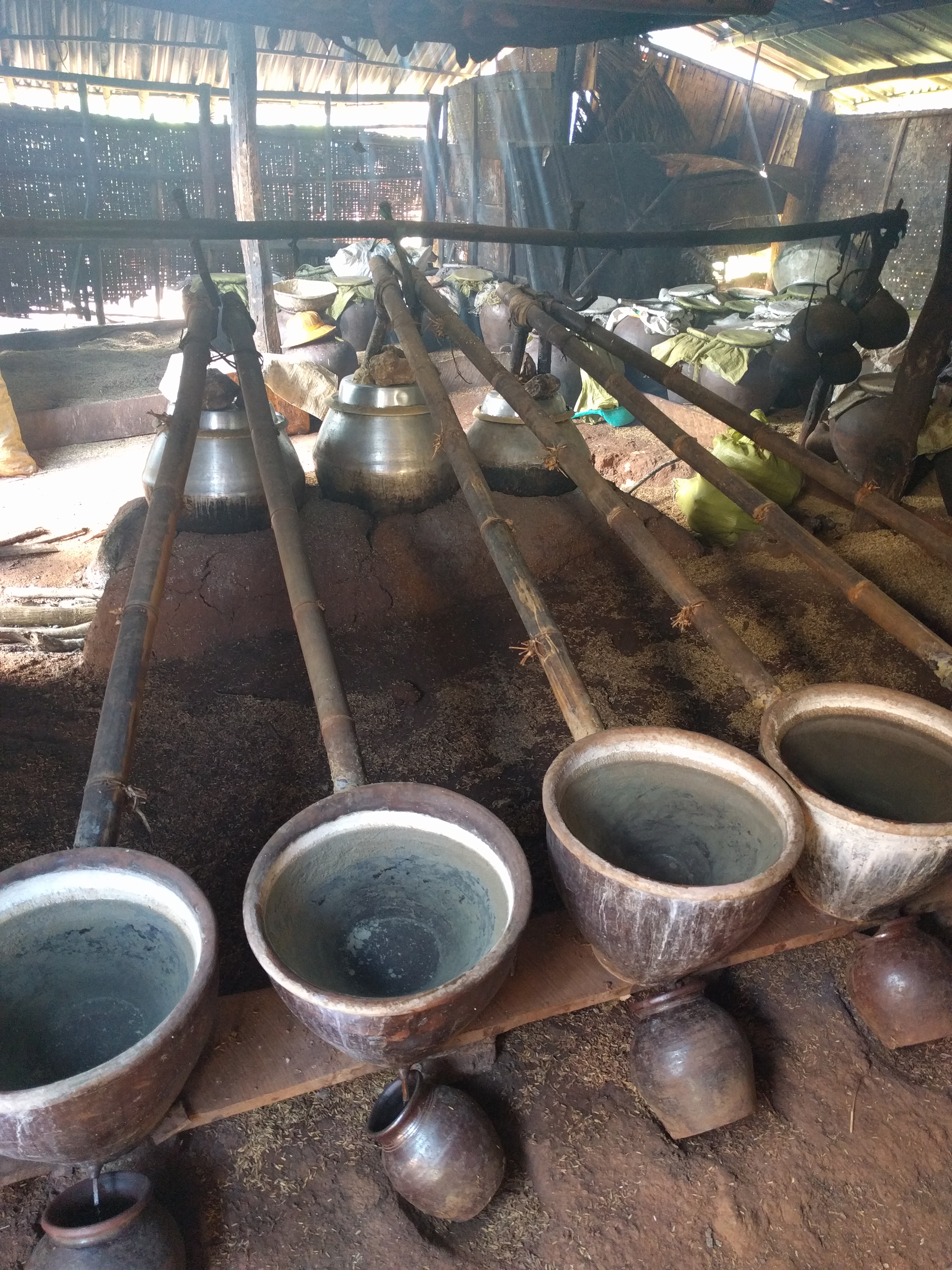
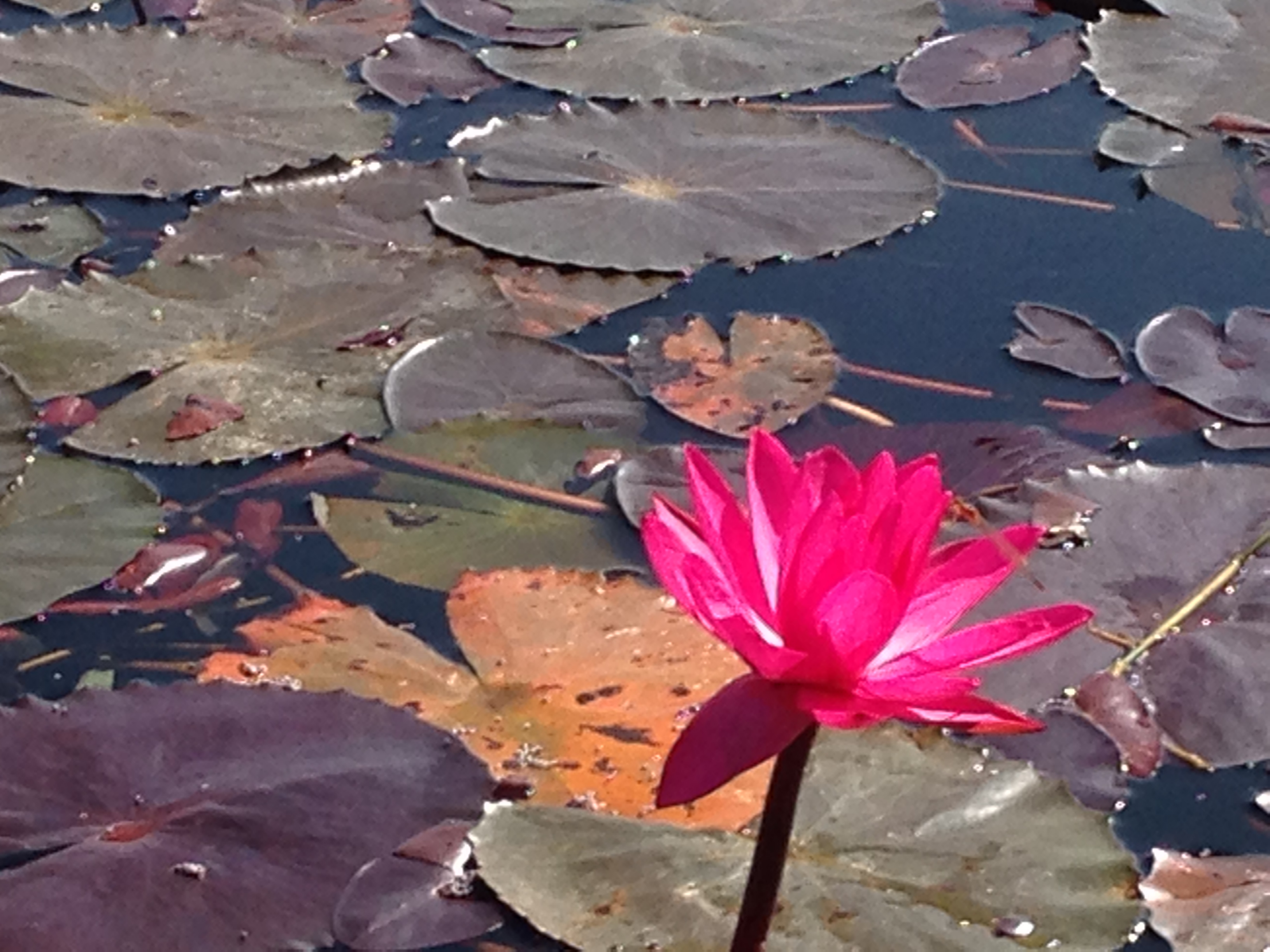

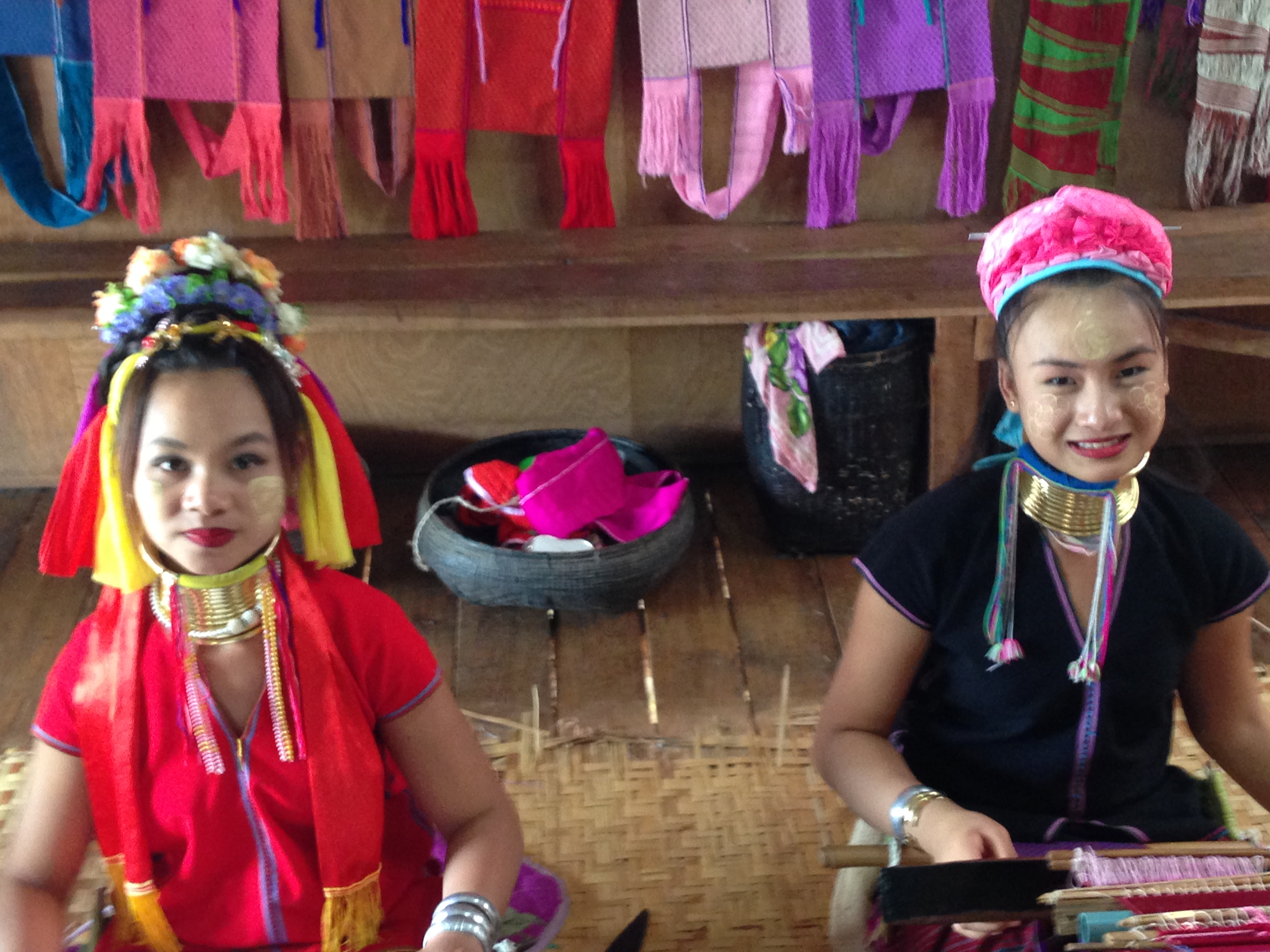

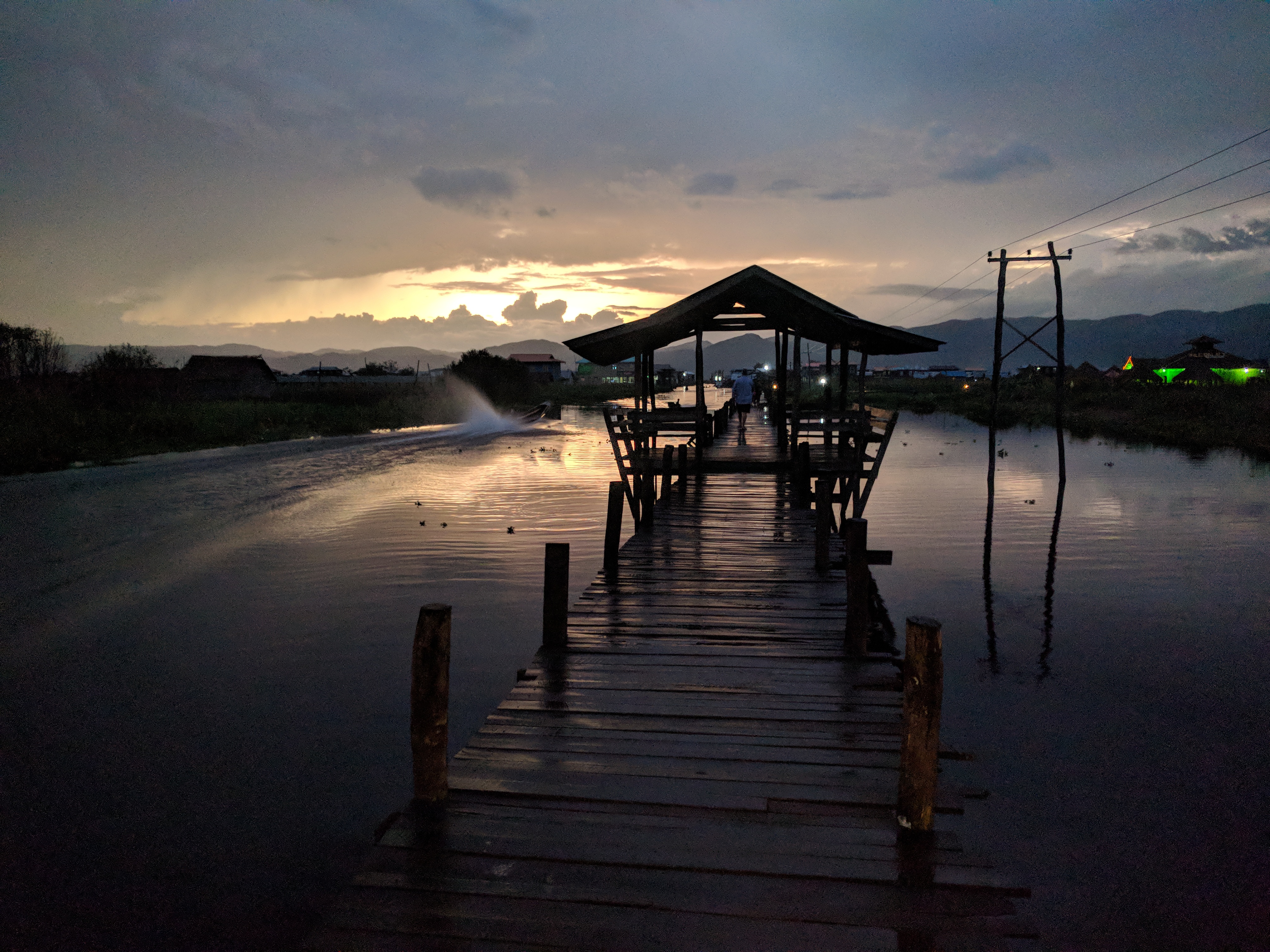
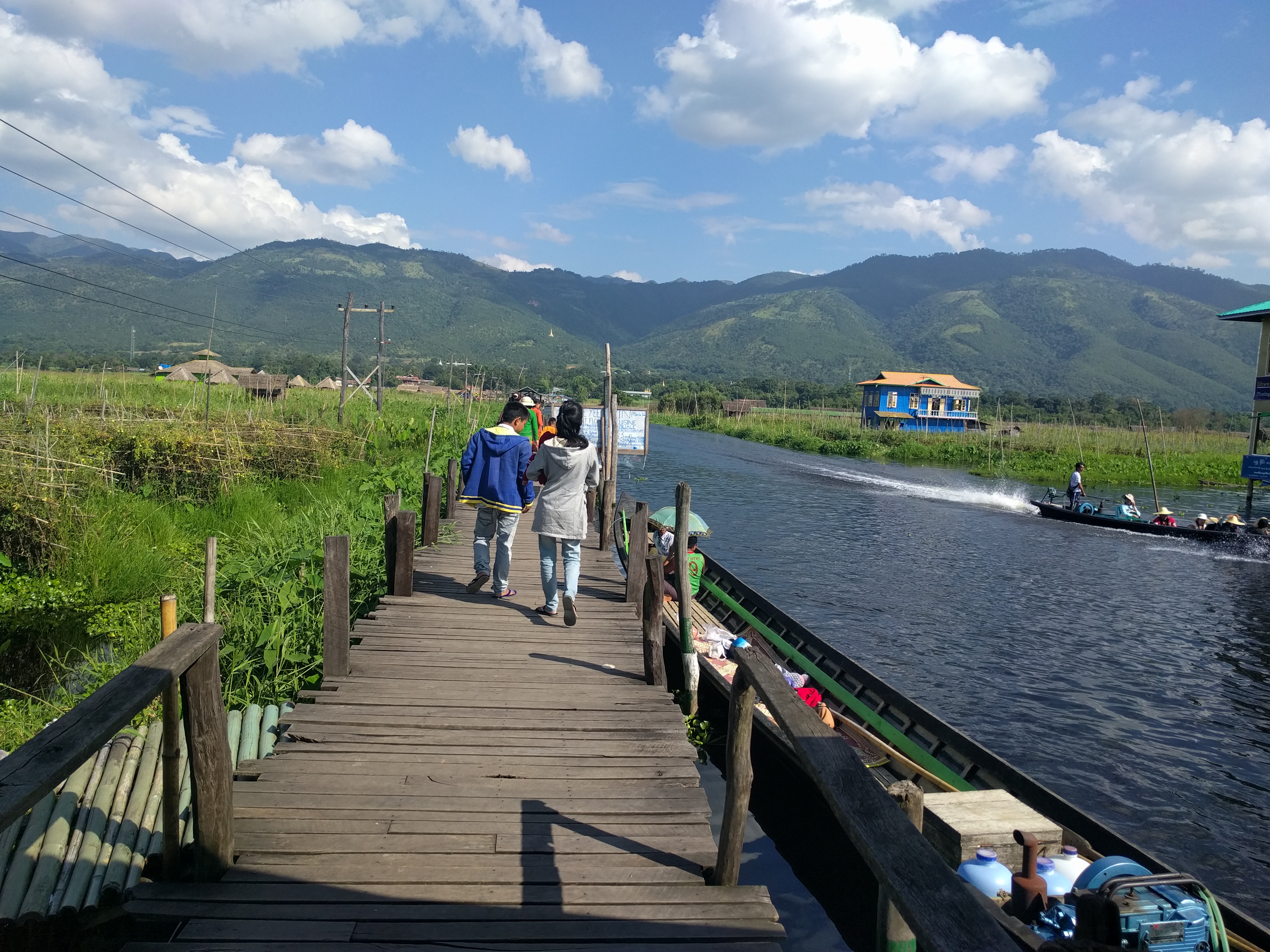


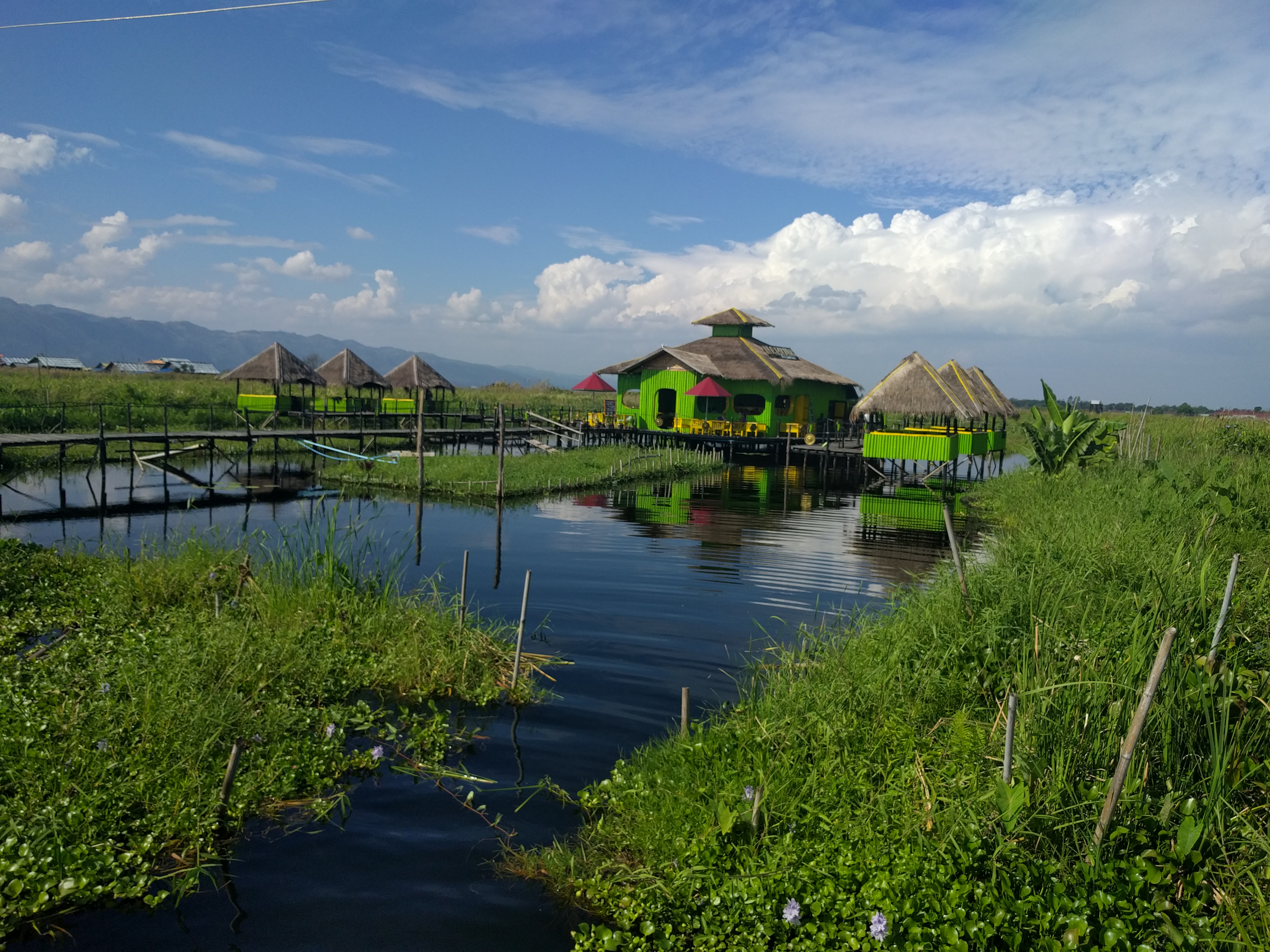
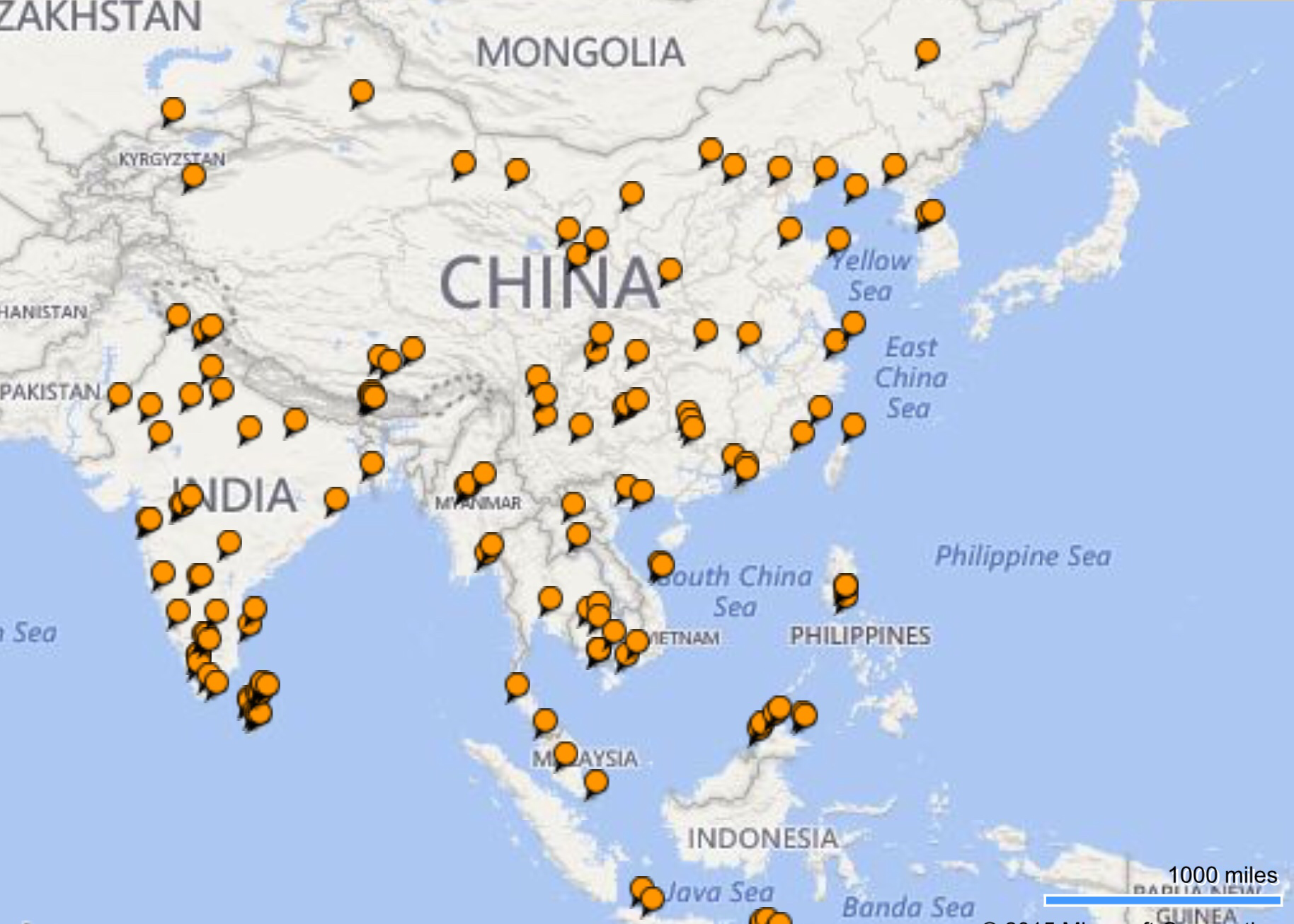
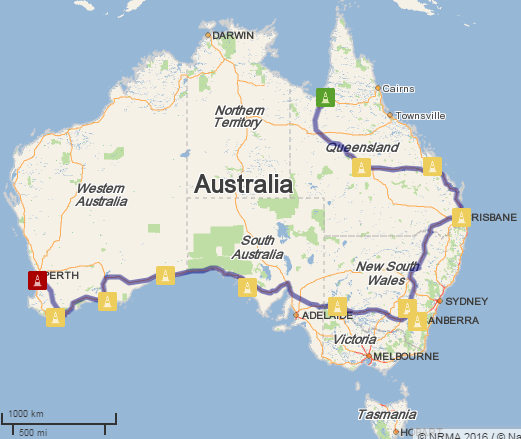
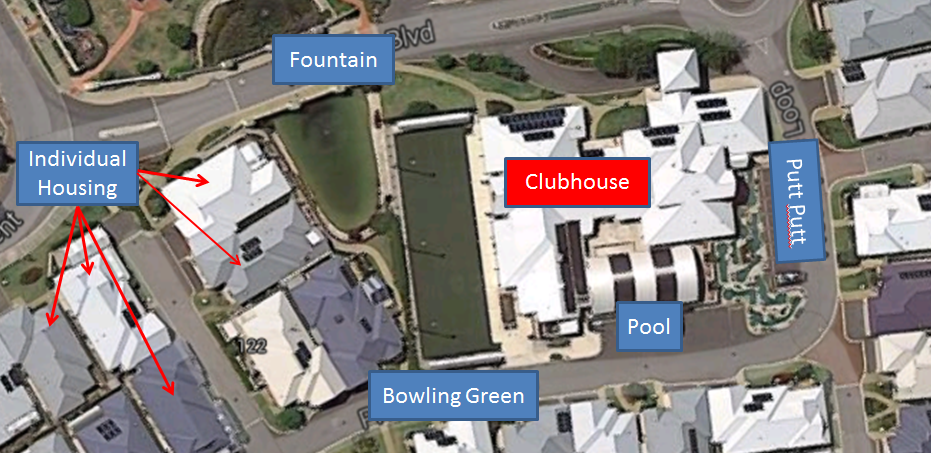 And this is what we found… We stayed in a manager’s unit that was centrally located within a retirement village above “the clubhouse”. They are not called retirement villages but rather they are independent living units but for my purposes retirement village works just fine. In reality it was a suburb of about 160 townhouses surrounding a centralised community area. Each townhouse was freestanding, fully independent and spectacularly maintained and the communal area had the clubhouse that contained a gym, library, pool, bowling green, putt putt course, pool table, art and craft rooms, an industrial kitchen and heaps of dining and recreation space.
And this is what we found… We stayed in a manager’s unit that was centrally located within a retirement village above “the clubhouse”. They are not called retirement villages but rather they are independent living units but for my purposes retirement village works just fine. In reality it was a suburb of about 160 townhouses surrounding a centralised community area. Each townhouse was freestanding, fully independent and spectacularly maintained and the communal area had the clubhouse that contained a gym, library, pool, bowling green, putt putt course, pool table, art and craft rooms, an industrial kitchen and heaps of dining and recreation space.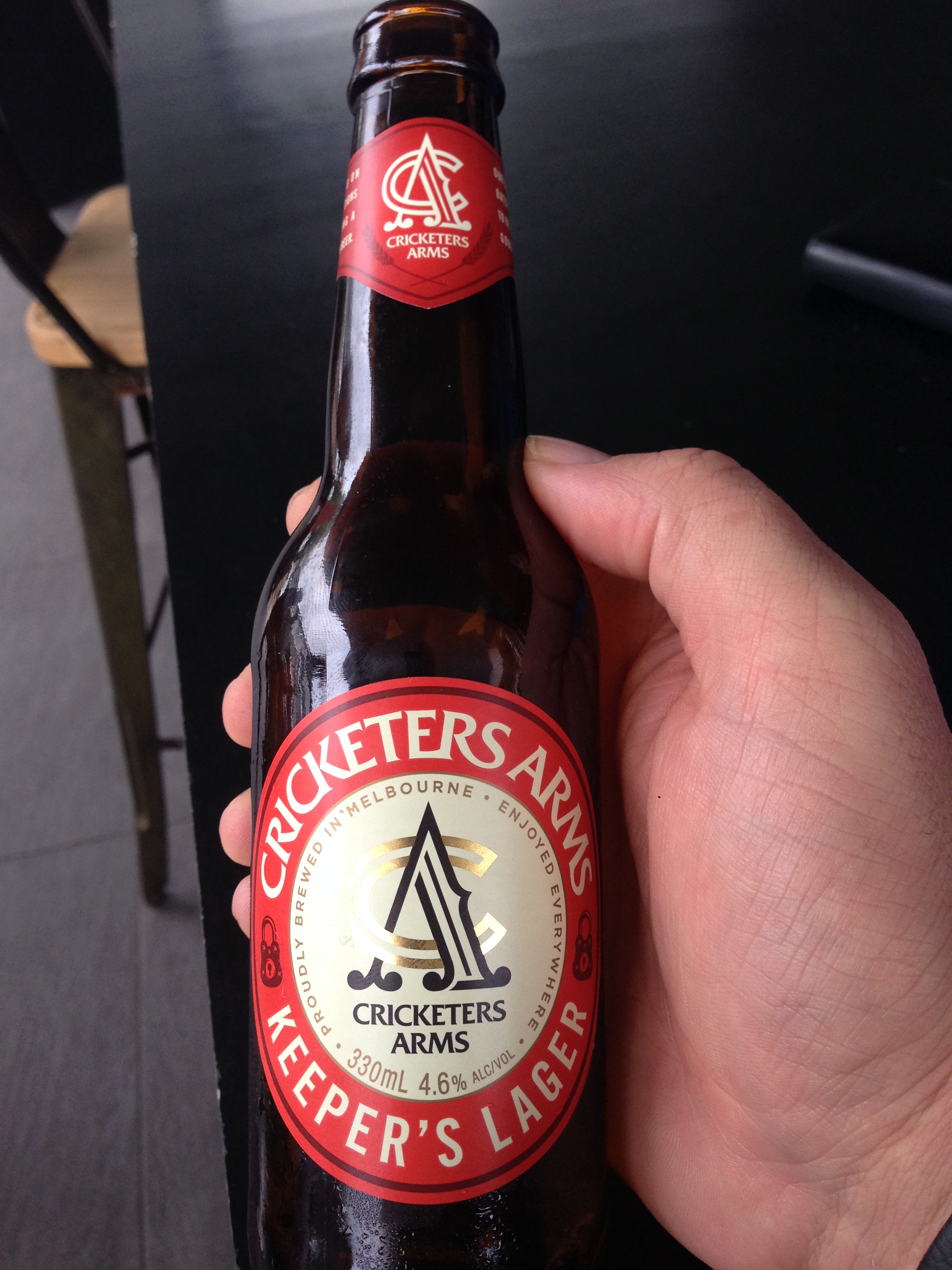
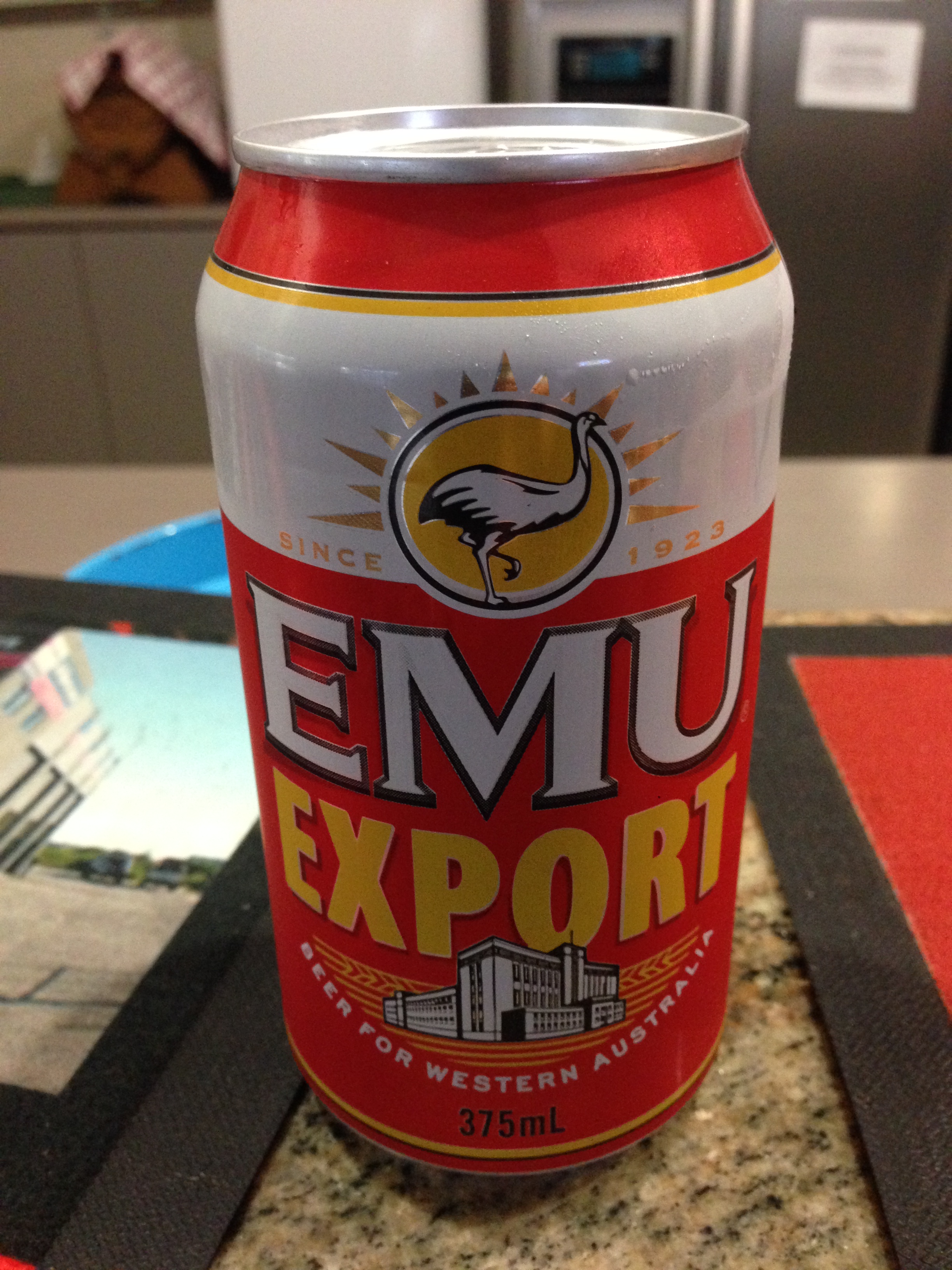
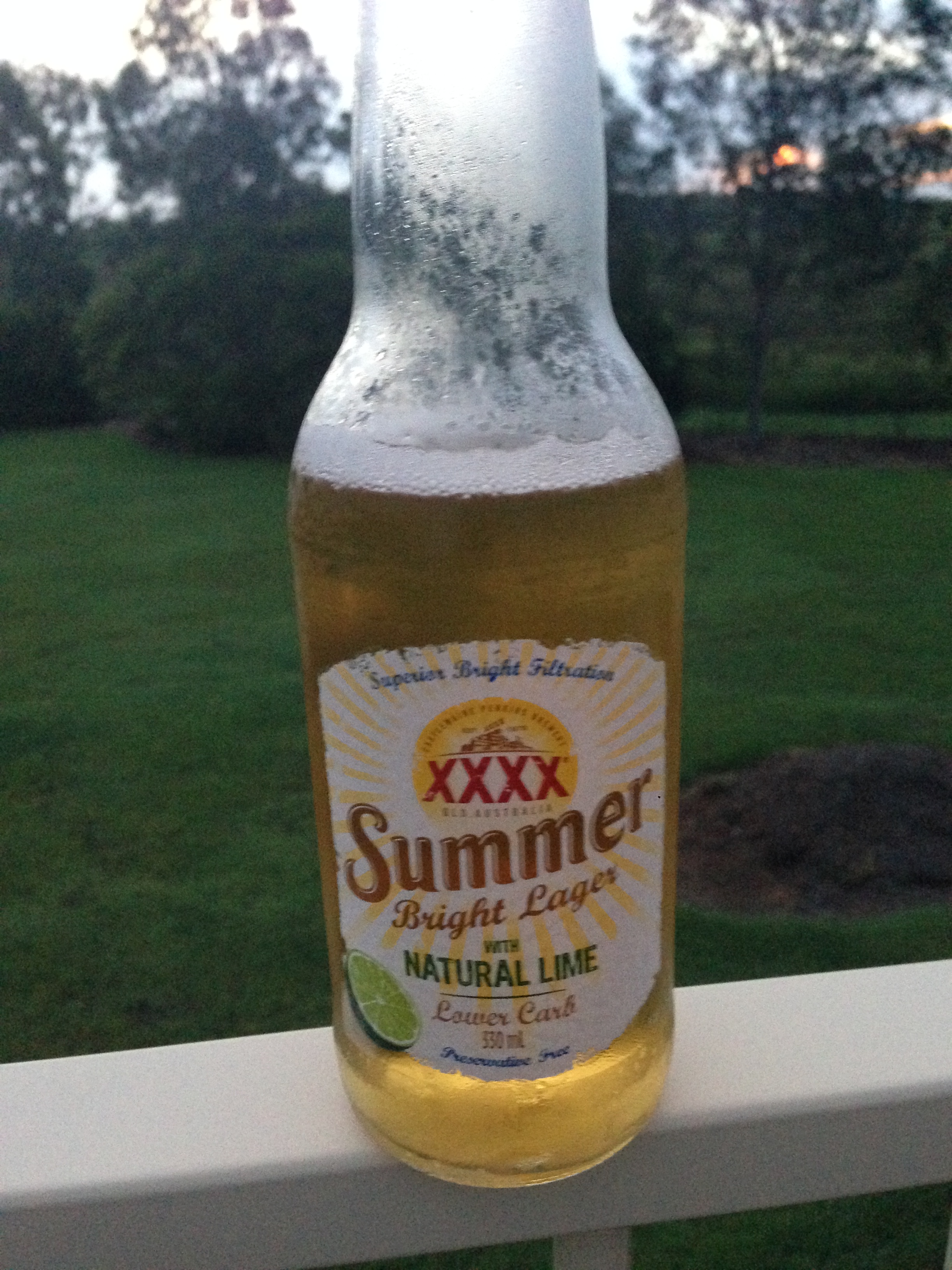
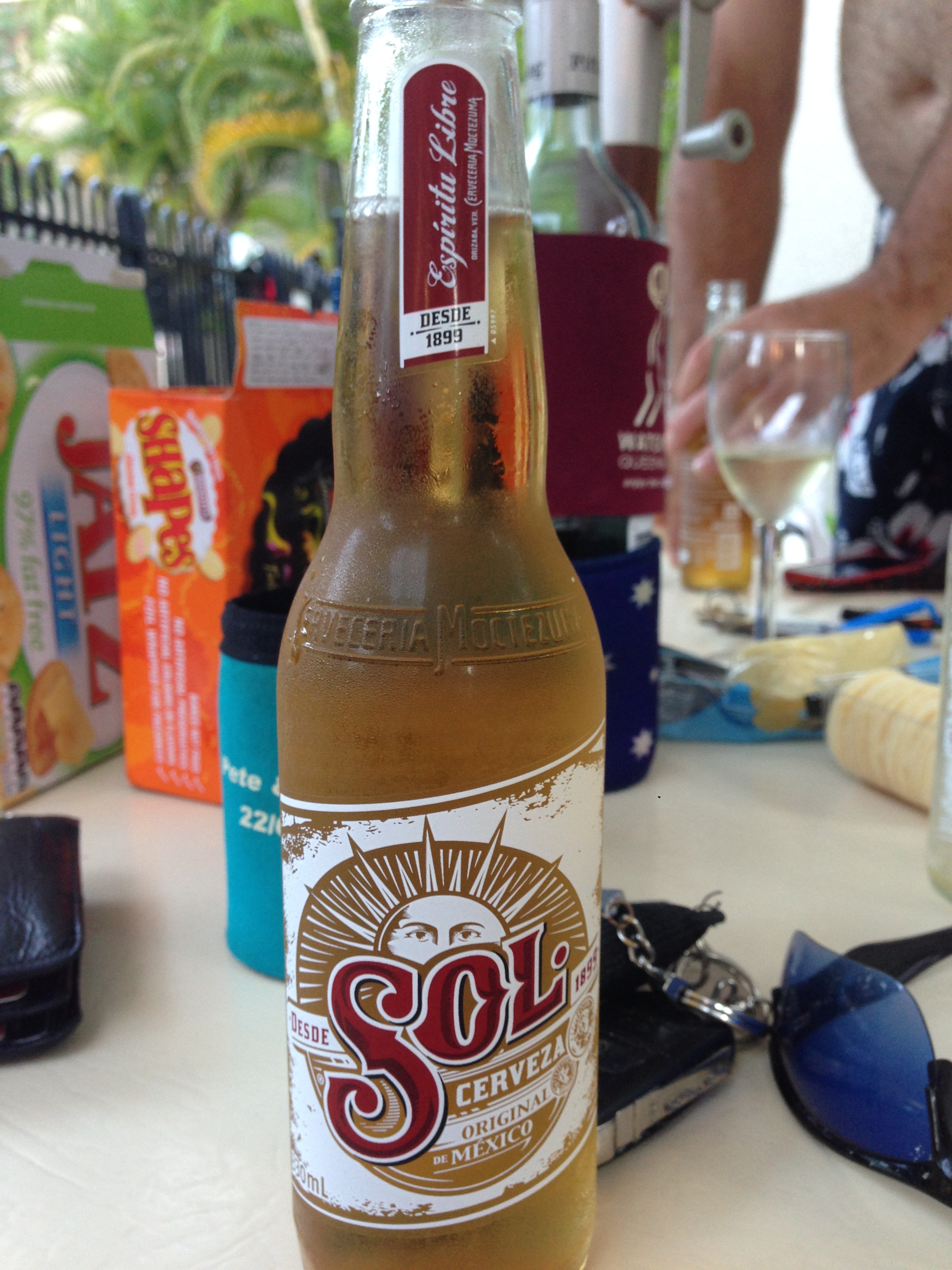

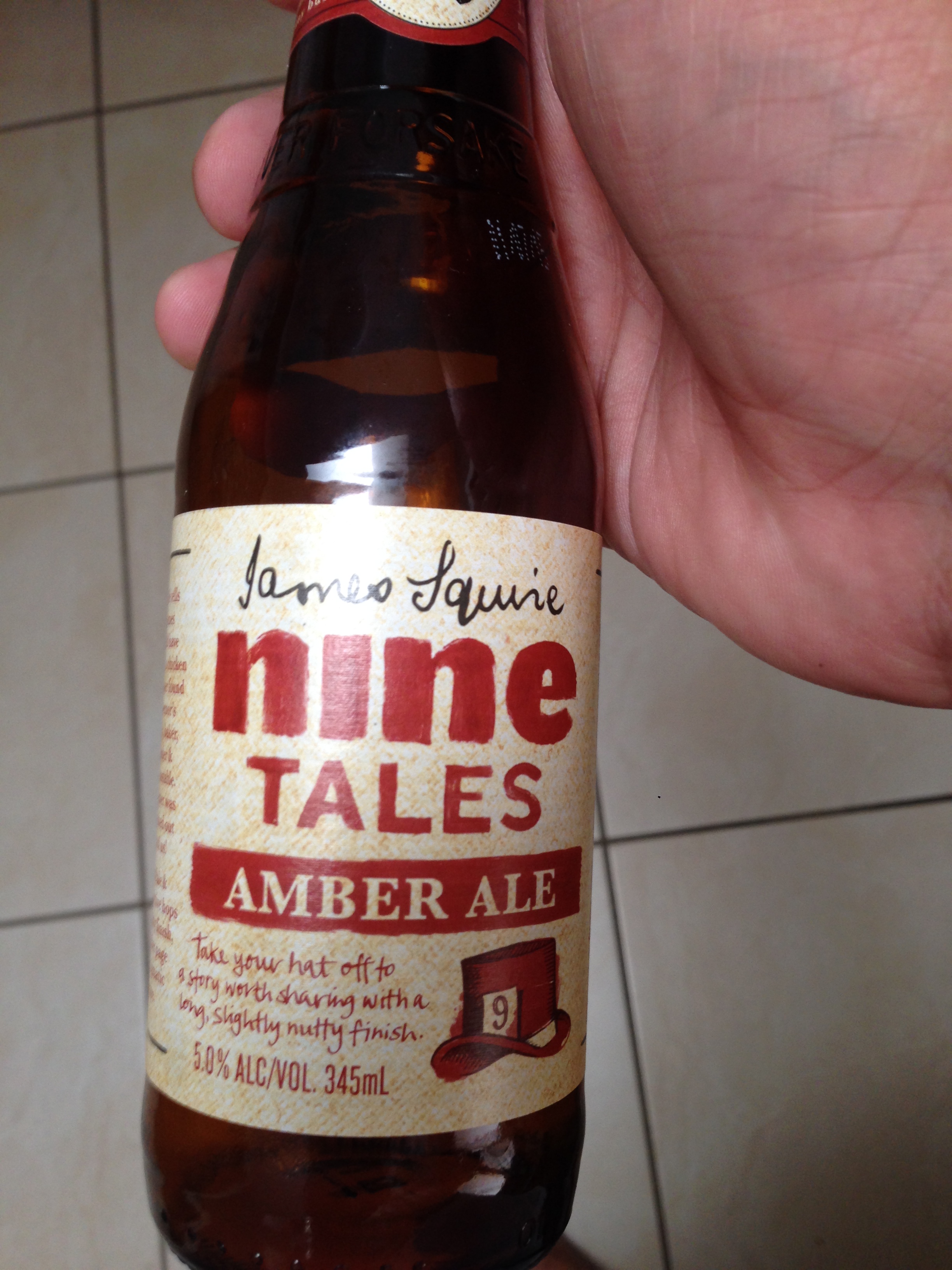

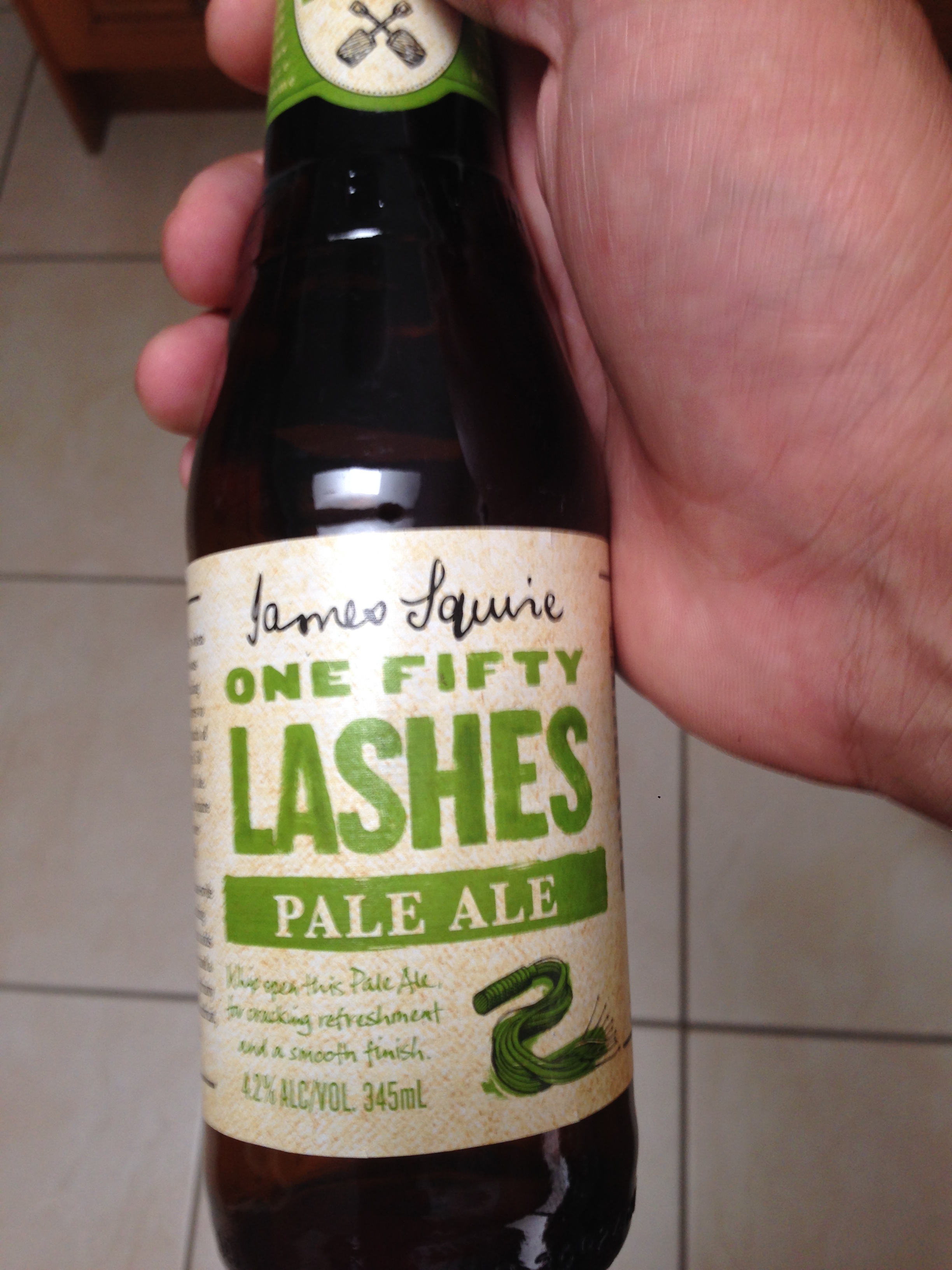
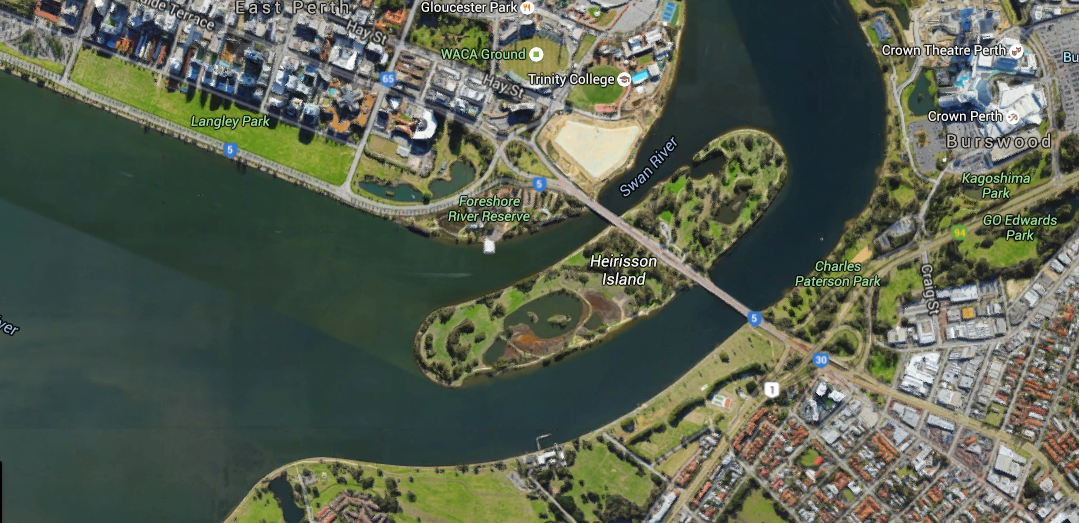 Anyway…I found us a place to live a job for me. Our home is walking distance to everything the CBD has to offer and has a restaurant strip walking distance in the other direction. We are about 250 meters from the Swan River as the crow flies and half way across the the river is Heirisson Island (a landscaped nature reserve) that contains a mob of Western Grey Kangaroos. This is a favourite for tourists as it is a leisurely 2km circuit walk around the island and you are almost guaranteed to see the roos.
Anyway…I found us a place to live a job for me. Our home is walking distance to everything the CBD has to offer and has a restaurant strip walking distance in the other direction. We are about 250 meters from the Swan River as the crow flies and half way across the the river is Heirisson Island (a landscaped nature reserve) that contains a mob of Western Grey Kangaroos. This is a favourite for tourists as it is a leisurely 2km circuit walk around the island and you are almost guaranteed to see the roos.

